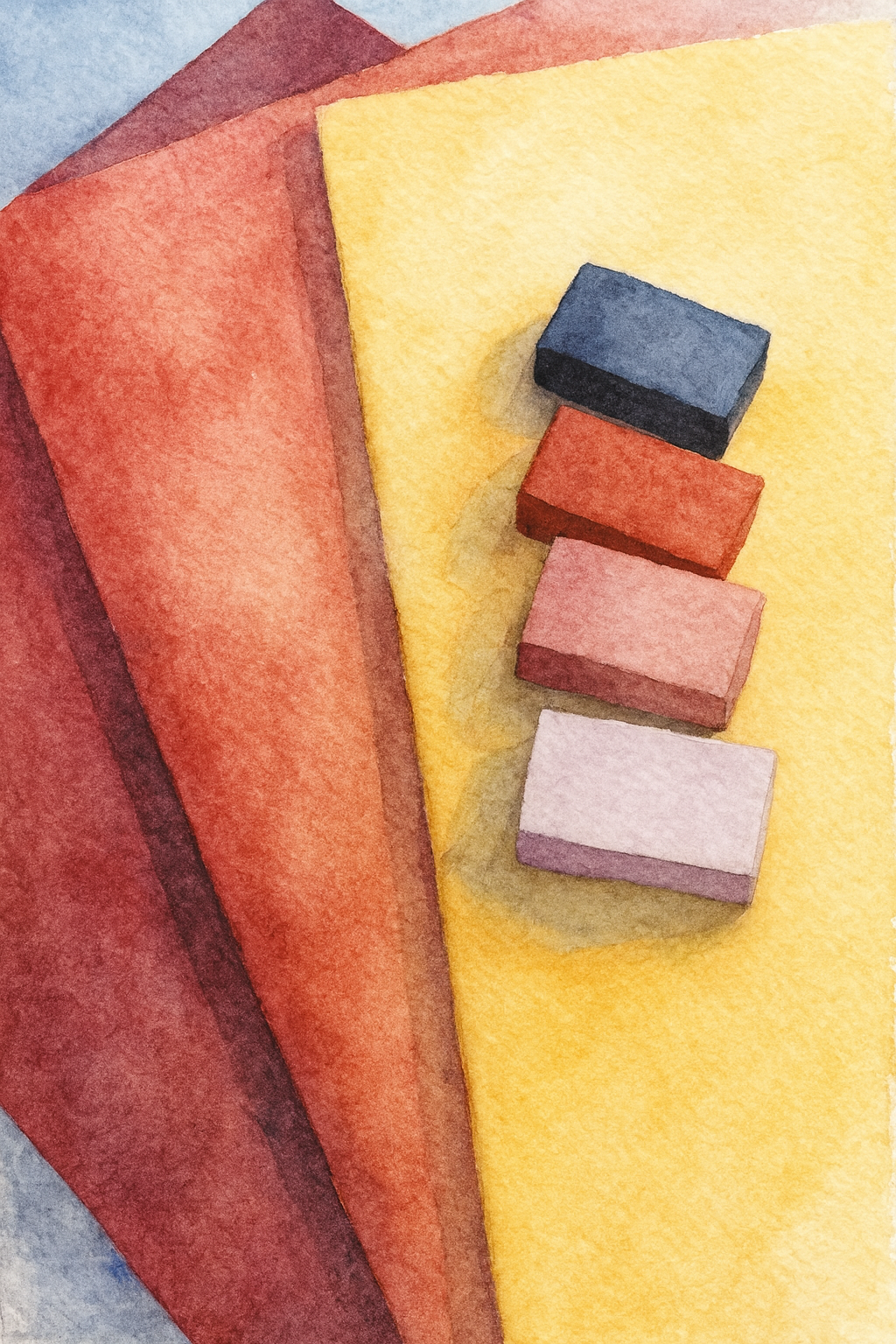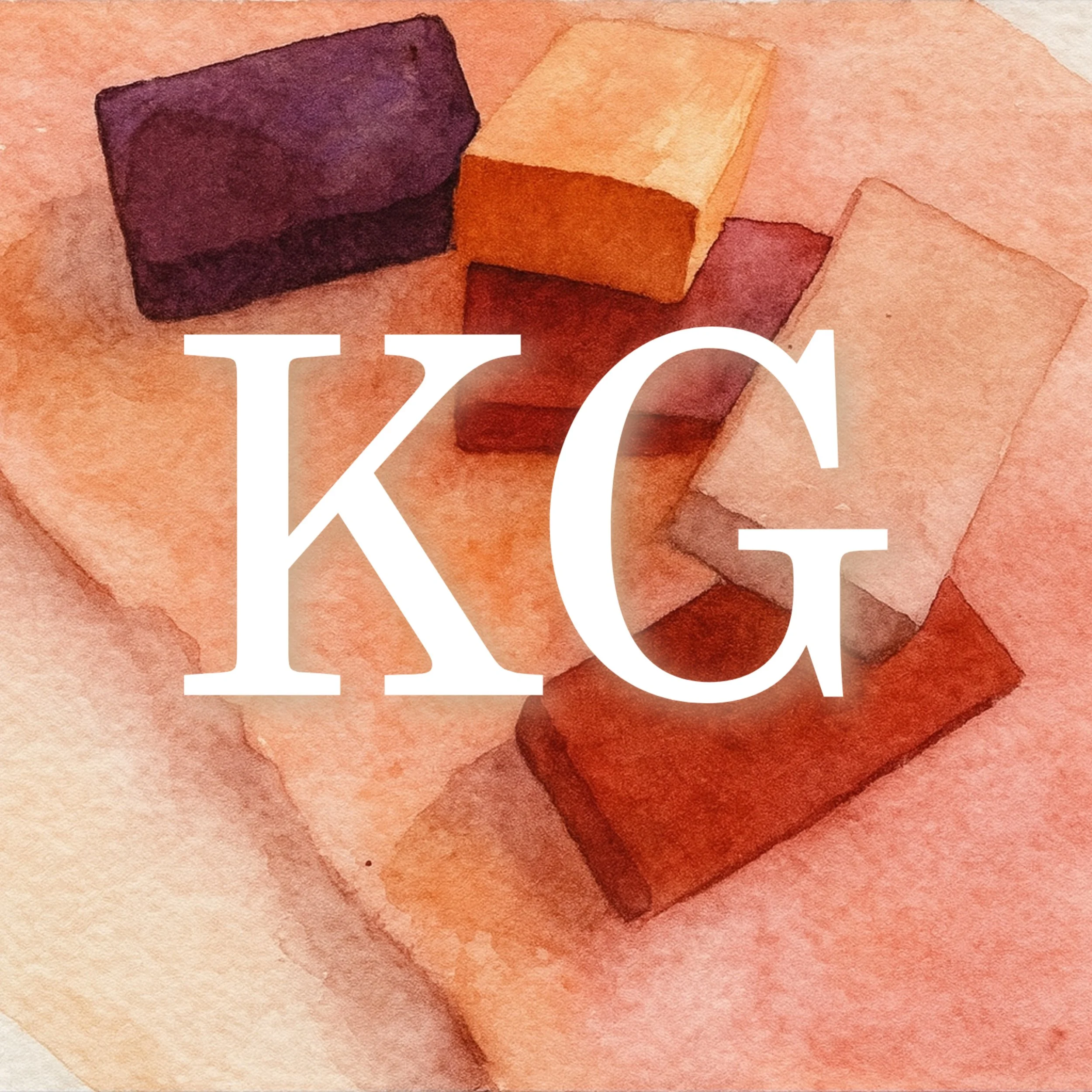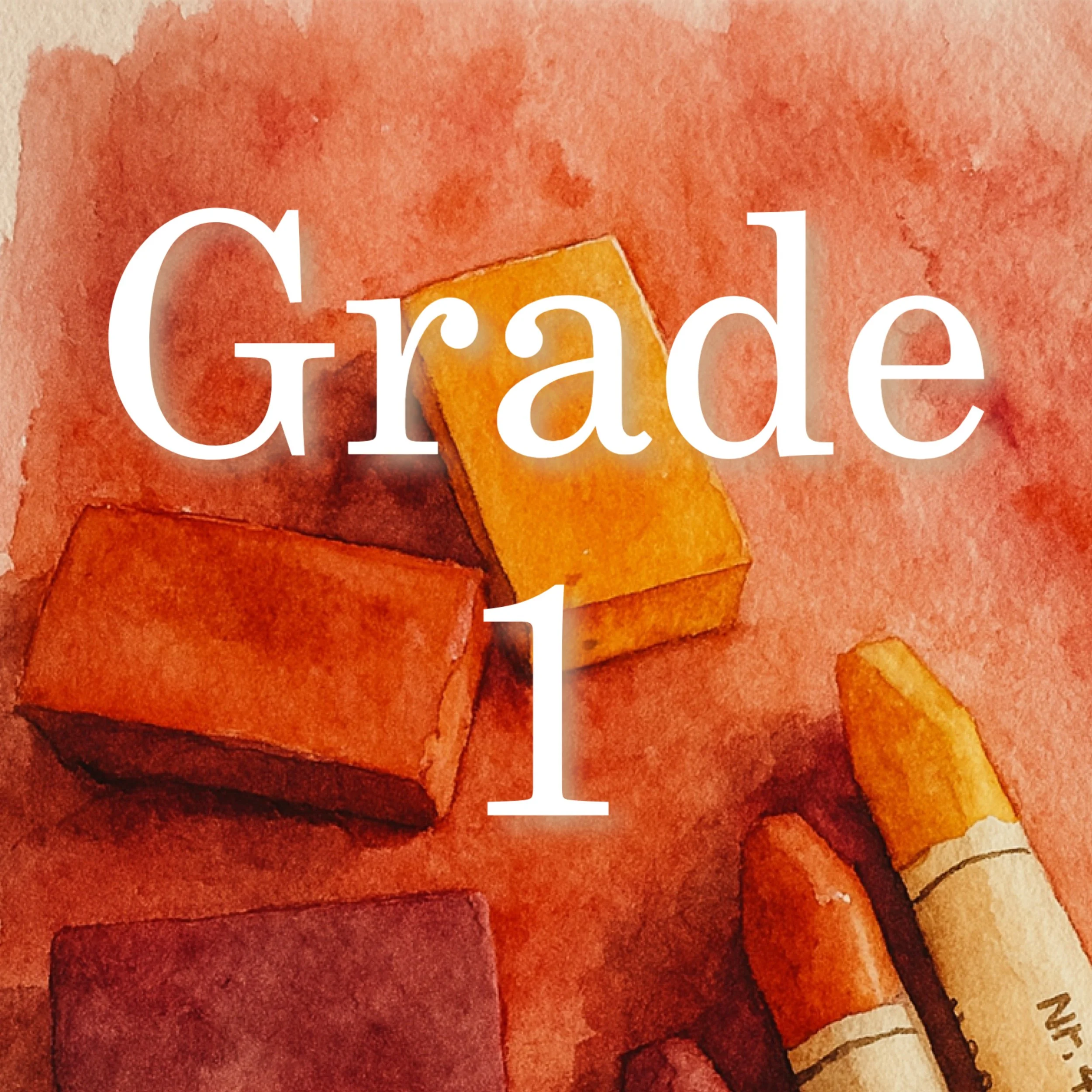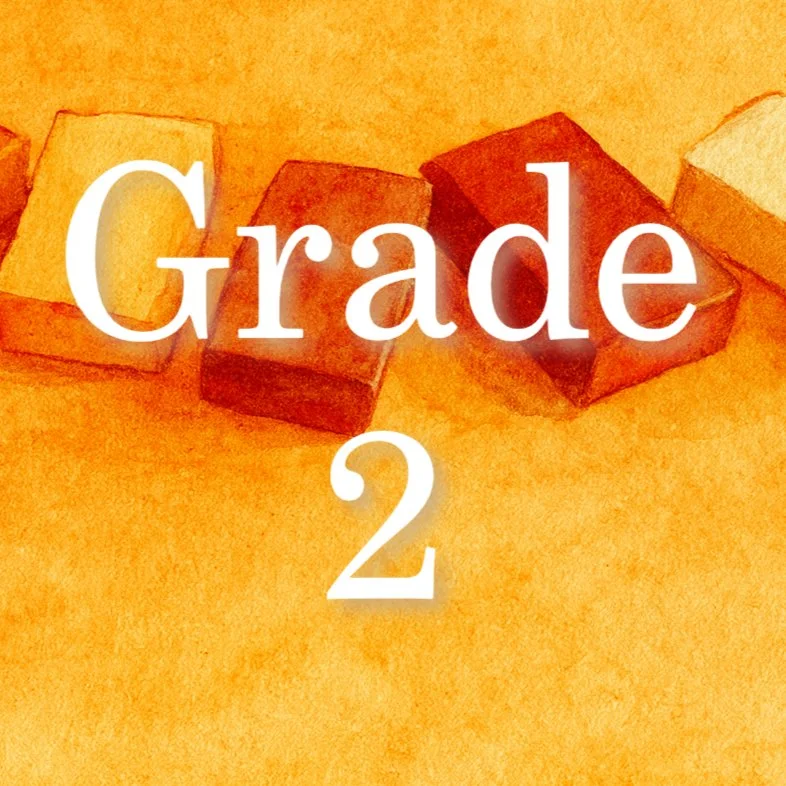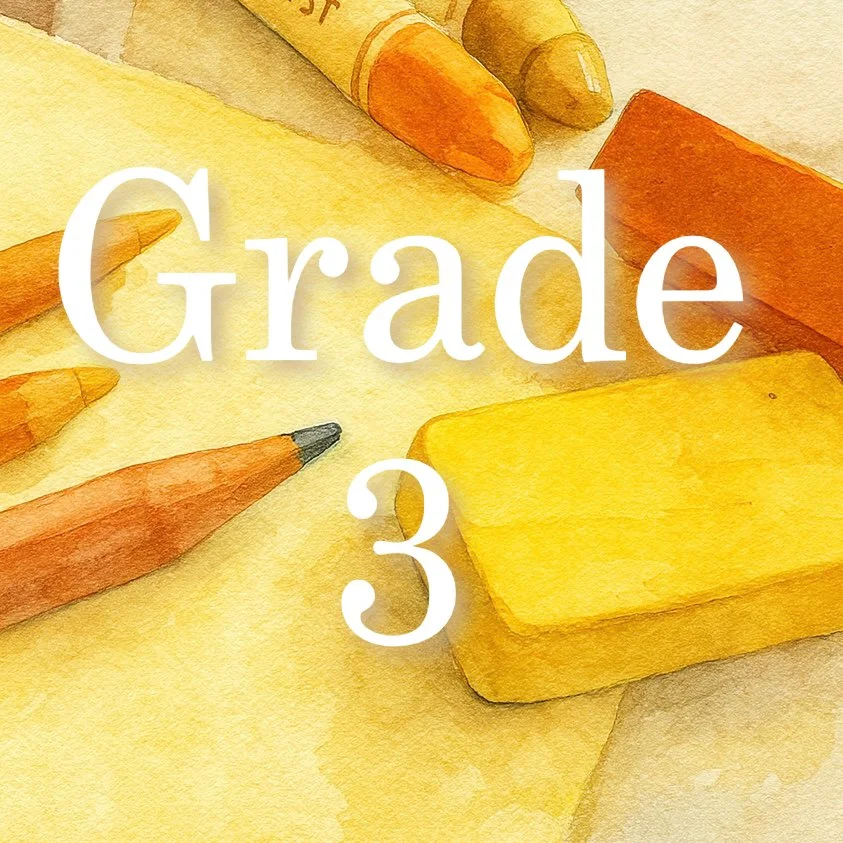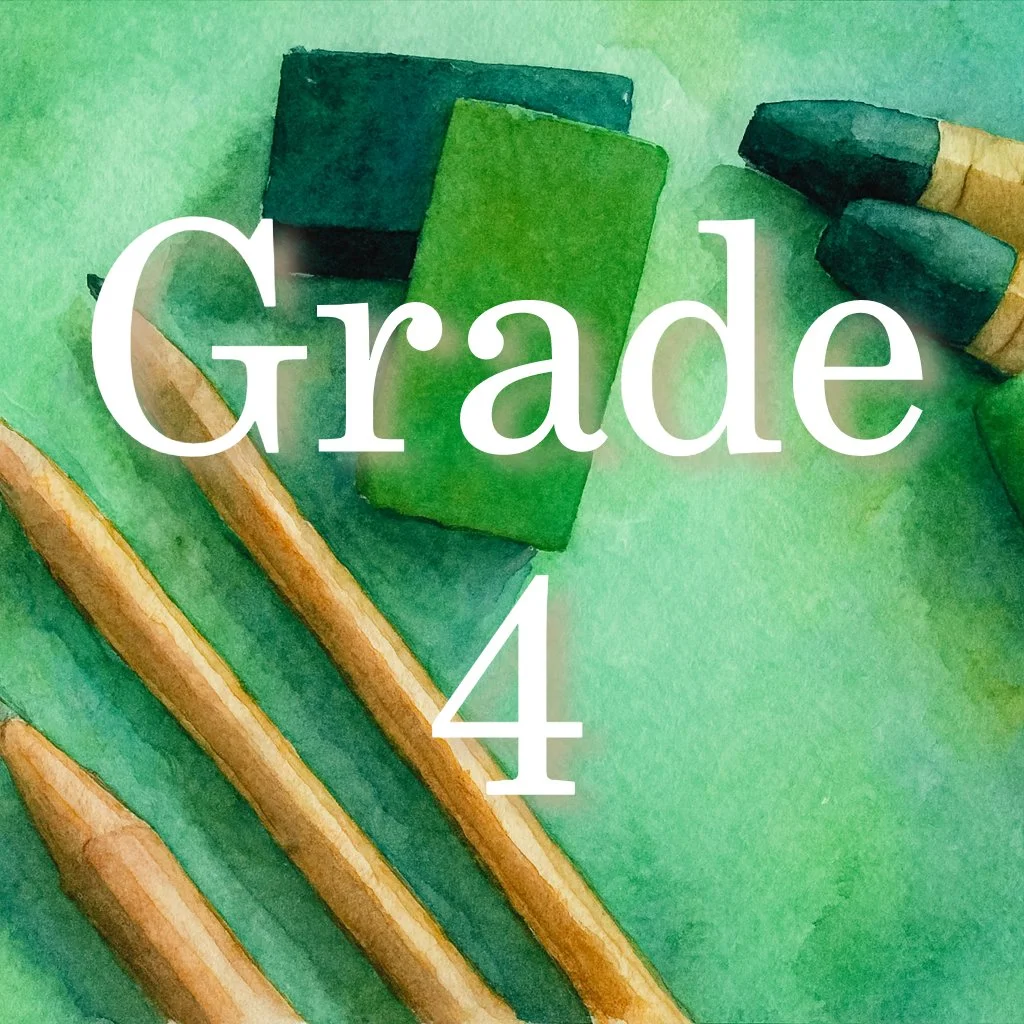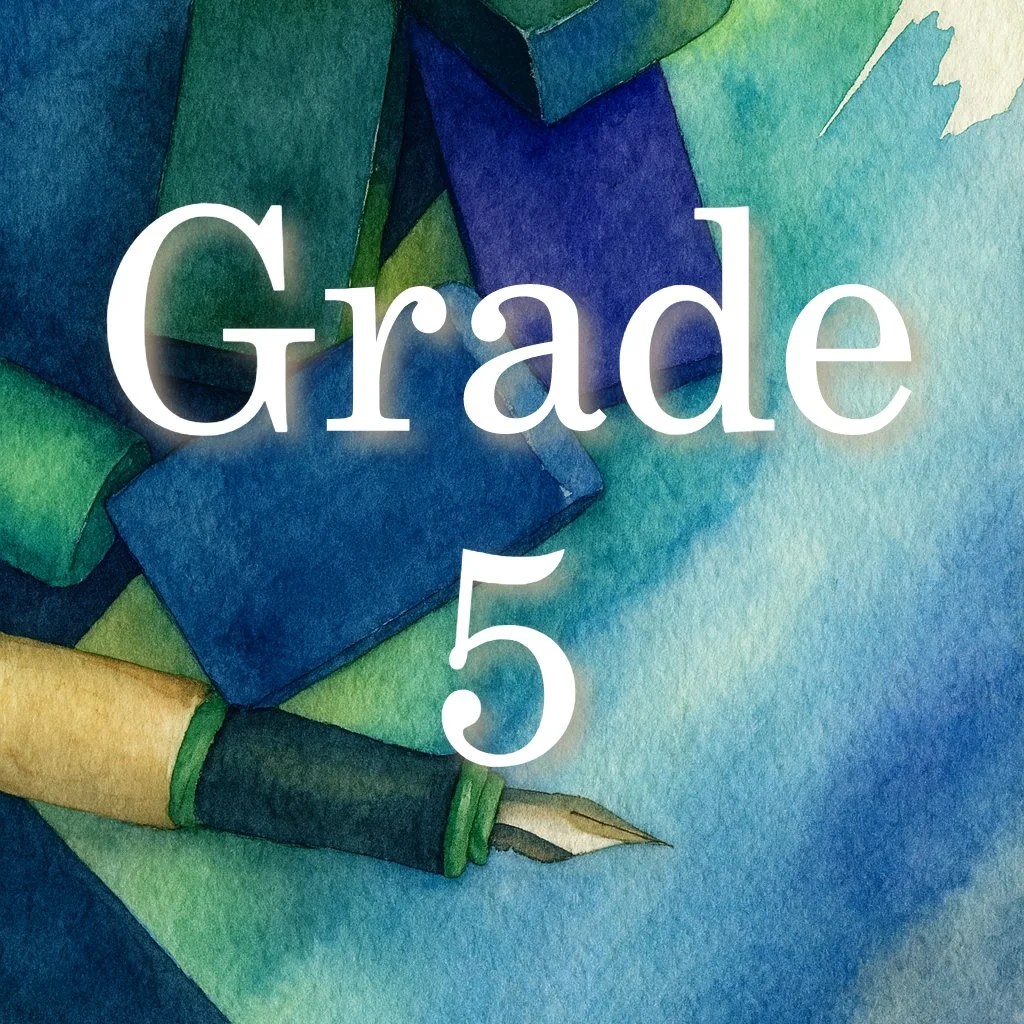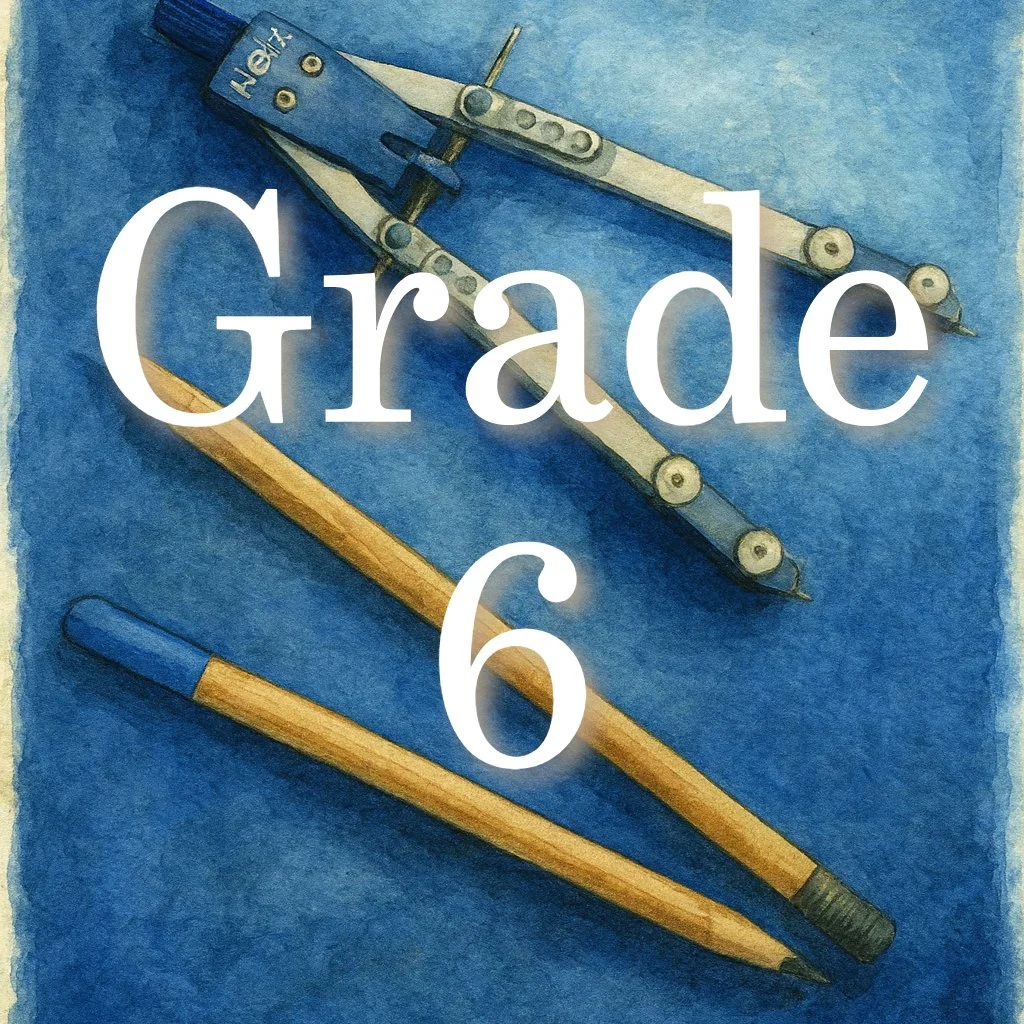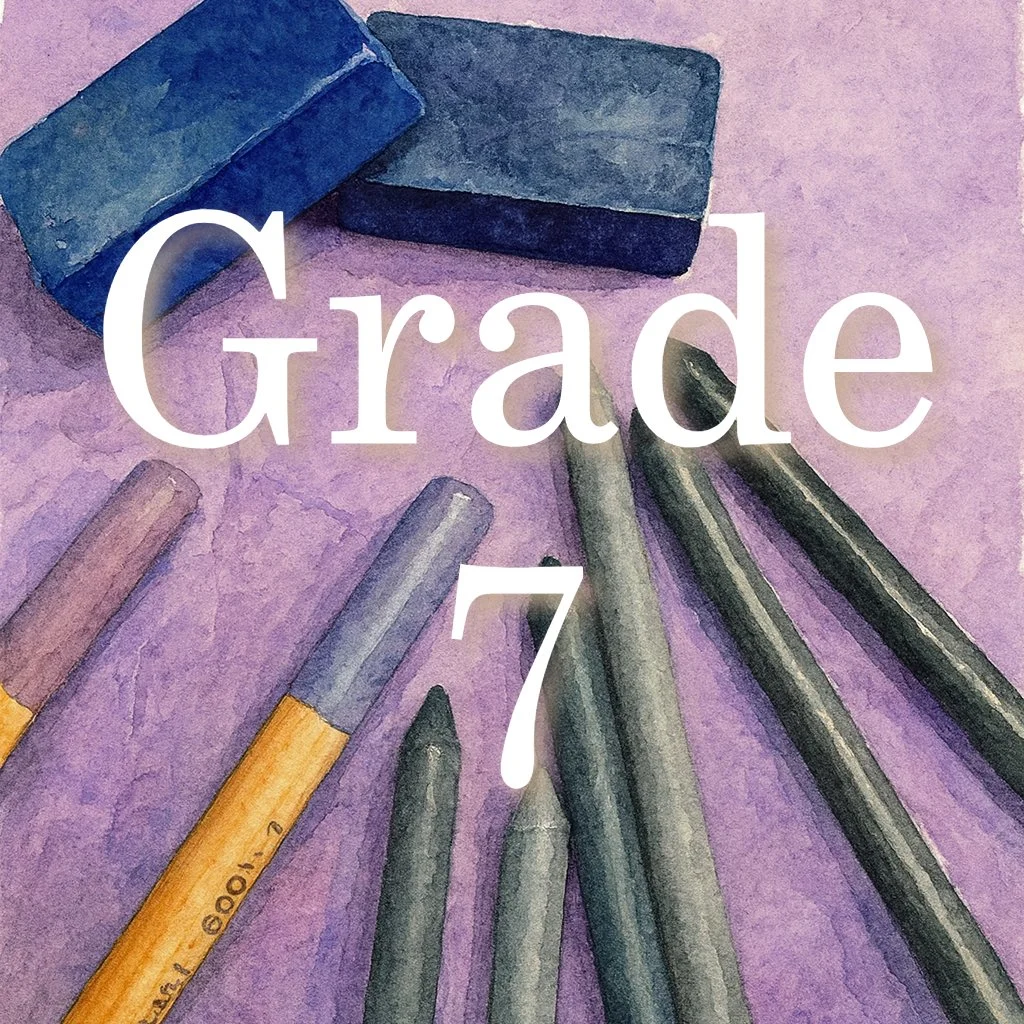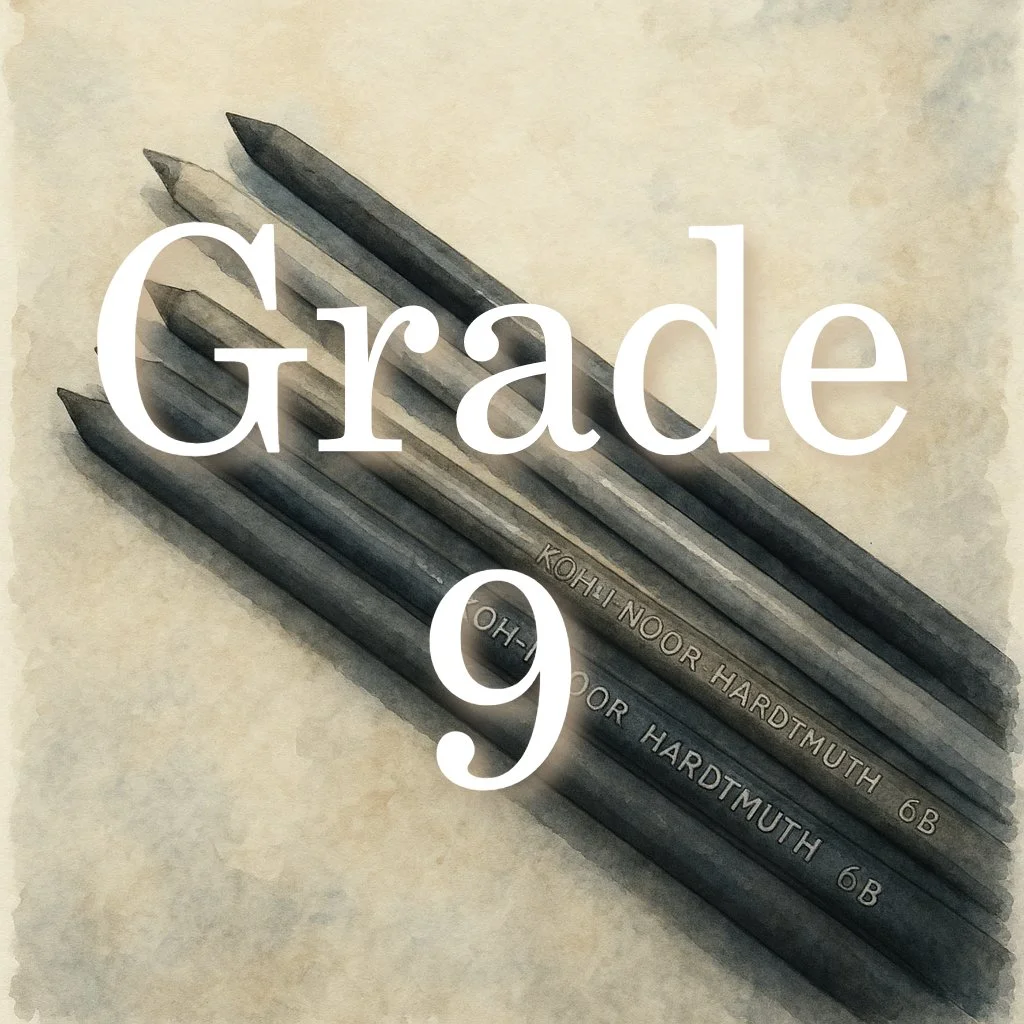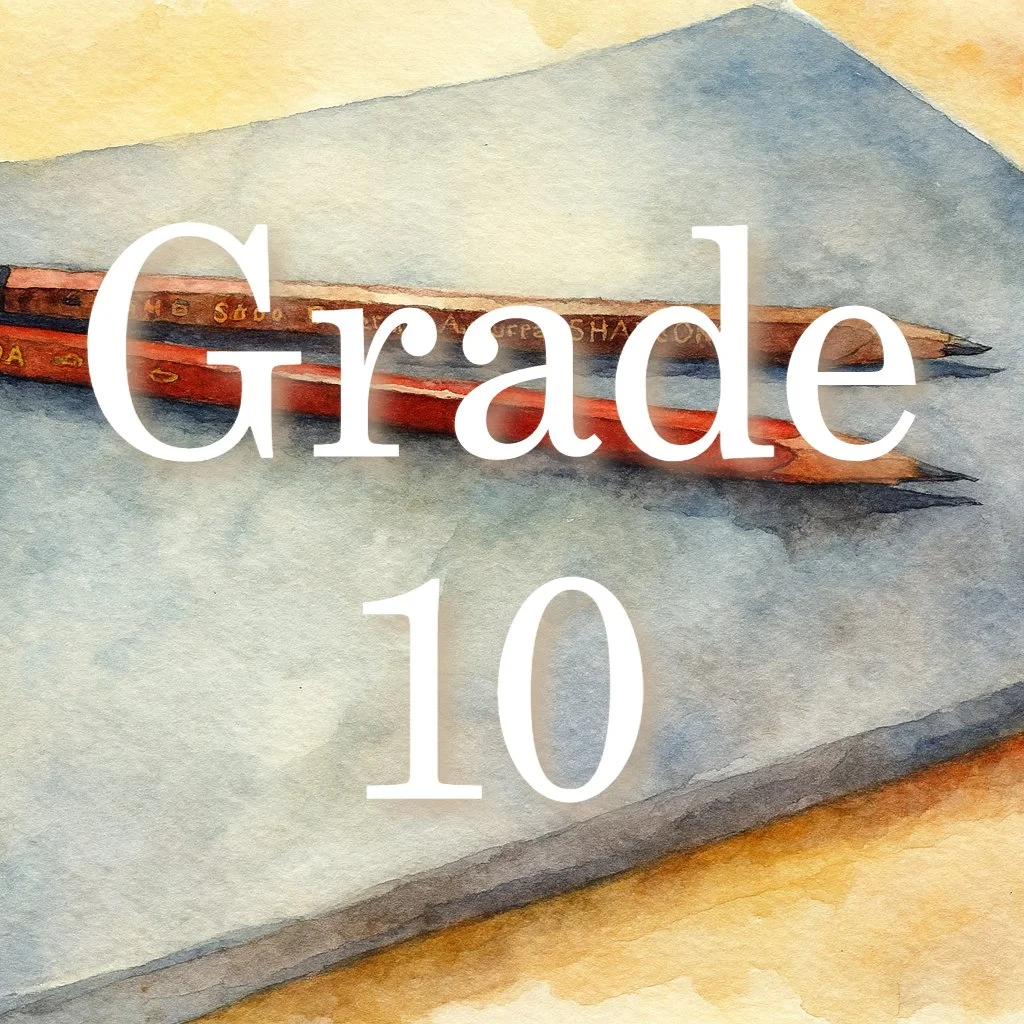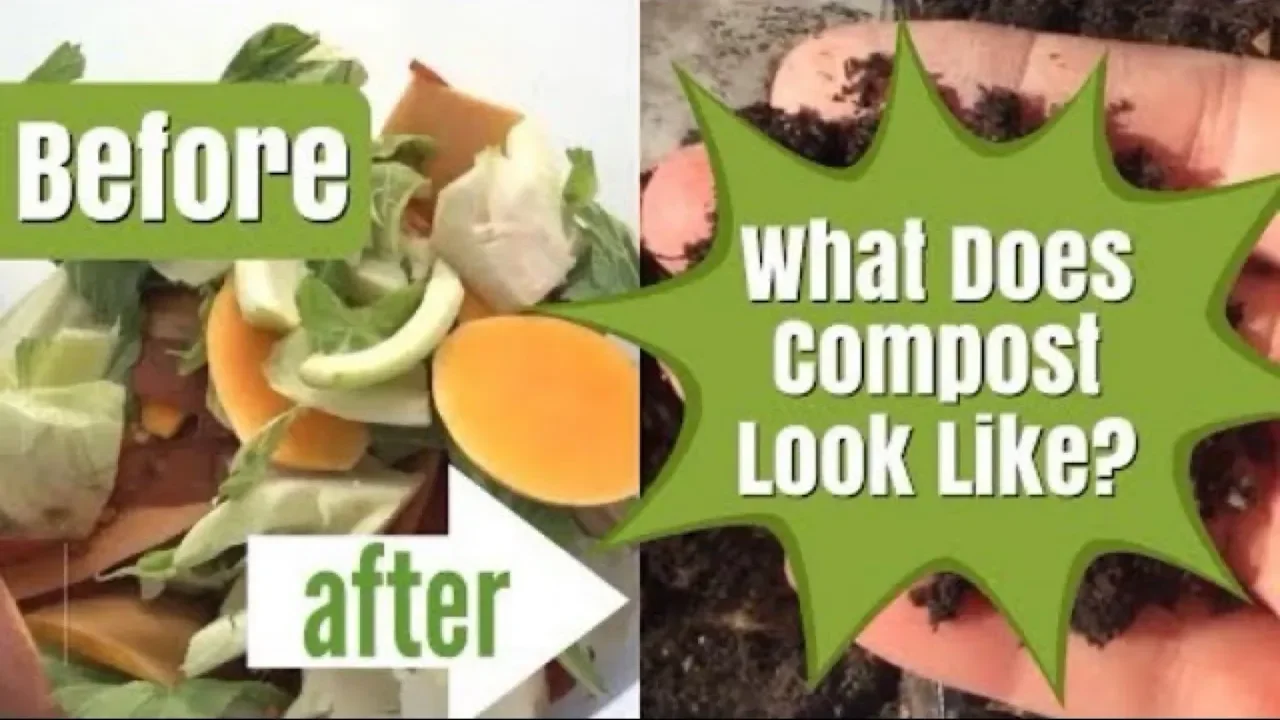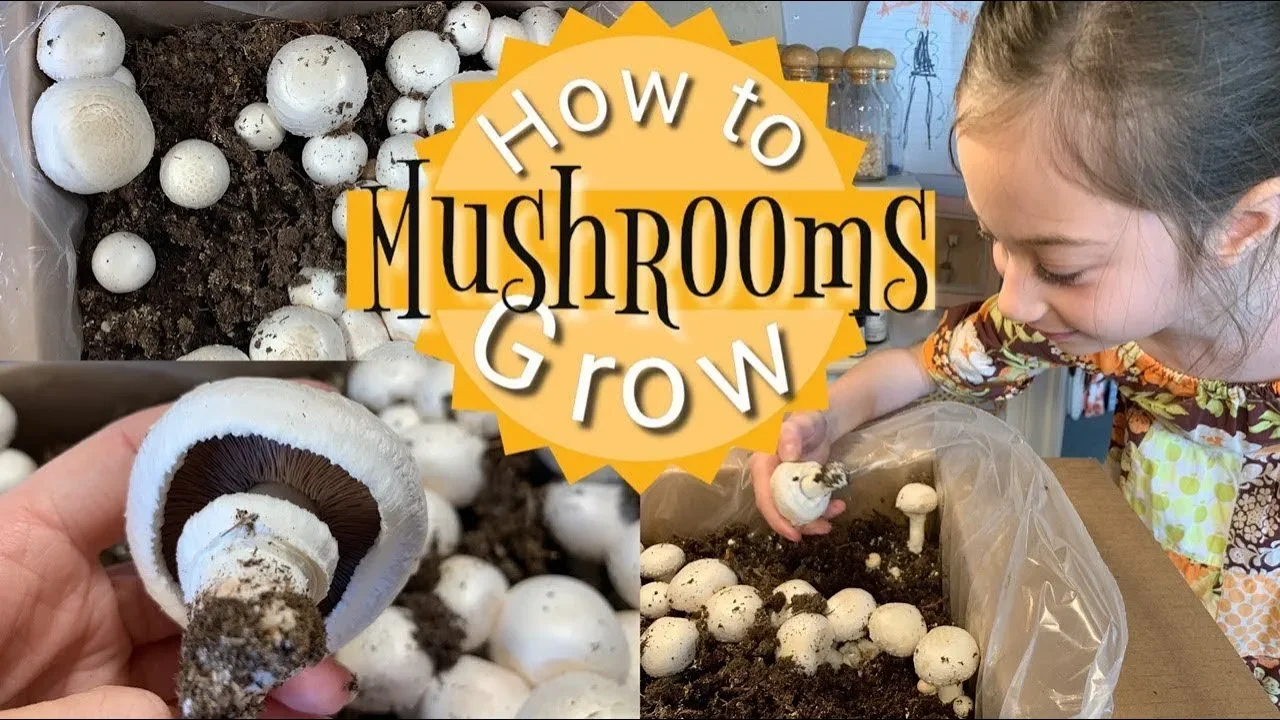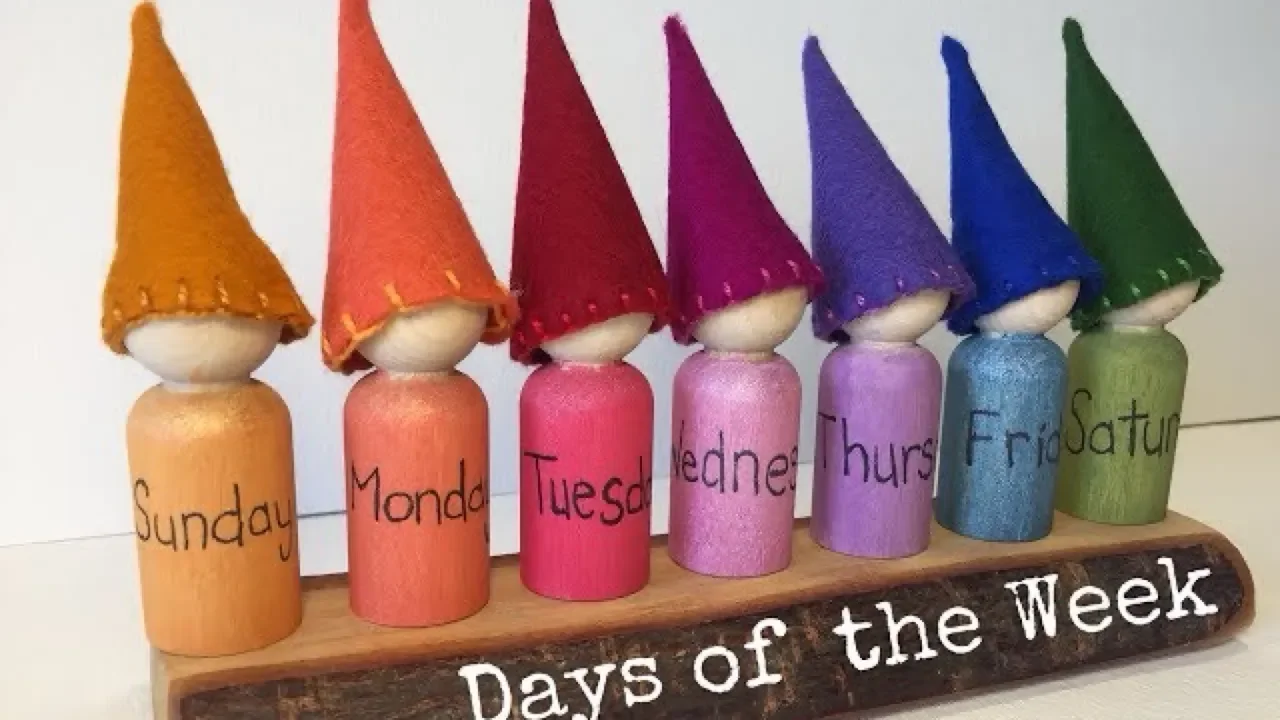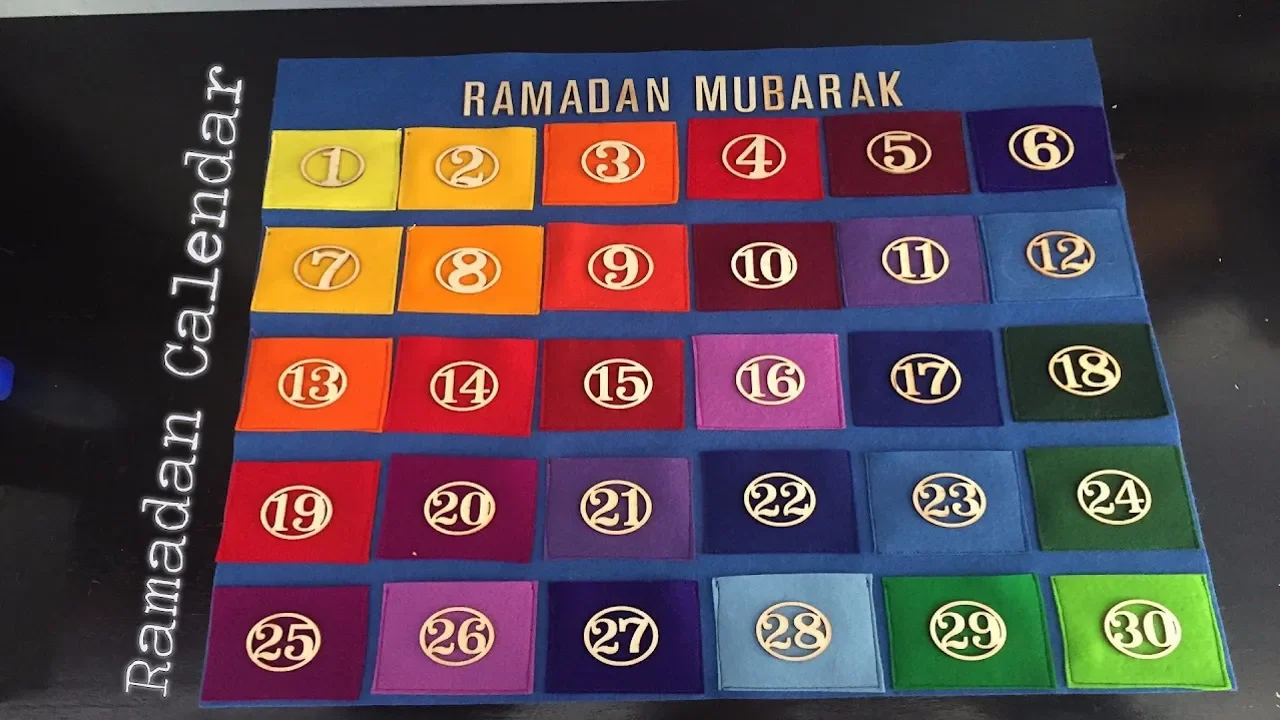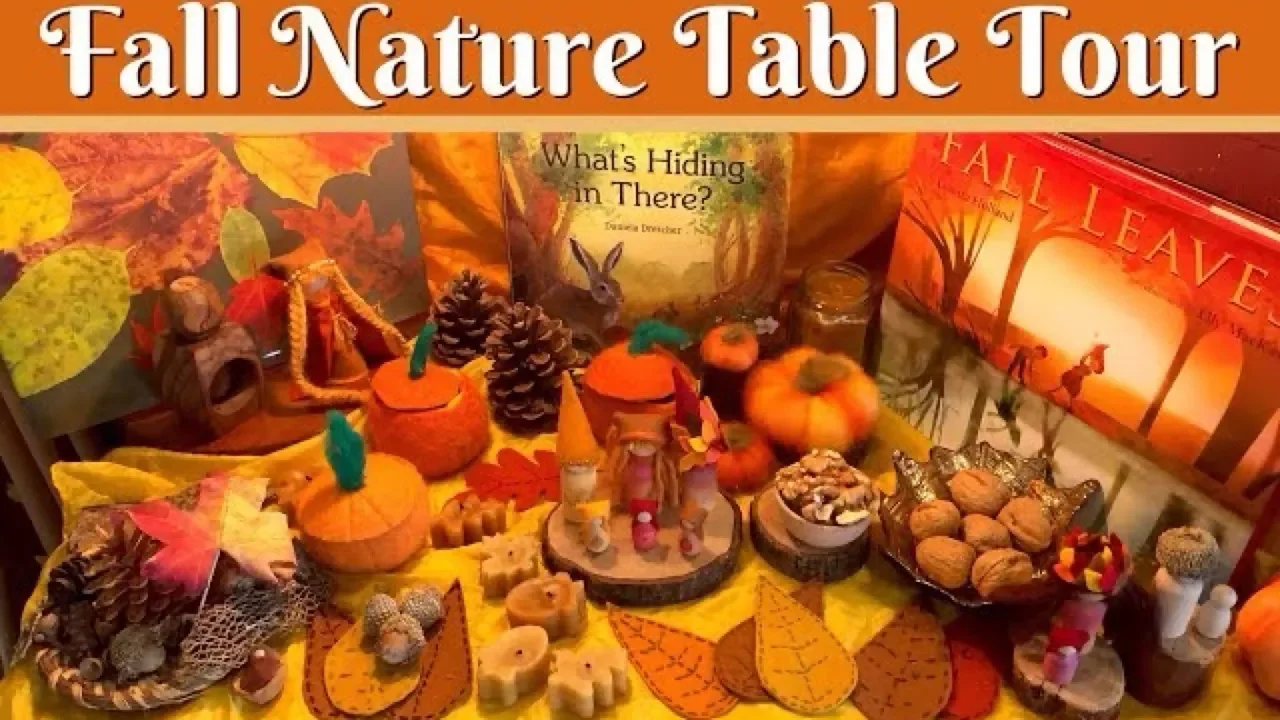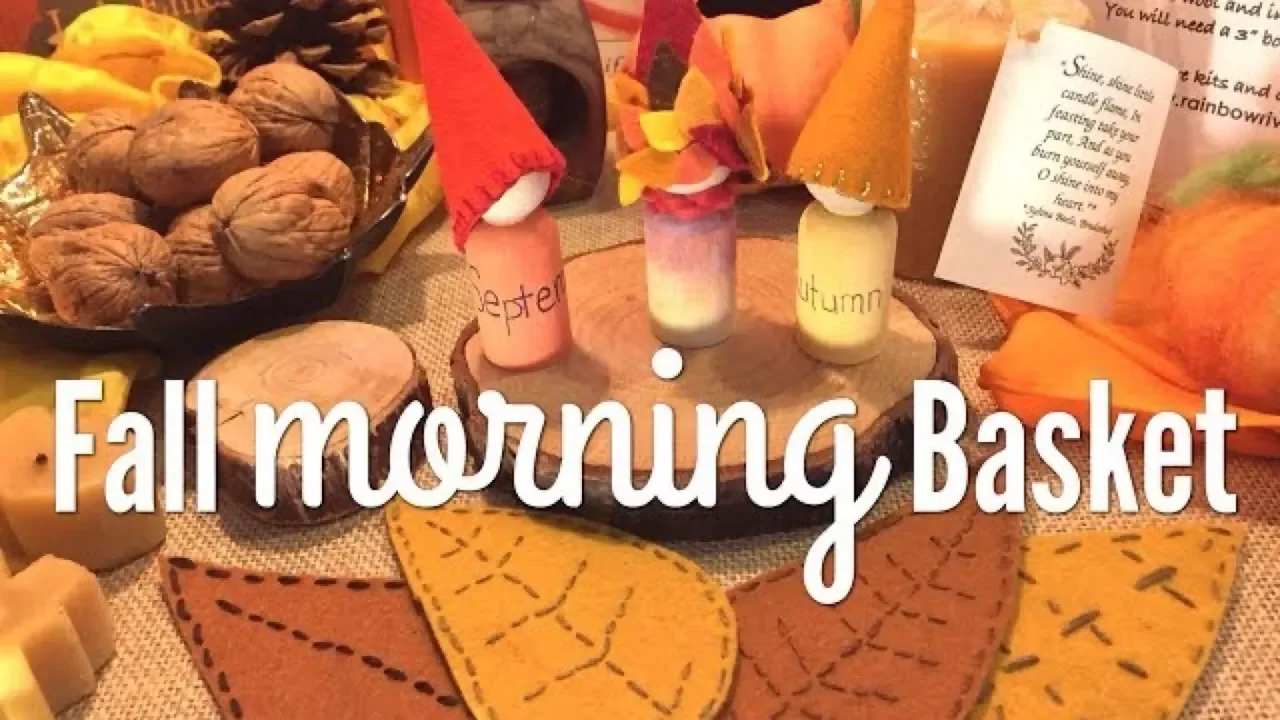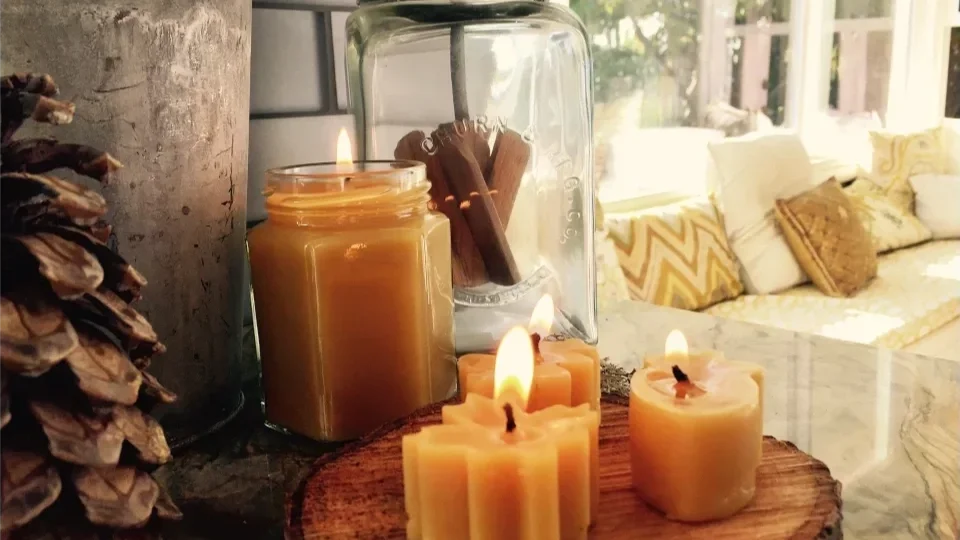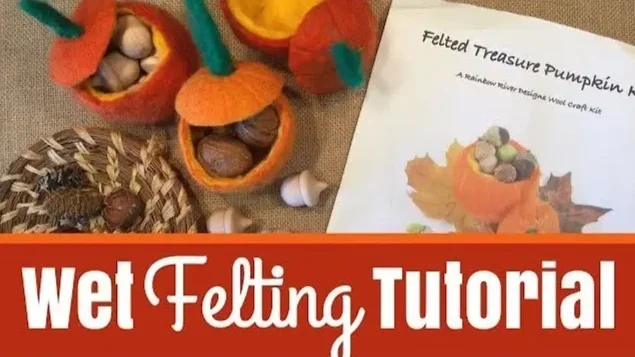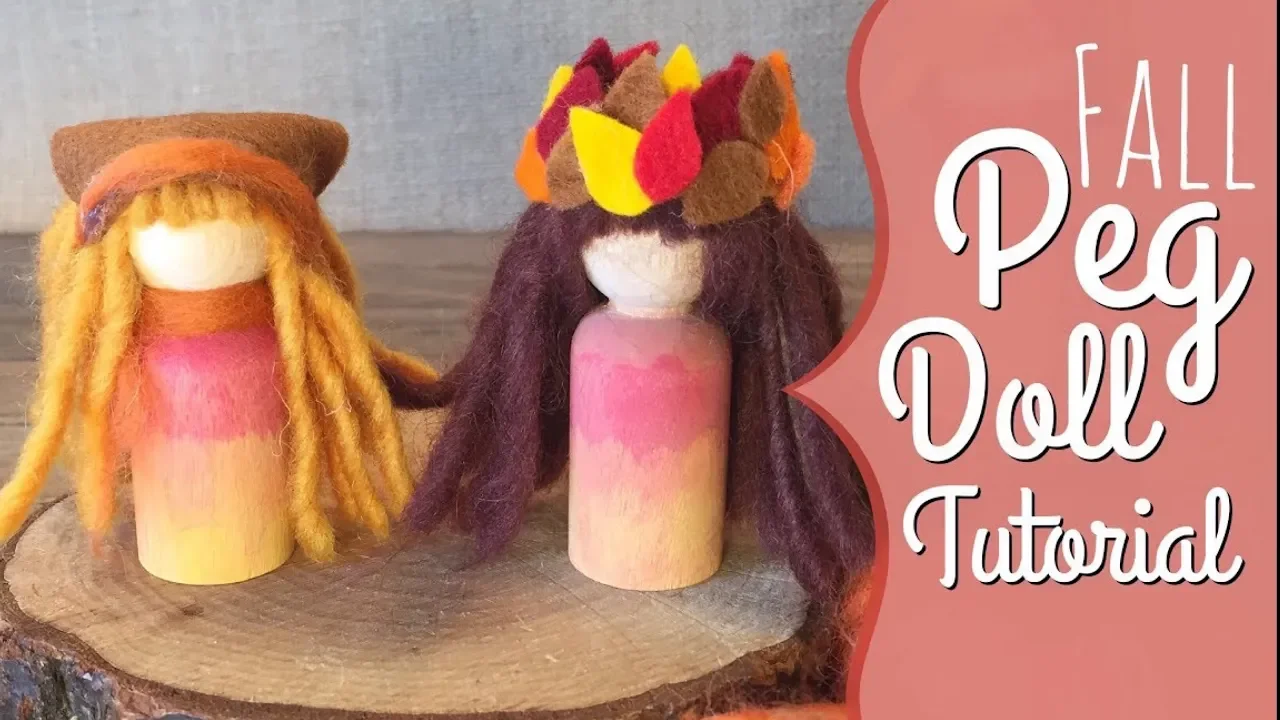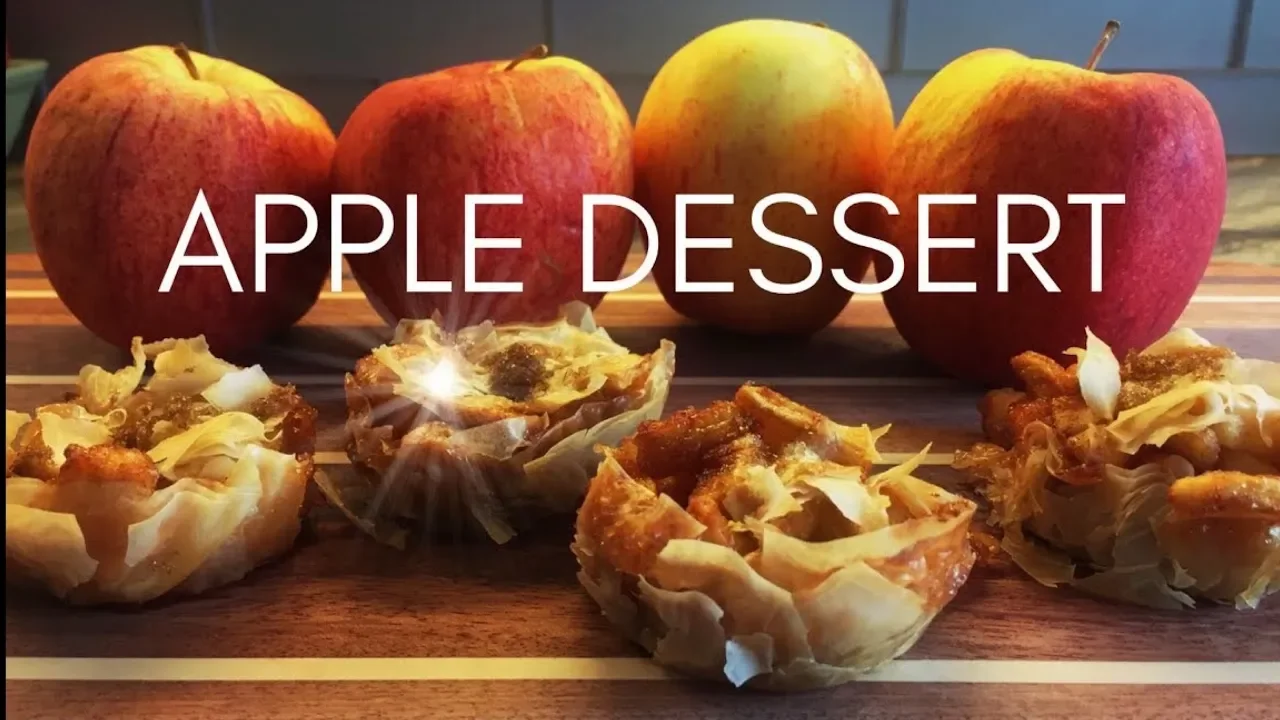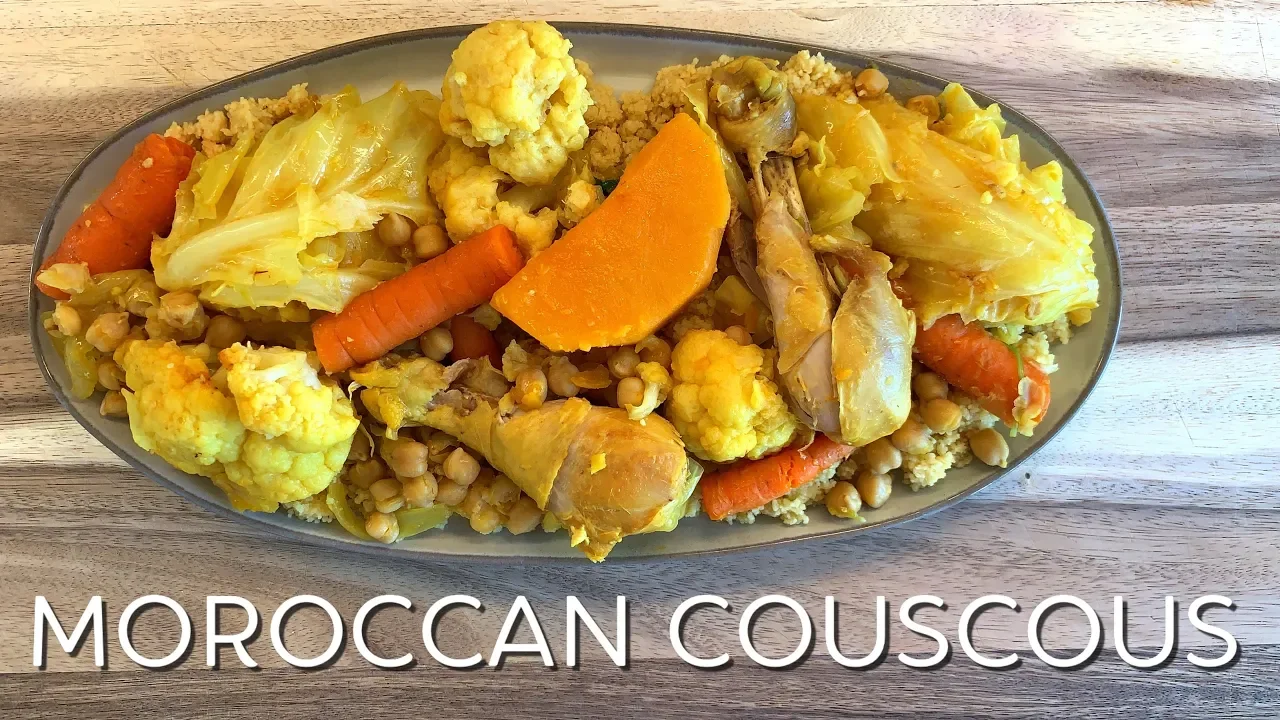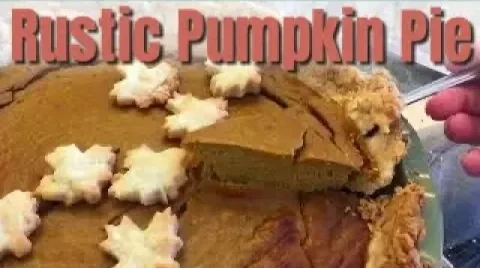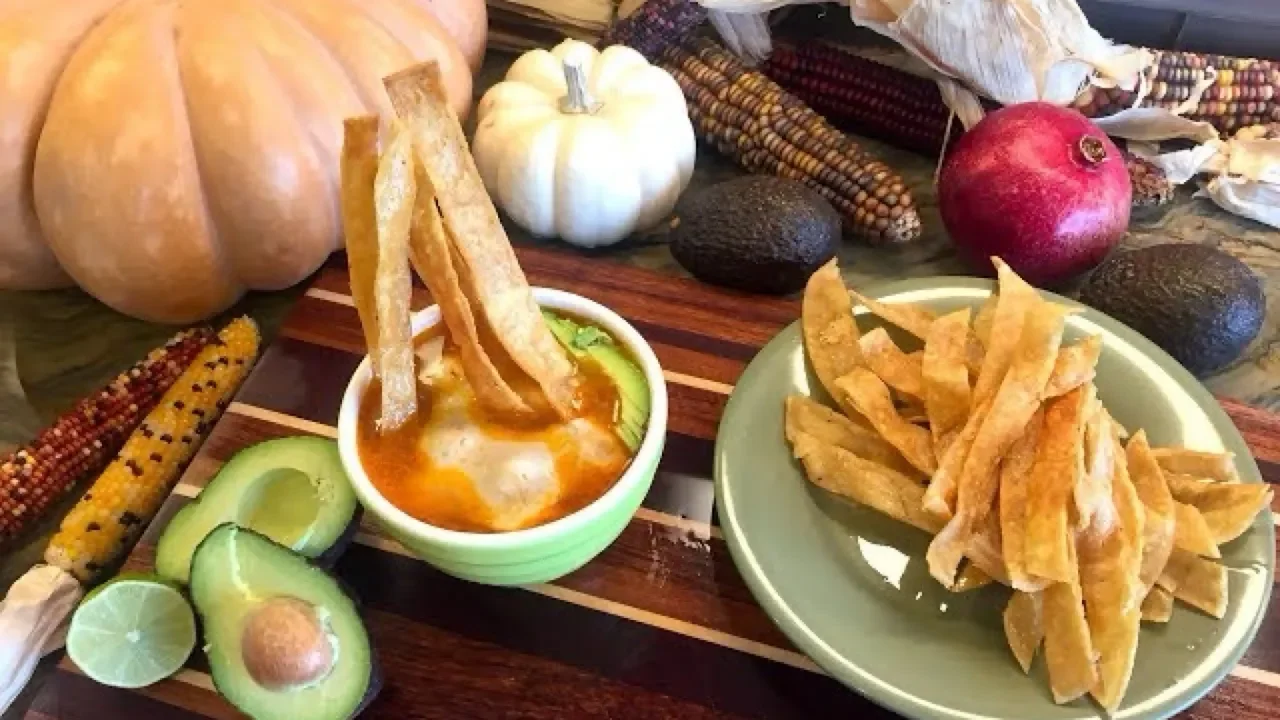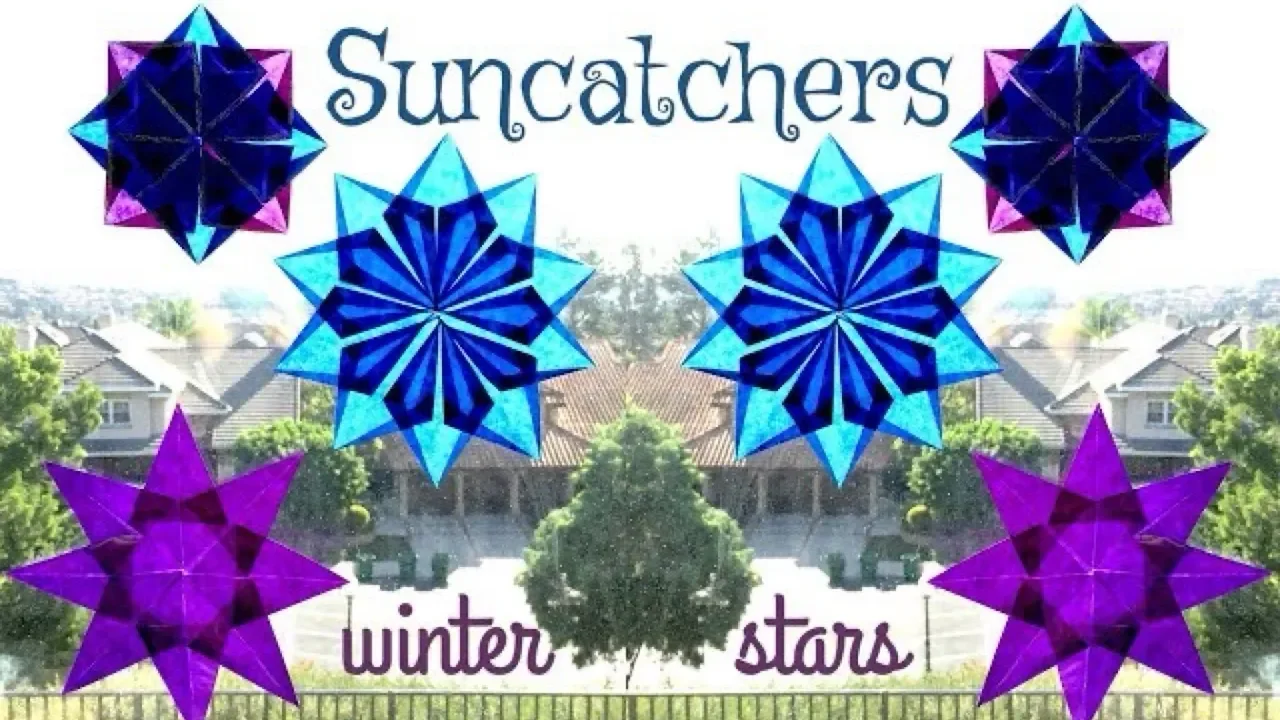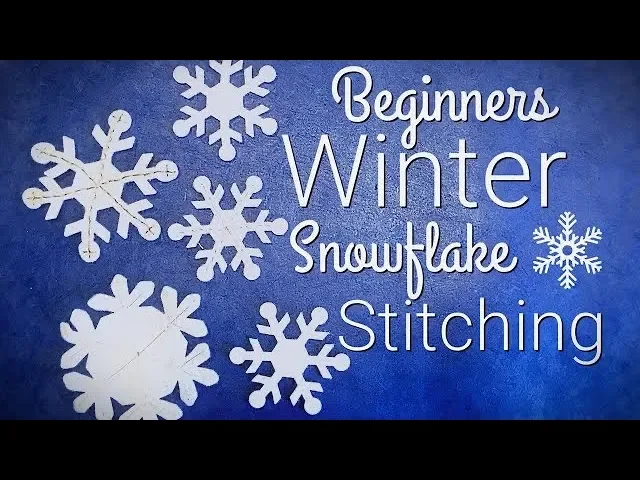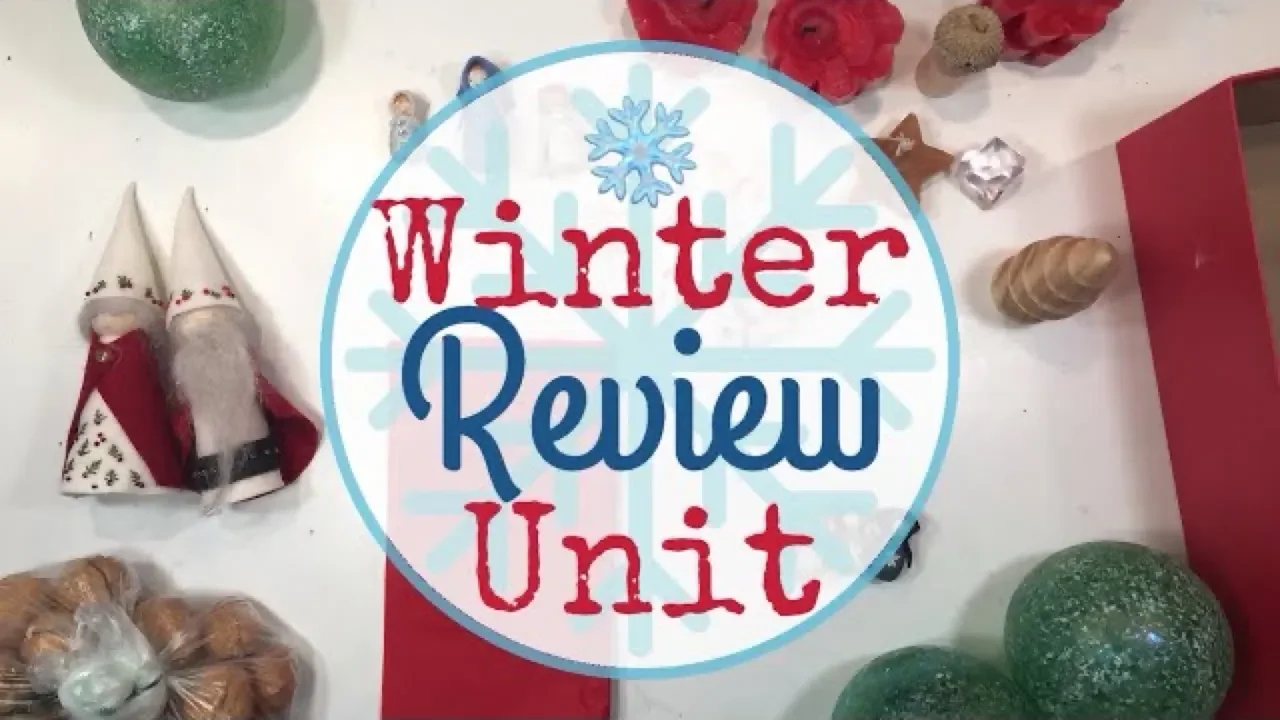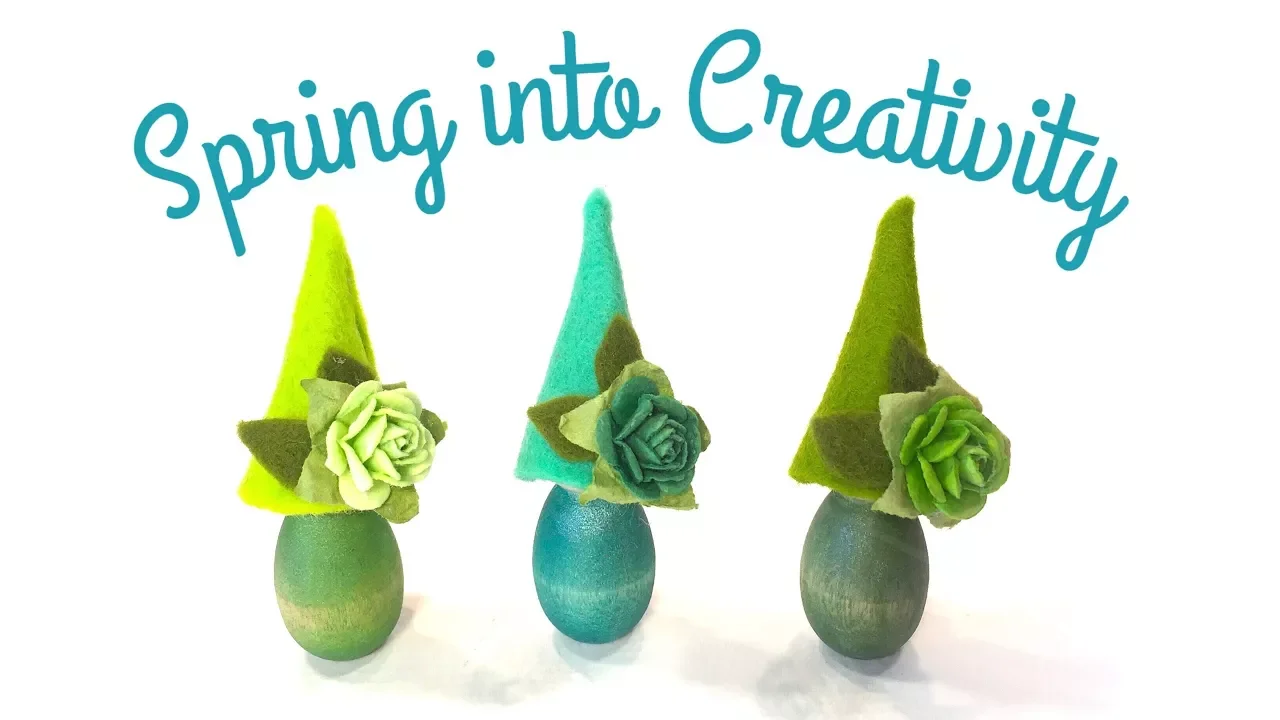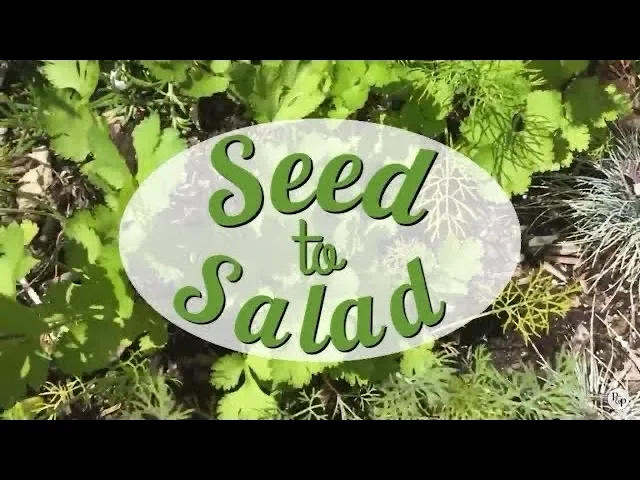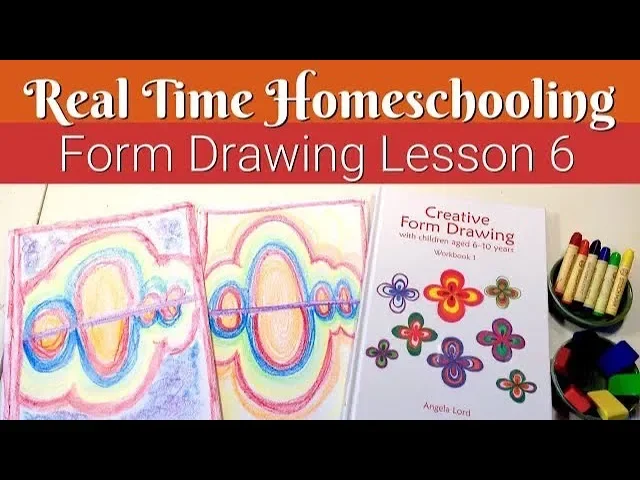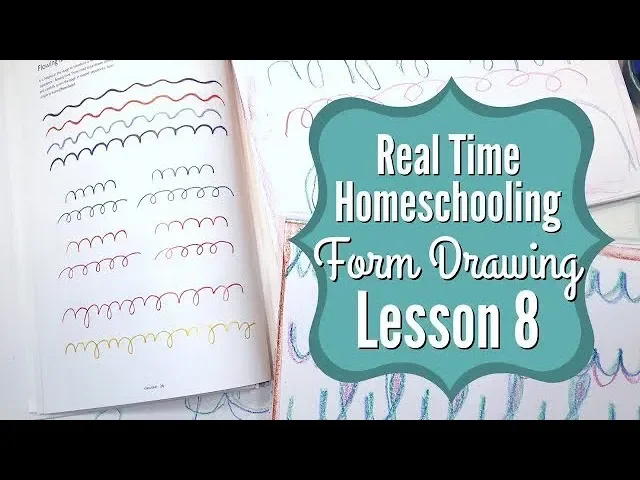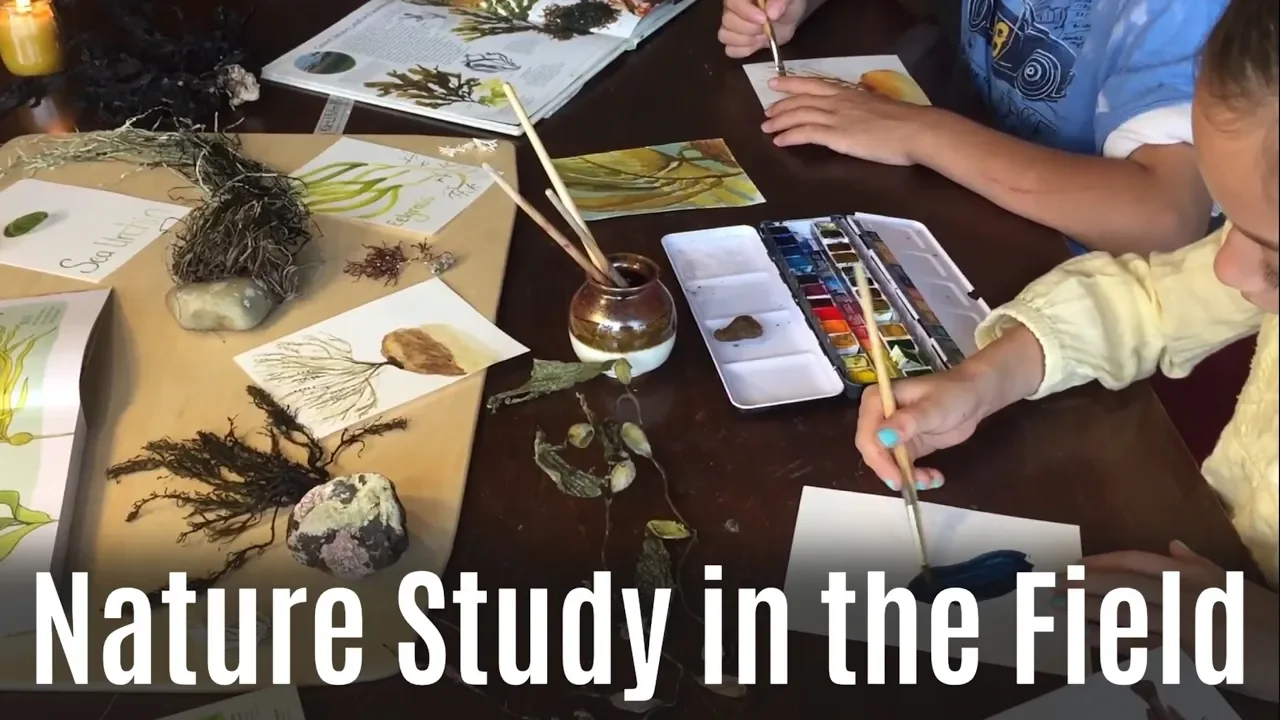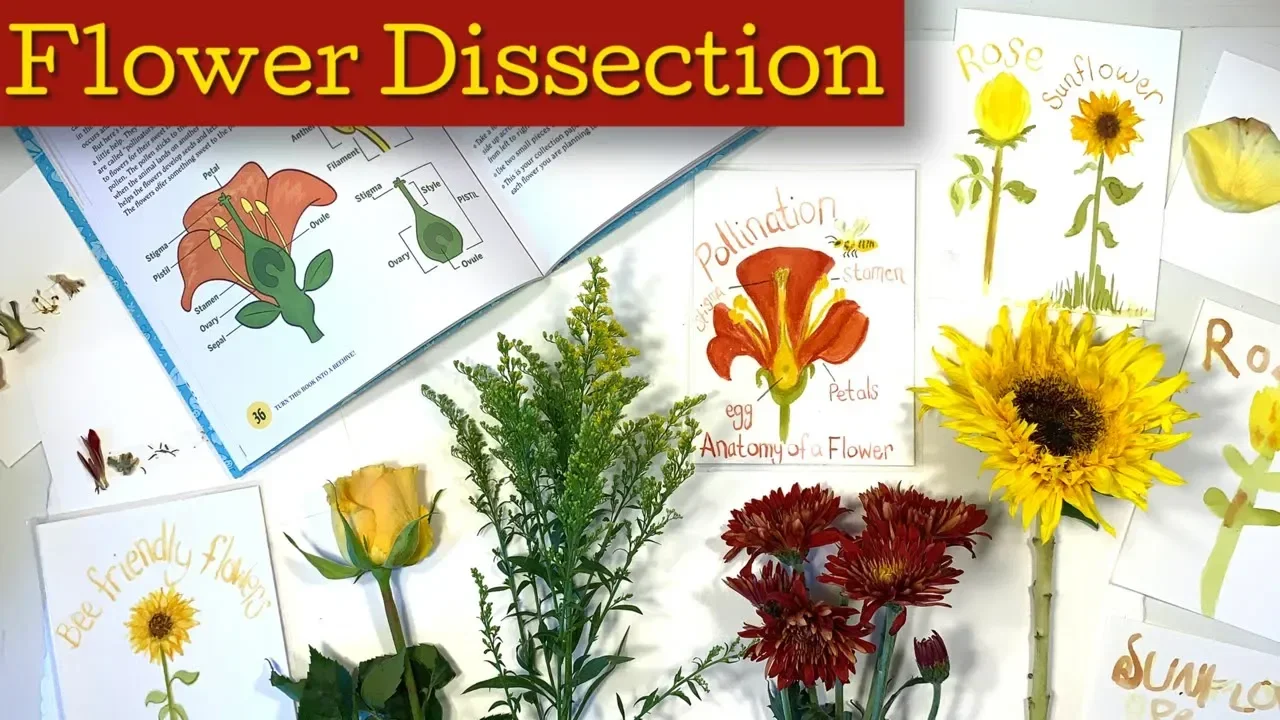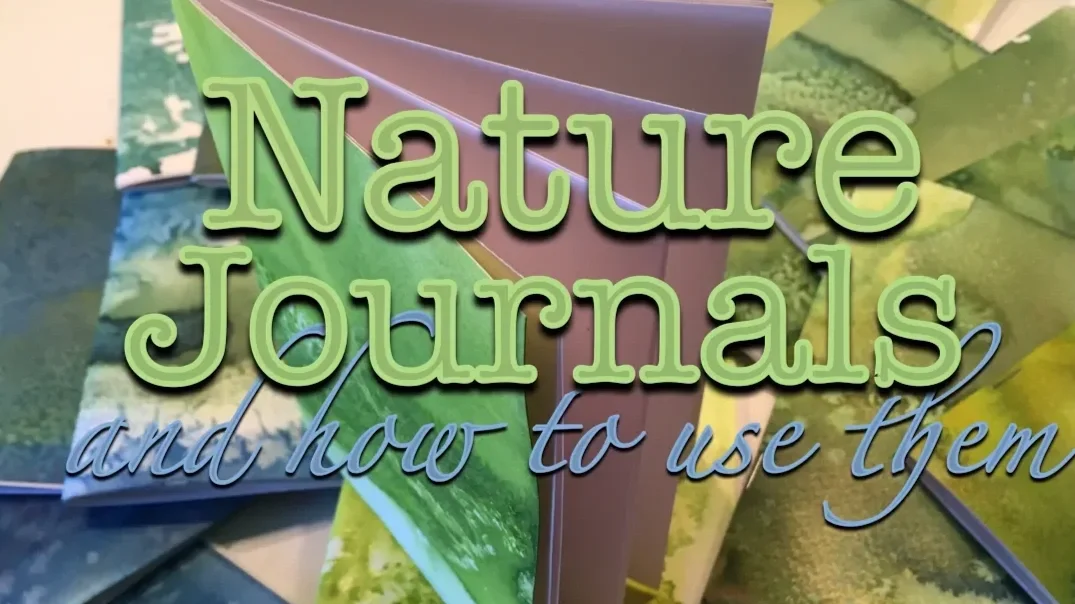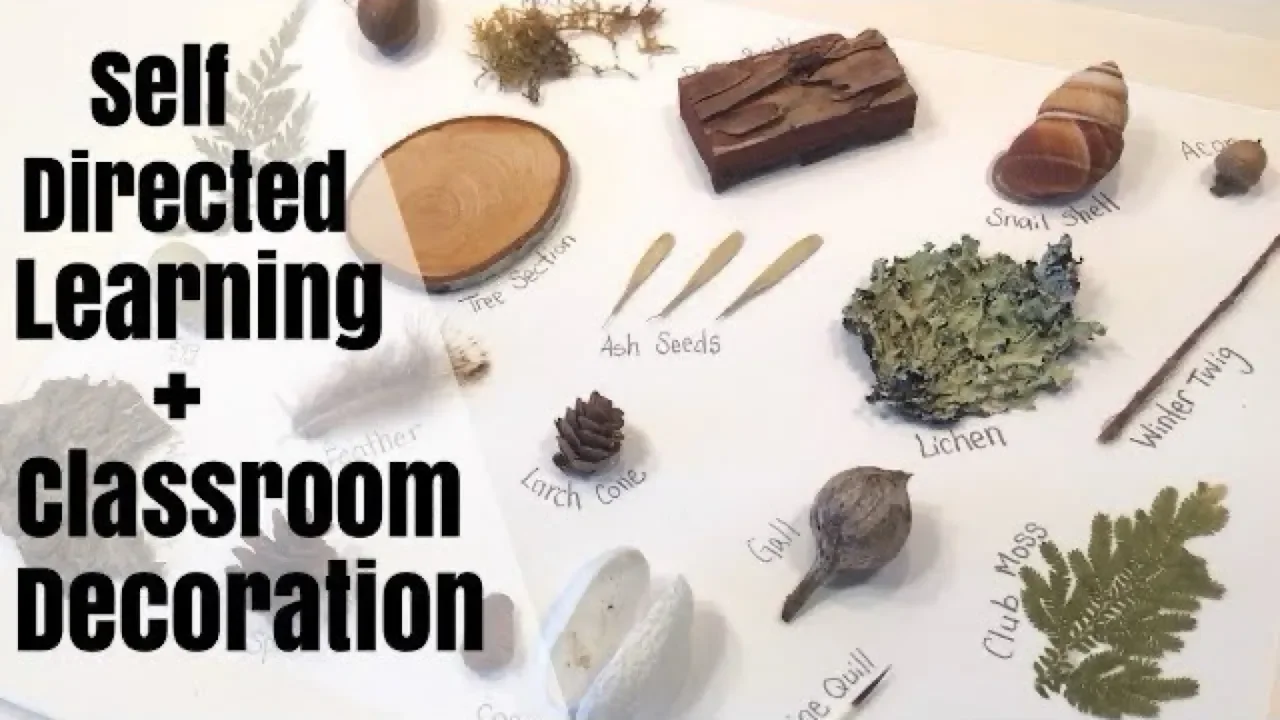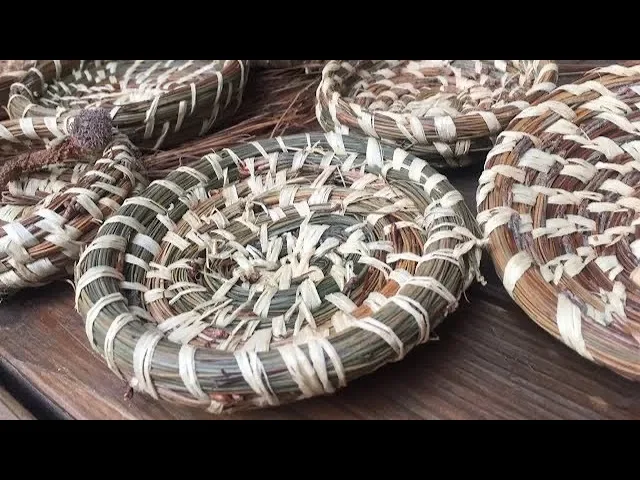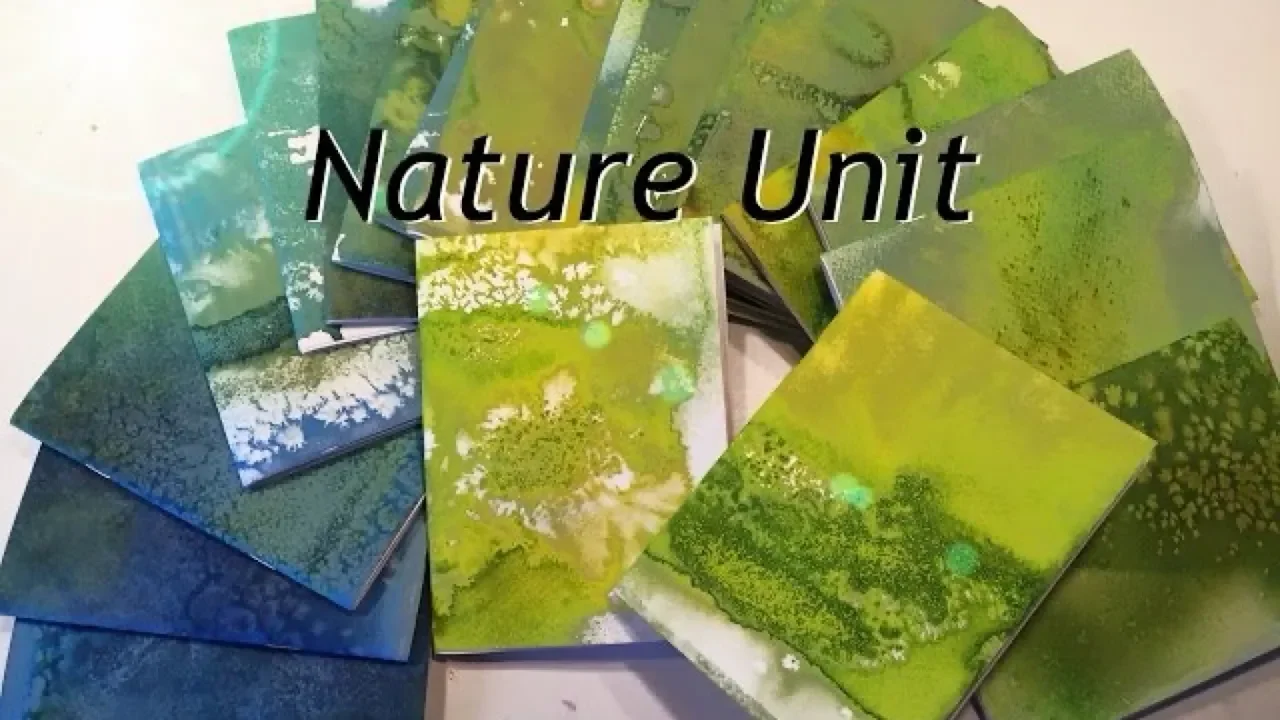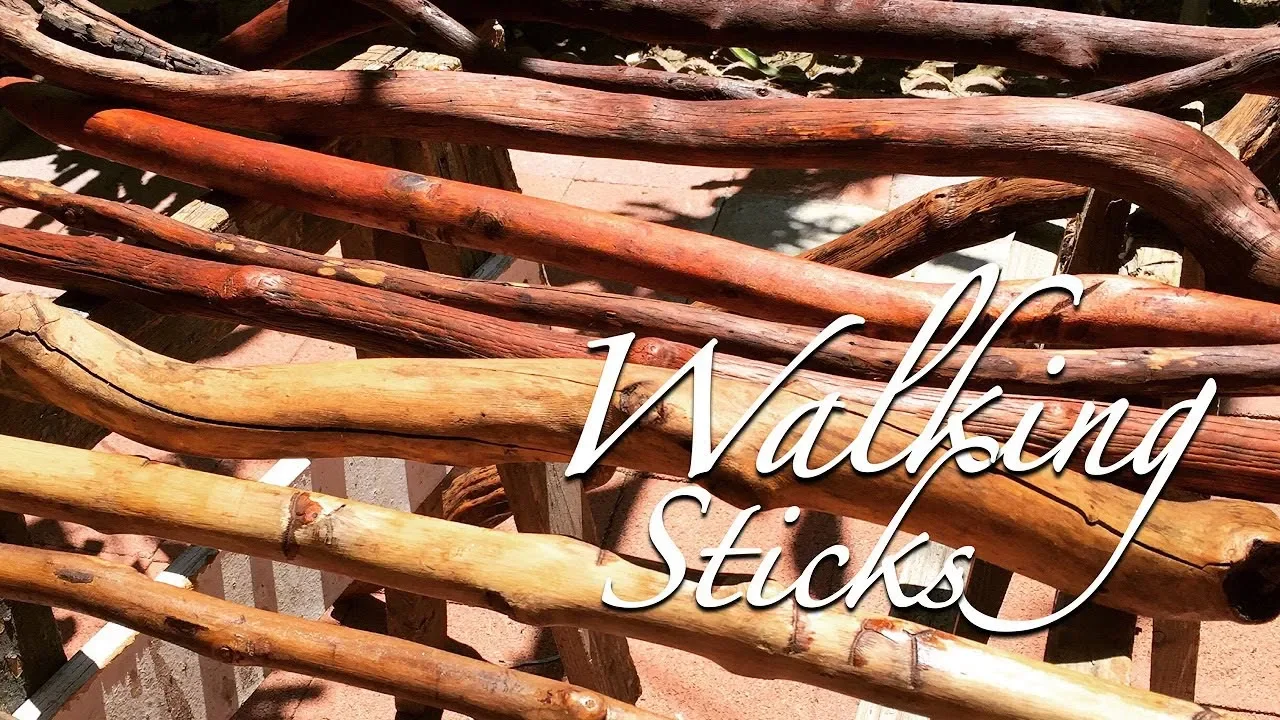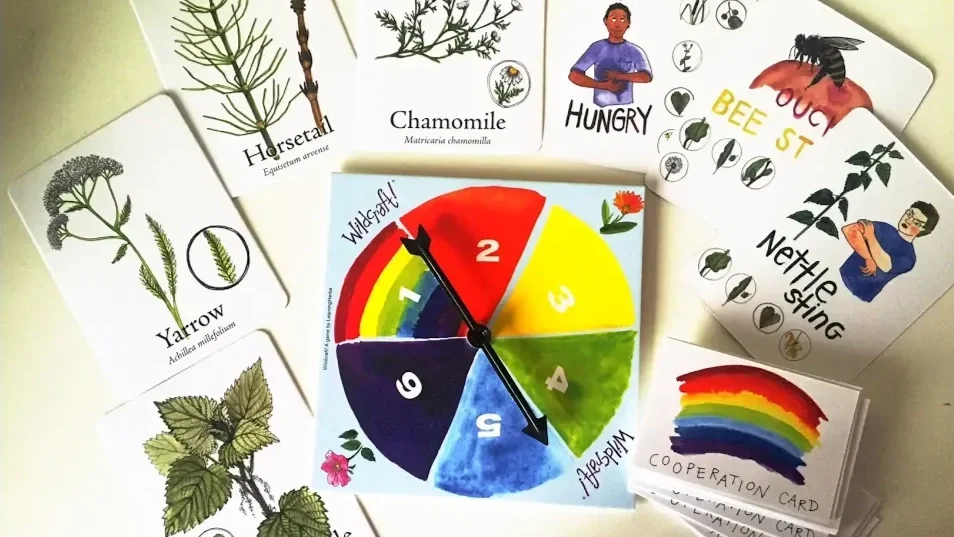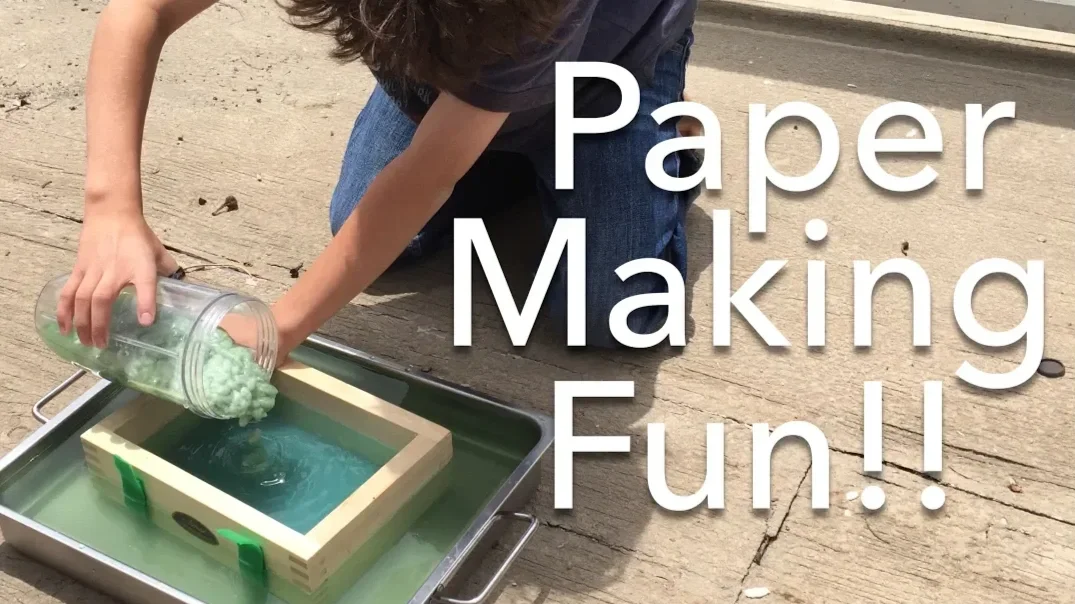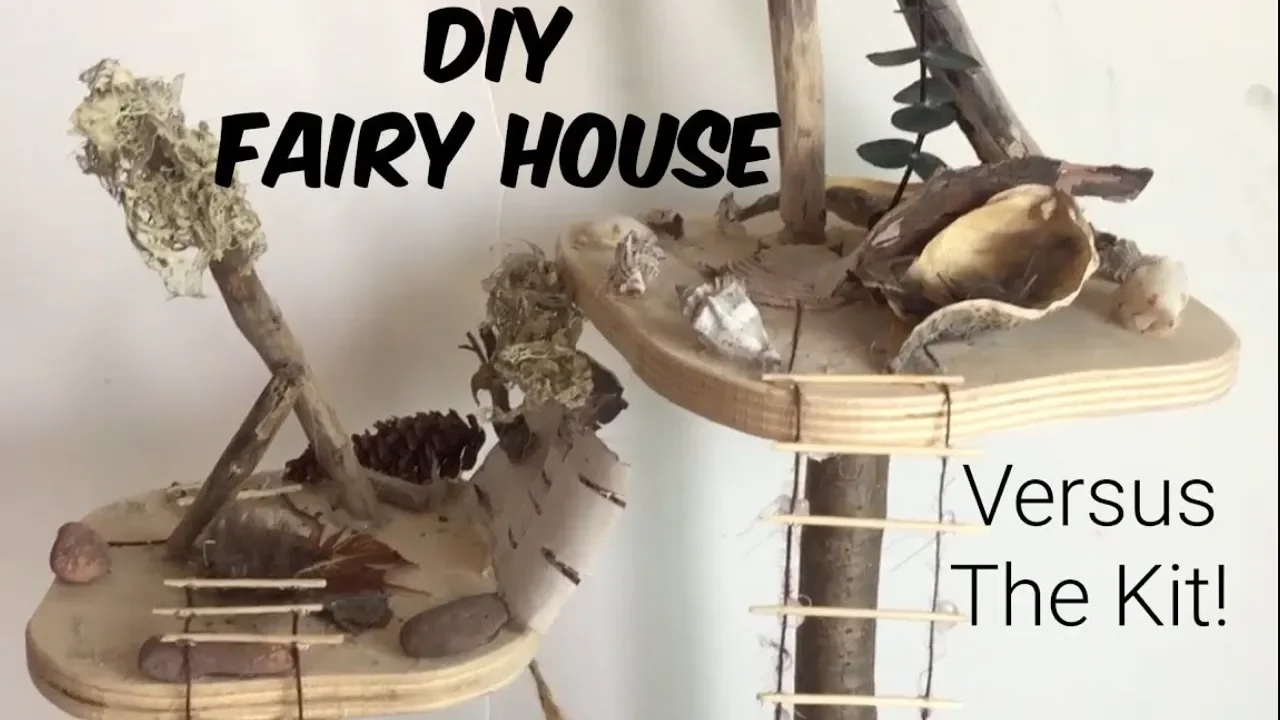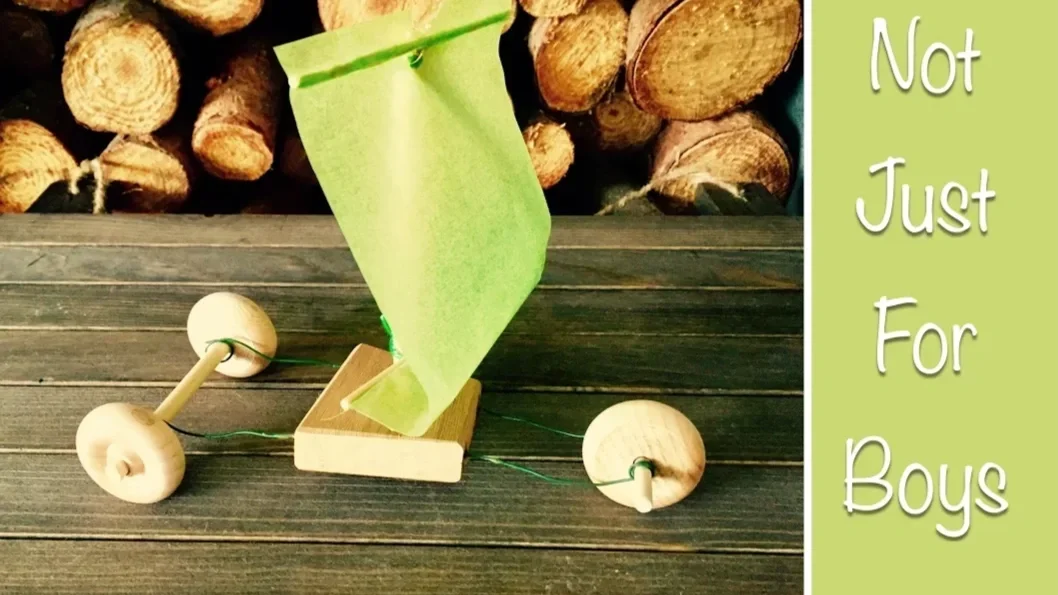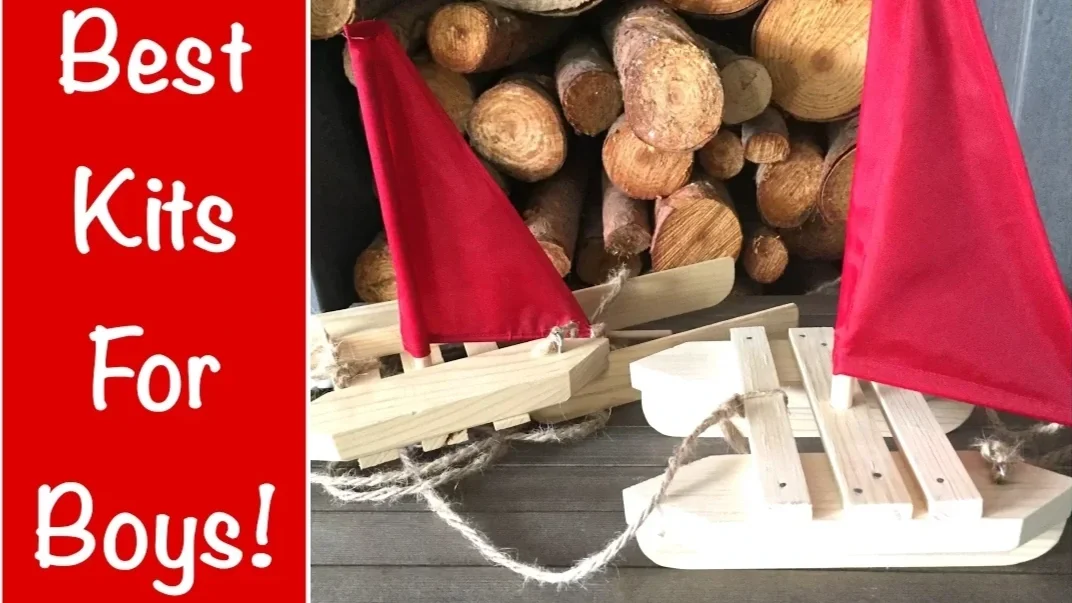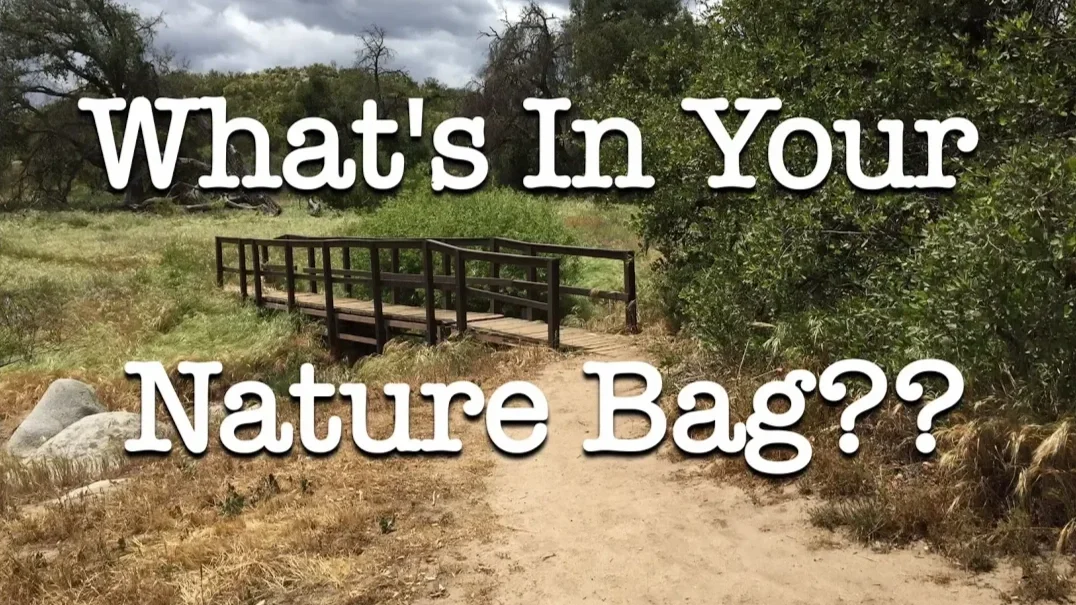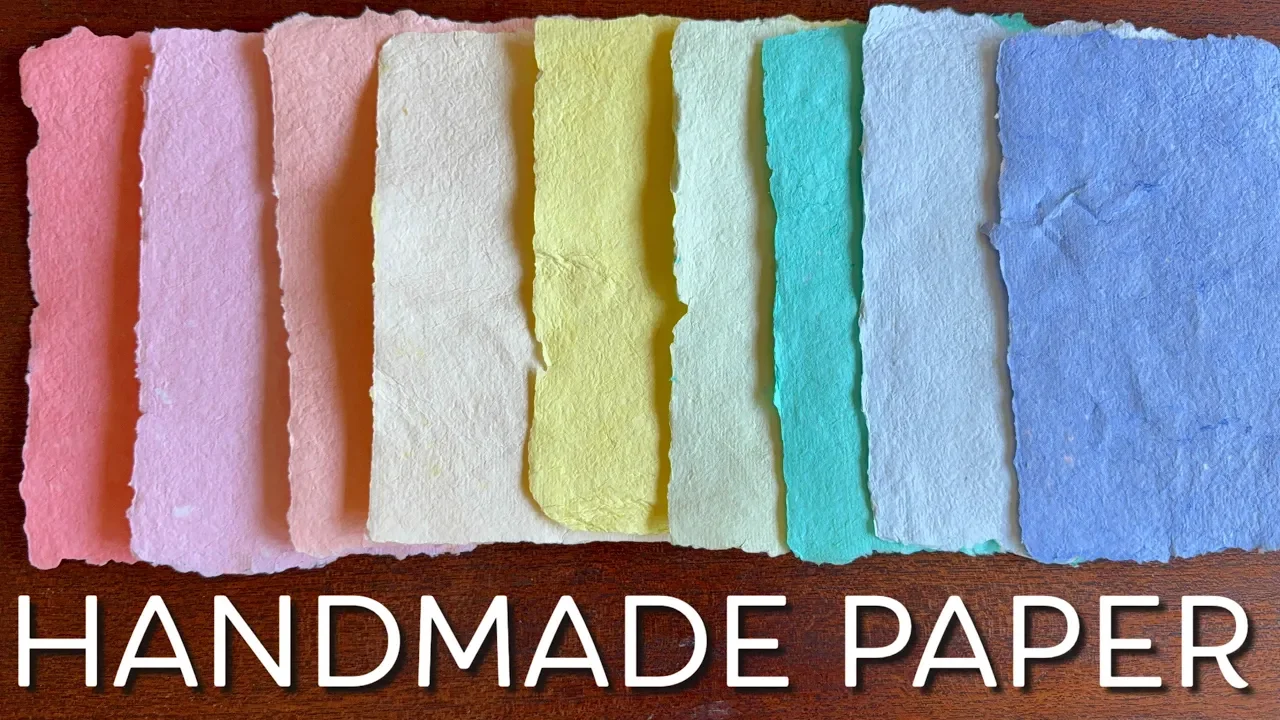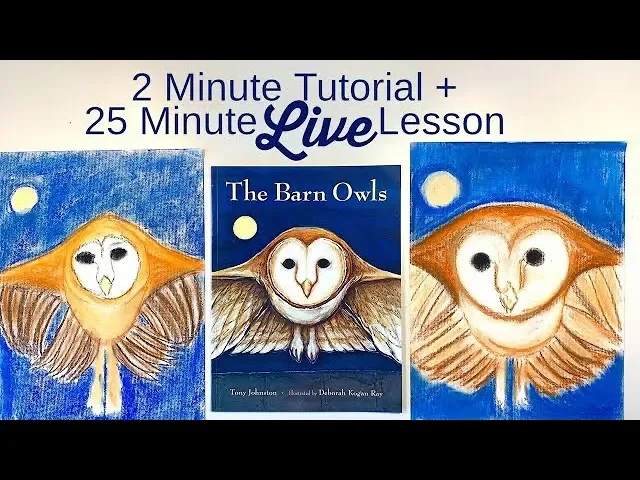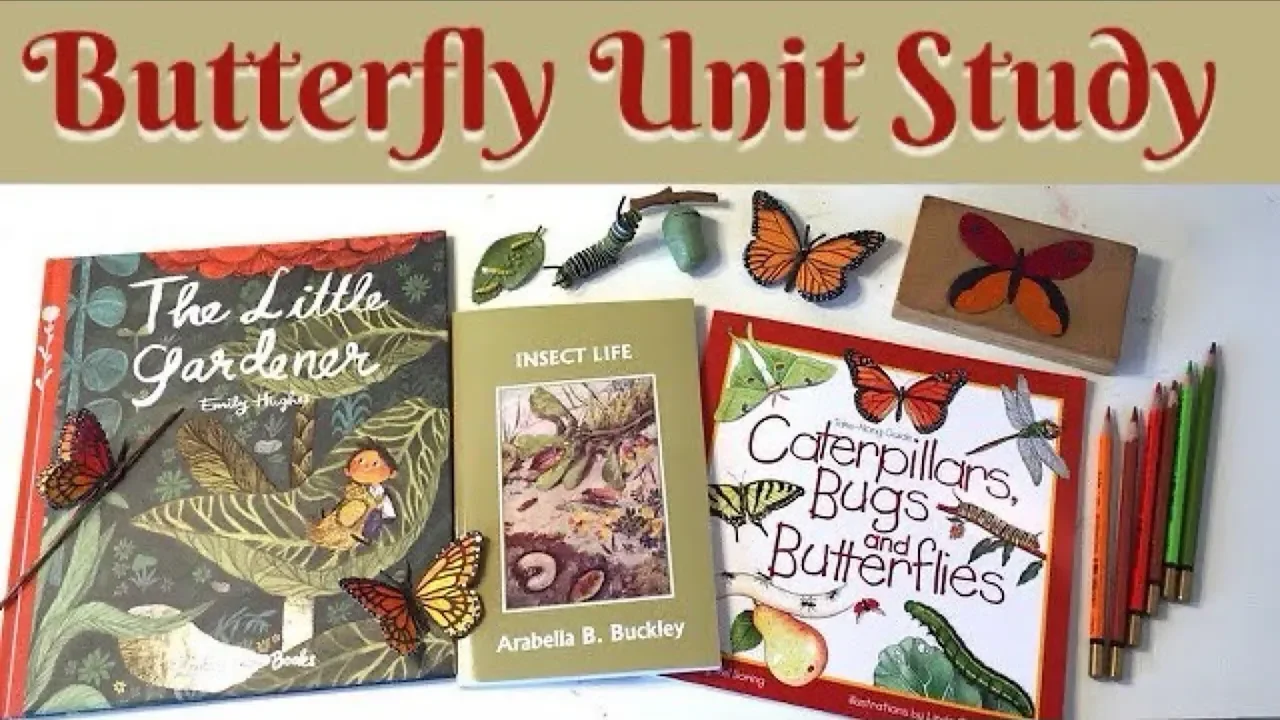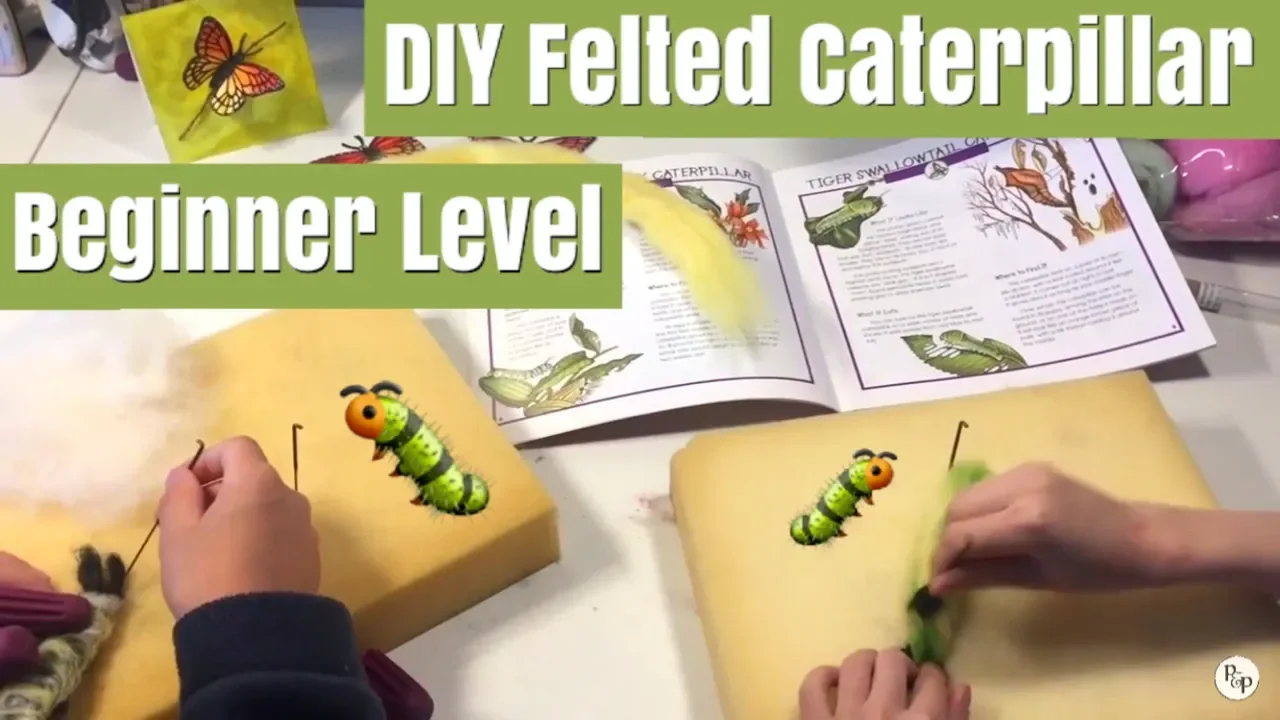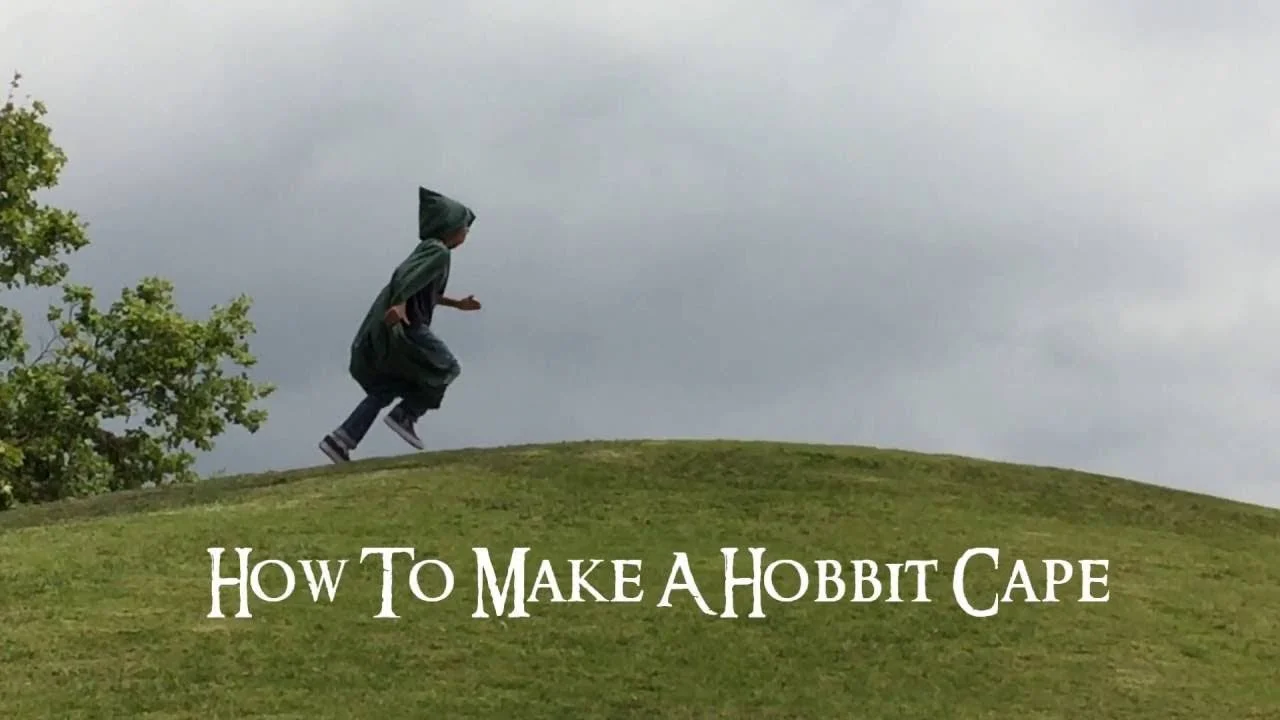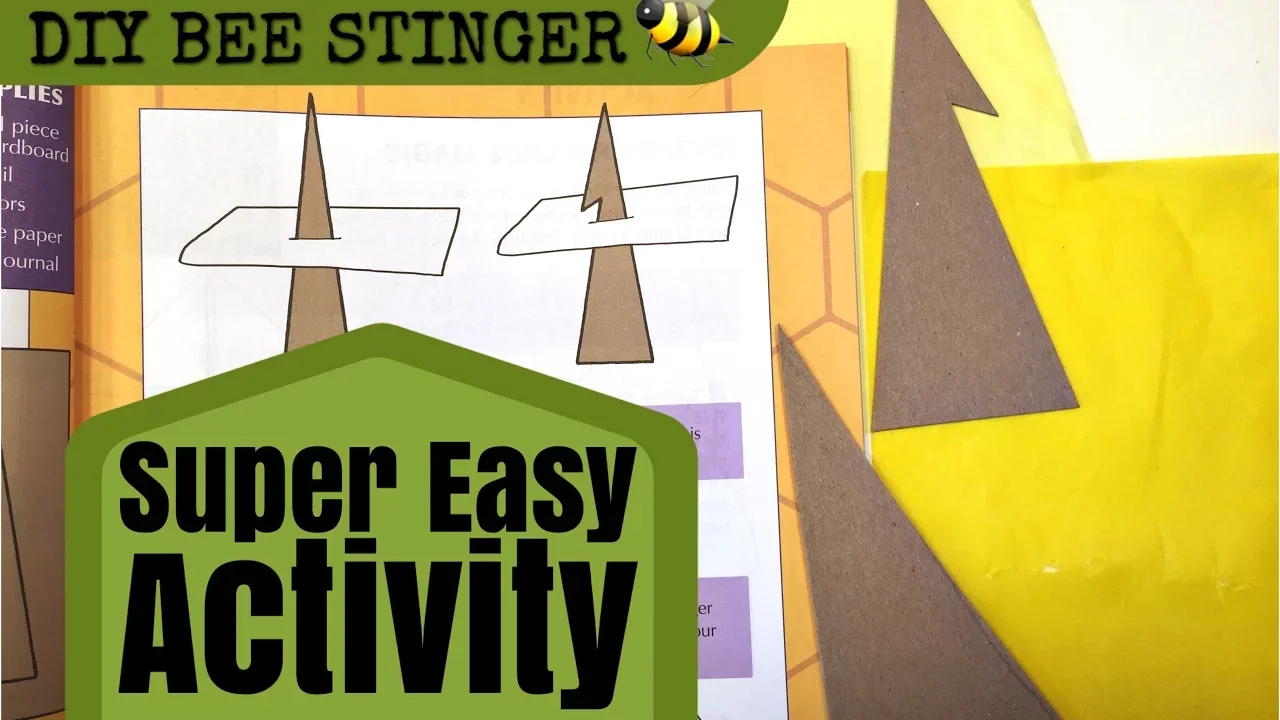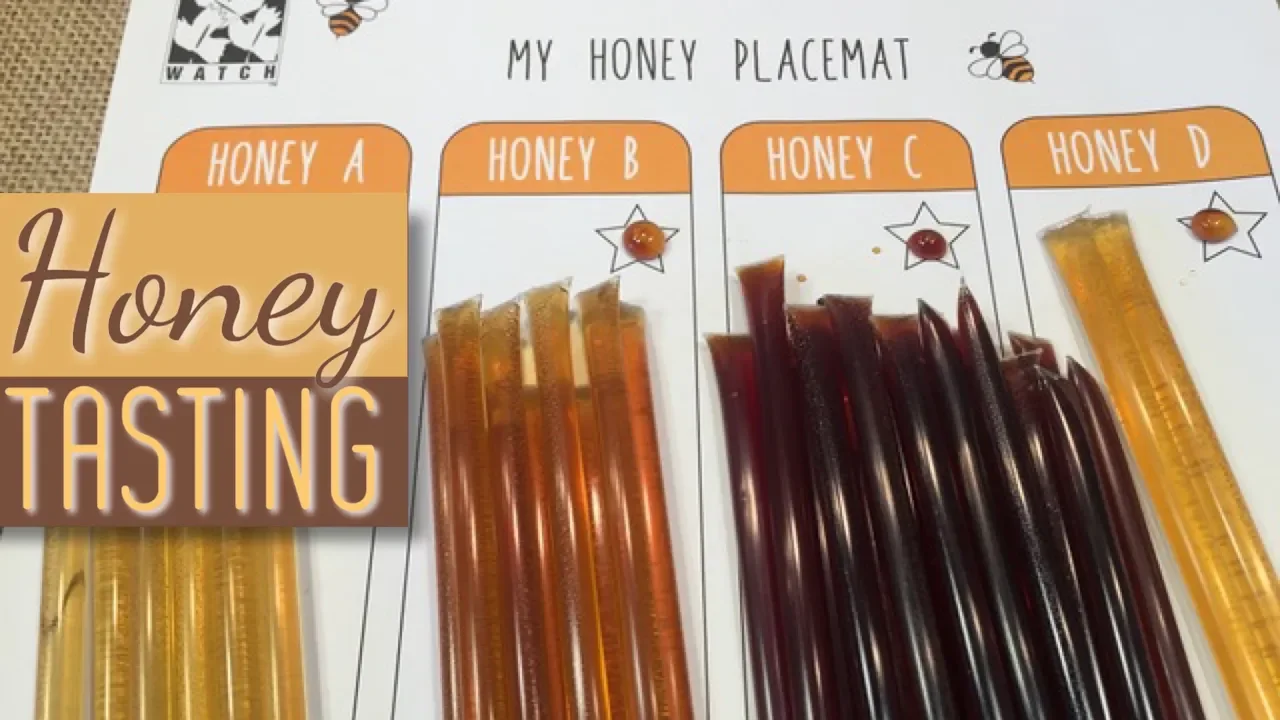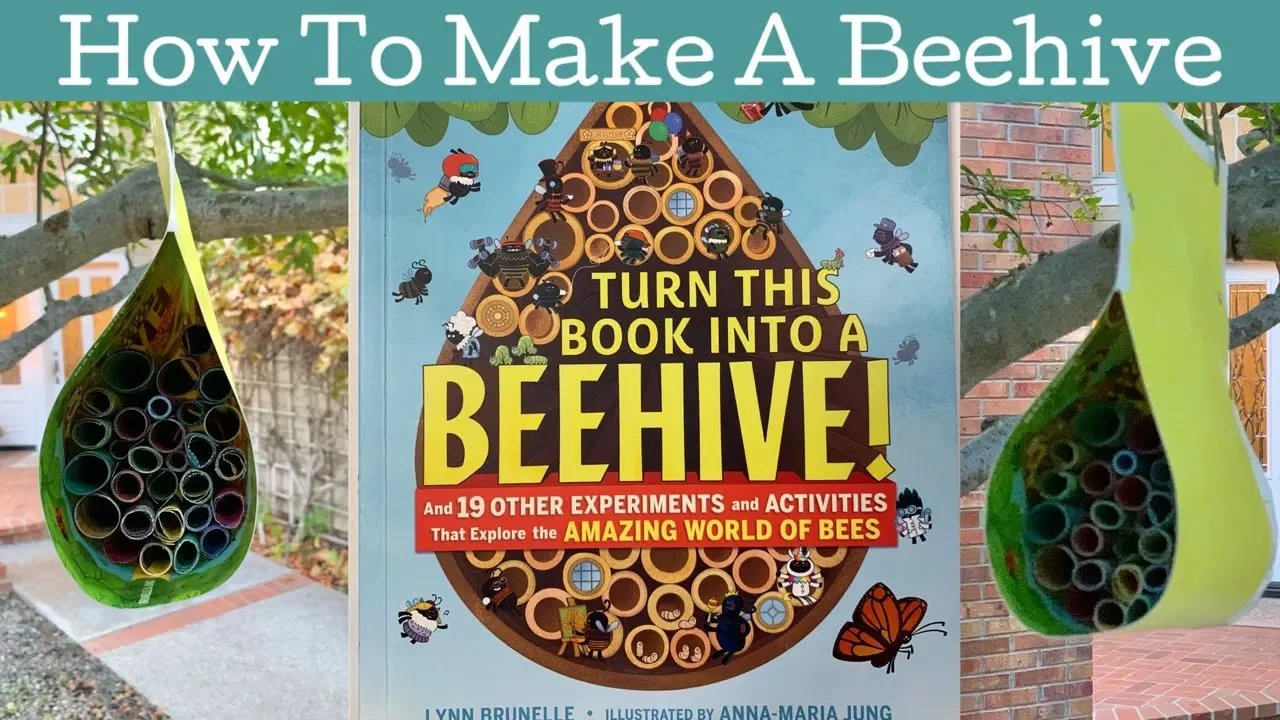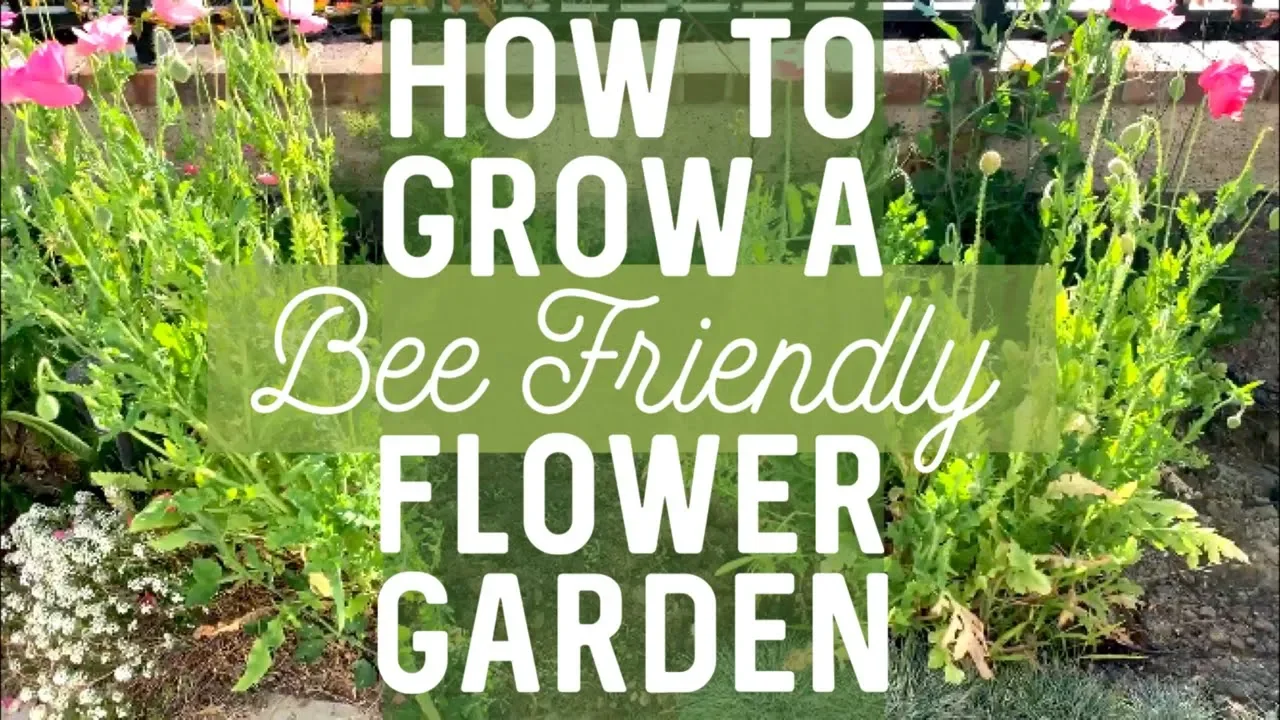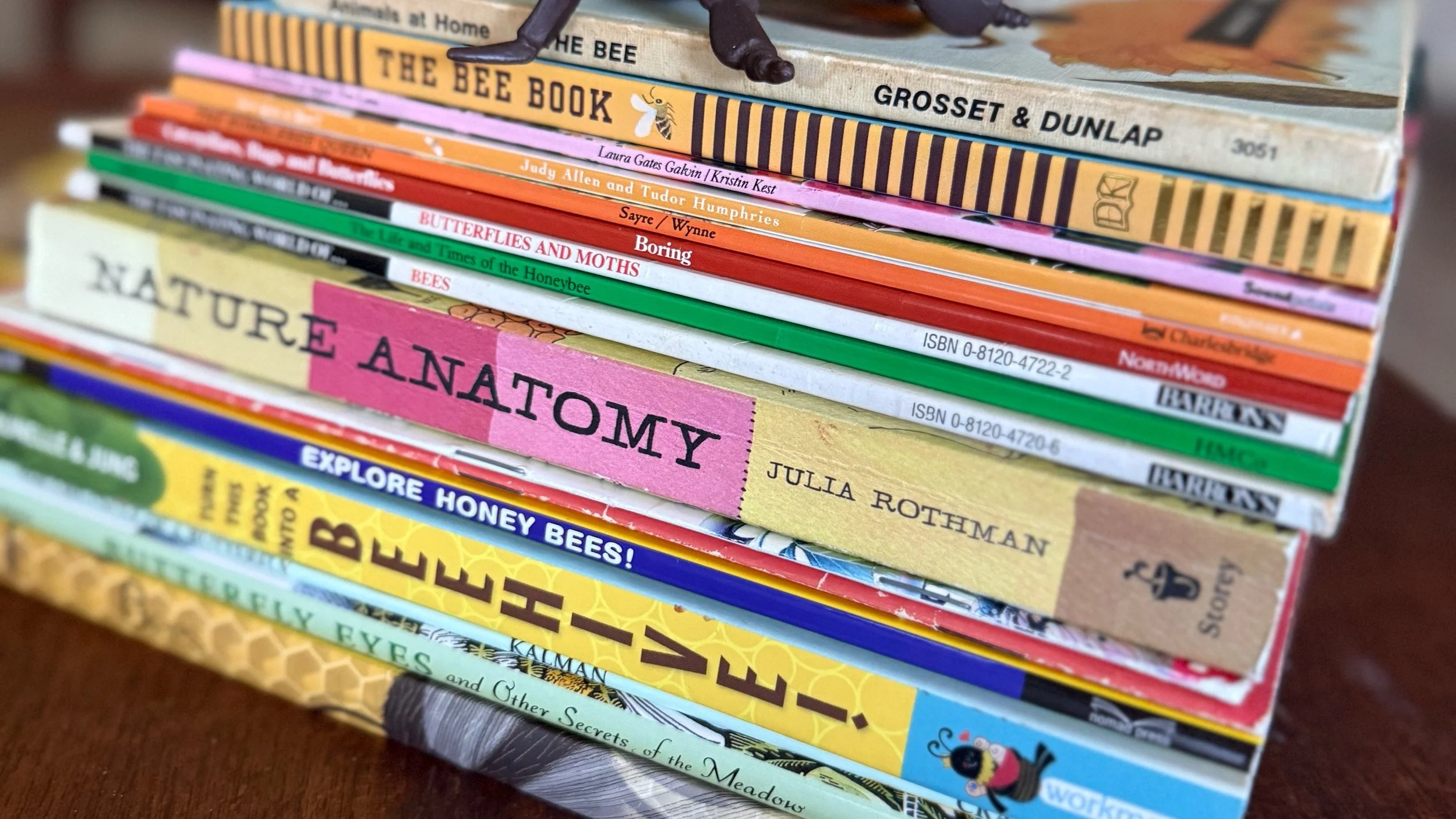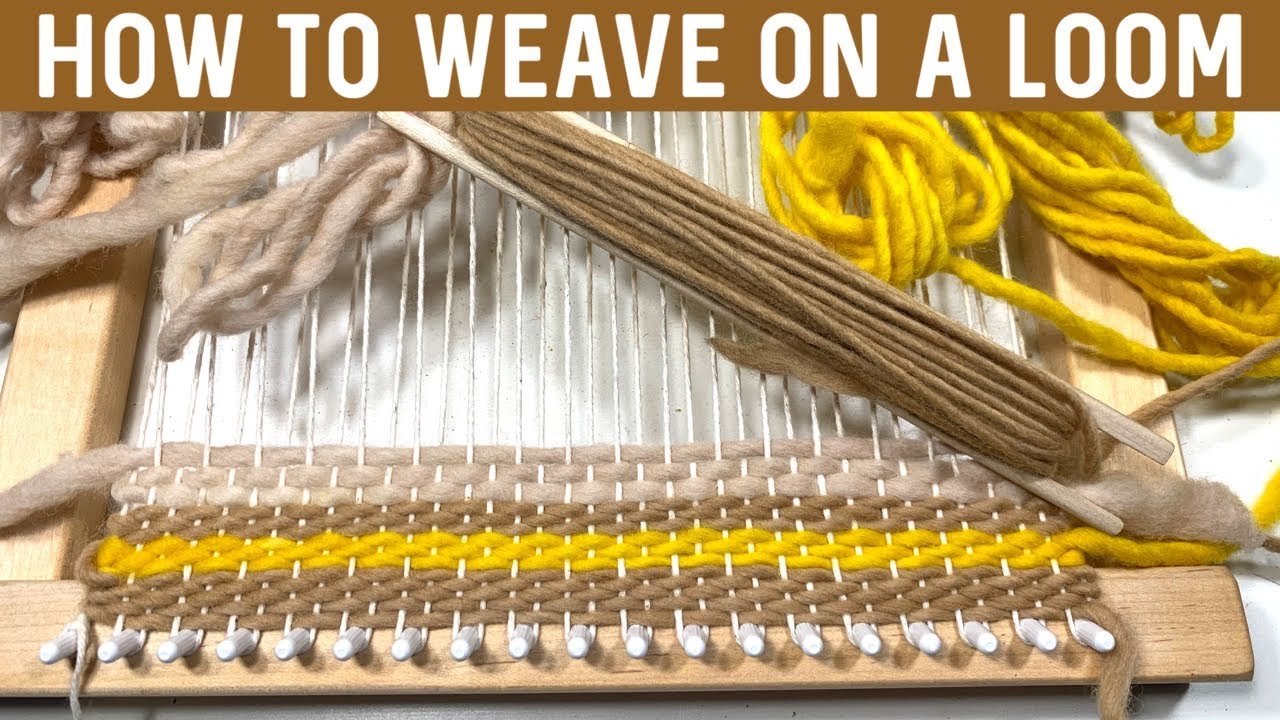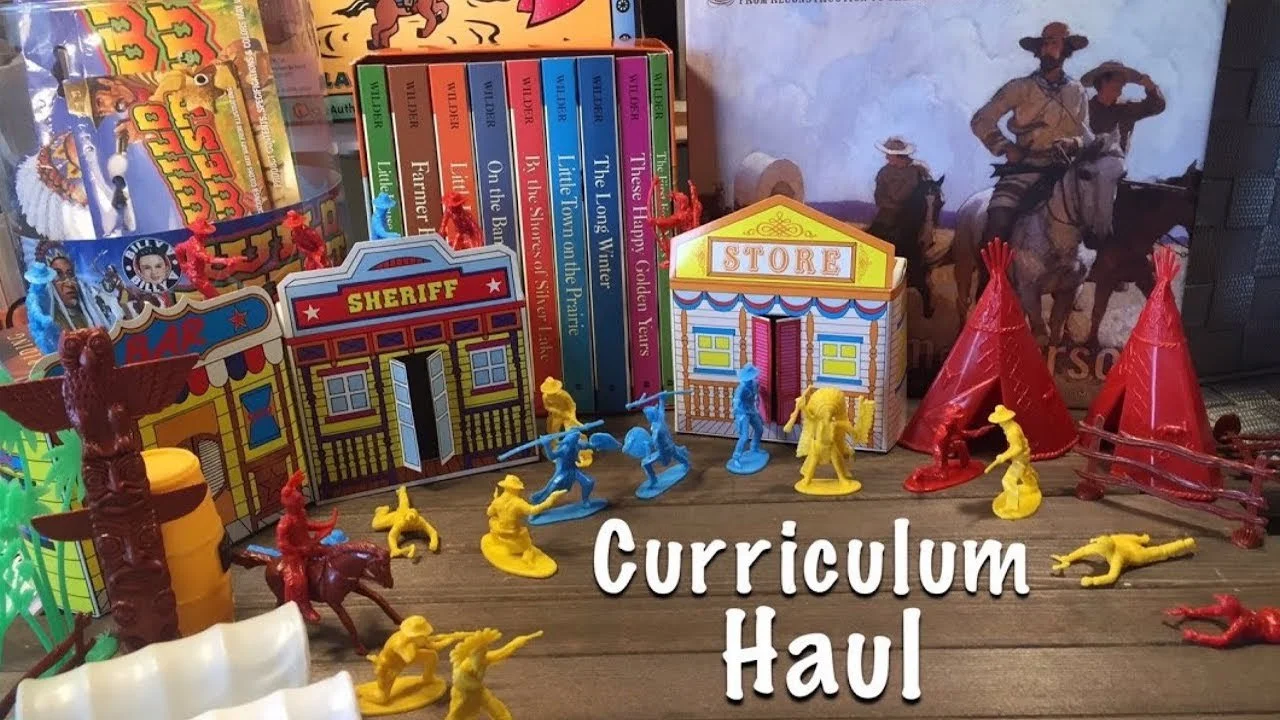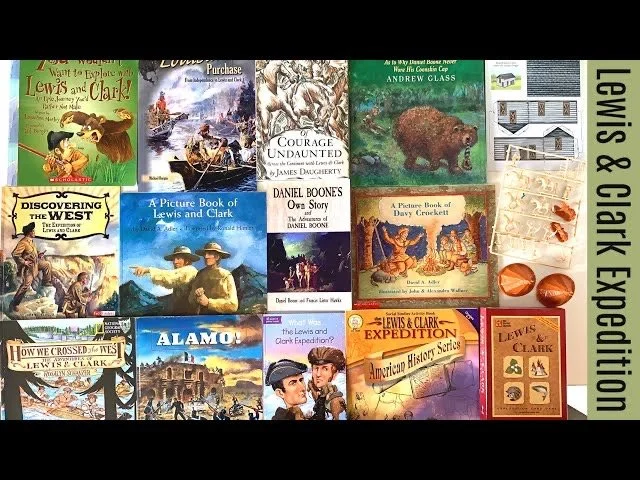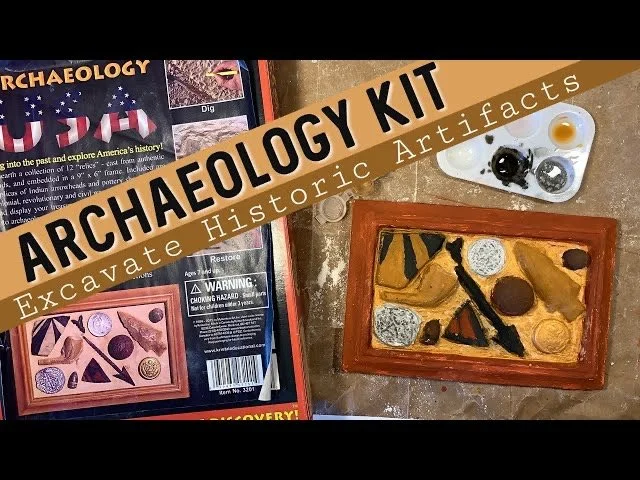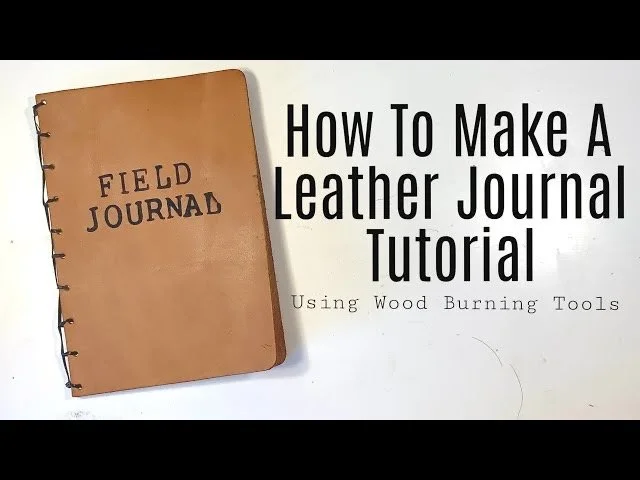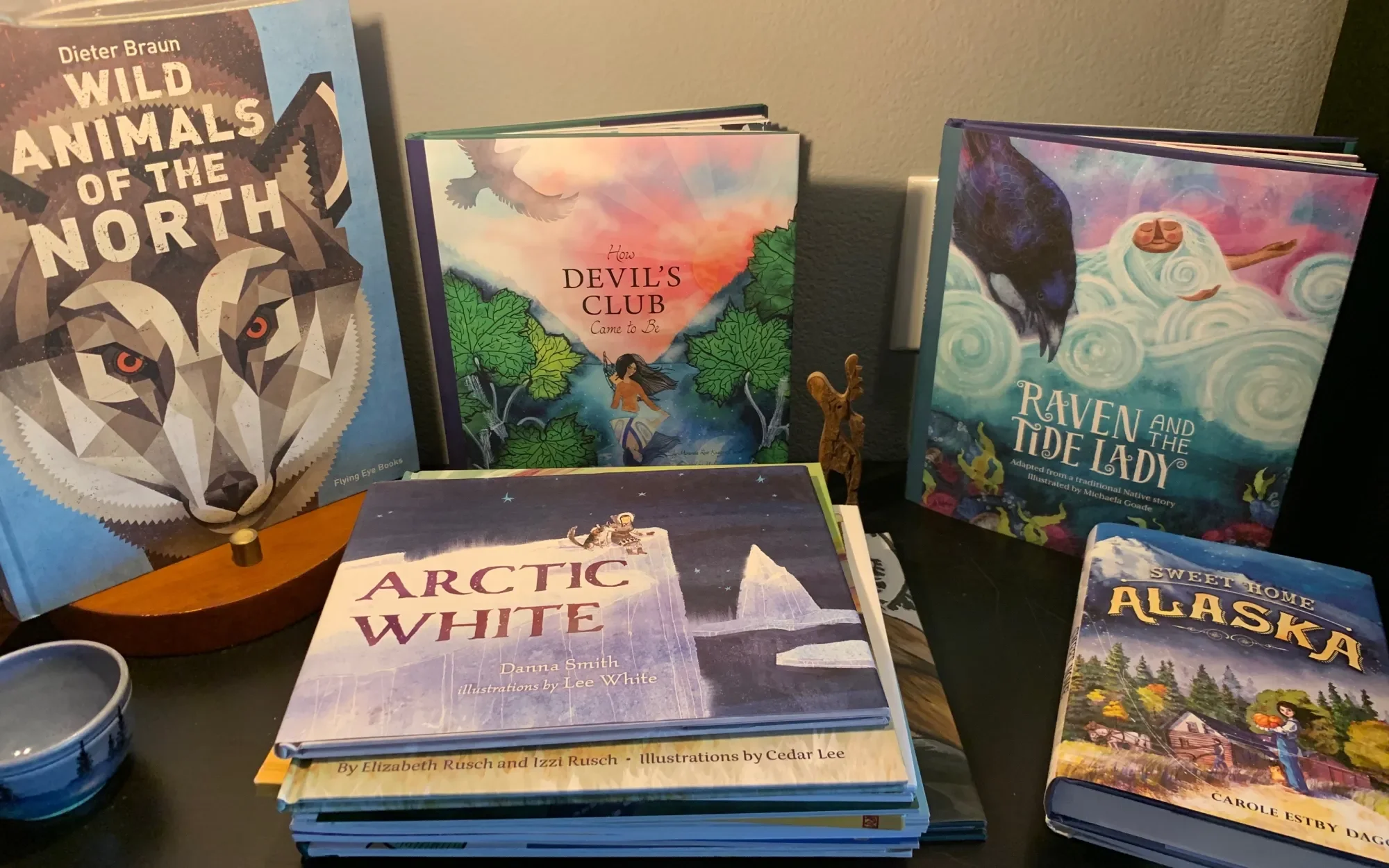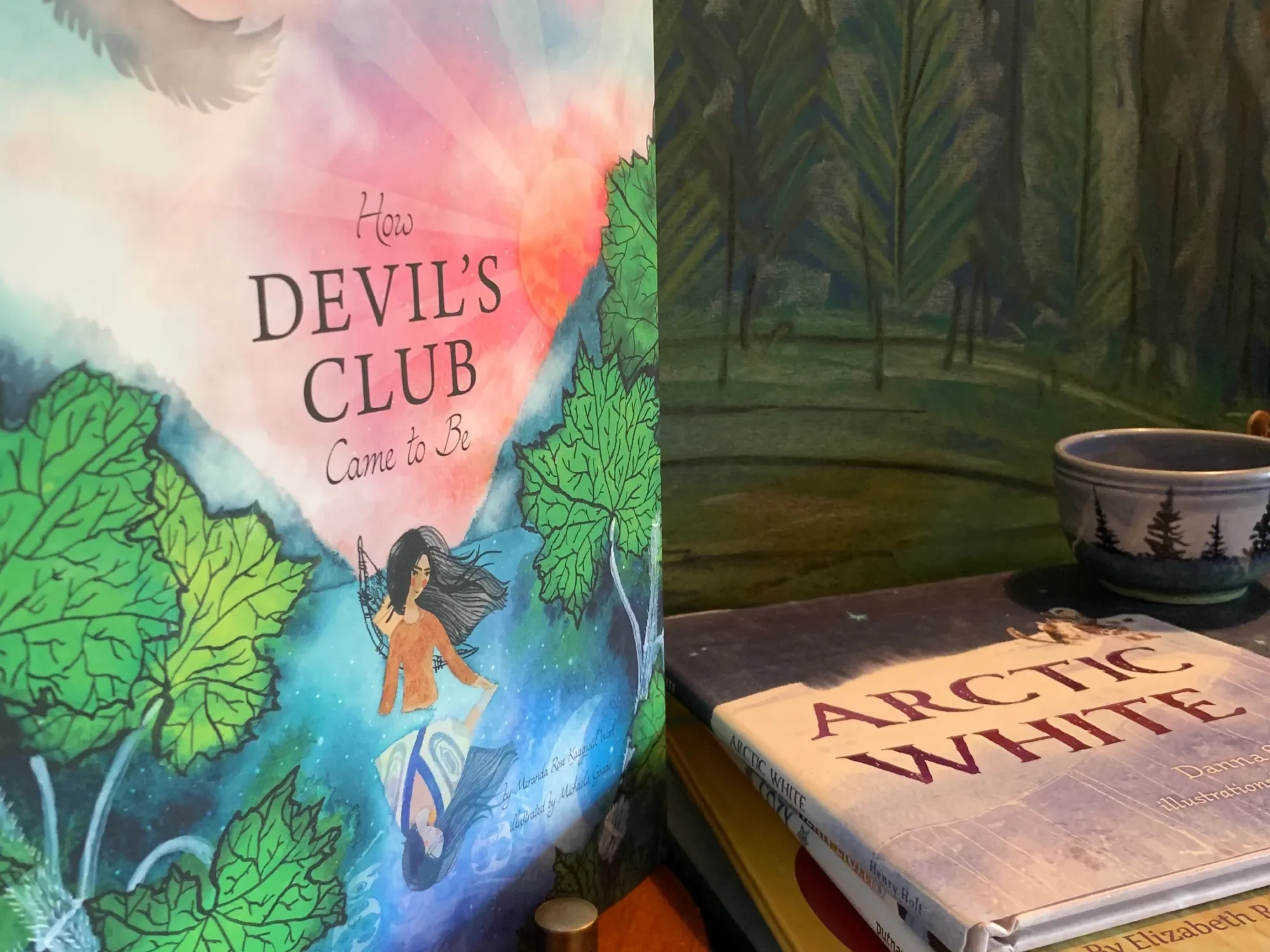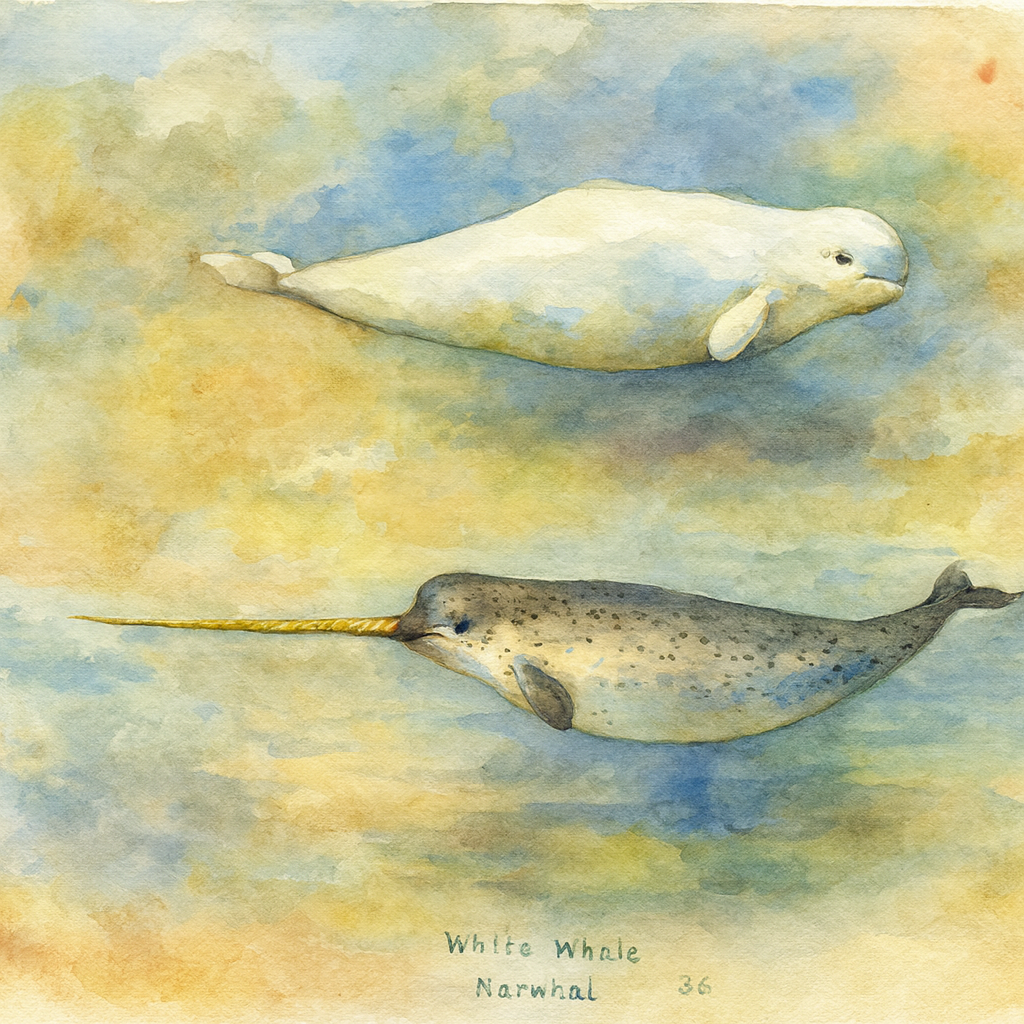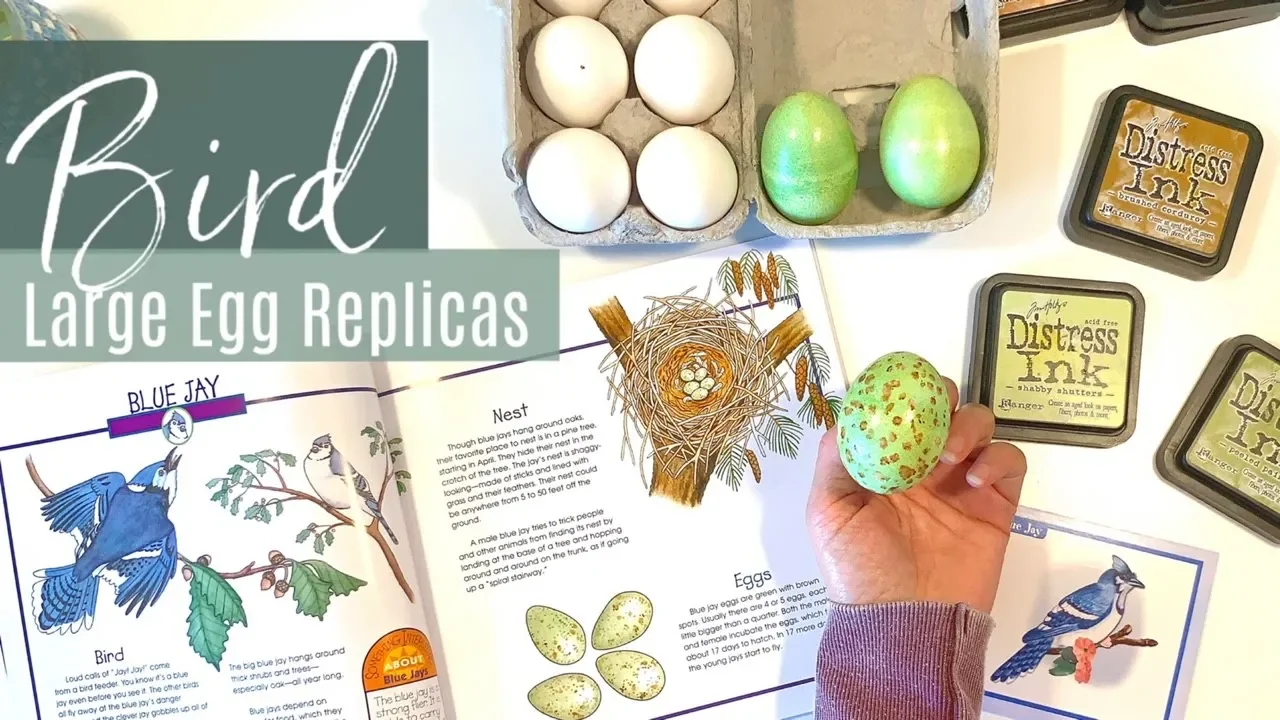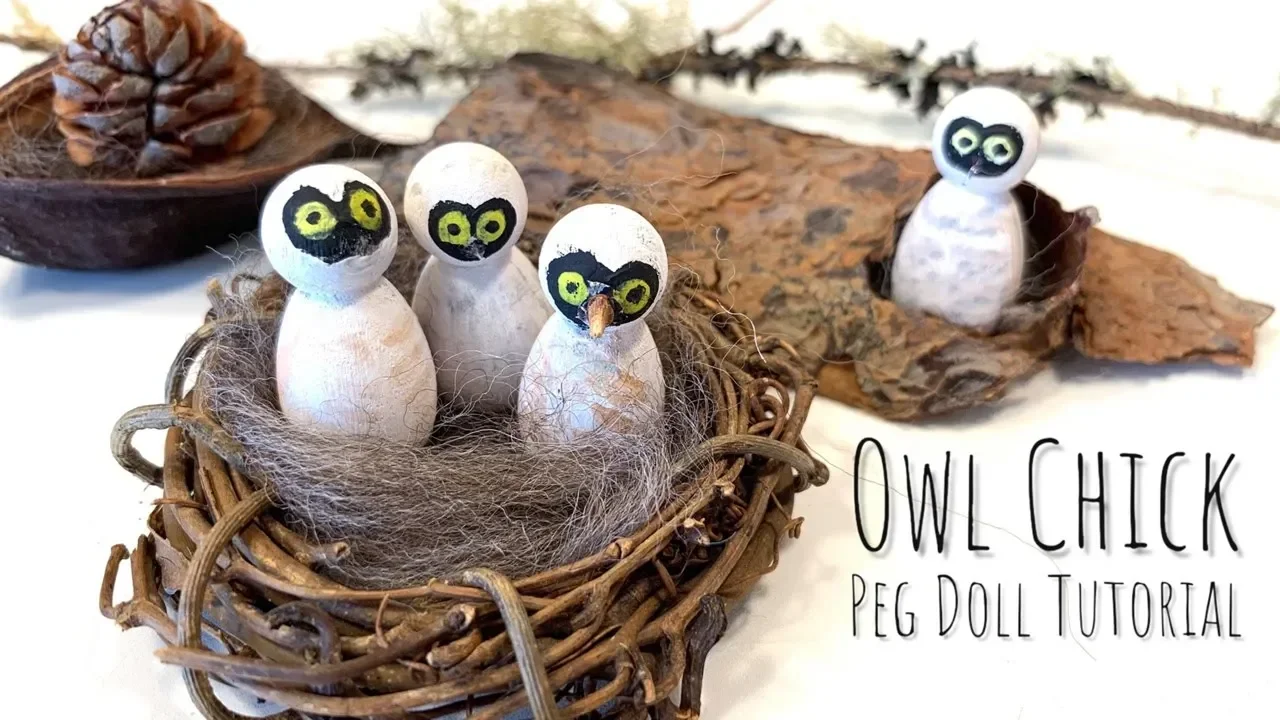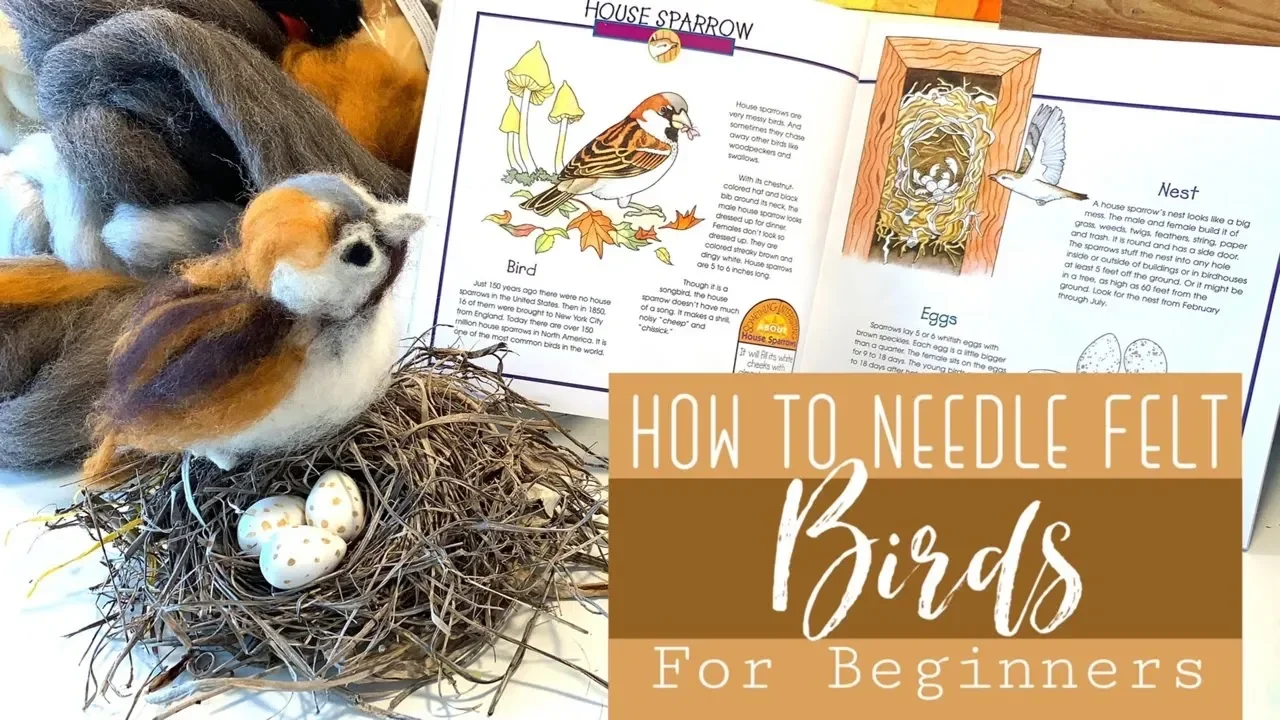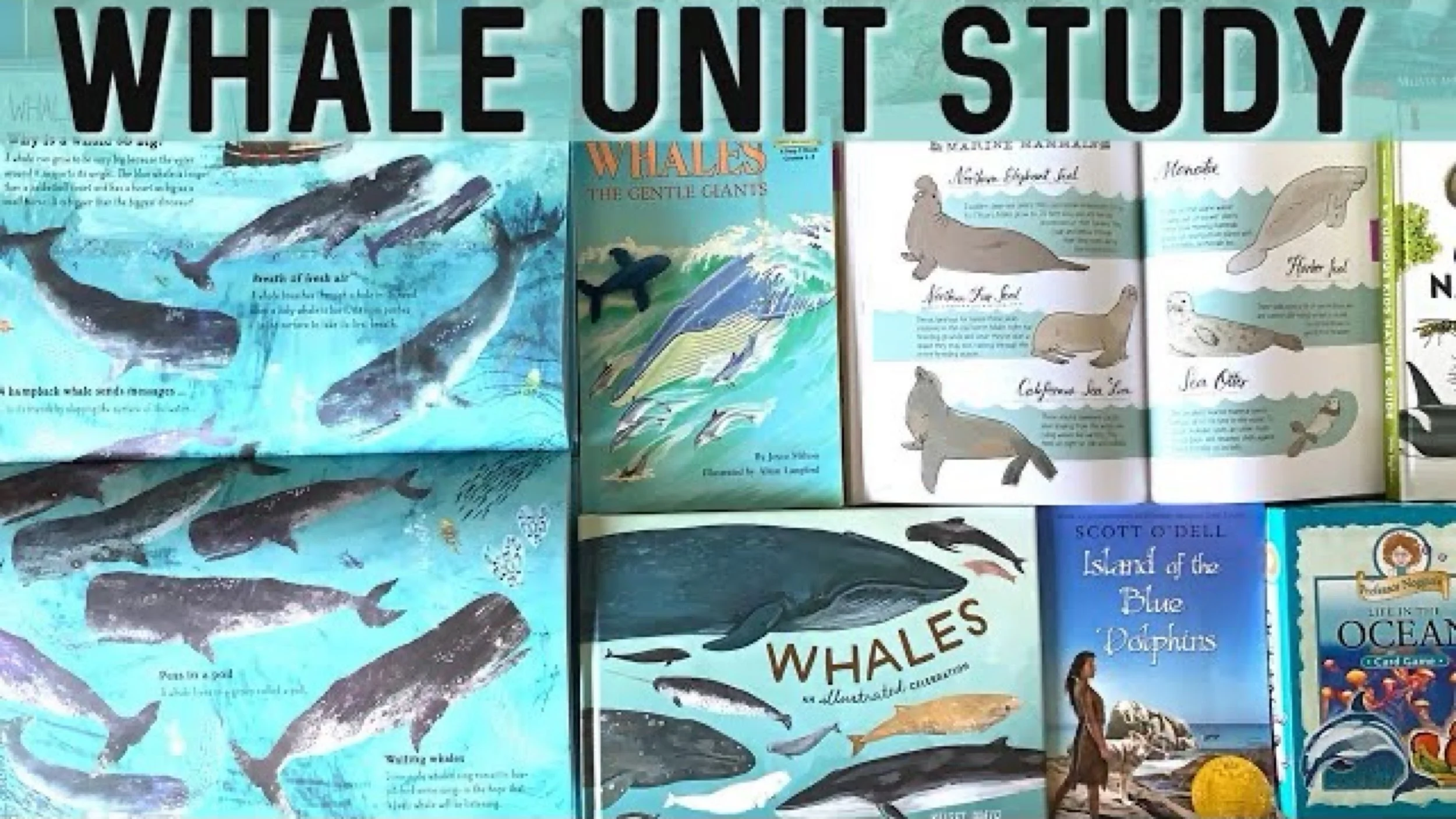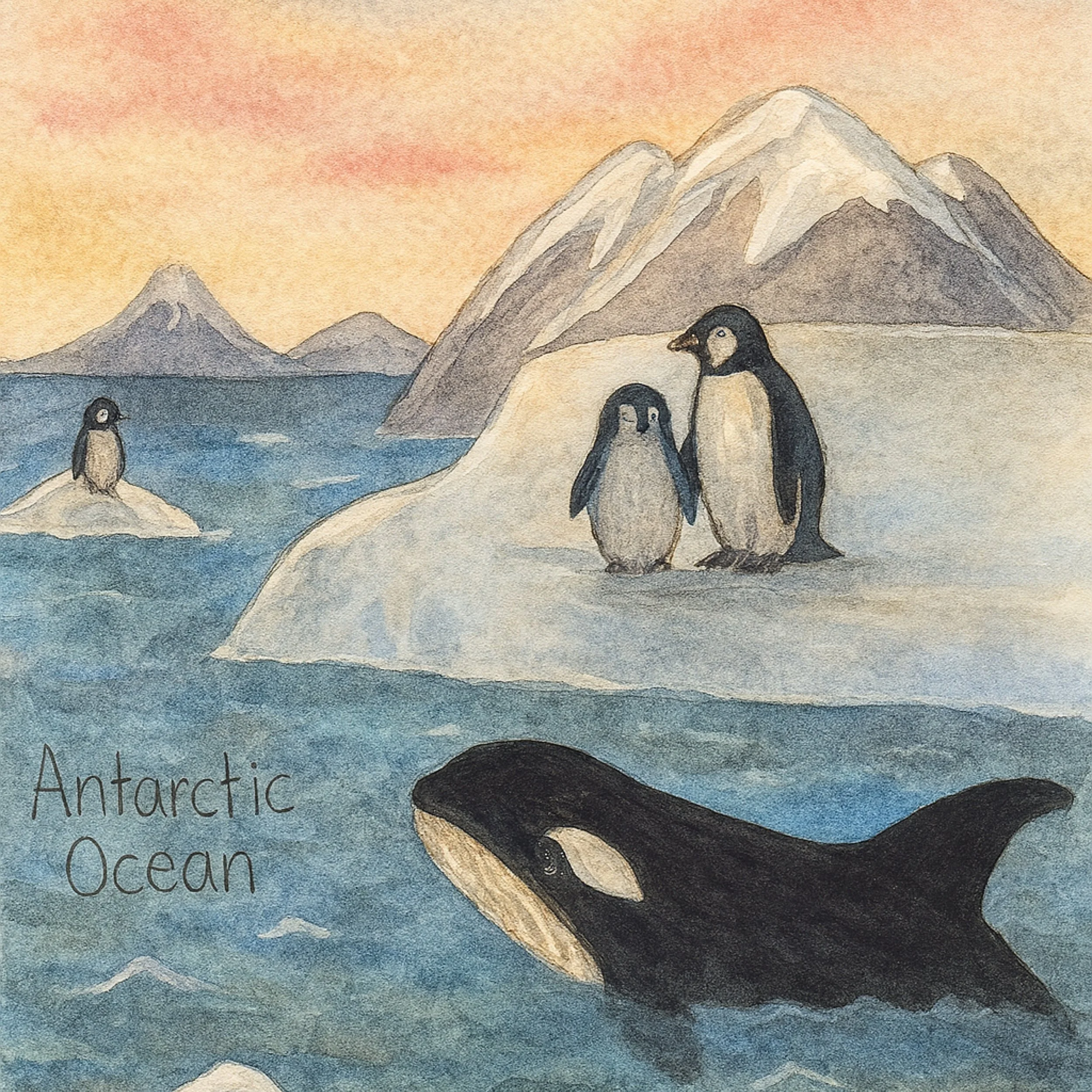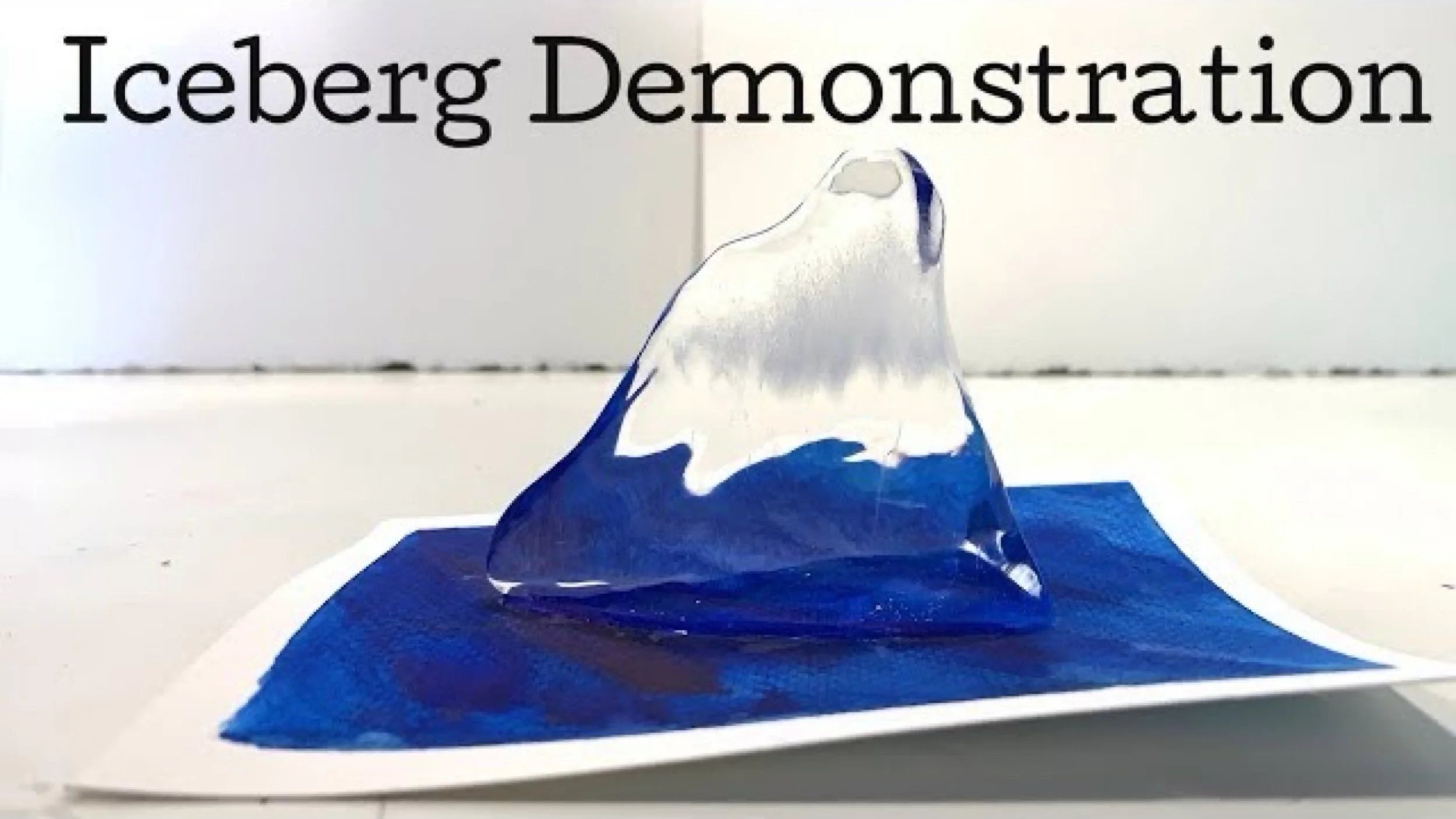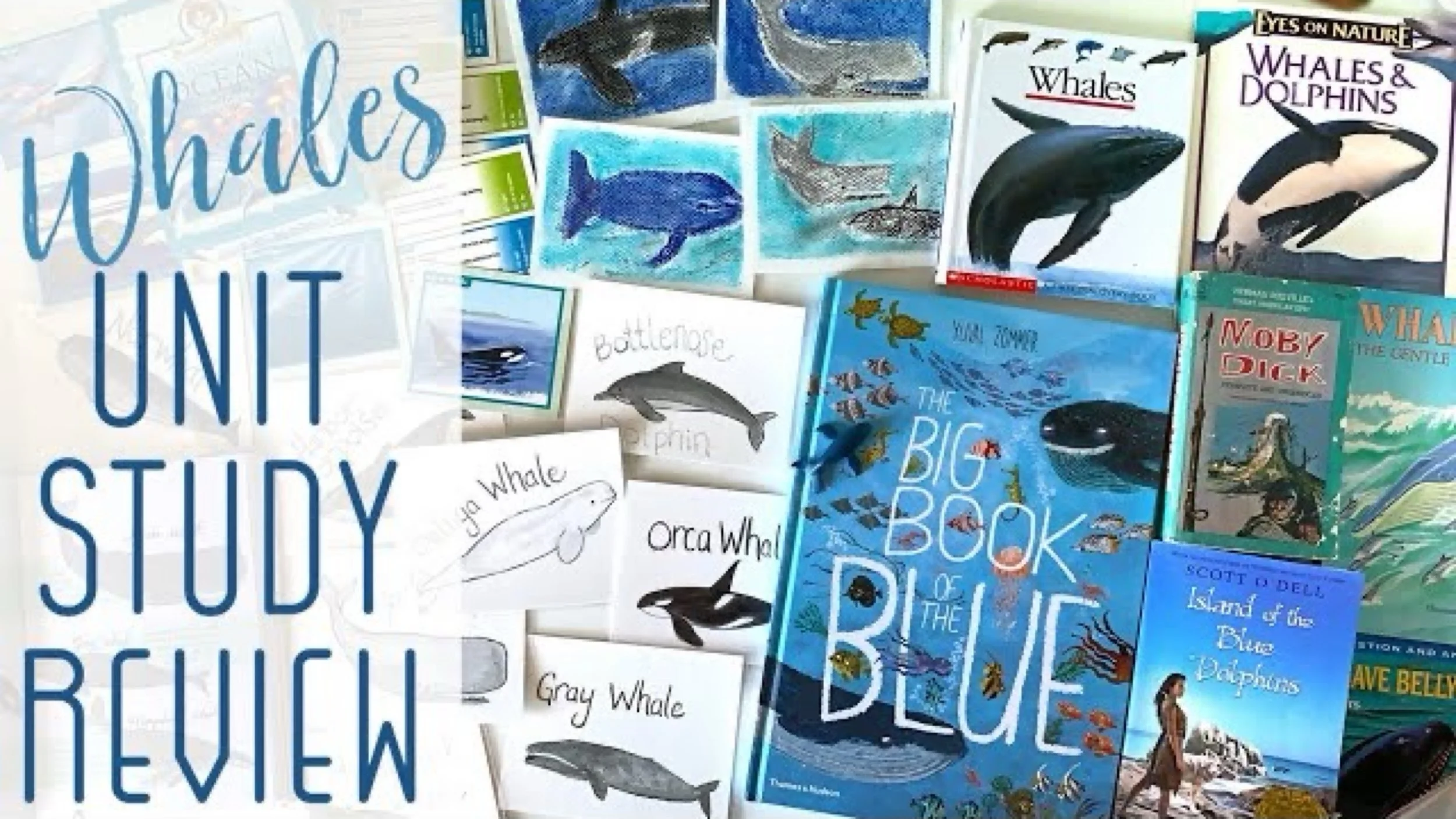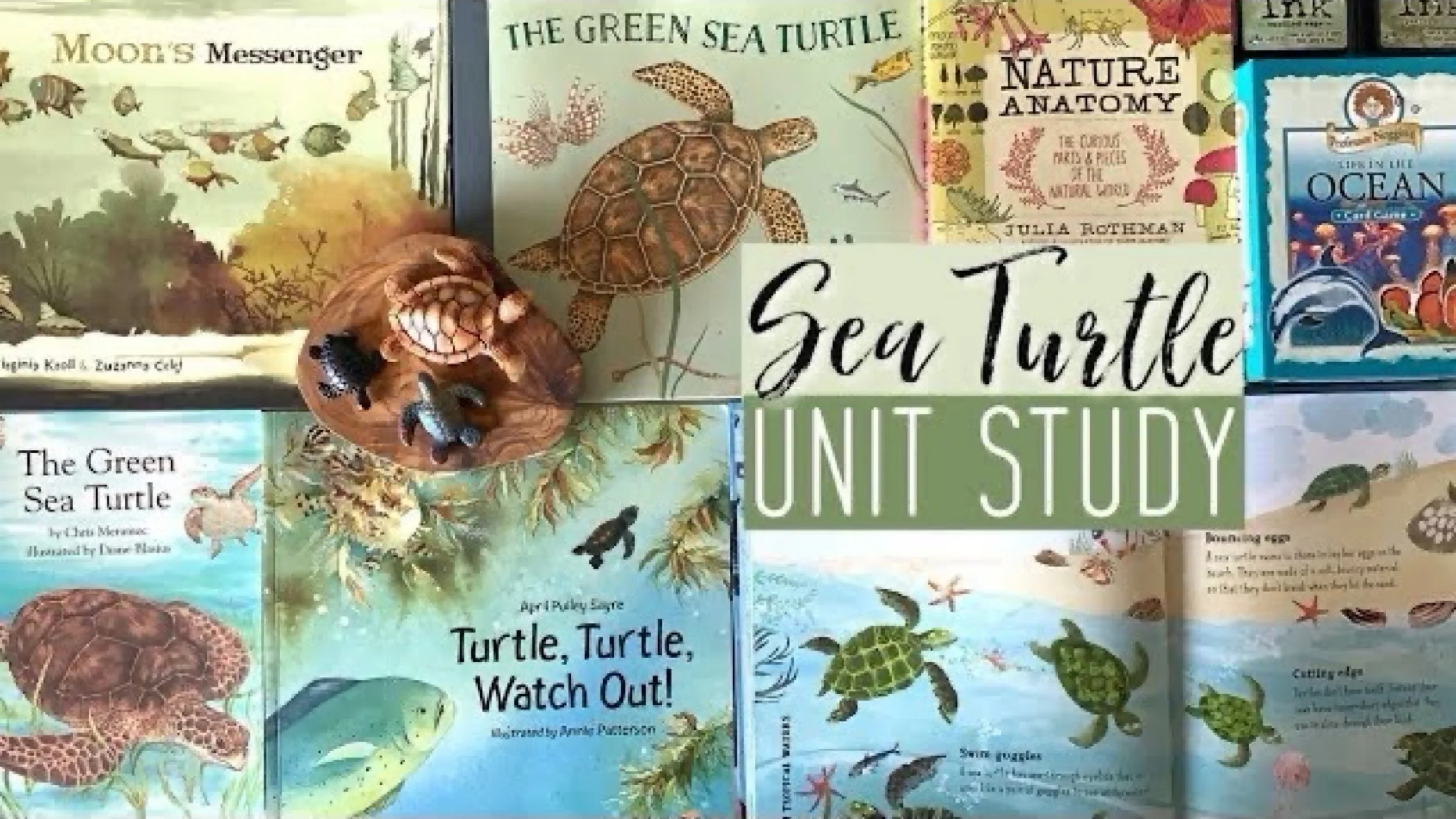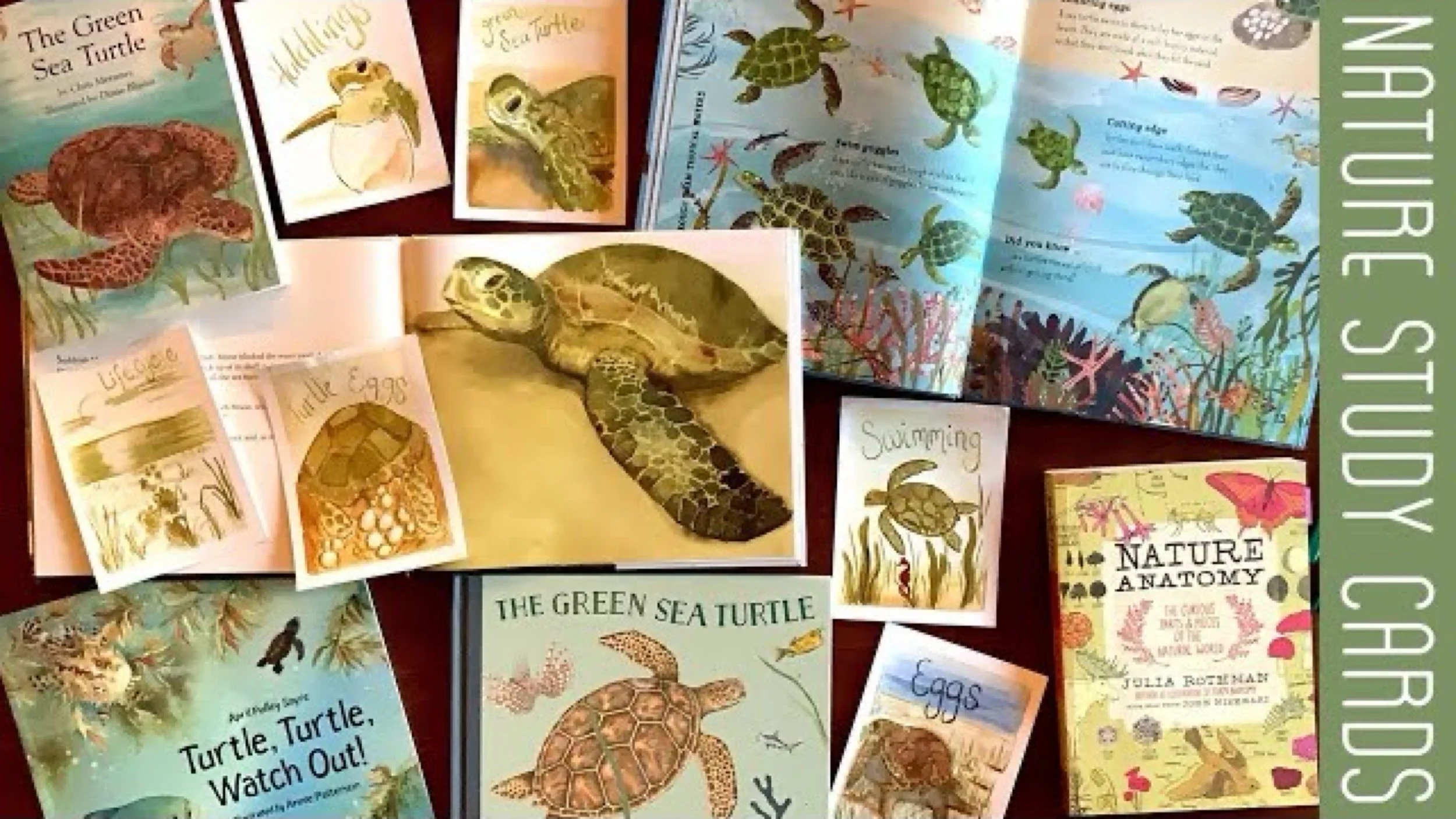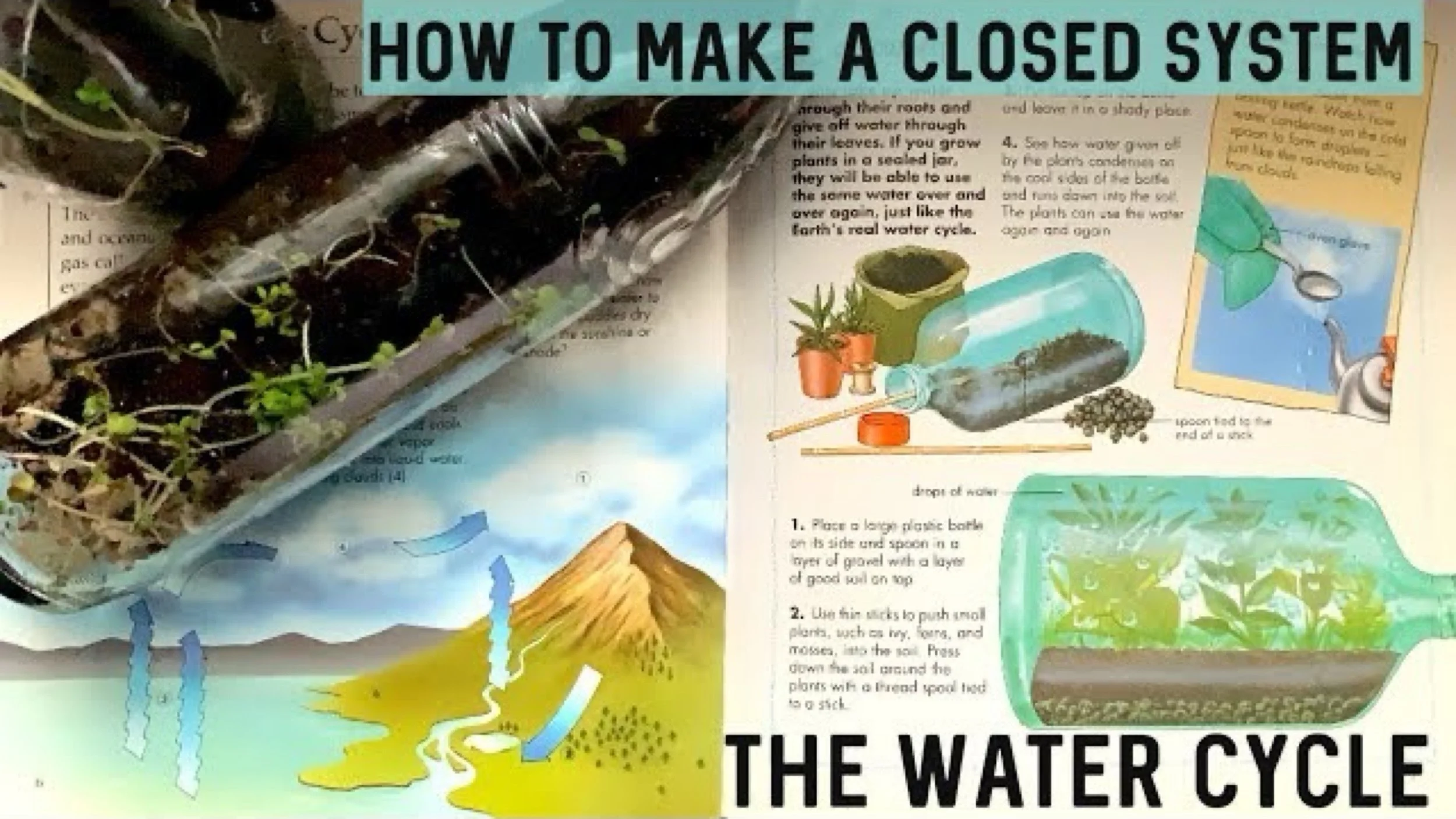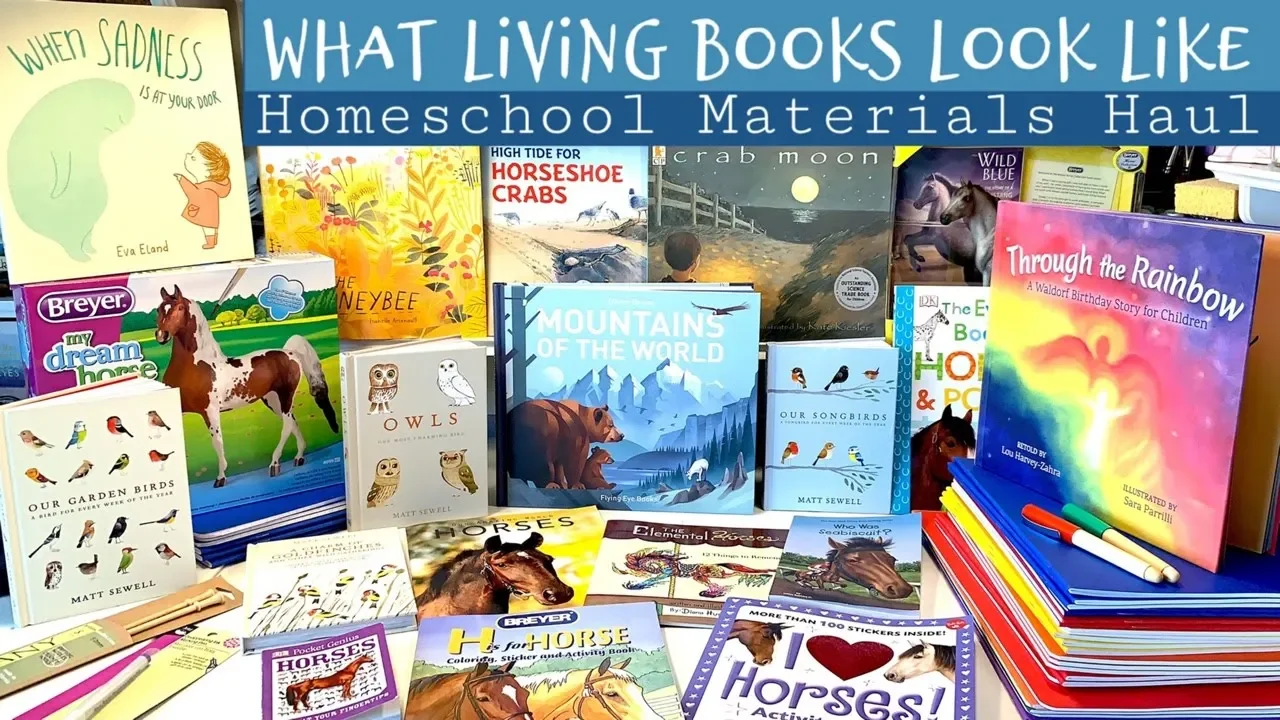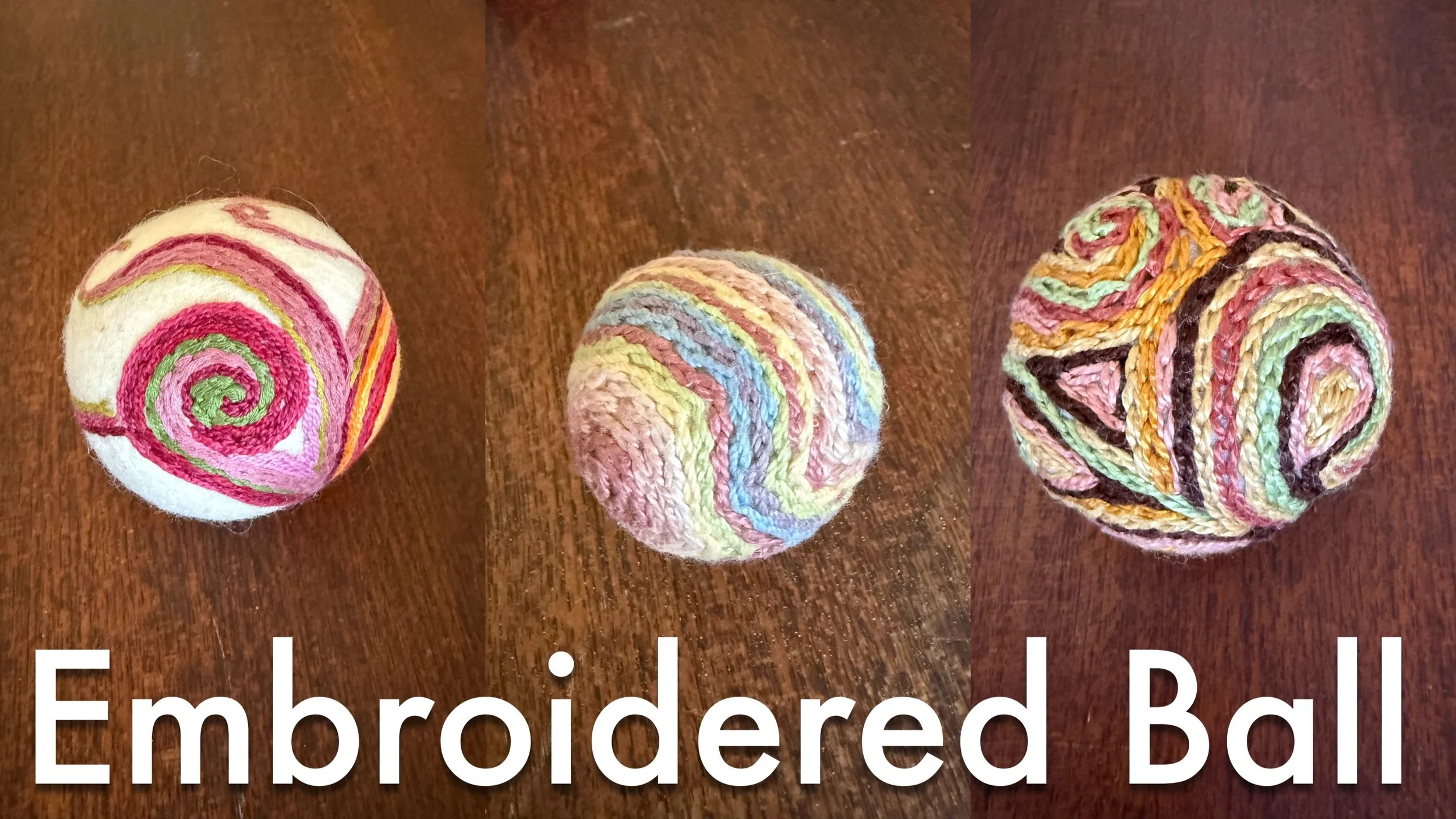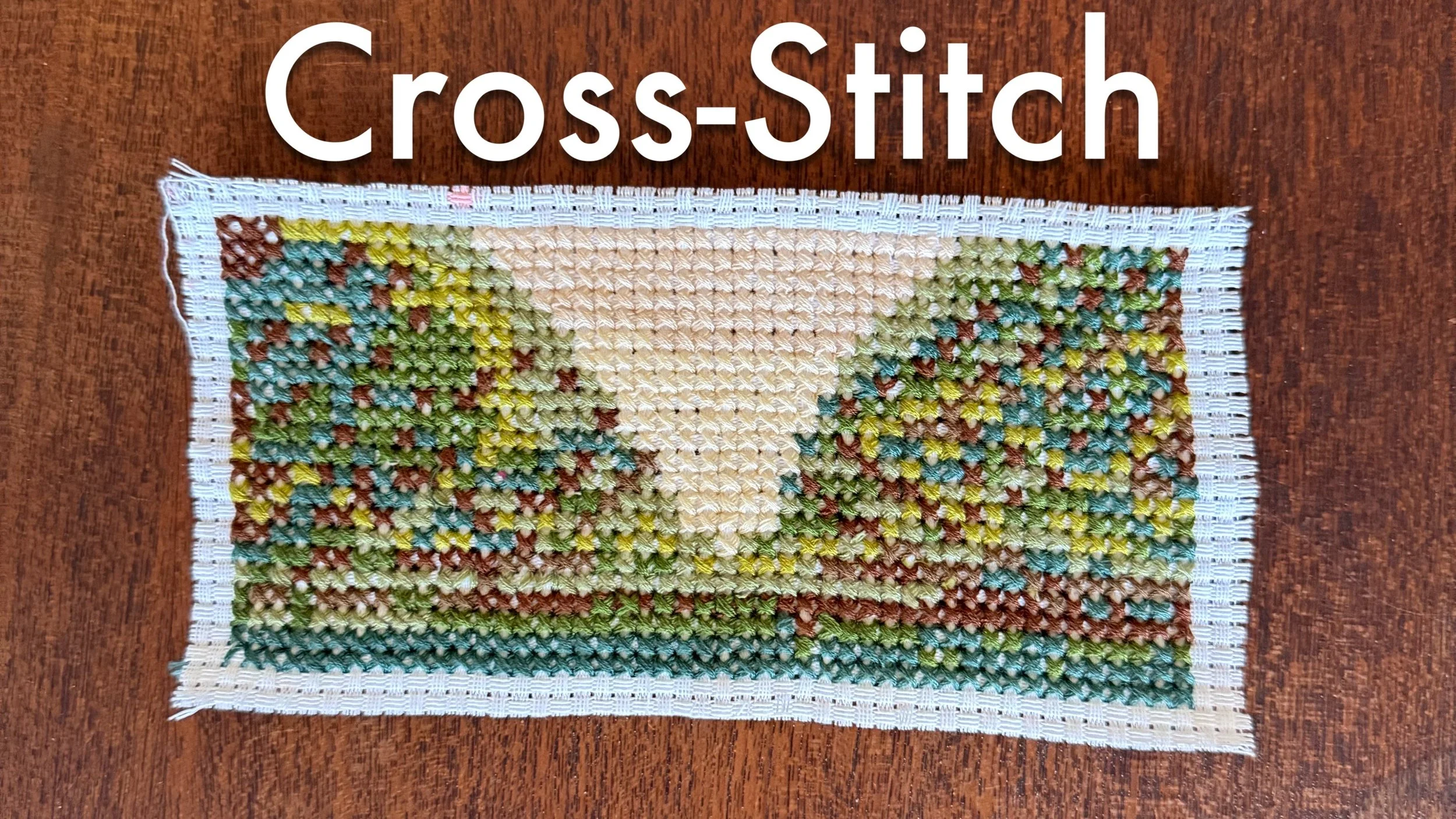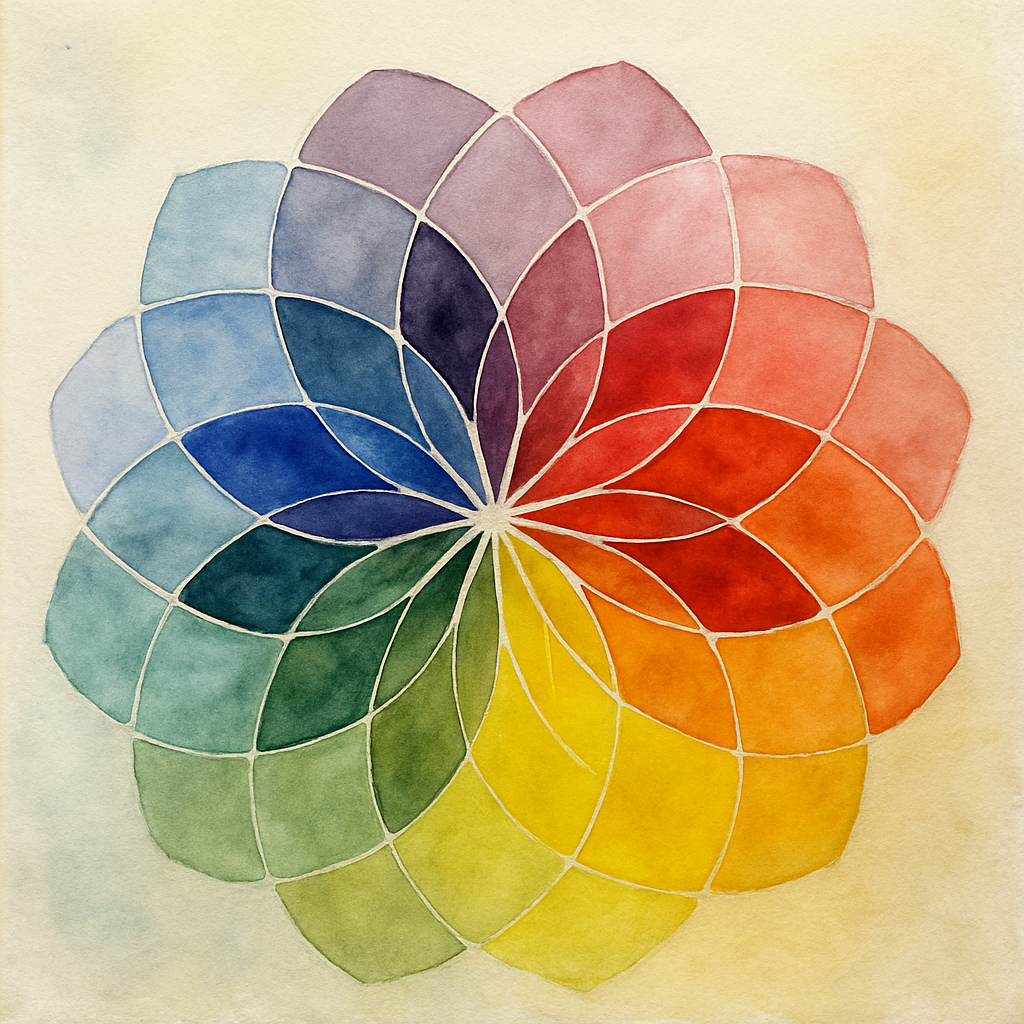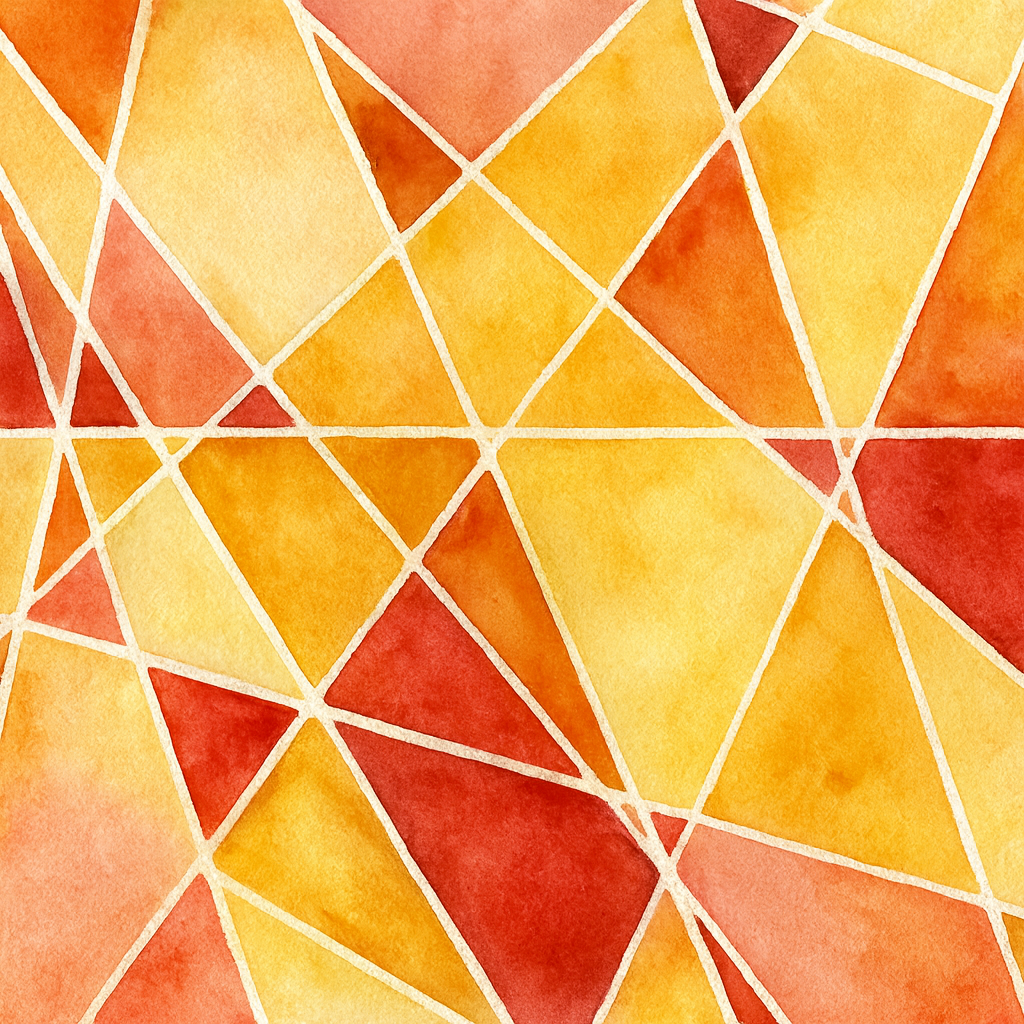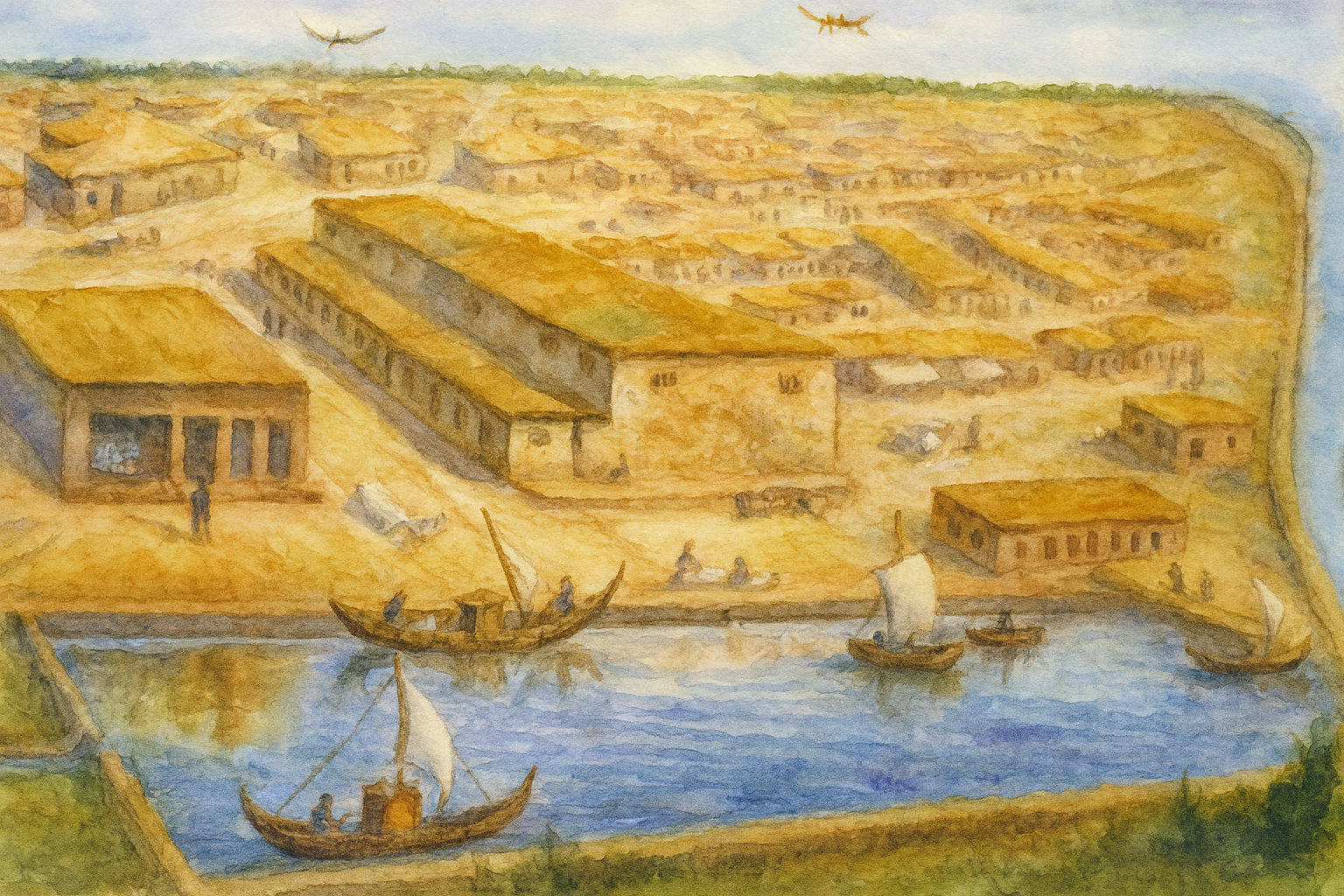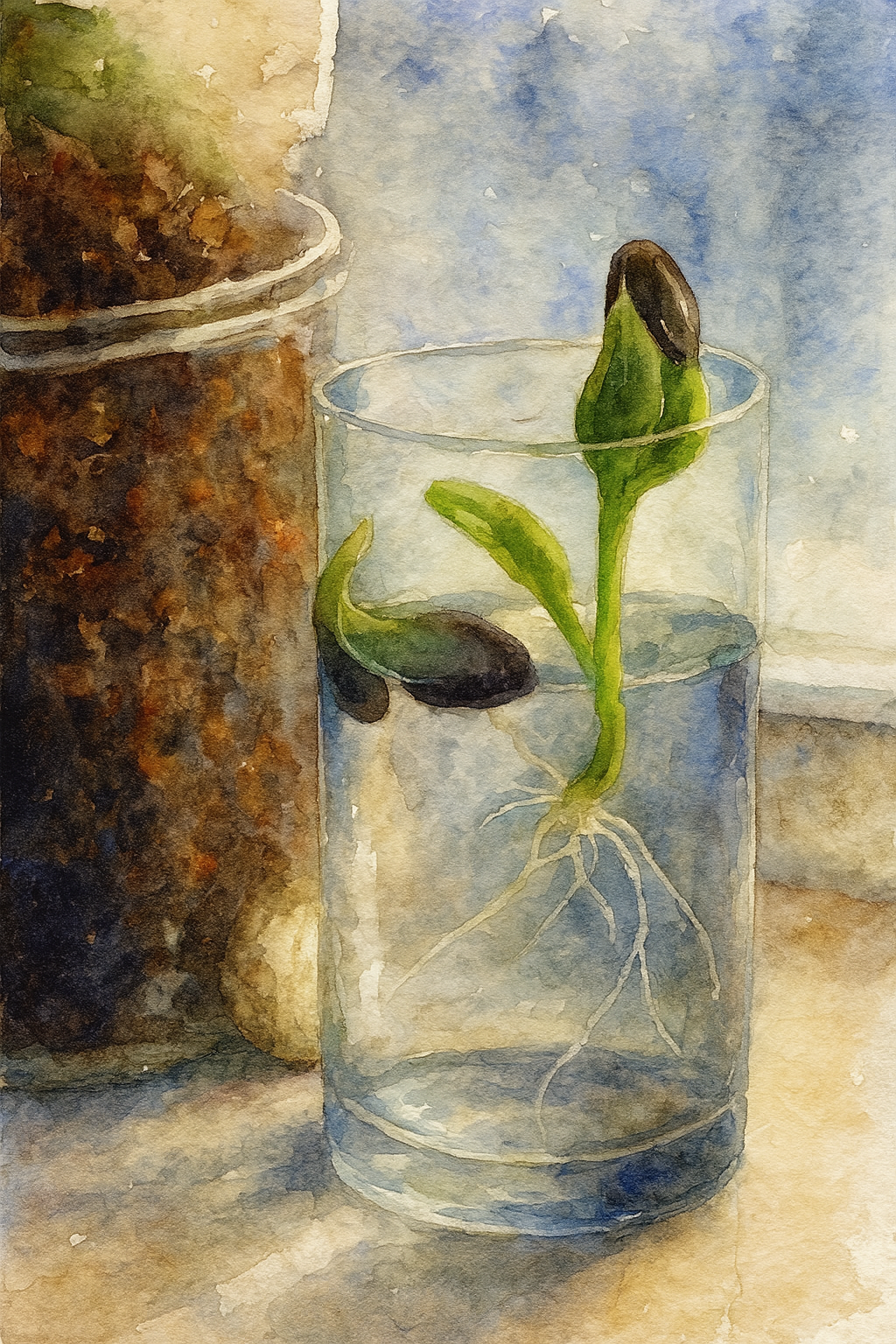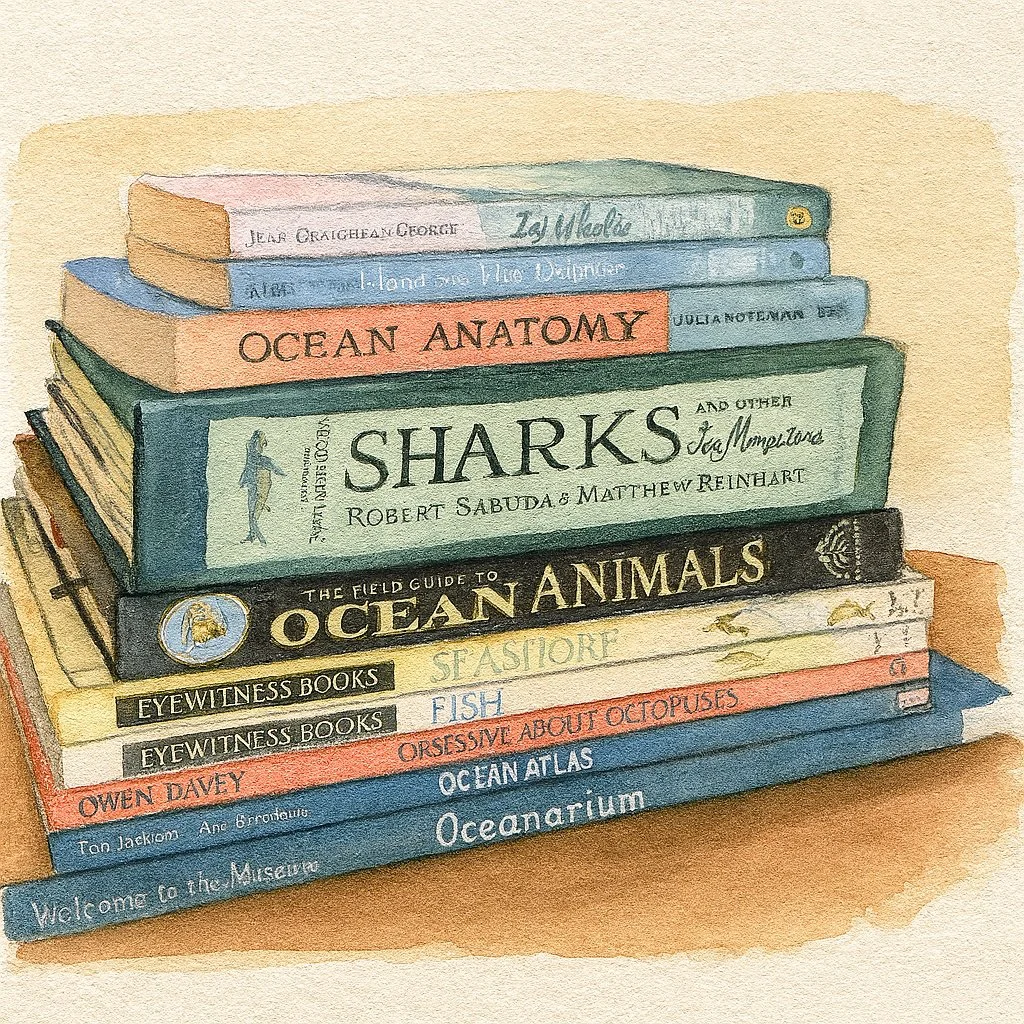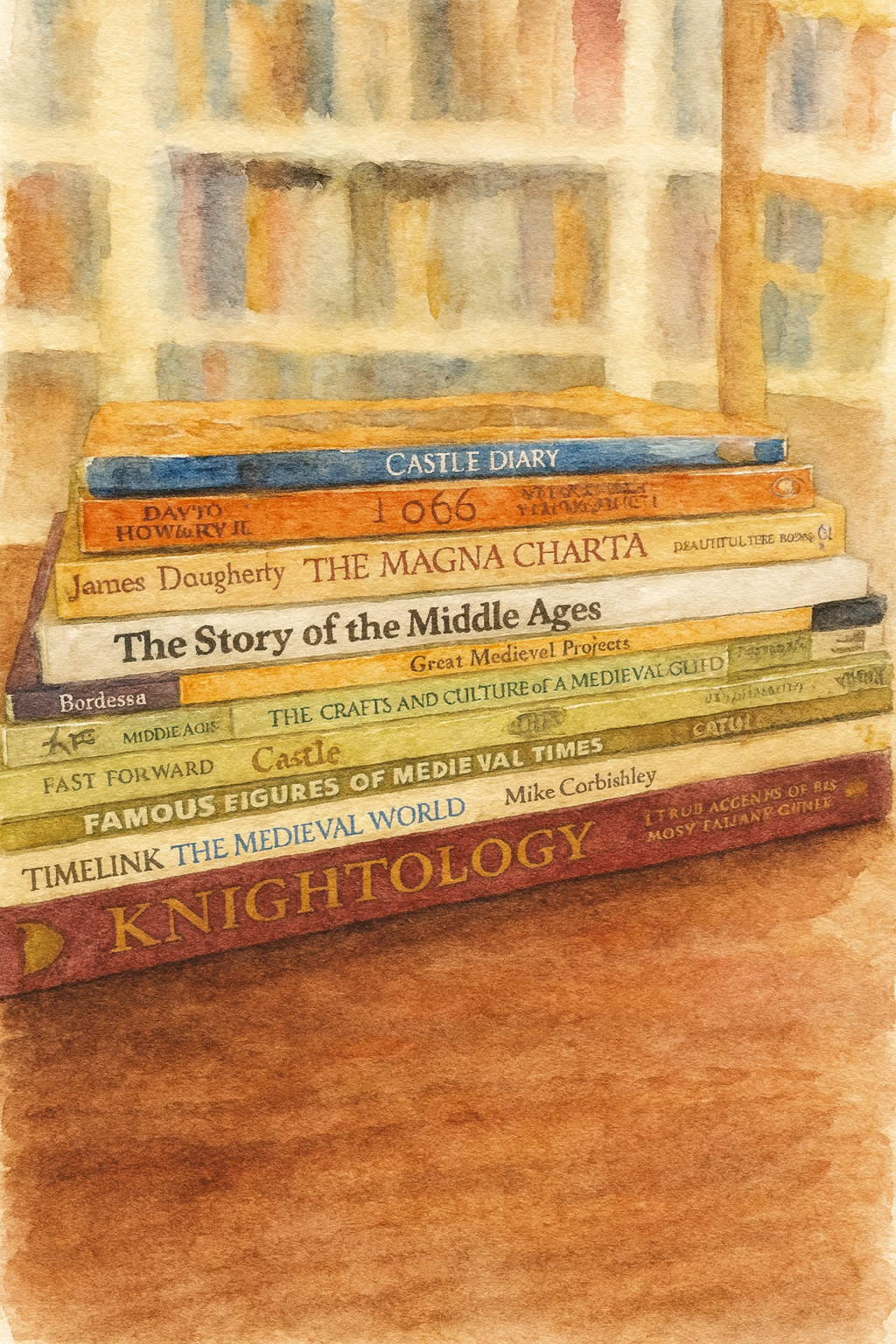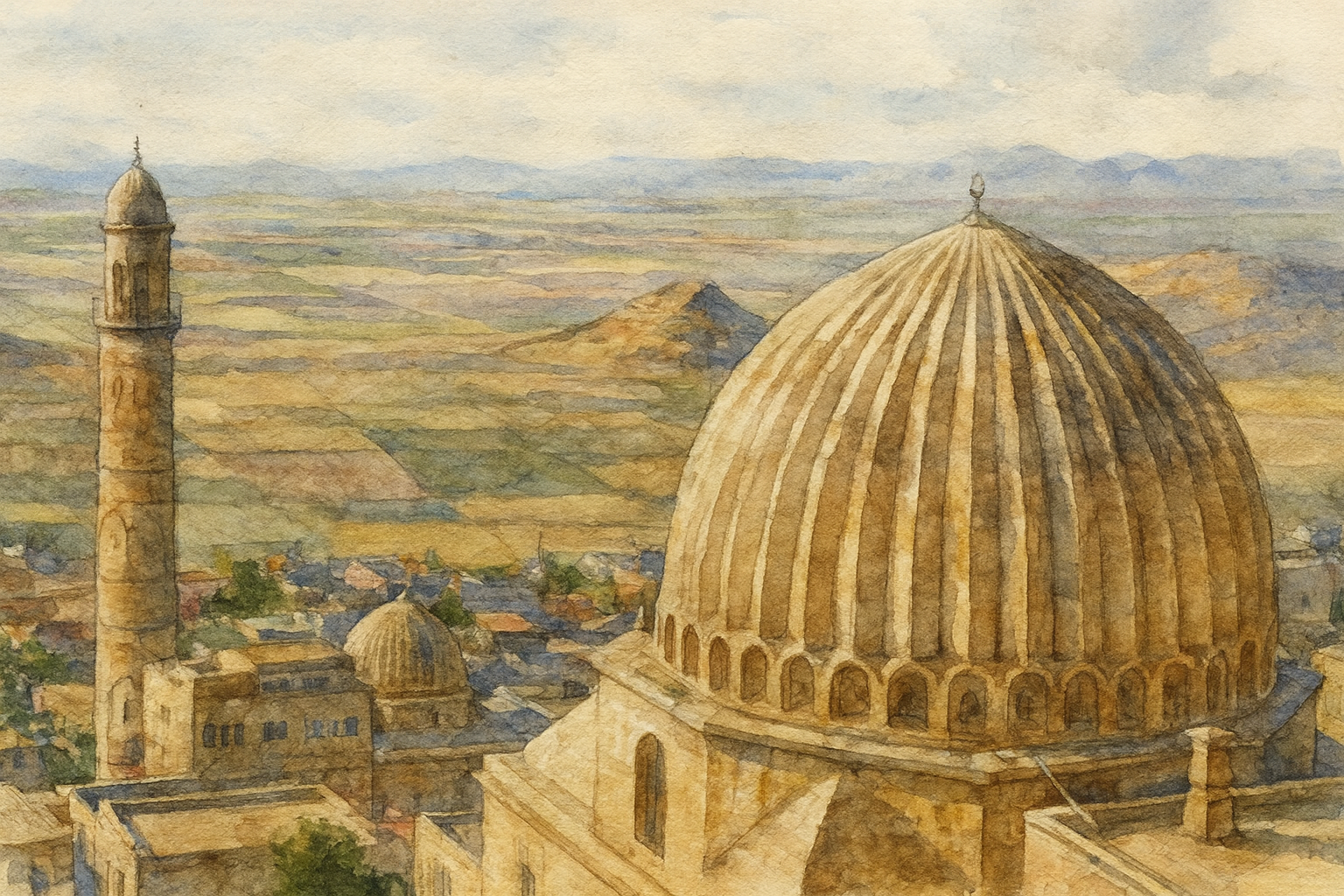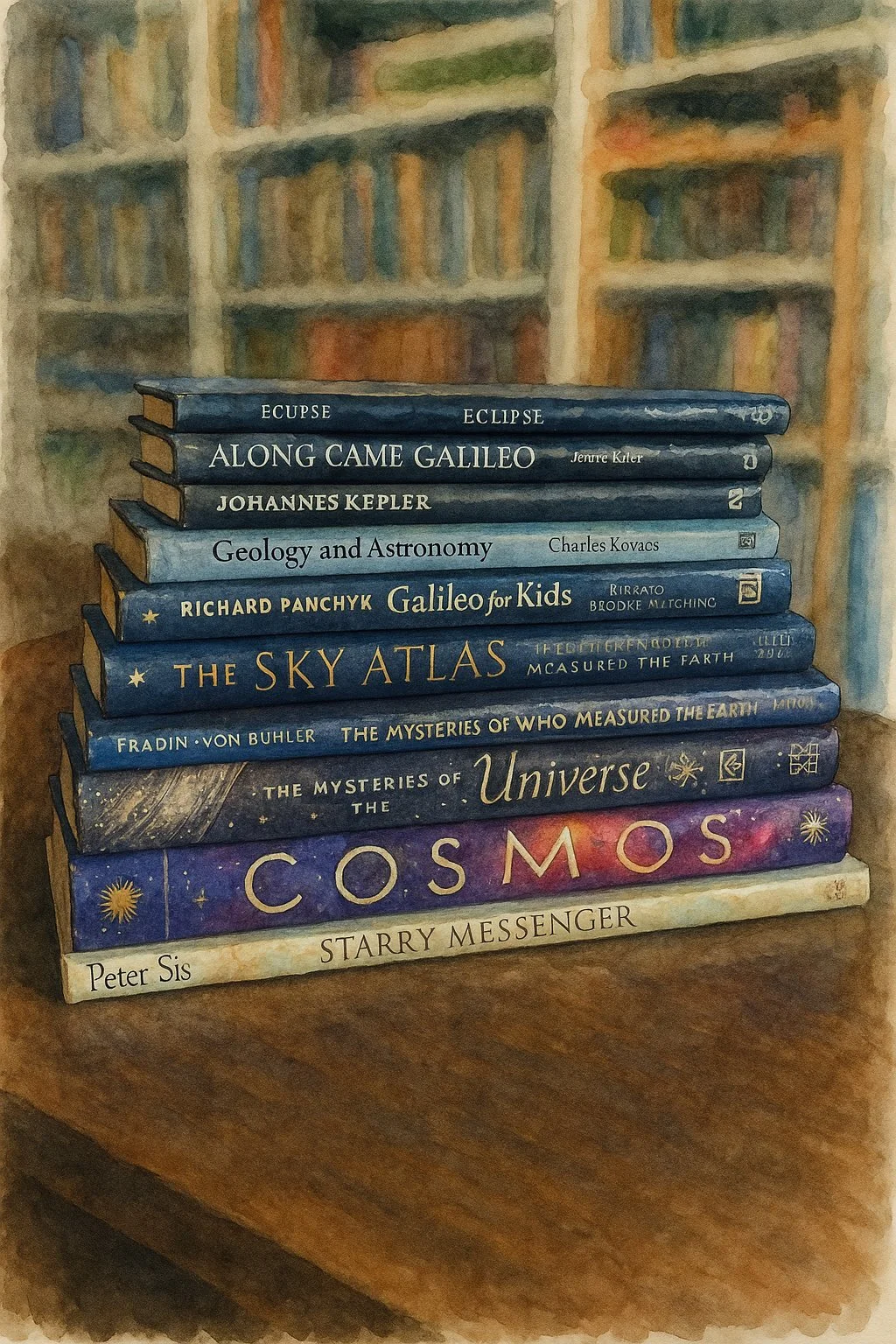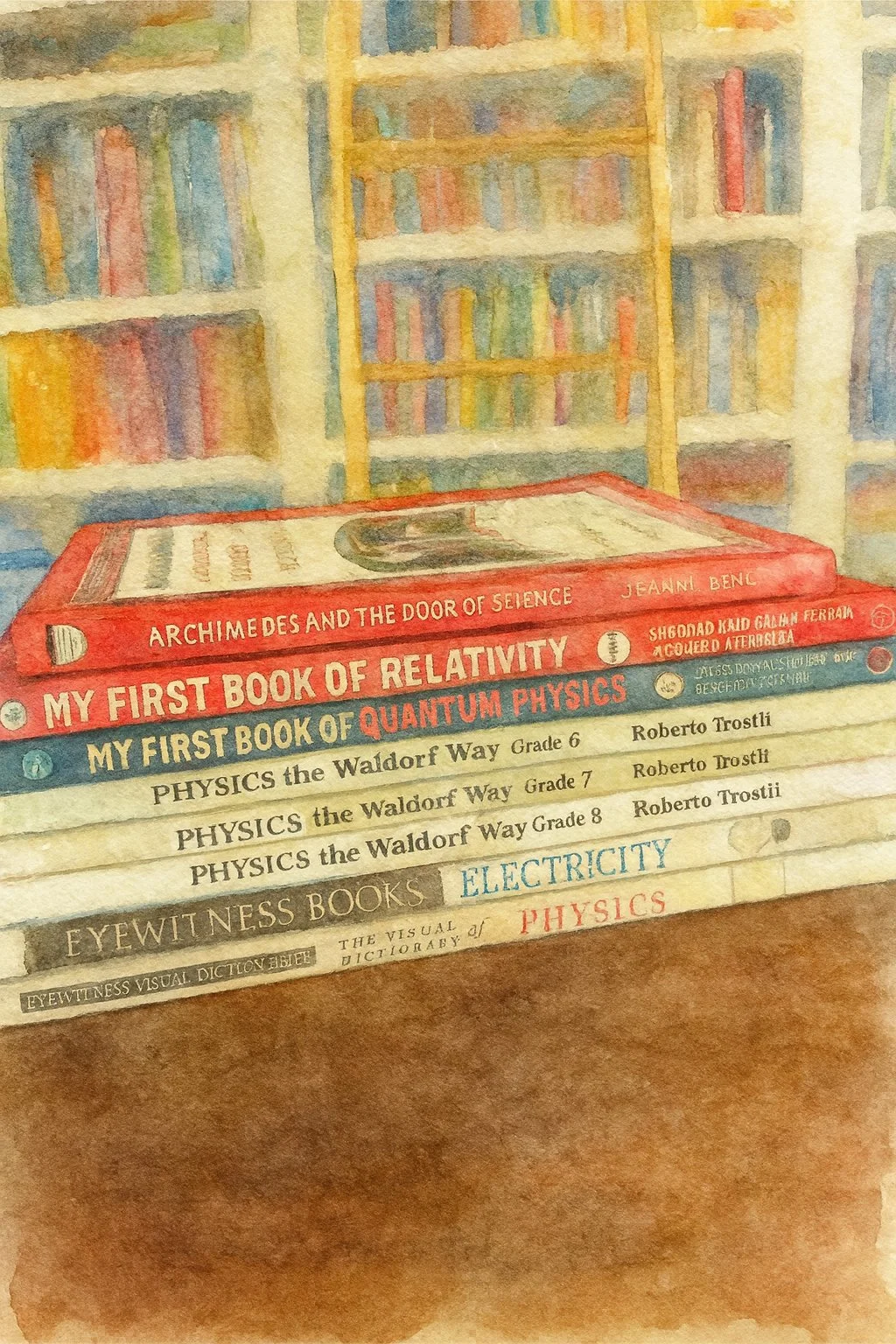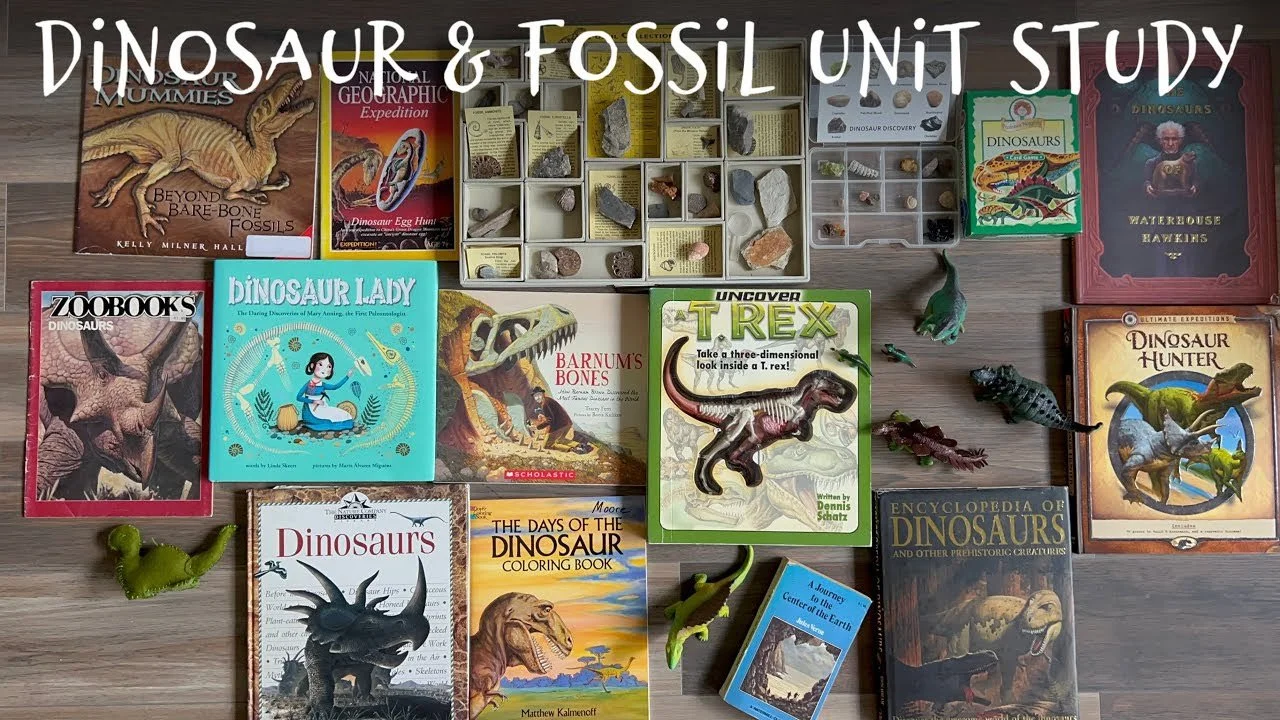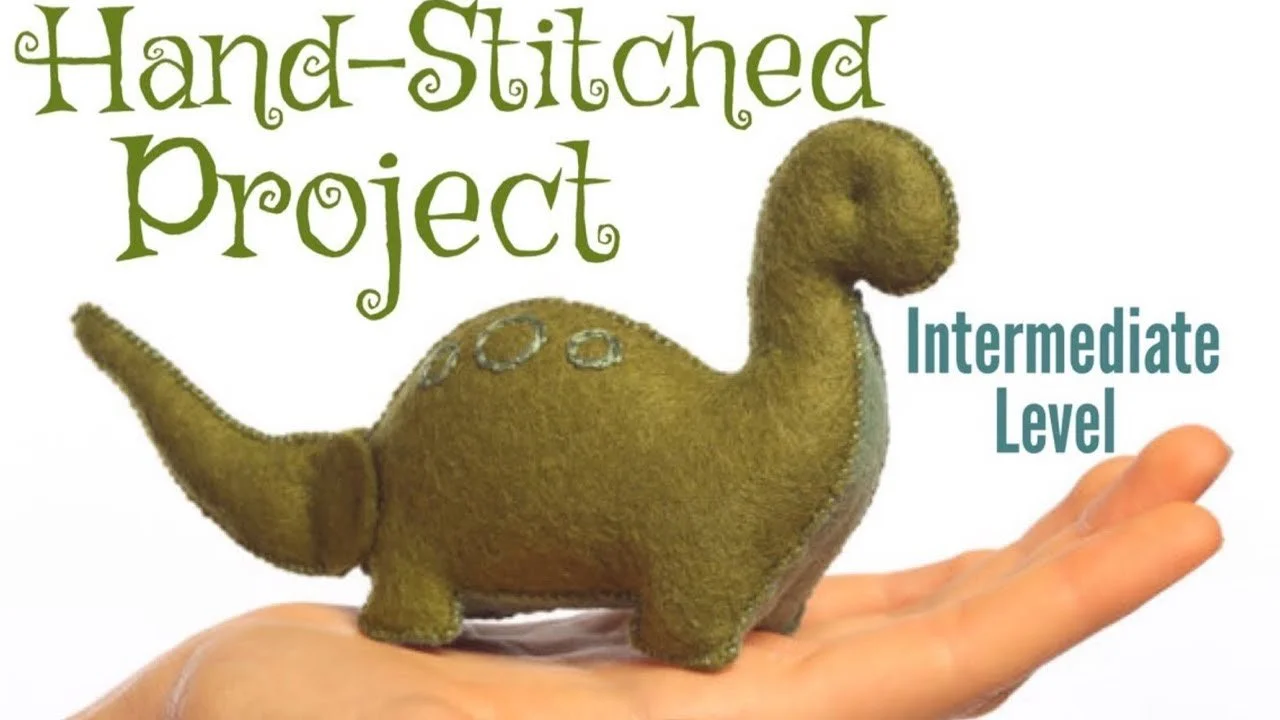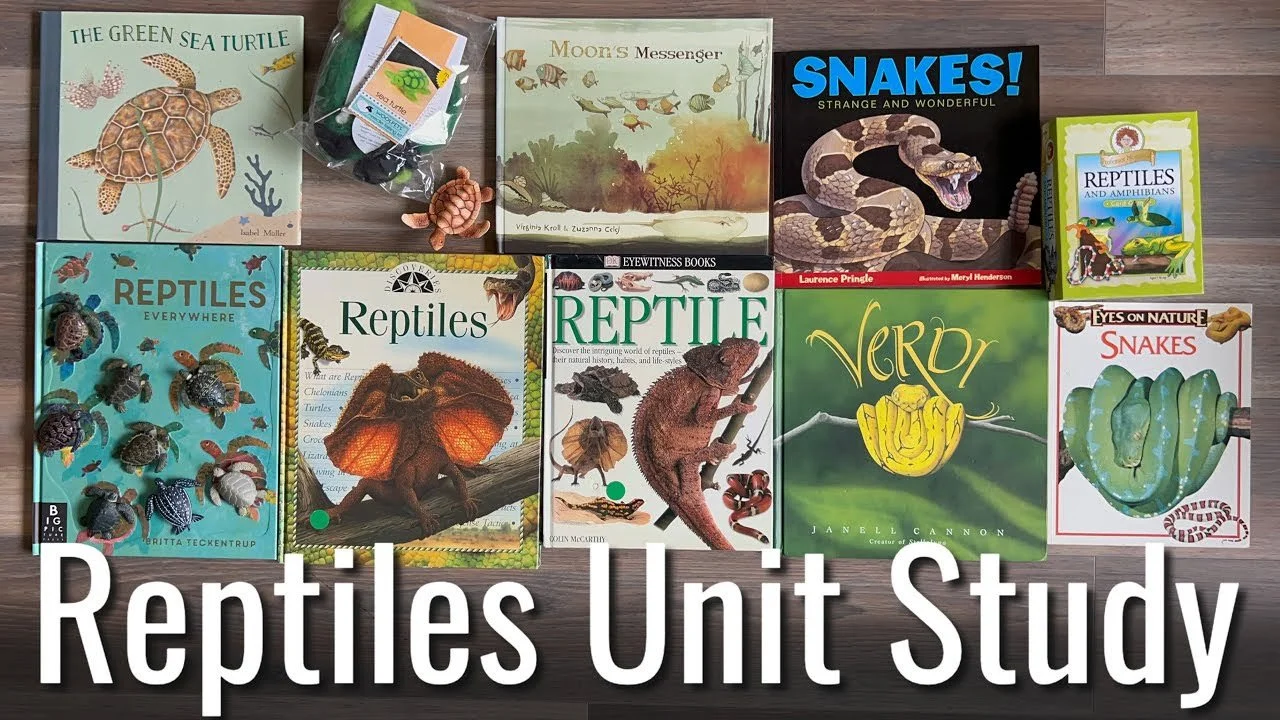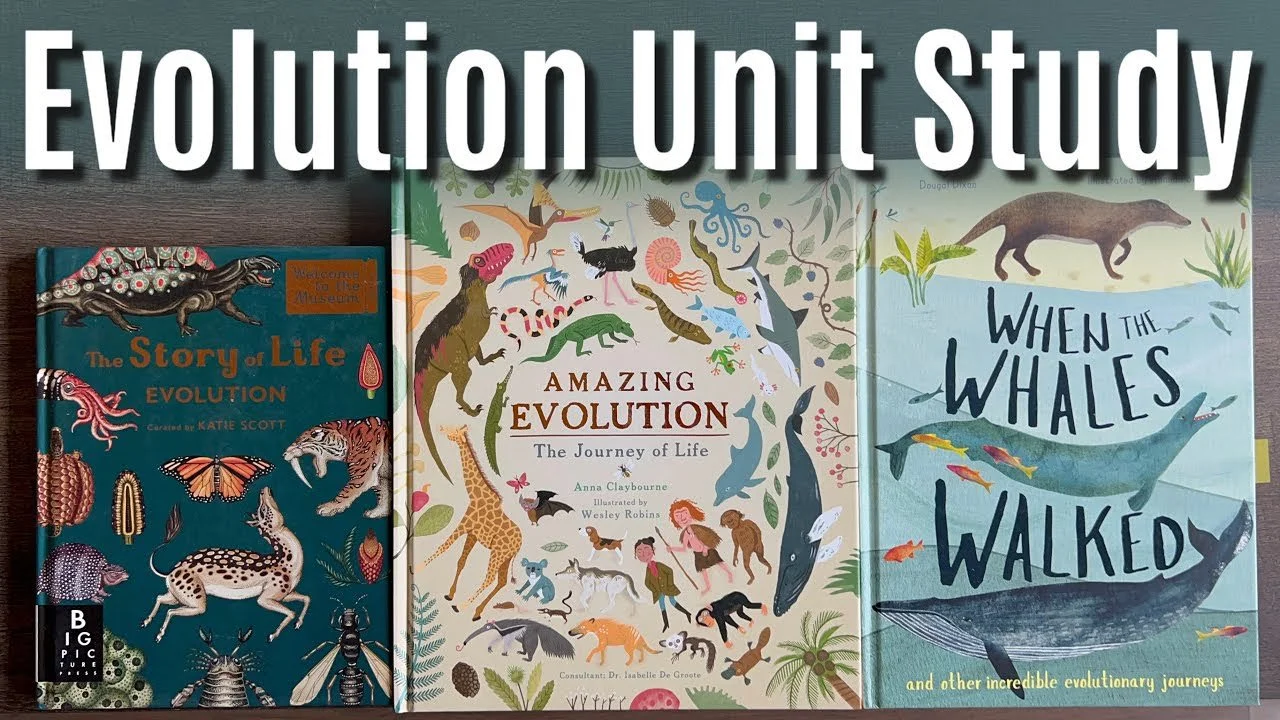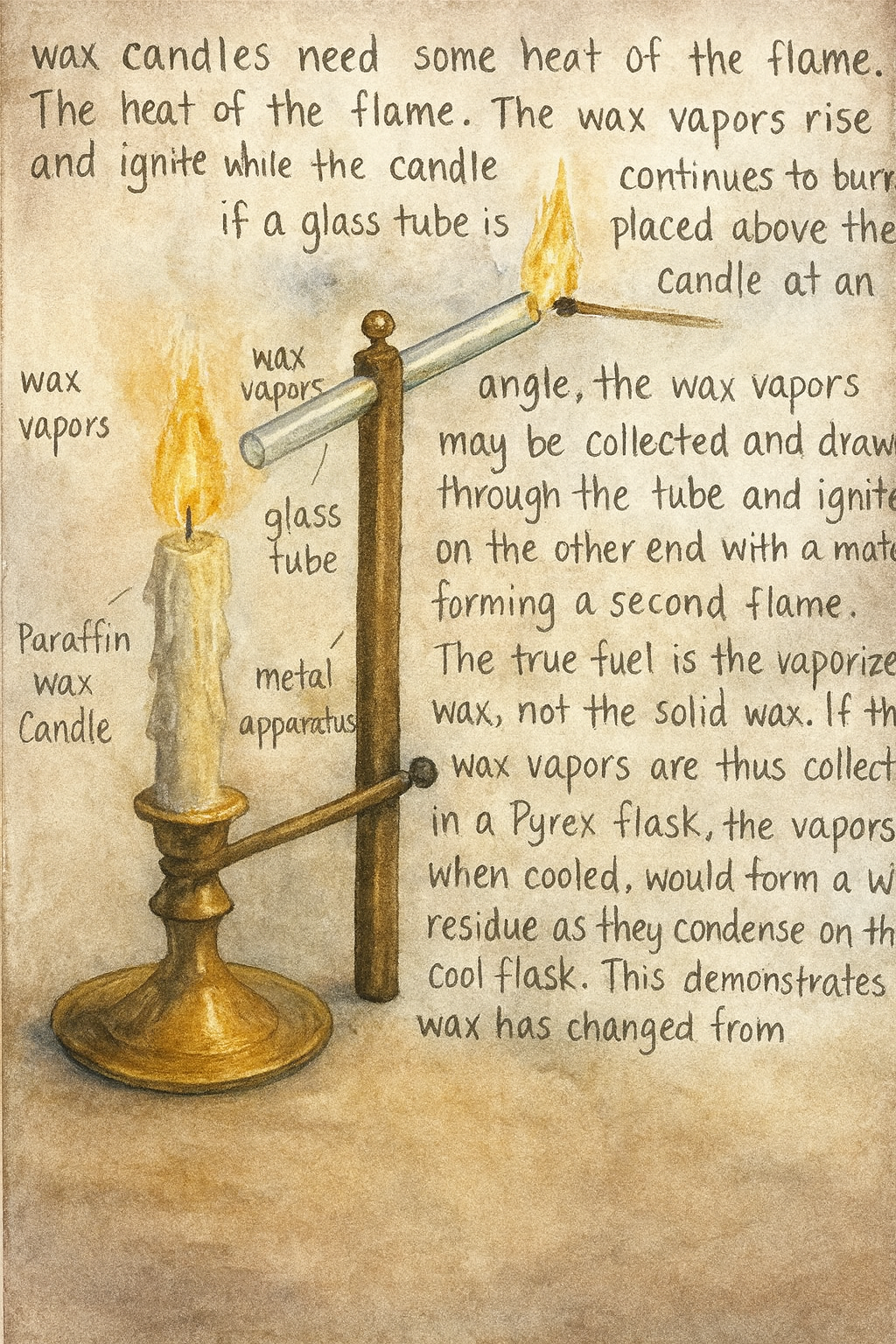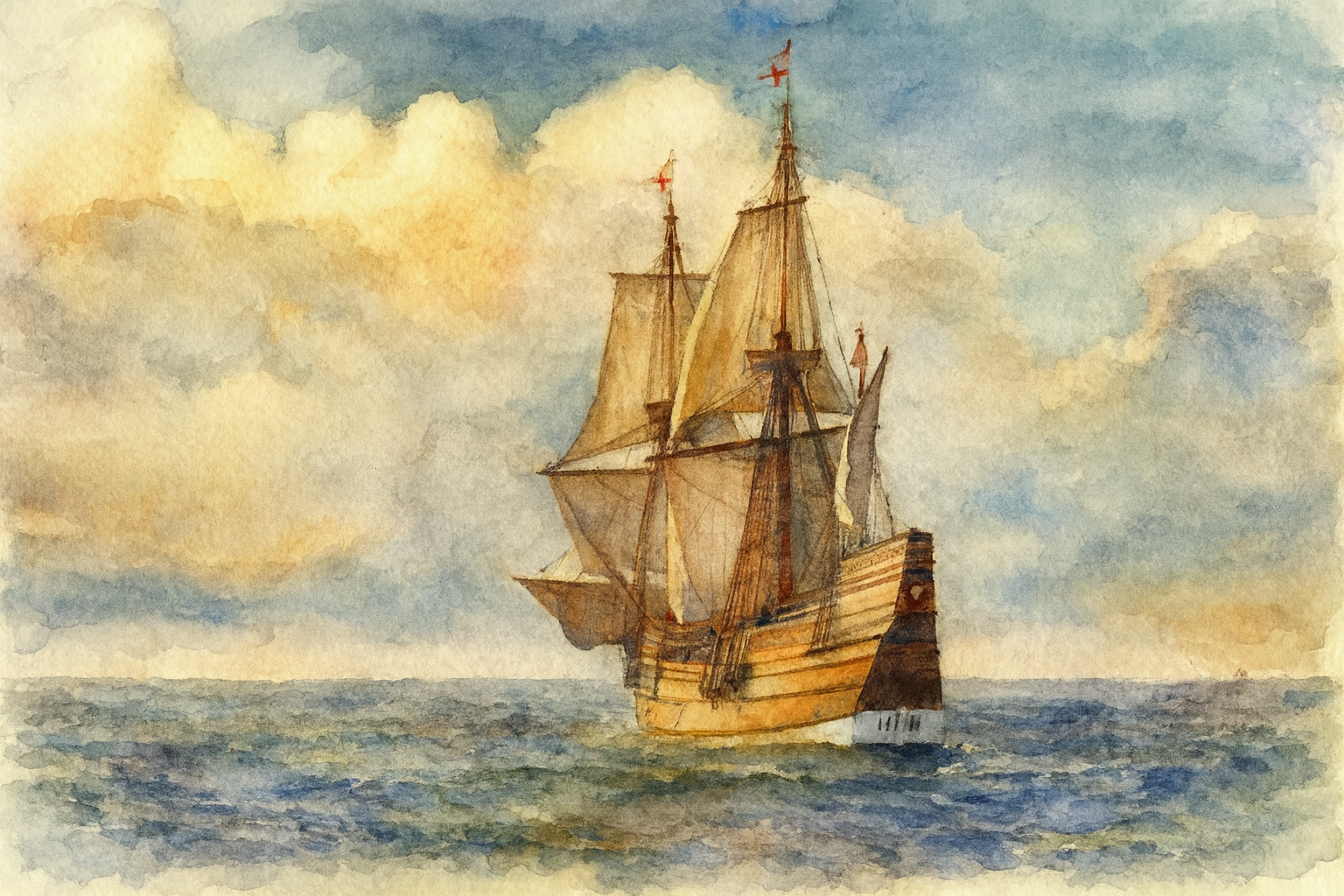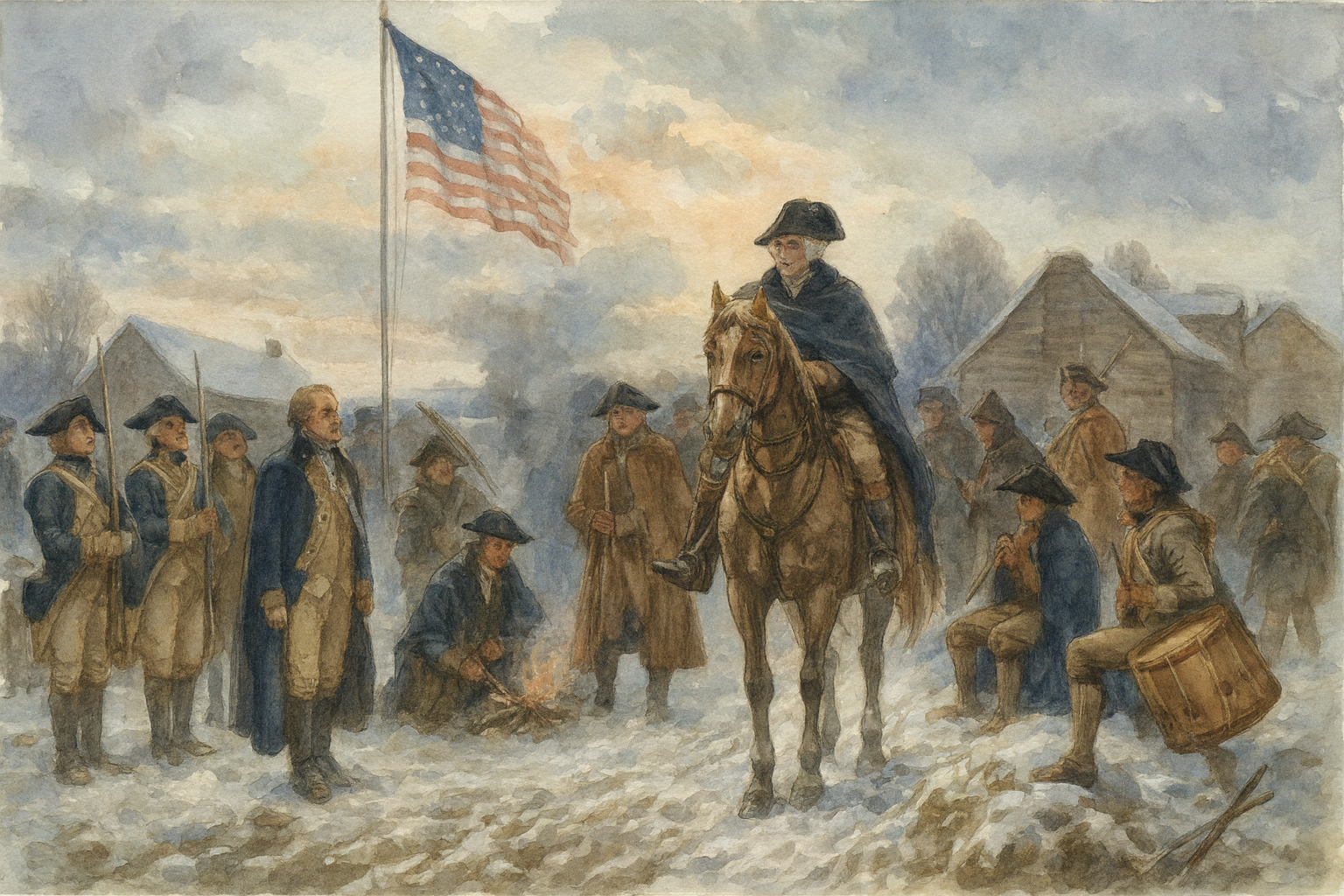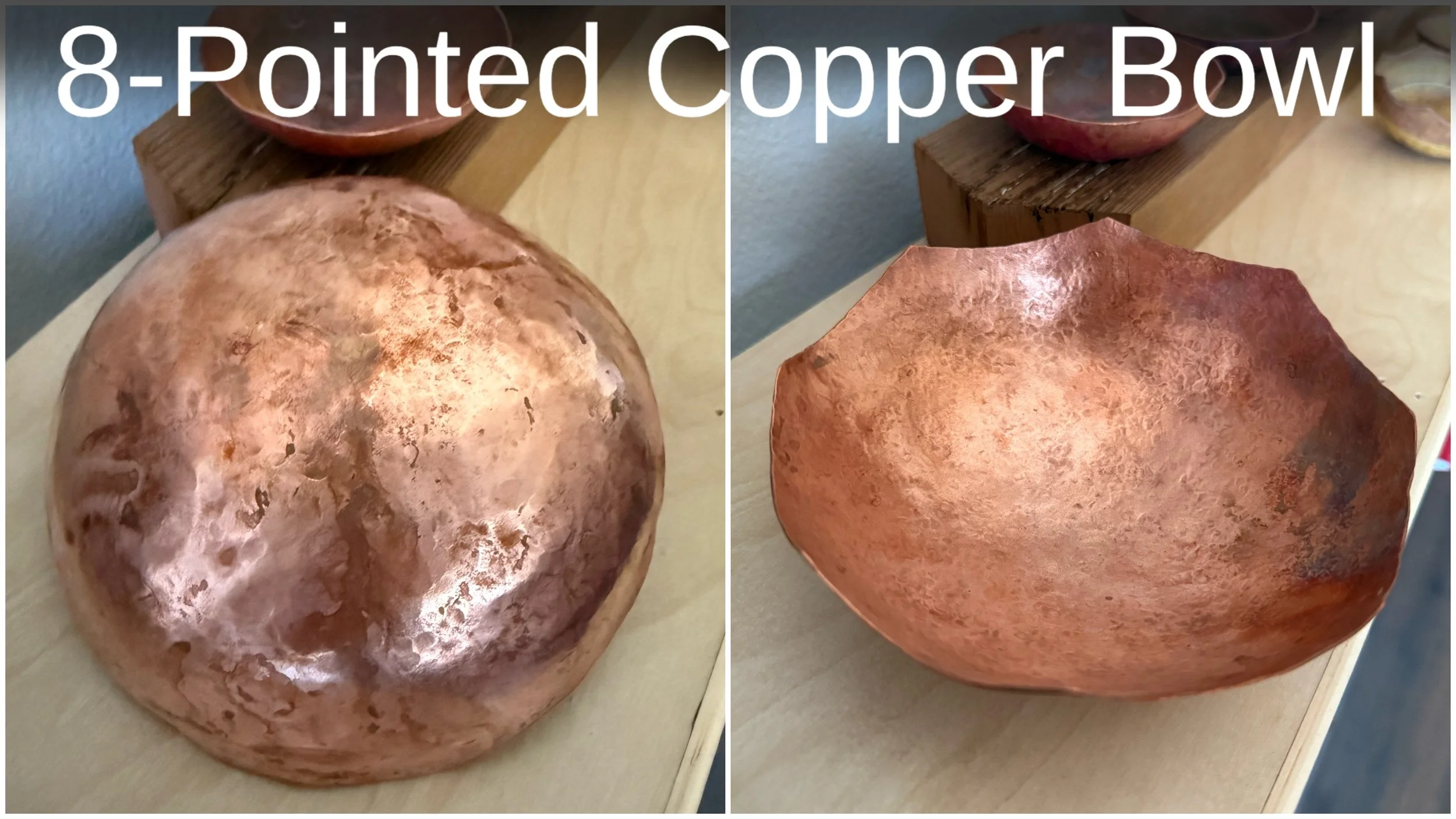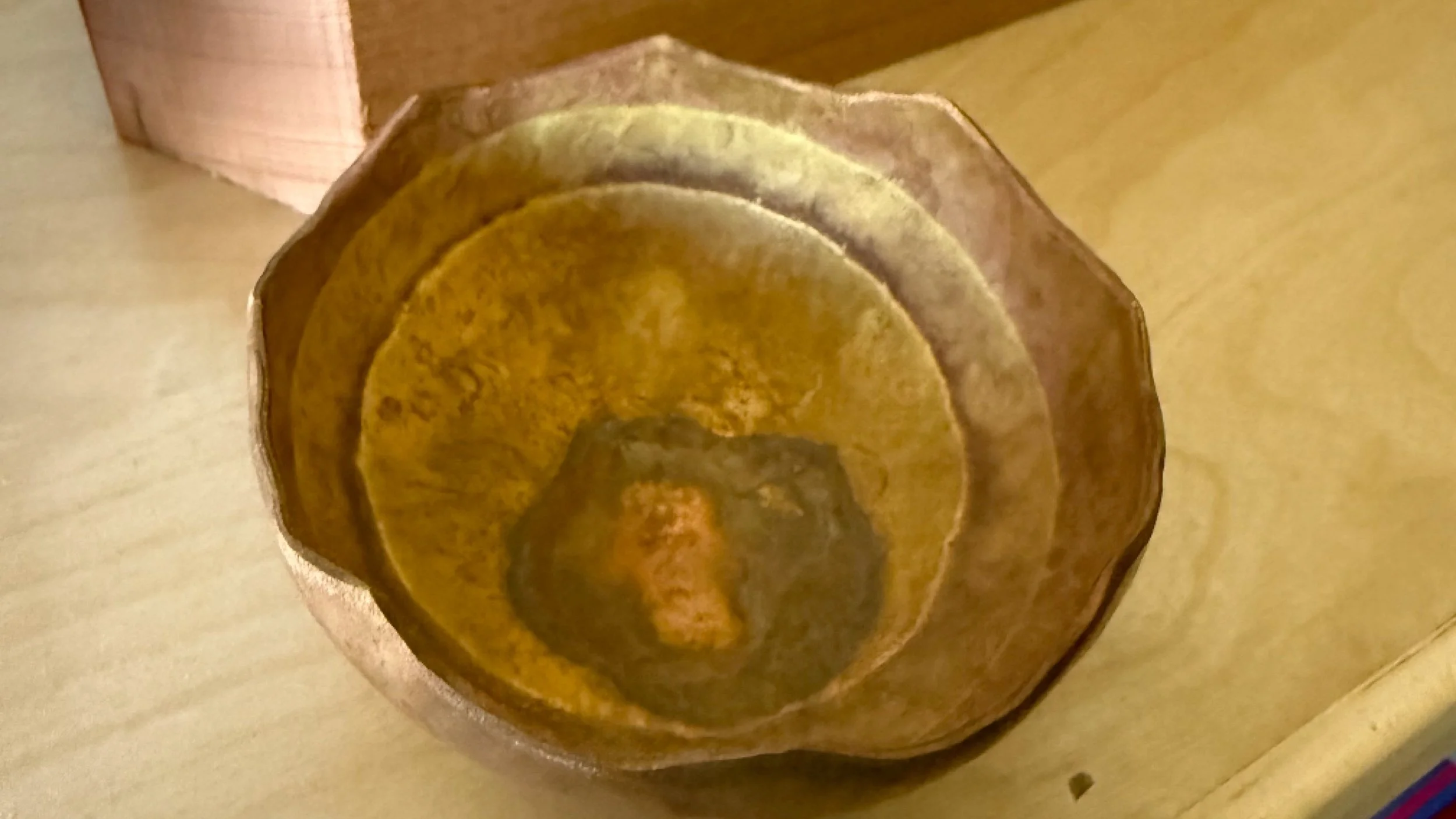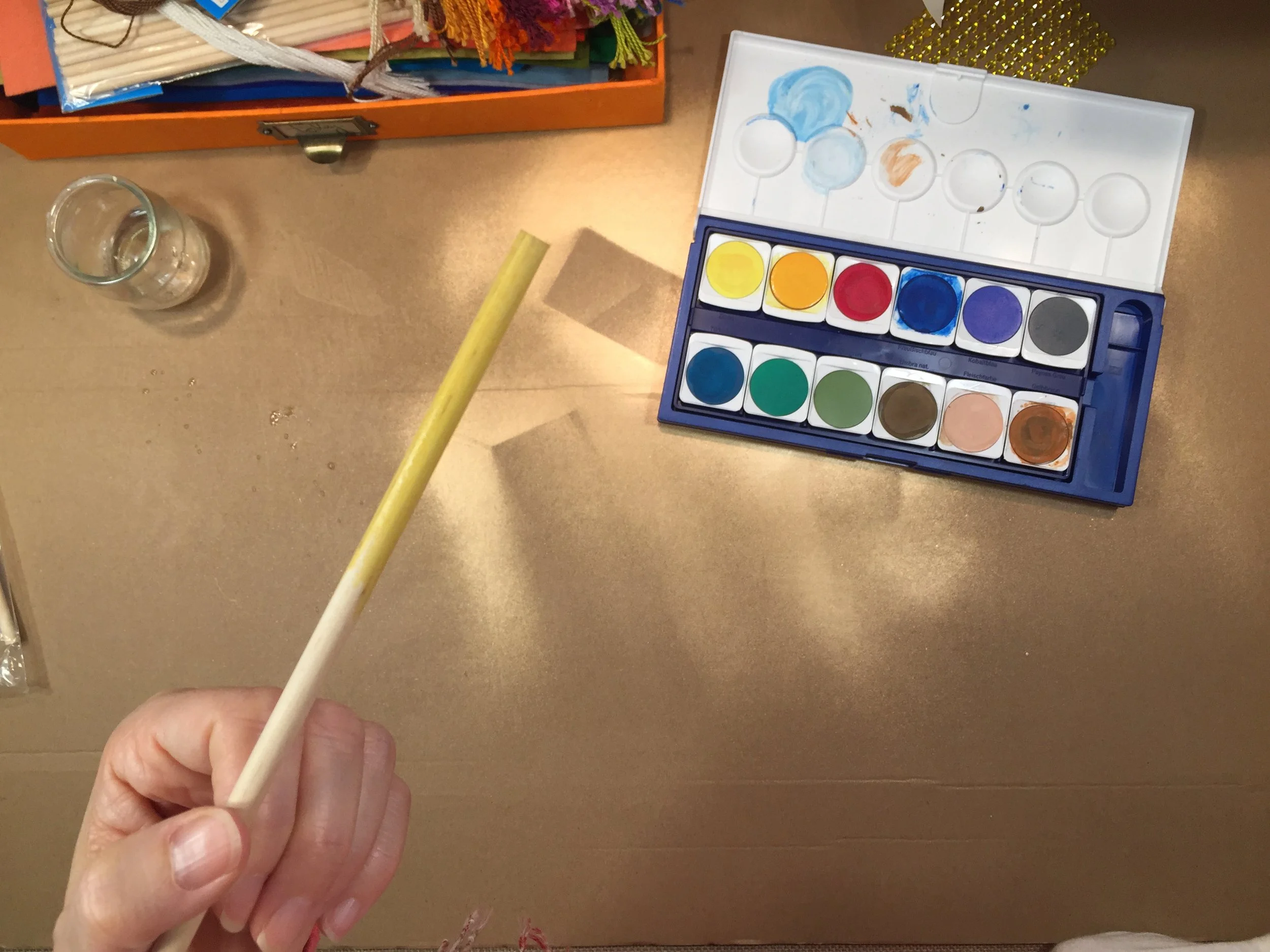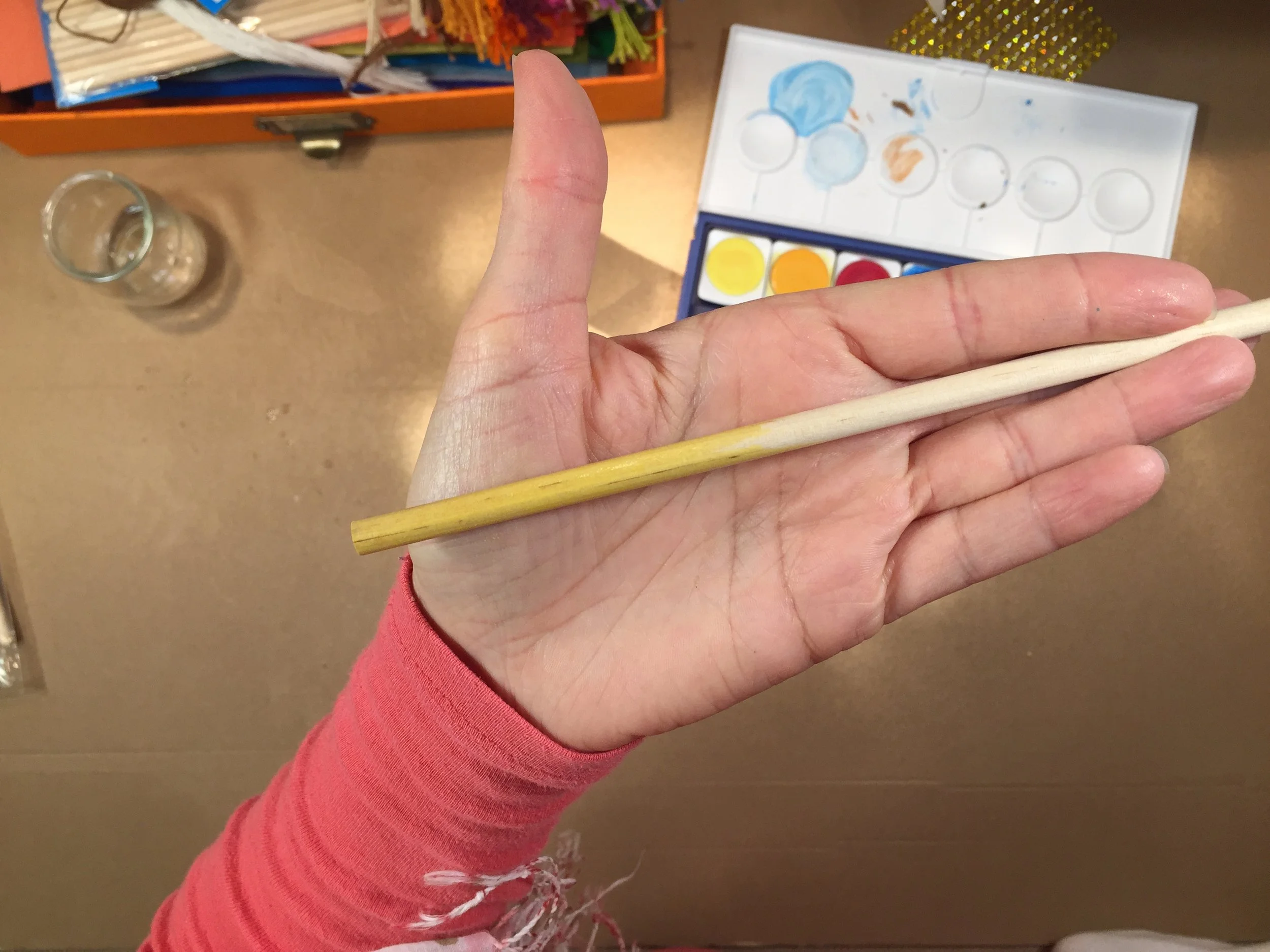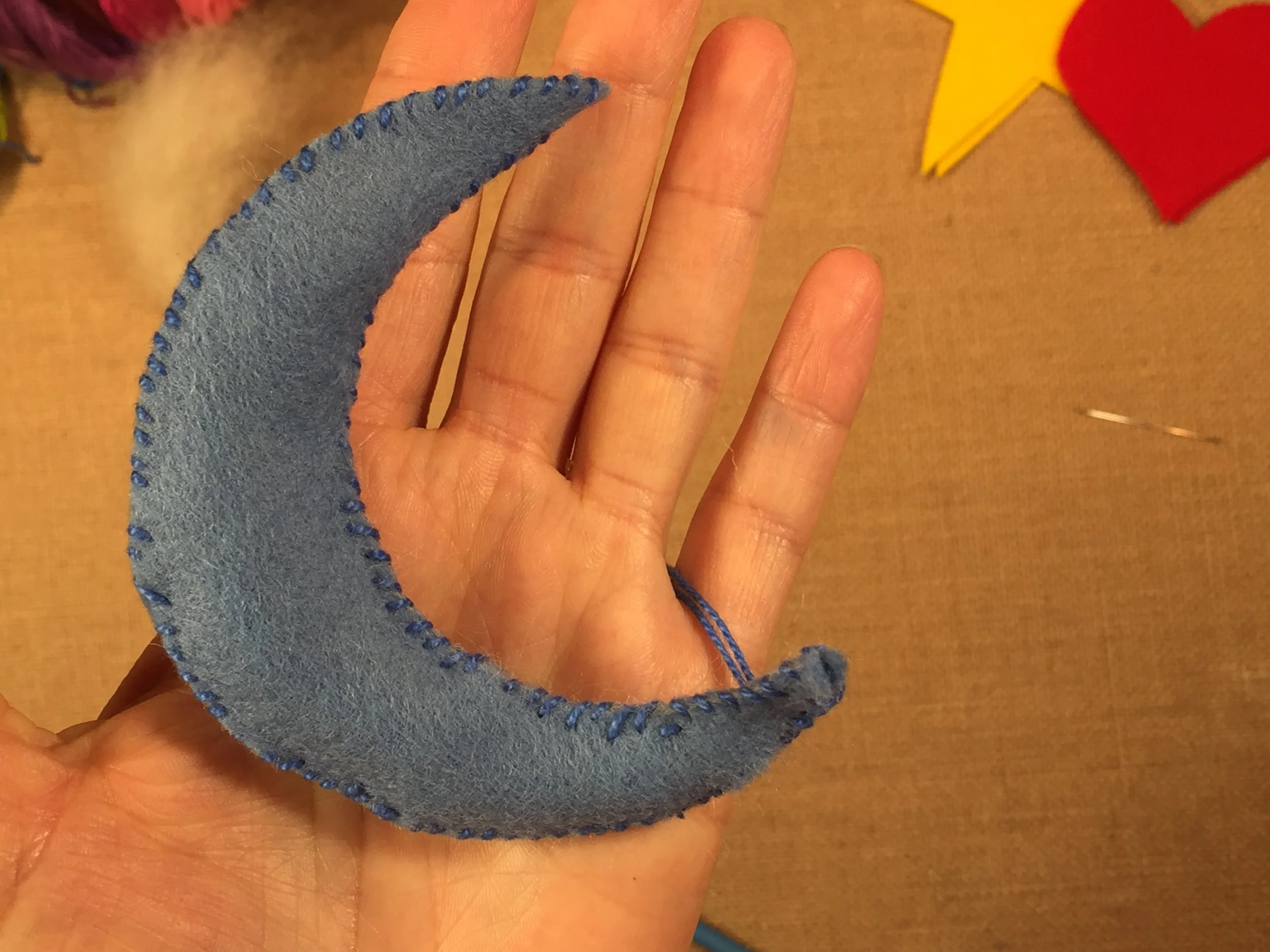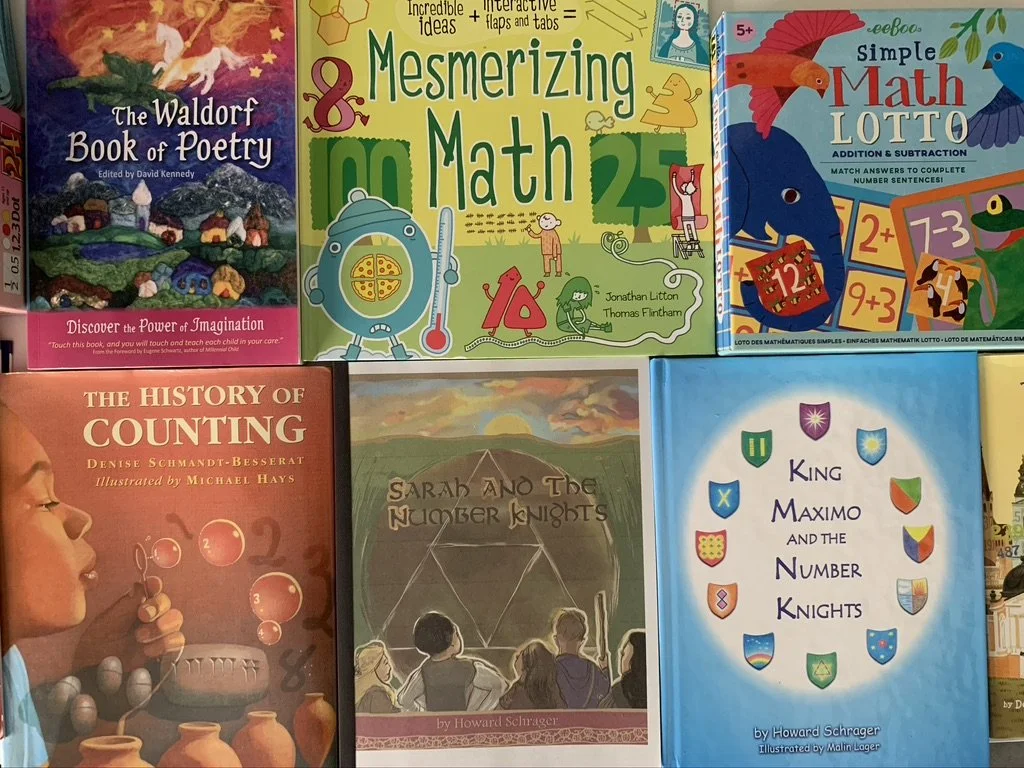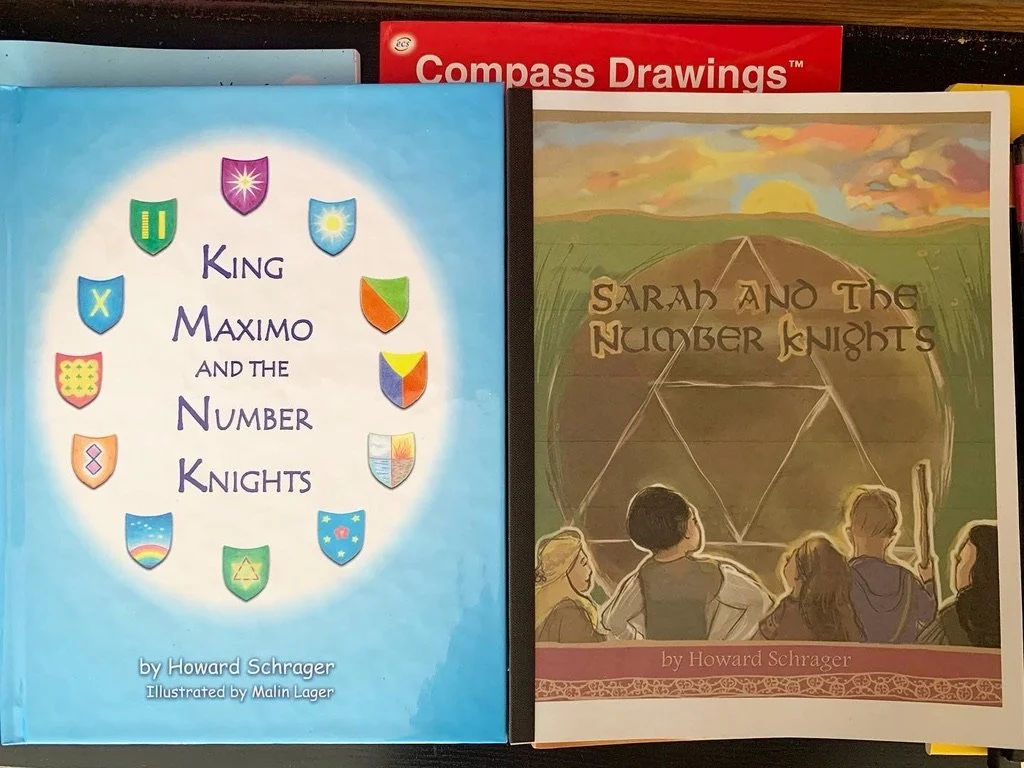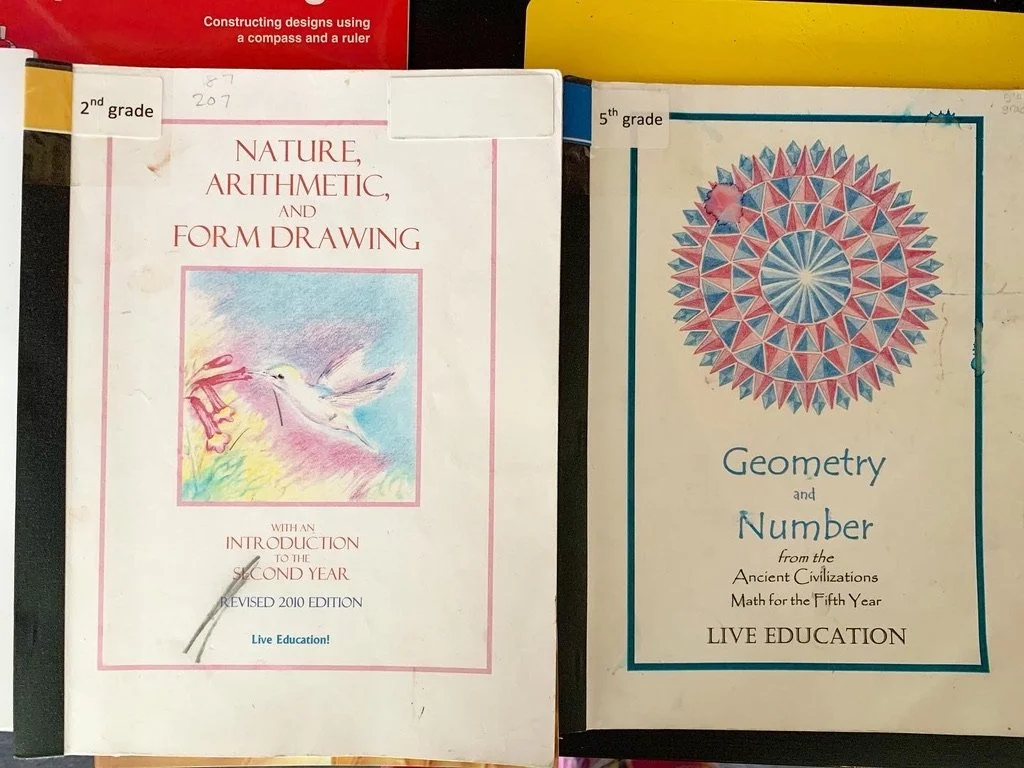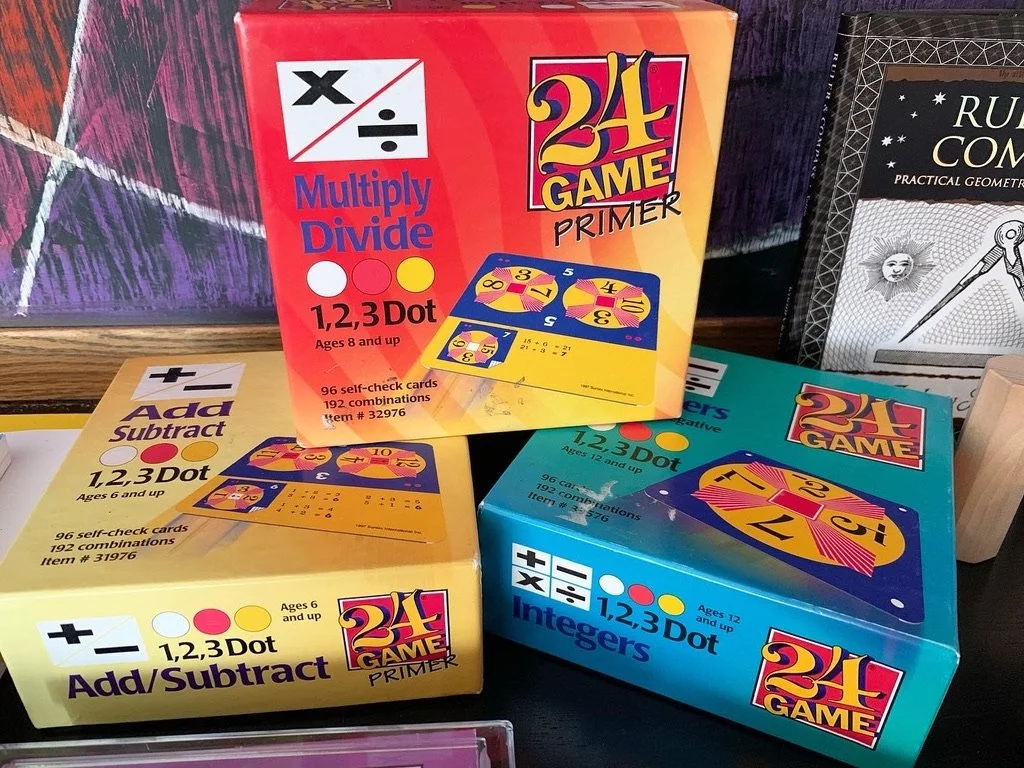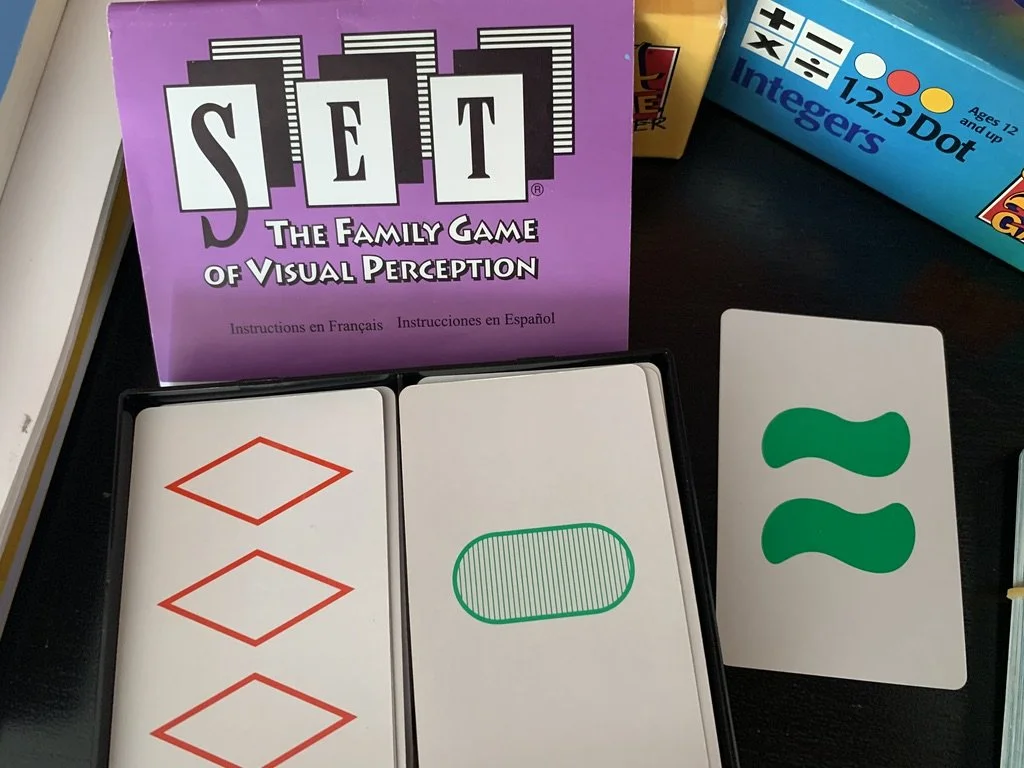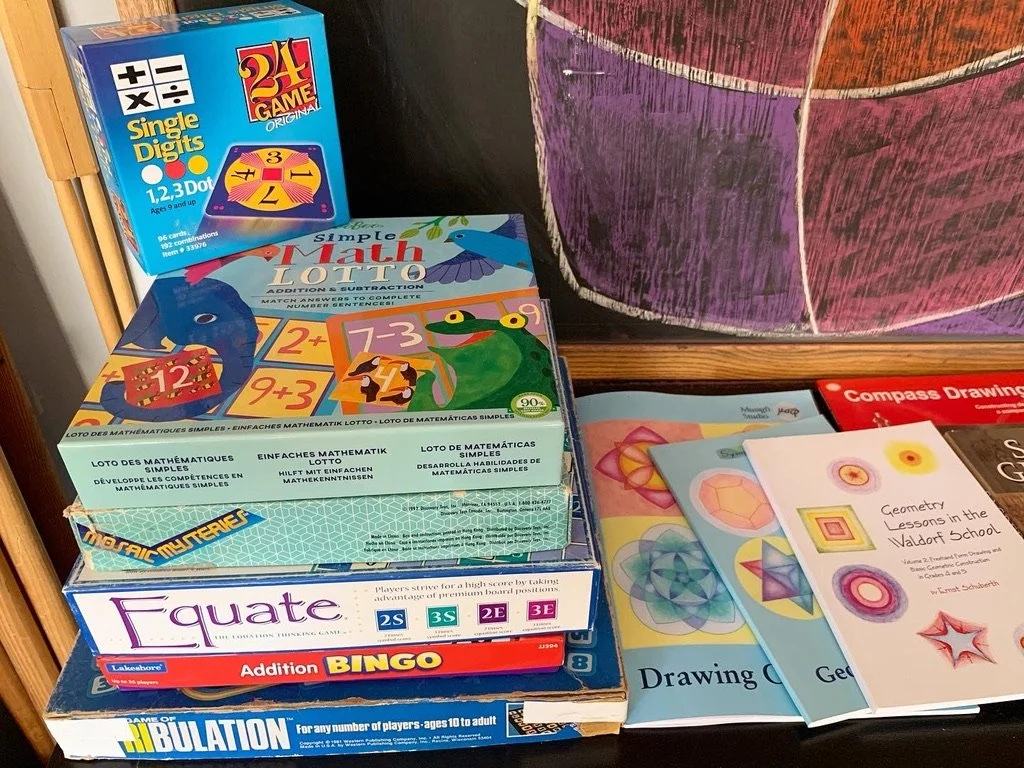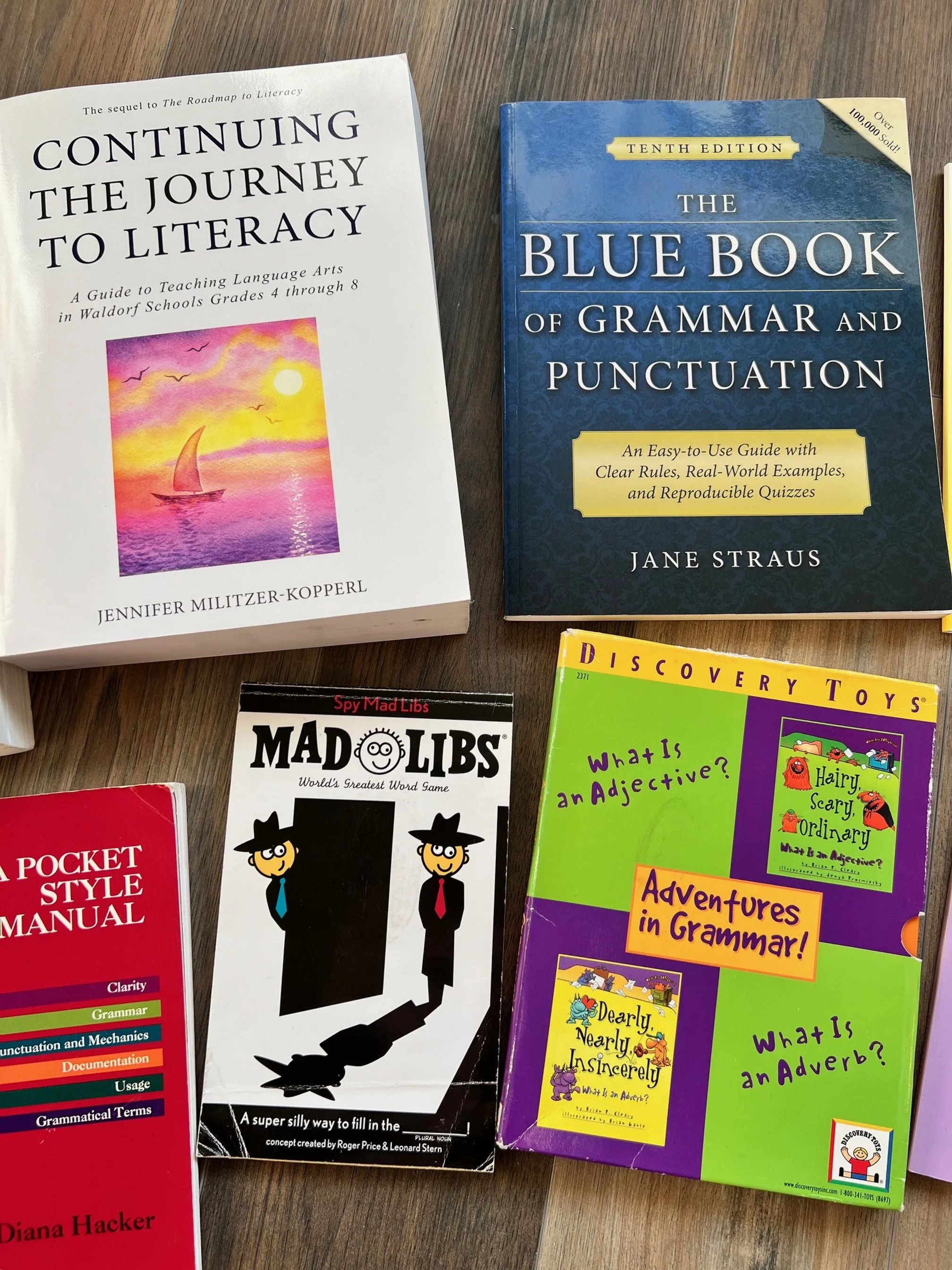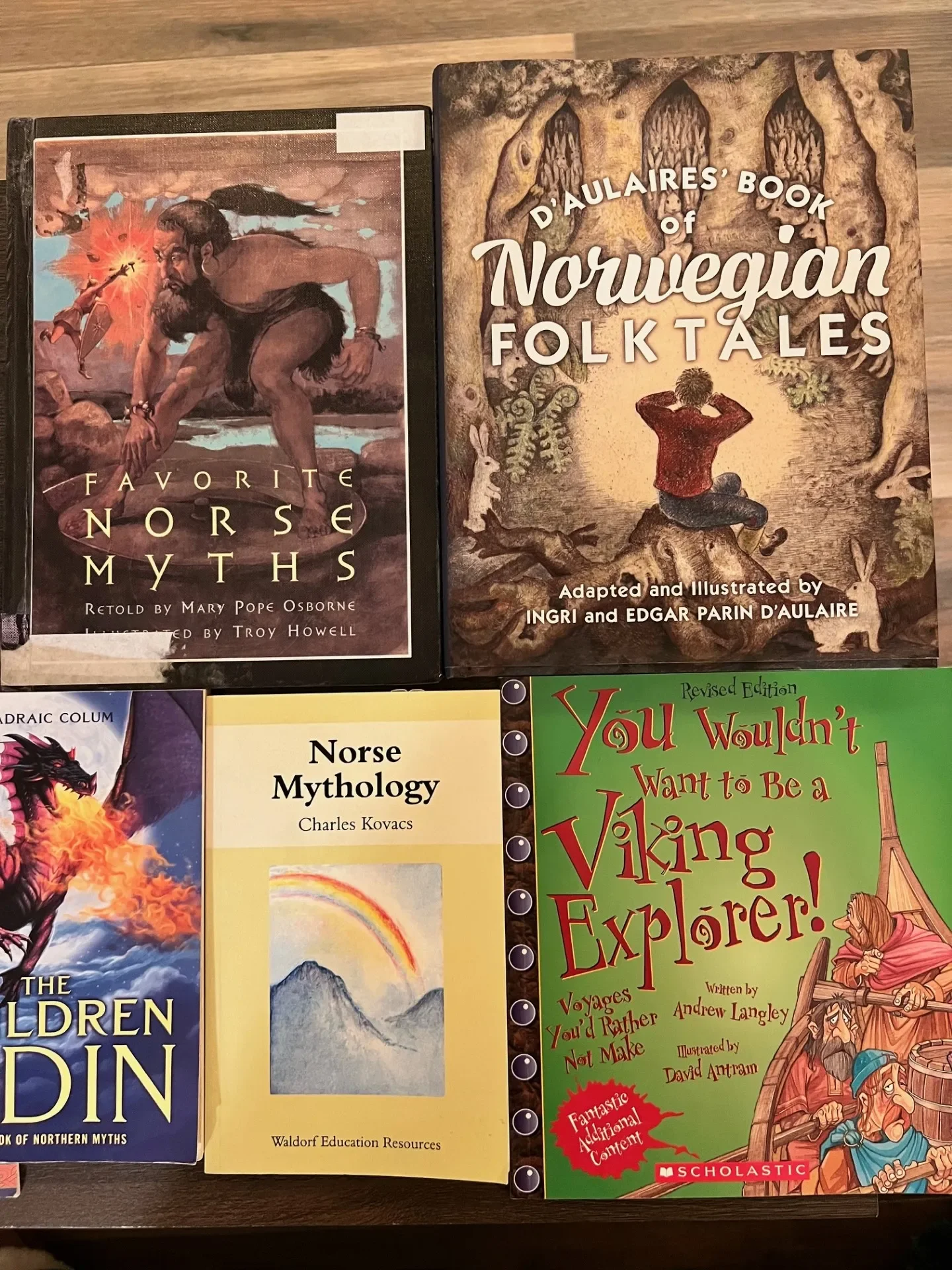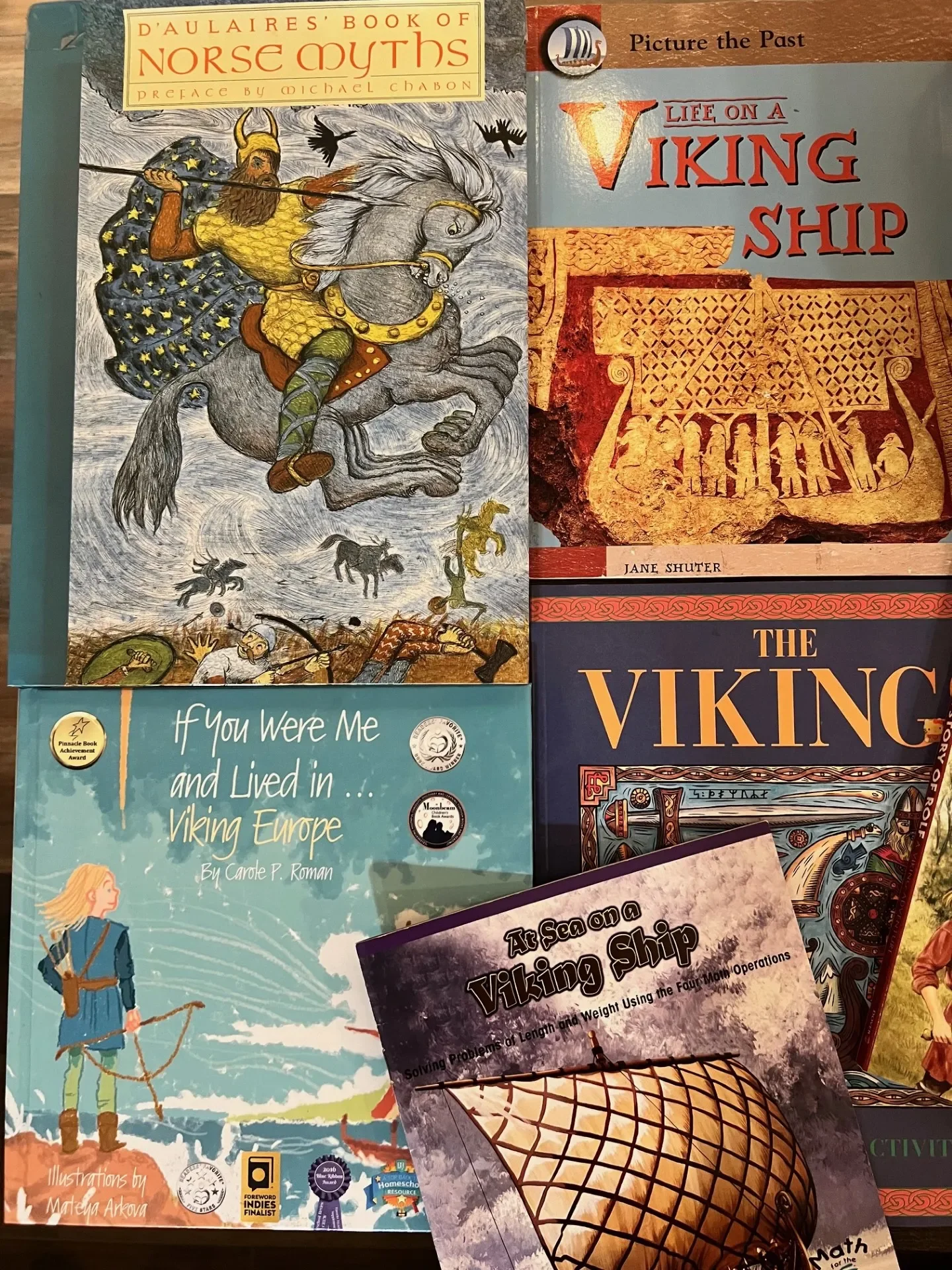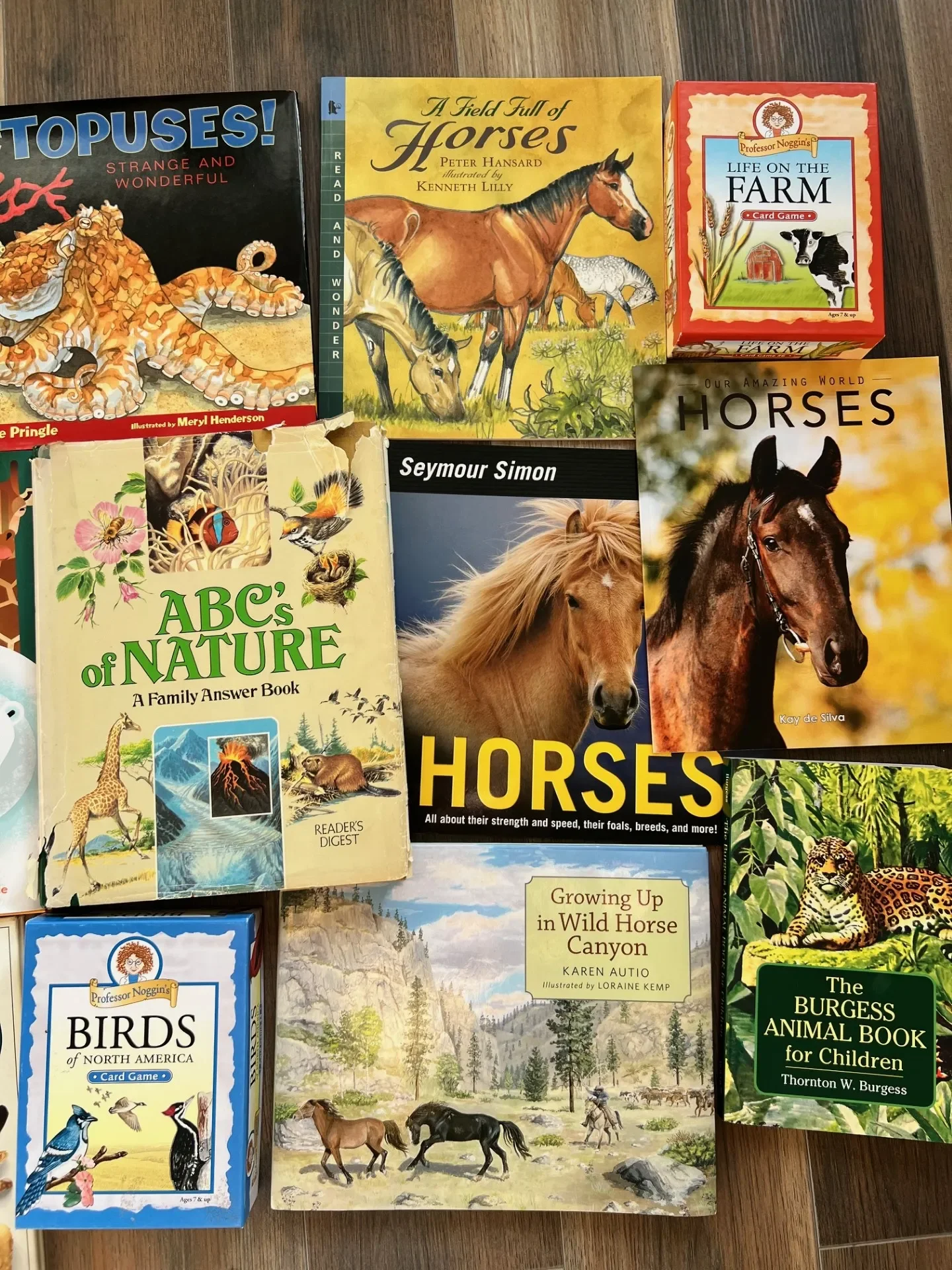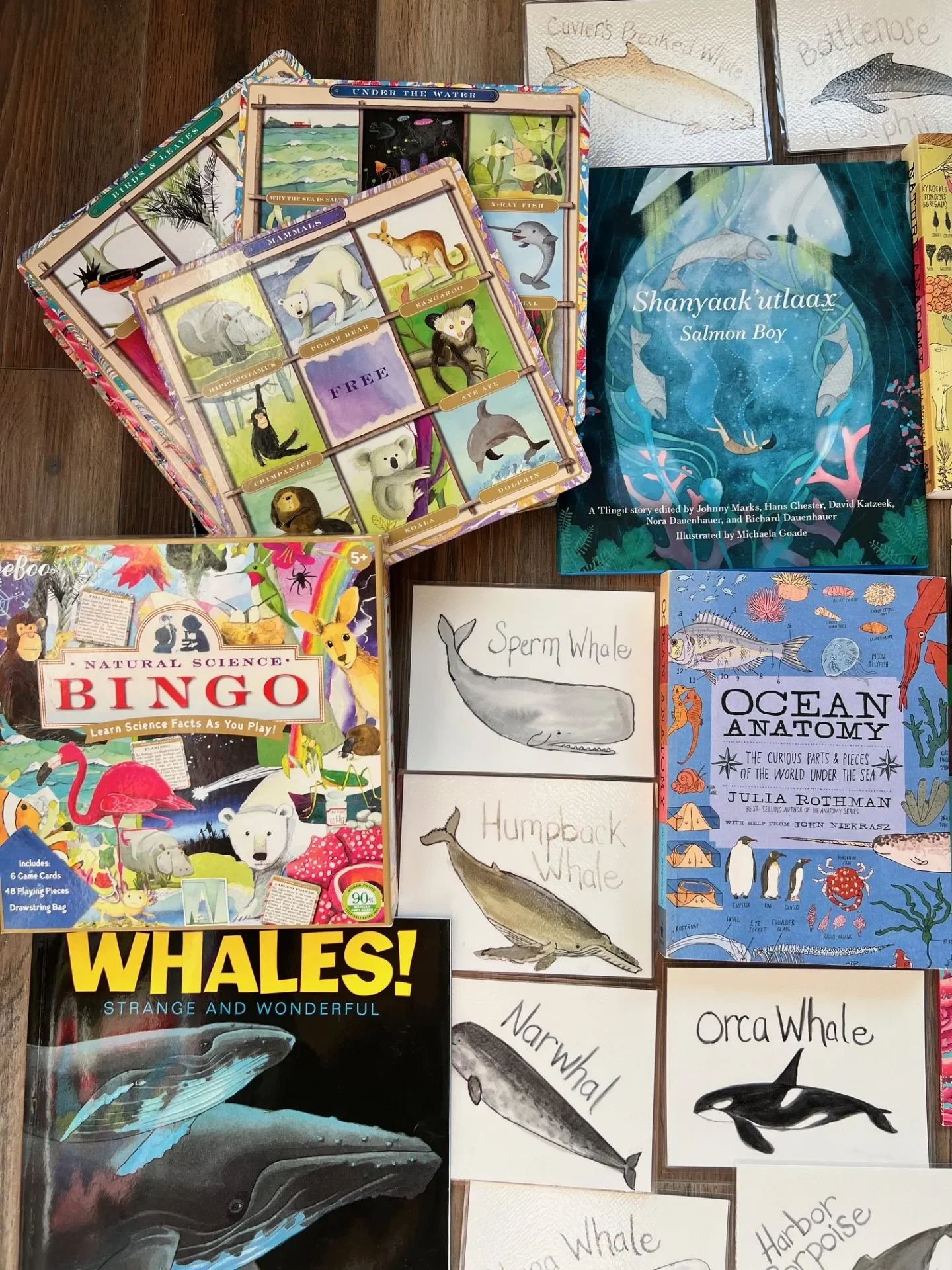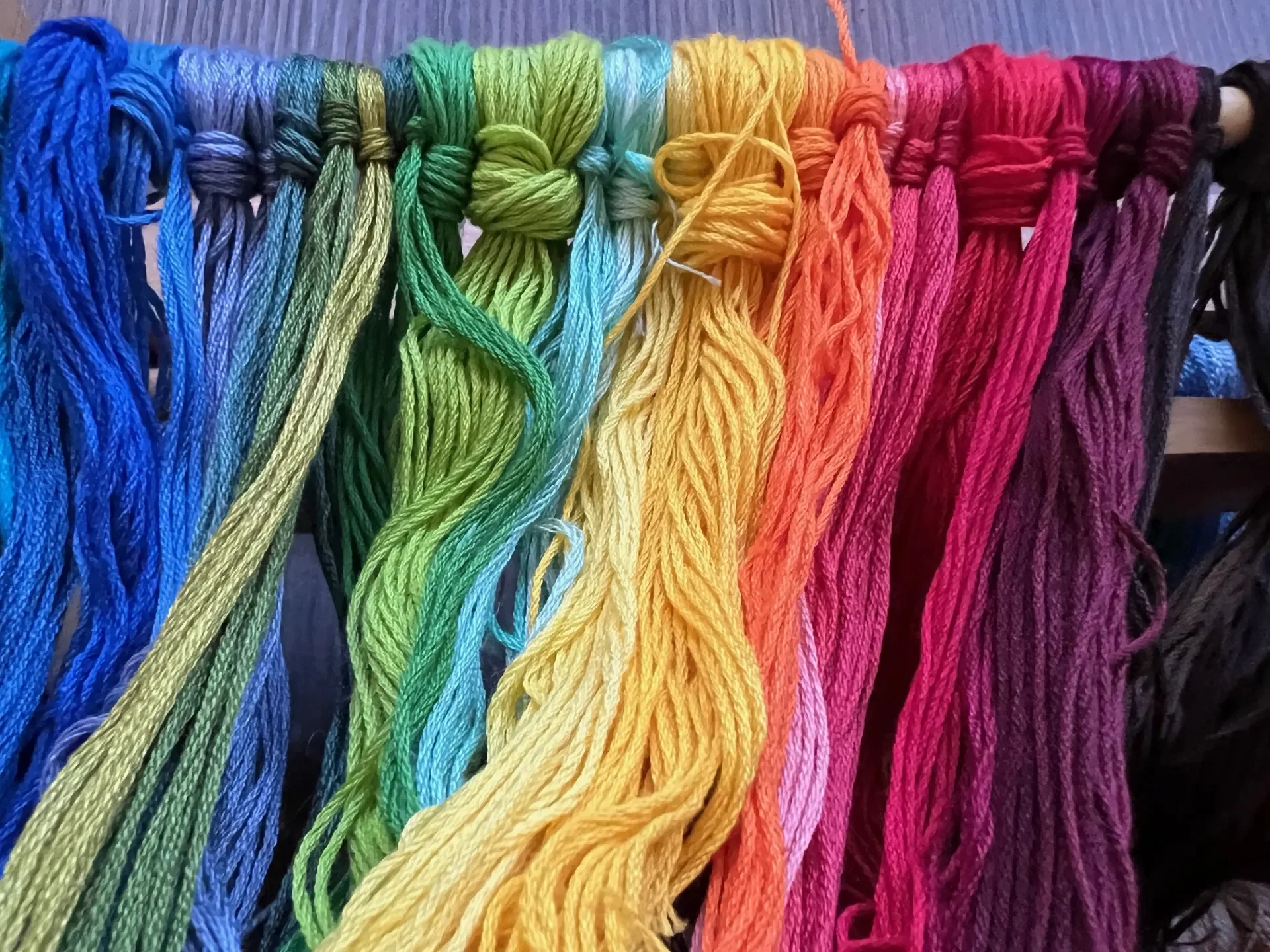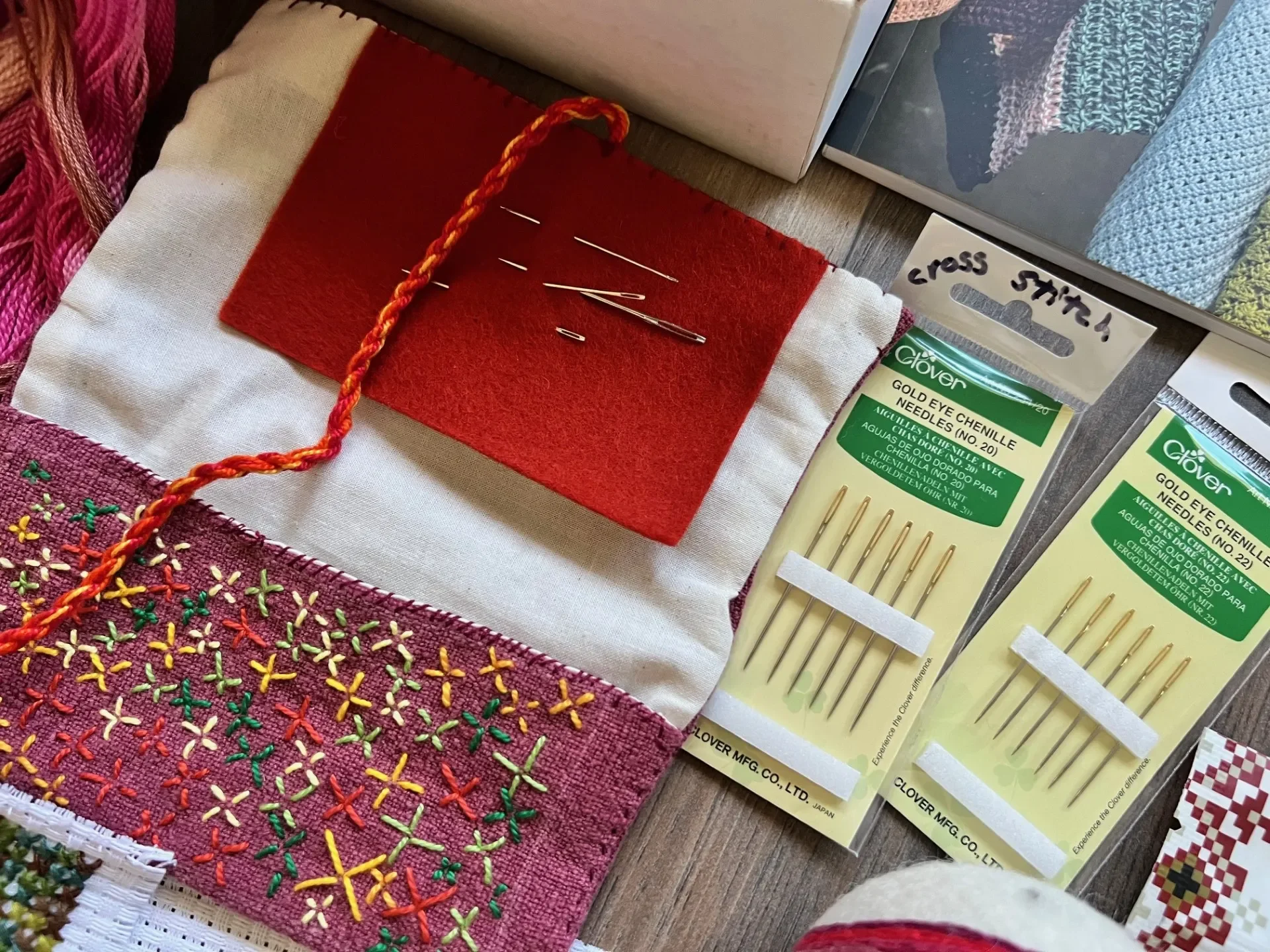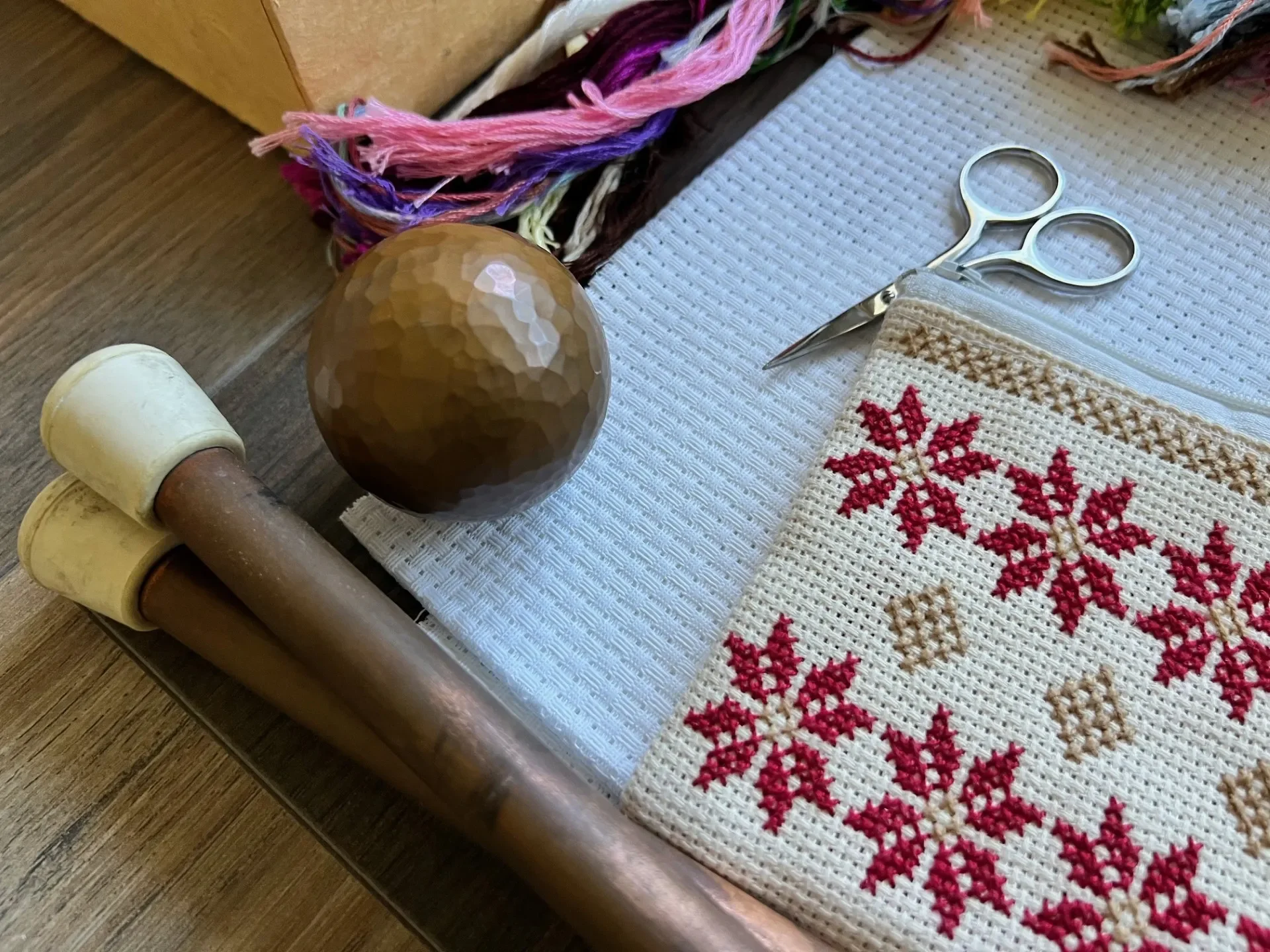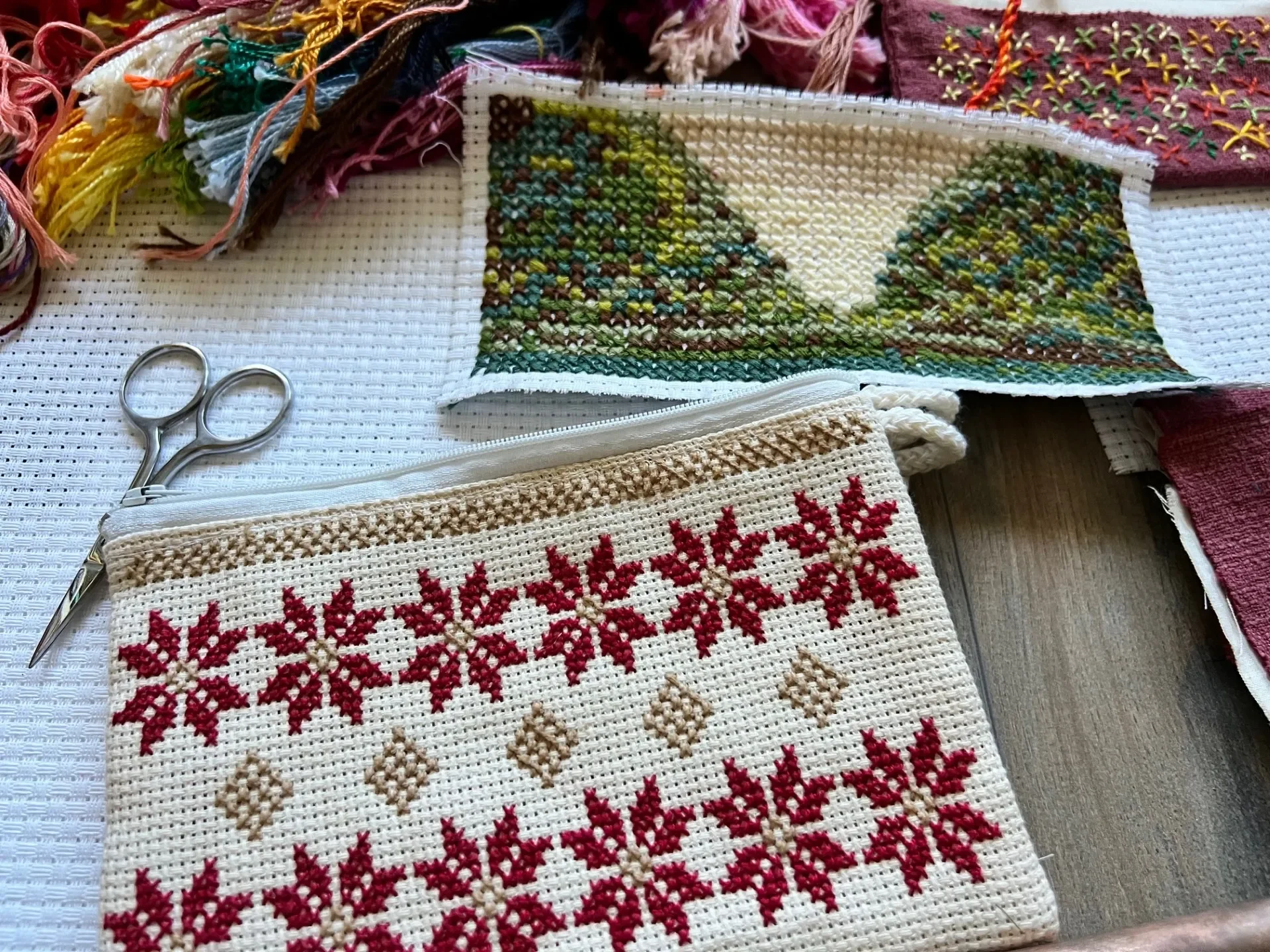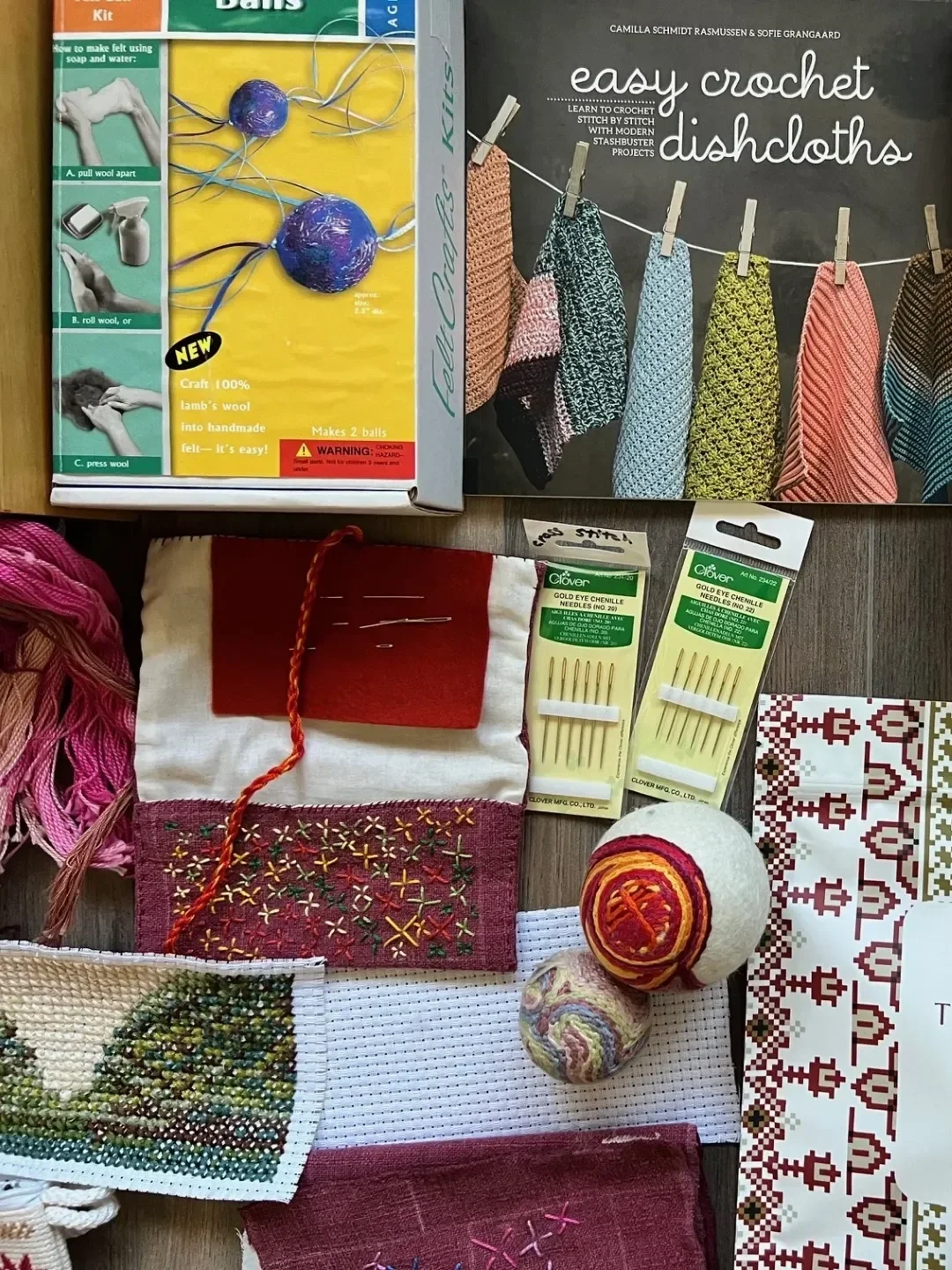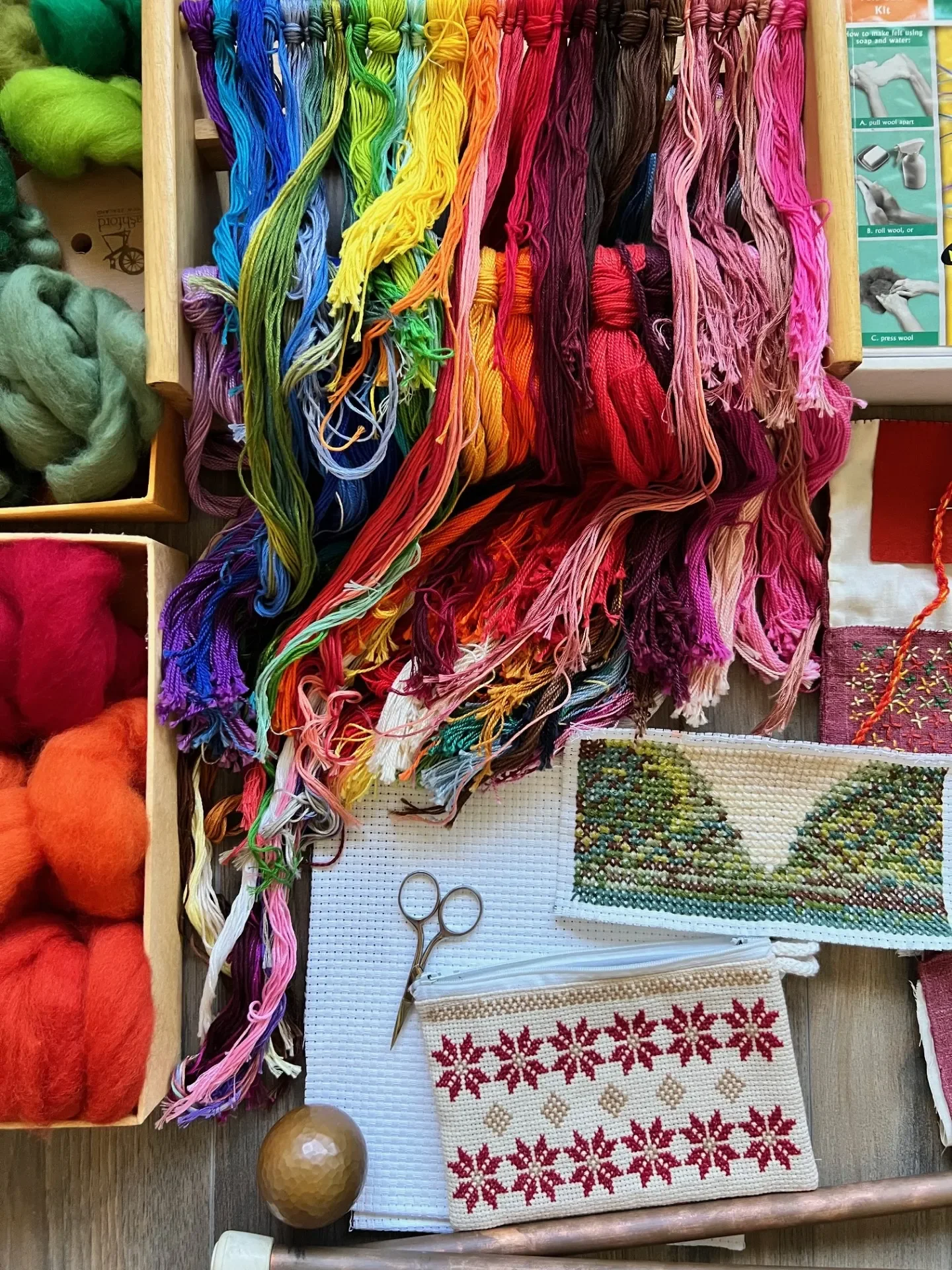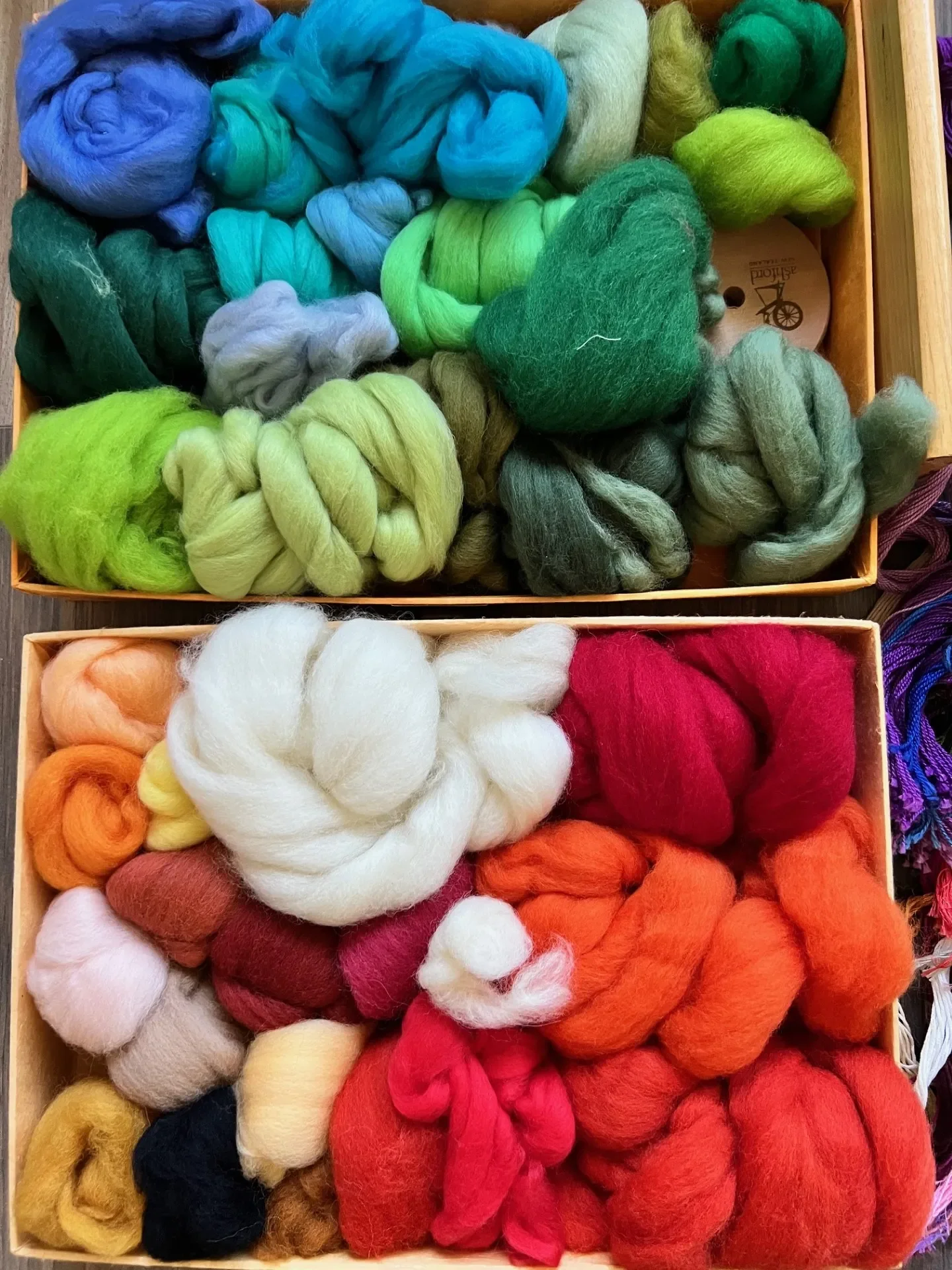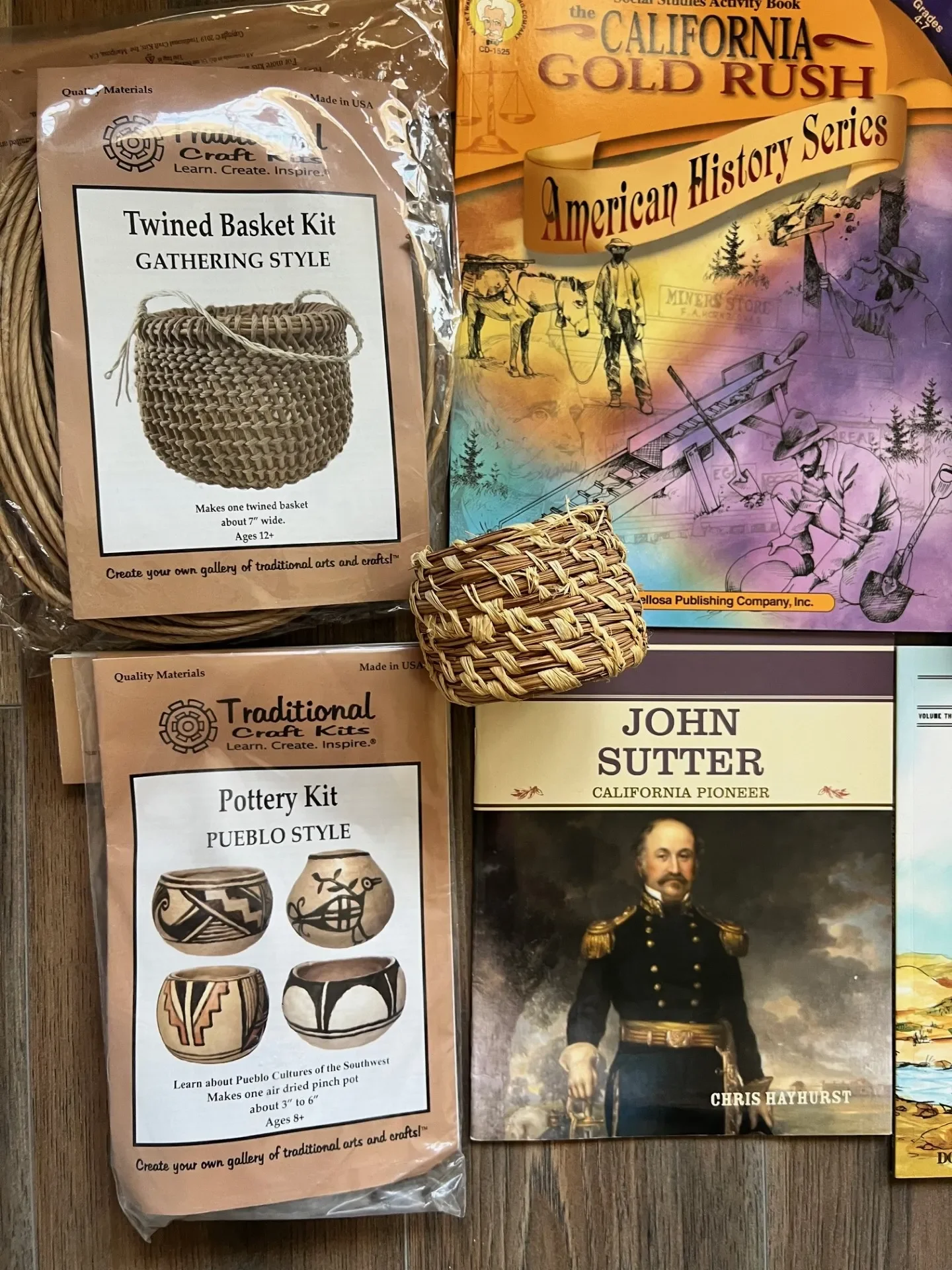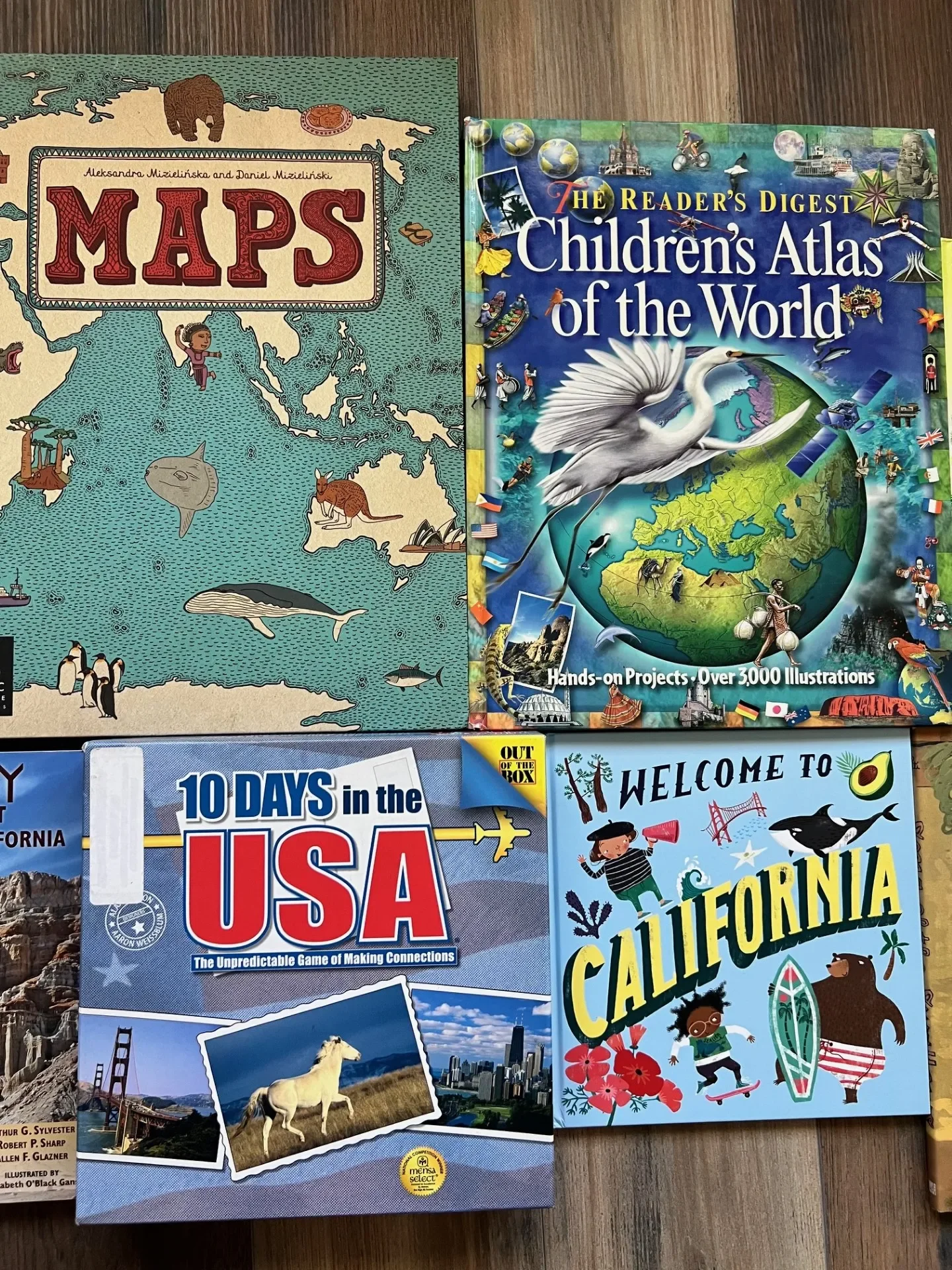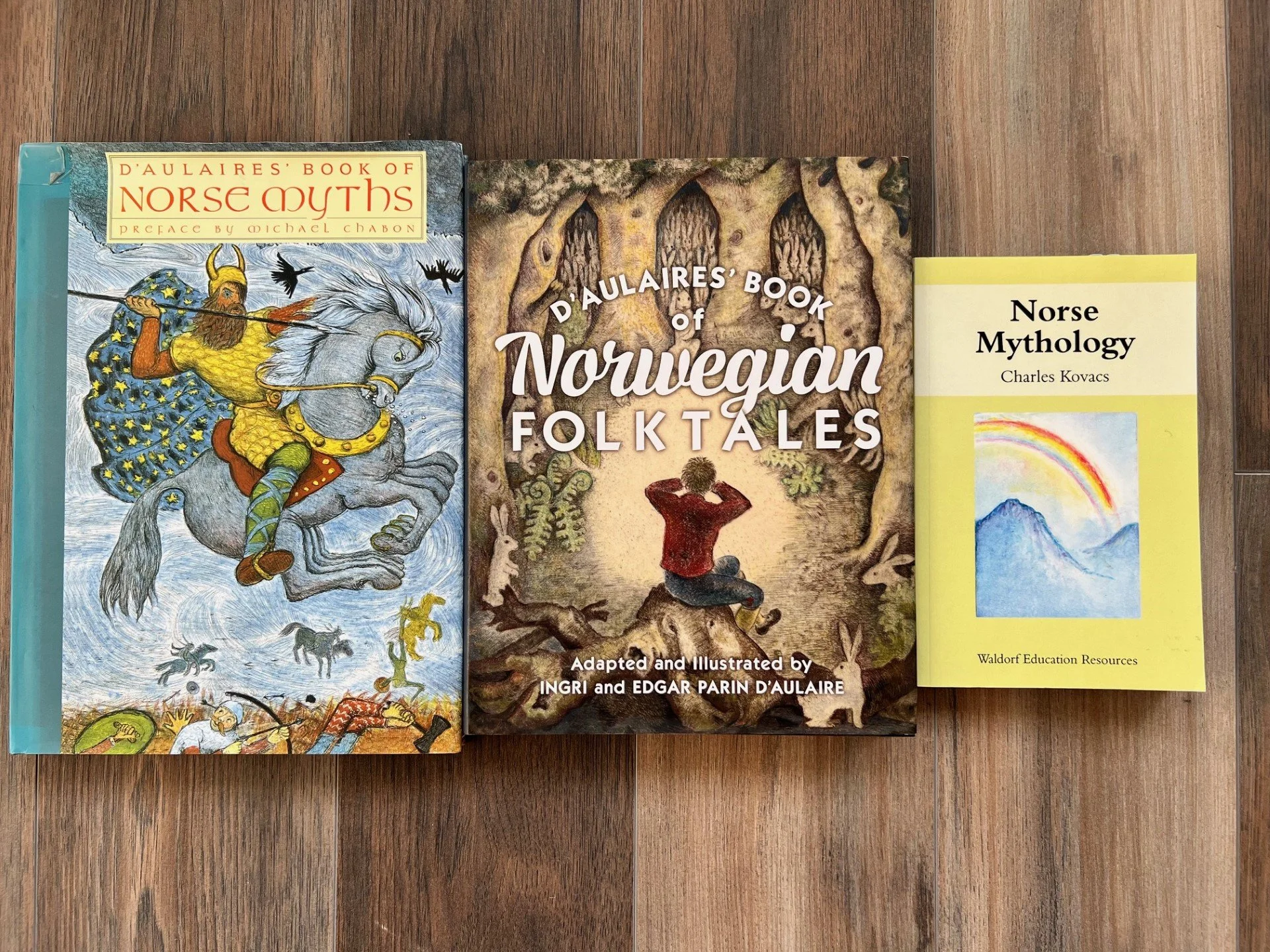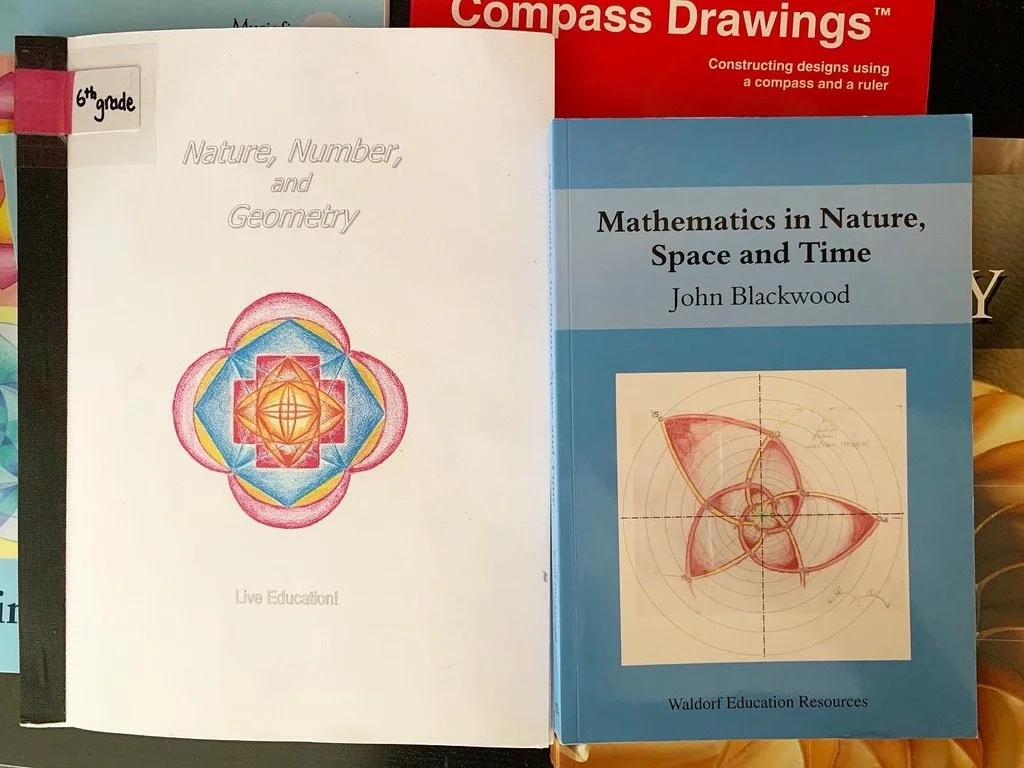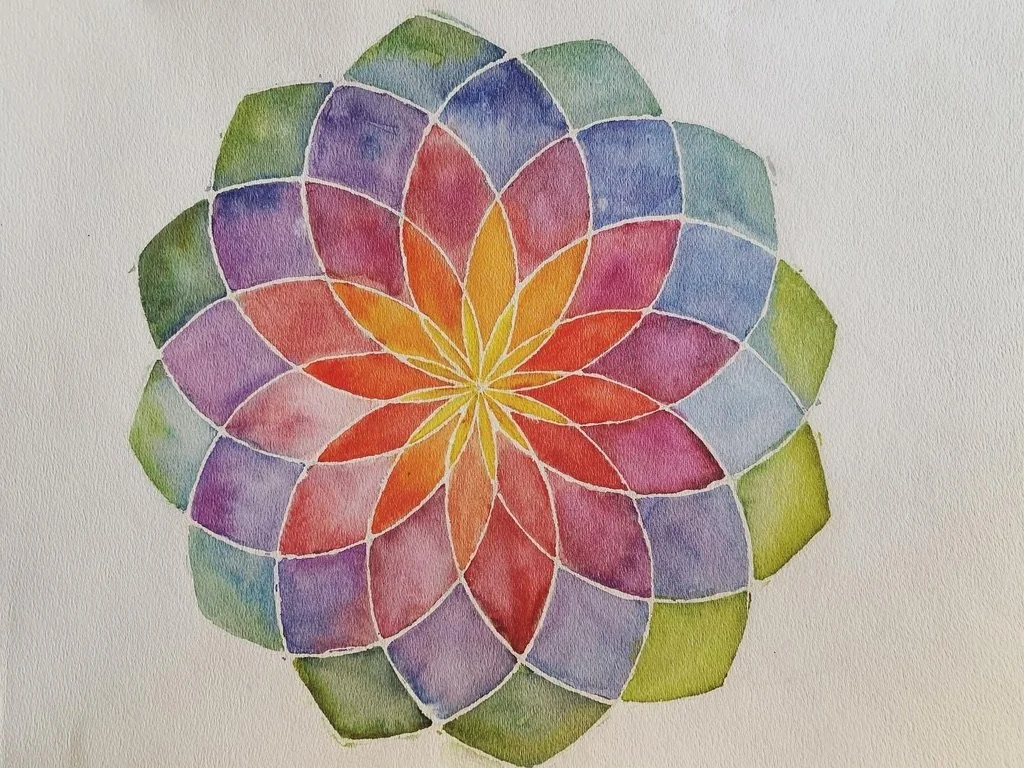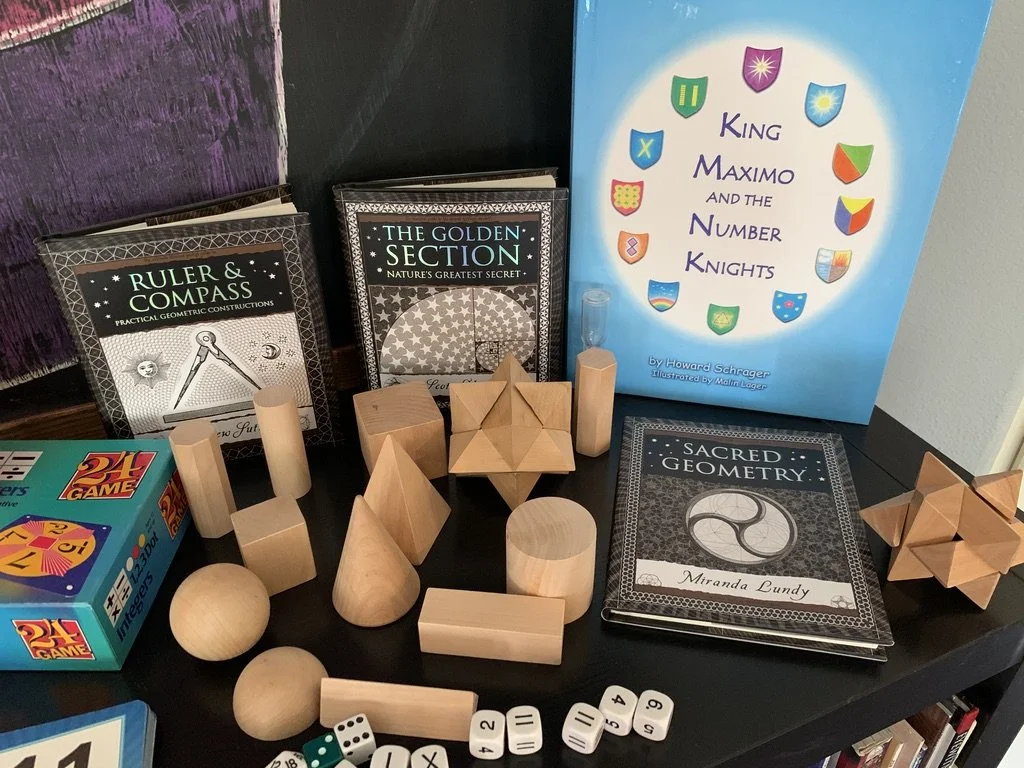
Waldorf
The Grades
The Grades
-
Kindergarten
Kindergarten is a warm inviting space of rhythm, routine, play, and learning by imitation. Children live in a world of wonder where there is no cognitive distinction between world of dream-like fantasy and reality. The space may be decorated with natural materials and filled with seasonal treasures. Daily routines create security and harmony, while storytelling, singing, and imaginative play nourish the child in line with their development. Simple handwork, baking, and outdoor play engage their senses and strengthen their will through the formation of habits through meaningful age-appropriate work. And remember: Child’s play is their work. Rather than formal academics, the focus in kindergarten is on cultivating reverence, supporting free-play, and creating a safe environment that feels nurturing and secure.
-
Grade 1
In Grade 1, the 7-year-old is still thriving in the world of imagination. Their full awakening from the dreamy world won’t be until the nine-year-change. The teacher/parent is the guiding authority figure, providing security and foundational teaching. Deep love permeates this relationship as children see their parents/teachers as trusted all-knowing figures. Lessons are brought artistically, through fairy tales, myths and nature stories, that carry living lessons and archetypal characters. Writing grows out of pictures and form drawing, and numbers are approached imaginatively through story and rhythm before leading to arithmetic. The child’s sense of beauty and reverence is nurtured, grounding their first steps into gentle academic work.
-
Grade 2
In grade 2, the 8-year-old finds fascination in the world of polarity. Good and evil, right and wrong, and good and bad are examined through the stories of the saints, fables and legends. Now that the basics in reading and math have been established in Grade 1, students will practice these skills on the road to mastery. Since all four math functions are introduced in Grade 1, students will deepen their understanding by learning how to borrow and carry as their move from mental math to written math. Imaginative stories and pictorial math representations remain the basis for teaching in the elementary years. Stories, poems, and artistic activities cultivate their imagination, while practical activities like gardening and handwork strengthen their growing sense of responsibility.
-
Grade 3
In Grade 3, the 9-year-old enters a developmental stage called the “nine-year change,” when they feel a new sense of separation and individuality. The nine-year change is a monumental developmental change, and the Waldorf curriculum meets this with practical, grounding studies: farming and gardening, building and shelters, and clothing and weaving projects. Old Testament stories echo the child’s inner experience of wandering in search of a place to call home and a need to feel secure in this new world, not the fantasy existence they’ve experienced so far. They are now learning to find their place on earth and discover who they are. They are meeting themselves for the first time with a burgeoning sense of introspection that will be further developed in adolescence. In math, measurement and practical applications are introduced, while grammar and composition develop in language for the first time.
-
Grade 4
In Grade 4, the 10-year-old has come to terms with their new reality, and now contends with the ‘fall from paradise’ feeling as they grapple with the challenges of being human on earth. They are now fully awake from the world of fantasy, and the curriculum meets the child and these sentiments with the study of Norse mythology which the children may relate to Thor’s descent to earth and the loss of his hammer and his power. These stories appeal to children in their phase of questioning authority. They may try out new bold behaviors and seek out opportunities to test their independence. The fourth grader is confident, curious and sometimes challenging of authority. Grade 4 includes local geography, fractions in math, and grammar in language arts. Zoology is introduced, beginning with the human being as a measure of wholeness and completeness with one main structural difference from the Animal Kingdom, showing the child their unique place in creation.
-
Grade 5
The Grade 5 student of 11 is in their “golden year.” Children are harmonious in body and mind, and their studies reflect this balance. In between the turmoil of the 9-year-change and that of adolescence lies this fleeting perfection that the Waldorf pedagogy recognizes and meets the students’ desire for harmony and perfection with Geometry, Botany and Ancient Greece. Grade 5 is a transition year. Prior to this, children received history in the form of stories, legends and fables. In Grade 6, they will receive history from recorded sources, yet in Grade 5, they receive a mix of the two in the form on the Ancient civilizations: India, Persia, Mesopotamia, Egypt, and Greece, which highlight myths, creation stories and a deep respect and understanding of the people and the beliefs of the past. In Botany, they are connected to the world plants, while geometry introduces them to exactness, form, perfection and beauty. In math, decimals and more advanced operations are studied. The culmination of Grade 5 is a pentathlon, where grace and skill are celebrated through Greek-inspired games.
-
Grade 6
The Grade 6 student of 12 years old is approaching puberty, a time when students become more critical and analytical. They are ready for the study of the Roman Empire, where laws, structure, and order mirror their inner need for clarity, fairness and justice. The Dark Ages follow the study of Rome and open the possibility of exploring the Golden Age elsewhere in the world bringing balance to the history block on Medieval Europe. Whereas Grade 5 was history heavy, Grade 6 is science heavy. The years of nature study, gardening and living stories forms the bedrock for the studies that follow. Mineralogy introduces the study of the earth’s solid structure through the archetypal rocks of granite, the fire rock, and limestone, the water rock. Physics is introduced in Grade 6 with the basic concepts of acoustics, optics and heat. Geometry advances into precision with compasses and protractors, while business math reflects practical needs of the student. This year cultivates objectivity, discipline and logical thinking.
-
Grade 7
In Grade 7, the 13-year-old will study the Age of Discovery at a time when they are experiencing their own personal exploration as they stretch their boundaries. They are eager for adventure and the central historical themes parallel the student’s own quest for discovery, exploration and independence. Renaissance biographies and portraits inspire creativity and strive for students’ to explore their own potential. Physics continues with the study of electricity and magnetism. Chemistry is introduced with studies of combustion and transformations, acids and bases and salt formation. Physiology and nutrition gives them insight into their growing bodies. Perspective drawing and black and white charcoal drawing meets the student’s new capacity for reflection and perspective, while essay writing: persuasive, compare/contrast and expository writing expand and build on their previous skills. This year fosters self-expression, potential and the courage to explore new horizons, figuratively and geographically.
-
Grade 8
By Grade 8, the students of 14 are on the cusp of adolescence and ready to meet the world with greater maturity. The curriculum brings revolutions: political, industrial, and cultural, introducing the forces that shaped the modern world. The new world, the French and American revolutions and the tremendous advancements in industry are the focus in history. And, for the first time, the sewing machine is introduced in Handwork to mirror the lessons in history. If the western movement was not explored in Grade 4 or 5, it may be covered in Grade 8. Physics expands with mechanics, chemistry with more systematic experiments, and anatomy with deeper study of the human body. In math, algebra is introduced while geometry continue to advance. Grade 8 math is a solidifying of all the mathematical concepts so students may enter high school prepared for higher math. Literature may include Shakespeare or modern works that reflect human struggles and triumphs. Creative writing and poetry are included. This year prepares the student to step into high school with confidence, independence, and a broad sense of history and humanity.
-
Grade 9
Grade 9 marks a significant shift in Waldorf education. Ninth graders enter high school full of questions, doubts, and a search for identity. They live strongly in polarities: light and dark, comedy and tragedy, idealism and rebellion. This mirrors the sentiments they experienced in Grade 2, only now that they are post puberty. The curriculum meets the student by exploring contrasts: comedy and tragedy in literature, revolutions in history, and the study of dramatic changes in science as seen in organic chemistry and geology. In math, geometry is deepened with more rigorous proofs, while algebraic equations, quadratic equations and binomial theorems are studied in algebra. Formal labs (not demonstrations) are offered in physics and chemistry and for the first time in the curriculum, the focus shifts from an imaginative and pictorial presentation to one that is analytical, abstract and critical. The ninth grader is new to the world of critical thinking, but they are apt to ‘leap first and think later’. The impulsive nature of the 15 year old is balanced with lessons in modern history and a reflection on the outcomes of the revolutions introduced in Grade 8: Political, social and industrial. Biographies of strong personalities: scientists, explorers, reformers, mirror their search for individuality and moral direction. They also continue with arts, crafts, and practical work, which balance the intellectual demands and connect students to tangible, purposeful, and meaningful creative endeavors.
-
Grade 10
By tenth grade, students are more grounded, with a growing capacity for clear thinking and a desire for balance. This is mirrored in the curriculum with a focus on order, form, and structure. In literature, epic poetry and historical novels like Beowulf and Gilgamesh bring breadth and continuity as it reflects the lessons from Grade 4 and 5. History in grade 10 mirrors the history blocks of Grade 5 with a deeper, more thoughtful exploration of the ancient civilizations of Persia, India, and Egypt and up to the decline of the Grecian states under the rule of Alexander the Great. In science, chemistry introduces the properties of metals, the study of mechanics is deepened in physics and embryology is studied in physiology. Earth science focuses on oceanography and ecology. Algebra II introduces logarithms and plane trigonometry . Geometry continues with Euclidean coordinate geometry and projective geometry. Complementary colors and still life art awaken the artistic spirit of the tenth grader. The practical arts expand with metal working, weaving, dying testiles and basketry among other arts. Outdoor trips and practical experiences, like surveying or farming, give students opportunities to apply what they learn in meaningful ways.
-
Grade 11
Eleventh grade is often described as a year of profound questioning. Students face the “dark night of the soul” as they wrestle with existential questions in their search for truth. In literature, great works such as Faust, Hamlet, and Parzival meet the student and reflect their search for meaning. History in Grade 11 mirrors that of Grade 6 with the Age of Enlightenment and the Industrial revolution as Roman, medieval and renaissance history are explored through the post puberty lense of the 17 year old. Physics introduces electricity and magnetism, while chemistry takes up atomic theory. In math, trigonometry and pre-calculus meet the student’s growing capacity for abstract thought. Botany is revisited with a deeper exploration of cell biology and the study of monocots and dicots. In the arts, students copy the masters while in the practical arts, students take on more advanced projects in batik, weaving, sewing, spinning in the soft crafts, and blacksmithing, copper work and basketry in the hard crafts.
-
Grade 12
Twelfth grade marks the culmination of the Waldorf journey. Students are preparing to step into the adult world, and the curriculum reflects this by offering subjects that show wholeness, synthesis, and destiny. Modern history is looked at from the present perspective with a study of the ideologies that shaped the 20th century: fascism, communism and capitalism. The threefold social order is explored in society: political, cultural and economic just as the person has a threefold nature of thinking, willing and feeling. Literature includes poetry that speak to the human’s striving for freedom, inner light and higher truths in transcendental works of Emerson, Hawthorne and Whitman. In science, modern physics focuses on relativity, quantum theory, and genetics, as well as advanced chemistry. Math moves into calculus, allowing students to grasp processes of change at the highest level. The twelfth-grade year is crowned with major projects. Each student undertakes an independent senior project, a year-long study or creative endeavor that demonstrates mastery, initiative, and individuality. At the end of the year, they present their work. This project reflects their readiness to contribute to the world, their ability to prepare, plan and execute a project and their aptitude for meaningful work. Theater, performances and exhibitions are a staple of Waldorf education throughout the years, but in their final year, these students stand before their community as young adults.

Kindergarten
Kindergarten
-

Waldorf Kindergarten Curriculum | Seasons
This video covers the four season books that are included in the Waldorf Kindergarten curriculum from Live Education. We use the Live Education Waldorf curriculum as inspiration for grades K-8th. Today, I'm covering three of the seven books that come in the KG curriculum: Folk and Fairy Tales, The First Seven Years and Introduction to KG. You can find the curriculum and more pictures at Live-Education. The other four books: autumn, winter, spring, and summer are covered in another video:
-
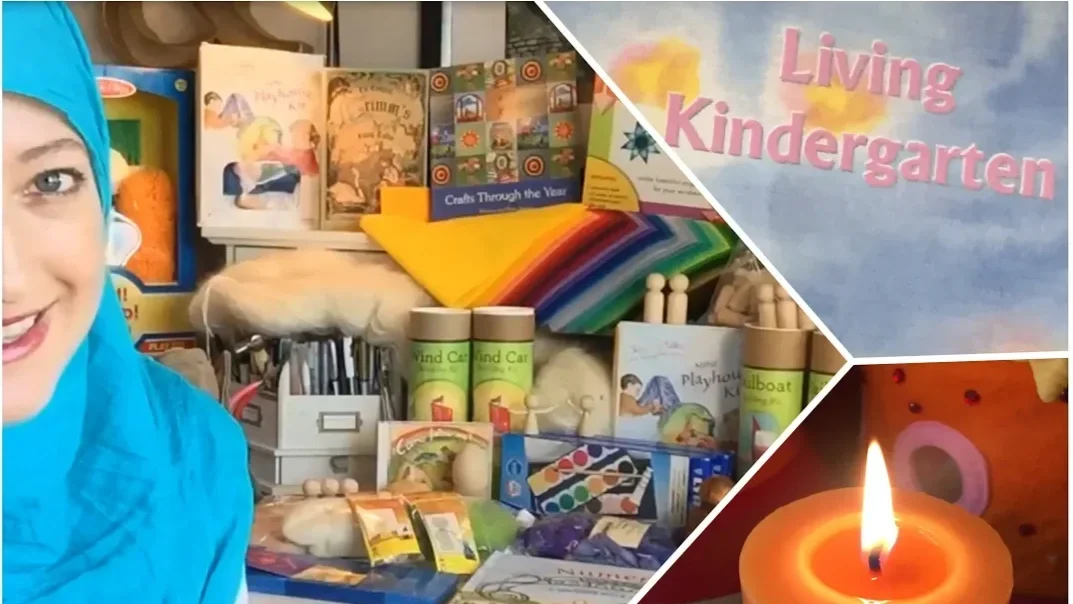
Waldorf Kindergarten Curriculum
In a Waldorf curriculum, the day follows a rhythm as does the week and the season. Each day of the week is devoted to a grain, color and activity, for instance Monday's color is purple and the grain in rice. Washing and cleaning dominate Monday's activities, while Tuesday's color is red and the grain is oats. Tuesday's breakfast may be oatmeal topped with red strawberries.
-

Kindergarten Curriculum Haul | Waldorf
I think the first thing that striking about the KG curriculum in the Waldorf philosophy is the absence of any 'academic' work. There are no workbooks, textbooks or even read aloud books. Instead the curriculum is filled with stories to tell, songs to sing, music to listen to, crafts to do, and toys to play with.
-

Kindergarten Schedule | Homeschool
I wish every week were kindergarten week! We had so much fun. Take a look at the projects we did and listen to how I scheduled our week. While I only allotted one week for our activities, we needed two weeks plus one day. Either we'll always break for two weeks for our kindergarten schedule or as we find our rhythm, we'll get used to just taking one week every 4-6 weeks.
-

How to Play the Fairy Game | Preschool & Kindergarten Games
Recently we got a lot of cooperative games from Peaceable Kingdom. Of all the ones we got, this is one of our favorite. It's perfect for kids about 4 years and up and is interesting enough for adults to enjoy it, too. Color three fairy cards in a single color to remove the flower's gem before Mr. Frost freezes the flowers. The concept is simple and the game is cooperative with light strategy.
-
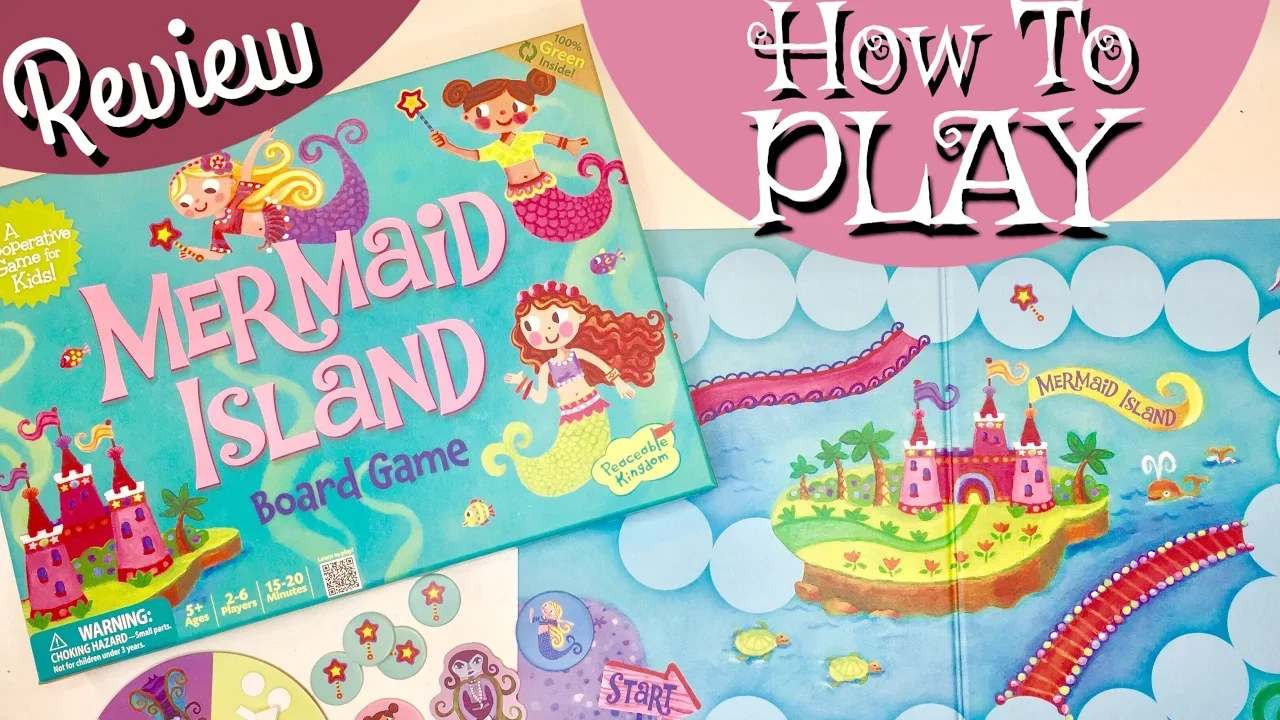
How to Play Mermaid Island | Peaceable Kingdom Games
Looking for a fun cooperative game to play with children as young as three or four years old? Peaceable Kingdom makes an assortment of cooperative games for young players. Mermaid Island is especially suited for very young players because no reading skills are needed to play the game. The cooperative nature of the game lends itself well to children who are not ready for competitive games.
-

Curriculum Comparison | Oak Meadow VS. Live Education | Waldorf Homeschool
Oak Meadow and Live-Education are Waldorf inspired curricula, but what's the difference between the two and which one is more authentic to the Waldorf philosophy? I'm comparing the kindergarten curriculum for both Oak Meadow and Live-Education to give you an in depth look at how each curriculum is set up, what books come with each and how user friendly they are.
-

Storage + Organization for Scarves
Looking for a way to keep your play scarves, silks and wraps neat, organized and easy to get to? Look no further. I have a super simple solution you can do for just a couple dollars, as well as a more permanent slightly more expensive option.
-

The Story of the Giant Turnip | Russian Folk Tale
This is how we retell stories with props. My children are helping with the props while I tell the story. We did it three times and set two of the stories to music. The third story is without music. I edited the clips to give them movement, but basically these are unedited stories.
-
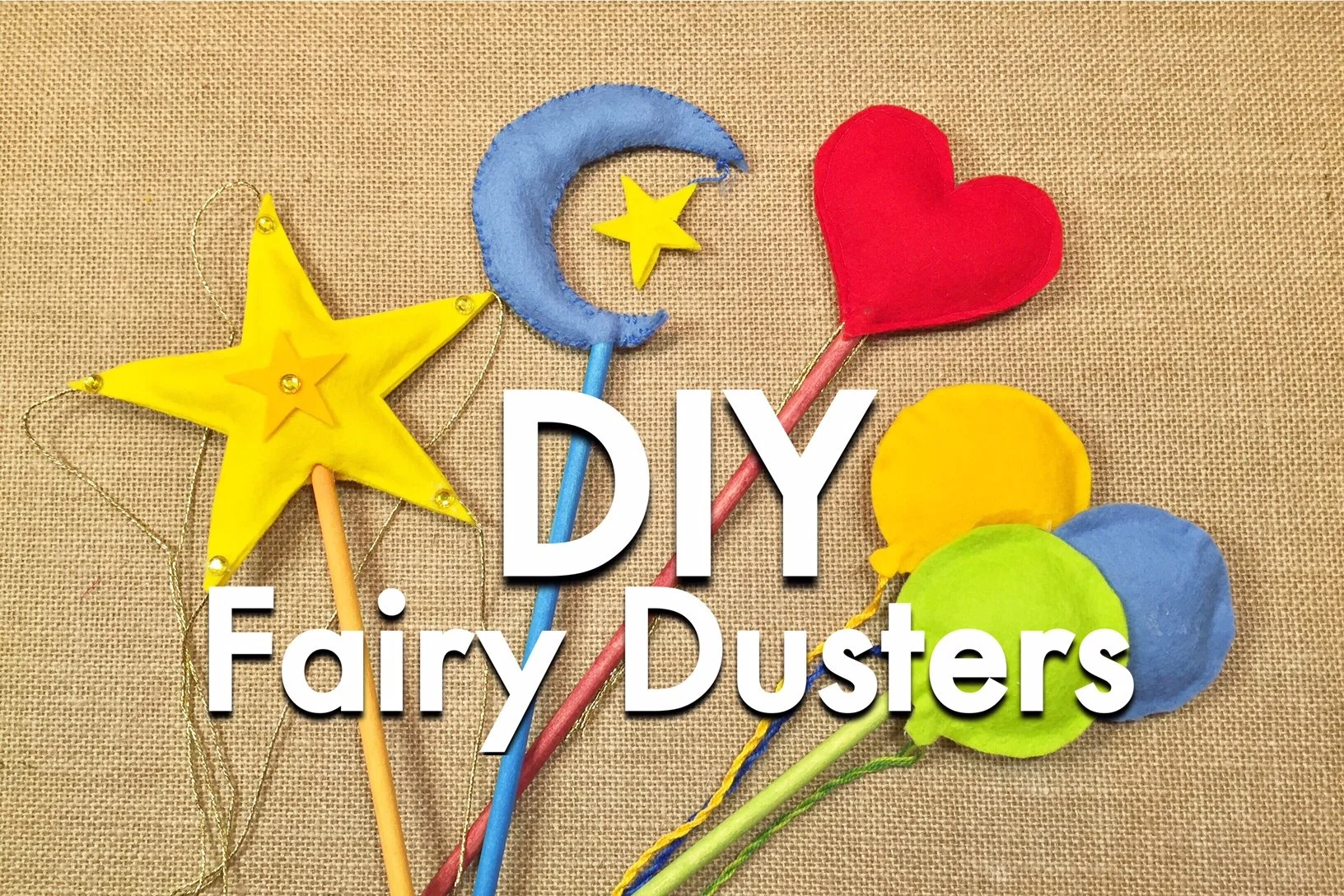
DIY Fairy Wands
I love making things for my children, and this craft delighted them! I'm going to show you four different ways to make these wands. This project is fast, easy and affordable. You can find all supplies at your local craft store and with four methods to choose from, you'll find one that suits your skill level.
-
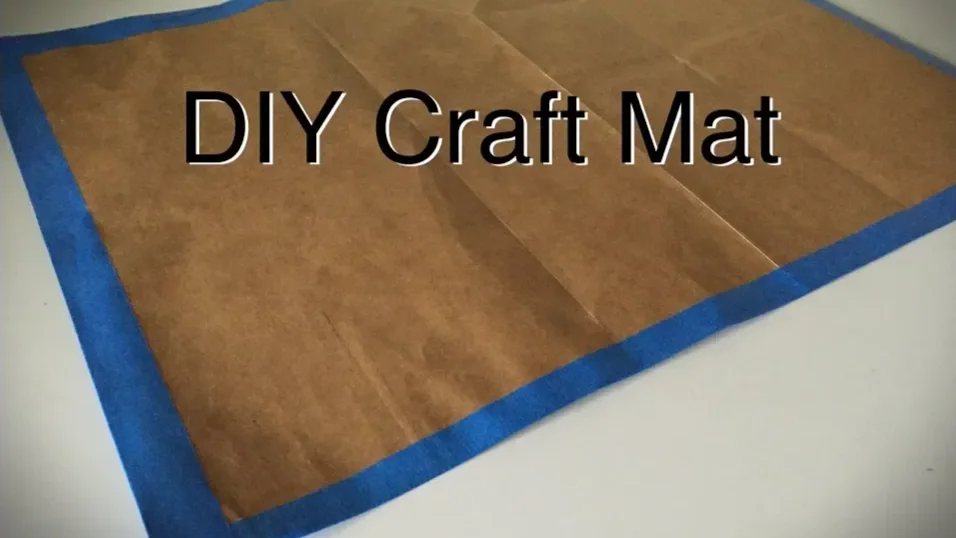
How to Make a DIY Craft Mat
I learned how to make these craft mats from another YouTuber years ago; the only alteration I make to them is to add Con-Tact paper to one side to make a non-porous craft mat for watercolors. These craft mats are made from paper bags you get from the grocery store. Additional supplies are painter's tape or masking tape, and Con-Tac paper (optional). You'll also need a pair of scissors.
Gardening
Calendar & Seasonal
Autumn Crafts & Activities
Winter Crafts & Activities
Spring Crafts & Activities

Grade 1
Grade 1
-

New To Waldorf | Teacher Grade 1
I can’t think of more gorgeous school supplies than Waldorf supplies. But these aren’t for me. I teamed up with @achildsdreamcrafts to arrange a special gift for a new Waldorf teacher who just started work at a Waldorf charter school that is only in its second year and still has a lot of growing pains ahead.
-

1st Grade Homeschool Supplies | Grade 1
First grade supplies for a Waldorf curriculum are so beautiful and inspiring. Typical materials you'll find are watercolors, watercolor paper, block and stick crayons, a recorder, beeswax, yarn and wool.
-
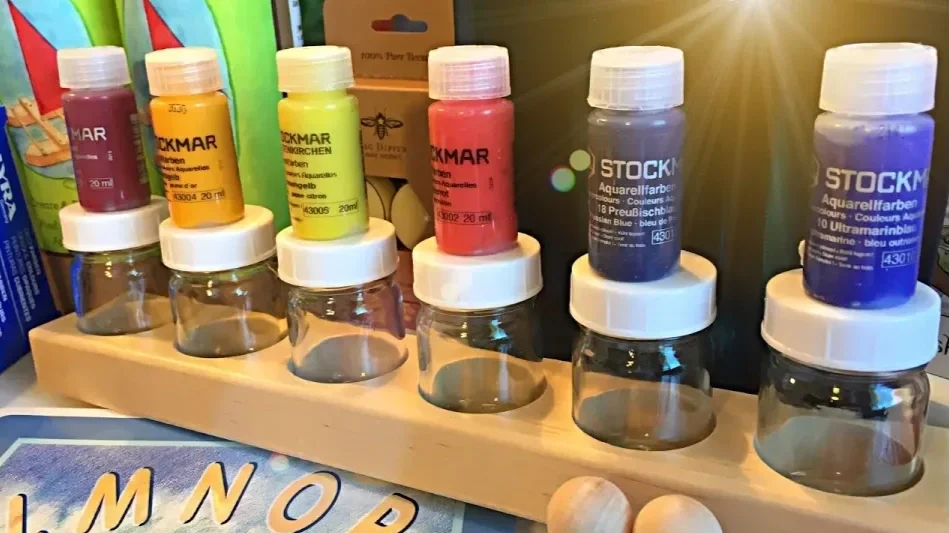
1st Grade Waldorf Curriculum
First grade in a Waldorf school begins at seven years of age, after the change of teeth has begun. Other notable differences about a the first grade curriculum is the story aspect of each lesson, even when you present the child with her first recorder, you present it along with a story. Stories are an important part of the Waldorf curriculum.
-

Waldorf Math | Living Books | Grade 1-3
Do you want to make math meaningful, educational and enjoyable? It may seem like an impossible task, but it can be achieved! I've collected a number of living books and games to enhance our math main lesson block. These materials are suitable for students grades 1-3 but can be enjoyed by older students as well.
-
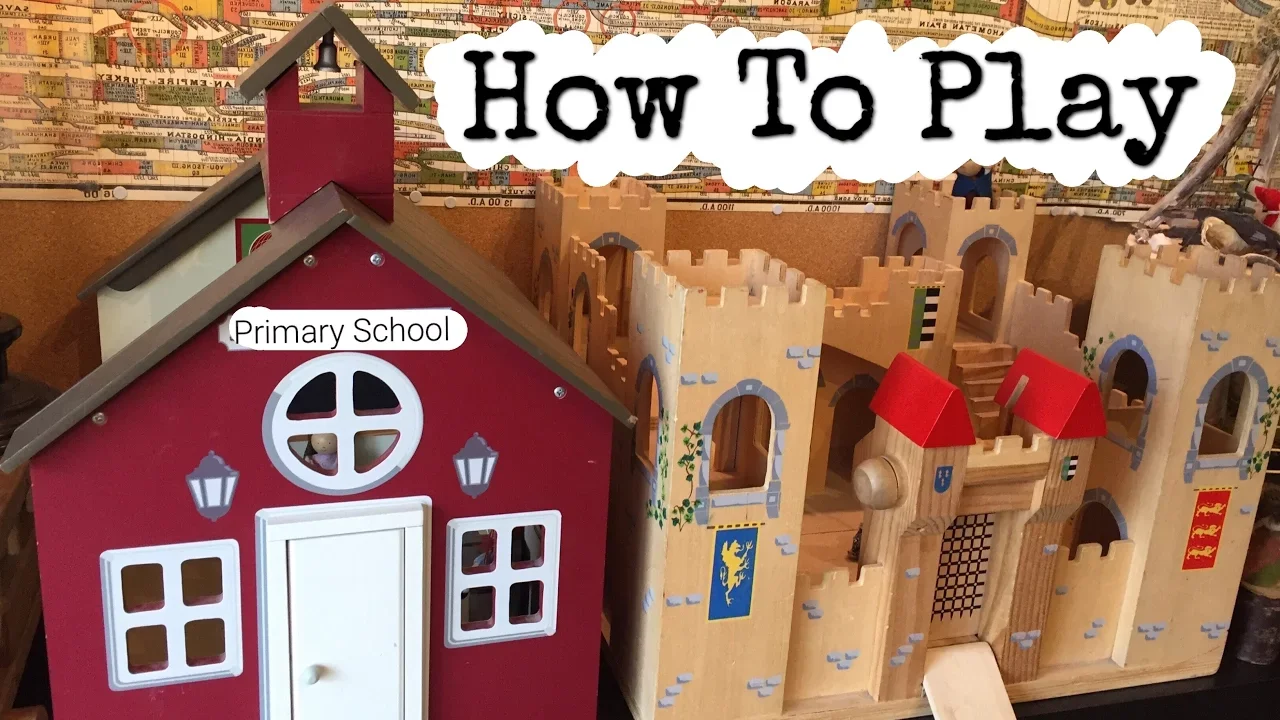
Transition Activities for Children from Play to Homeschool
Let them play. They won't want to when they are older, so you might as well foster it while they are young. But what kind of play am I talking about? I have specific ideas on that, and I'll share them with you because there is a lot of 'play' I don't support. First, this play is completely media-free. No ipad, video games, movies or even audio-books. In the absence of media, what will you surround your children with to play?
-
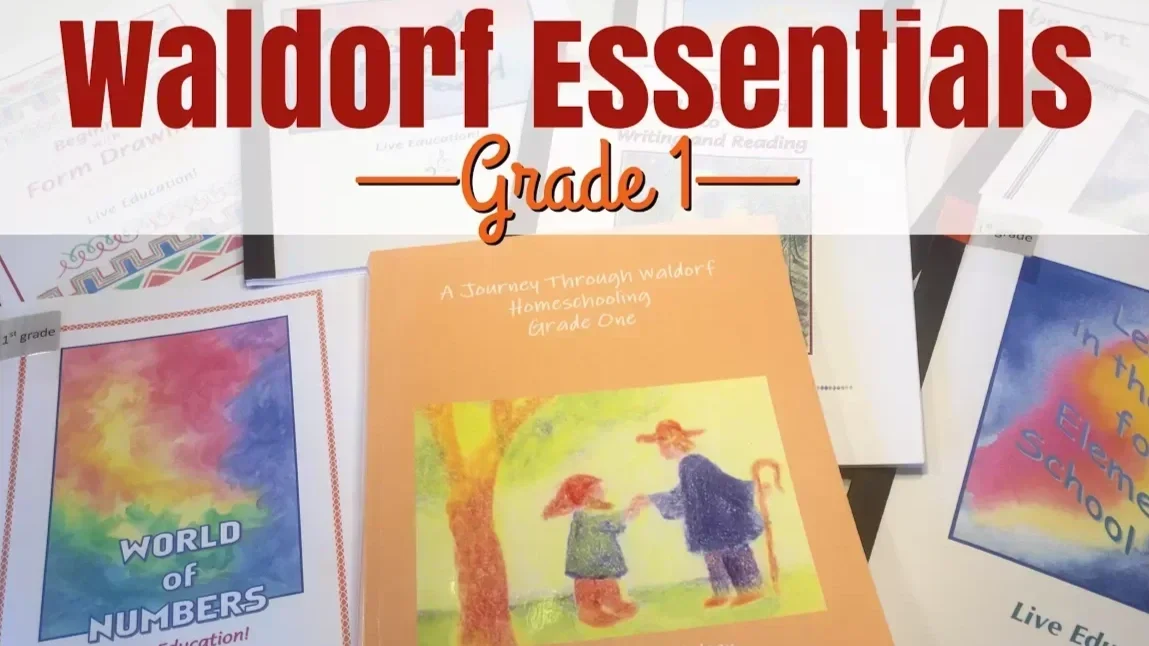
Grade 1 Waldorf Essentials Curriculum Review + Comparison with Live Education
It's probably the biggest homeschooling decision you're going to make: Choosing a curriculum. When you've finally narrowed down you want to do a Waldorf approach, next you have to sort through the Waldorf curricula that are available. Today I'm walking you through the Waldorf Essentials curriculum for first grade with a comparison to the Live-Education curriculum also for grade one.
Form Drawing Lessons
Watercolor Lessons
Nature Study | Resources
-

Charlotte Mason Living Books
Everytime I think I'm done buying books, I find more I think I like. In some cases, I see other homeschoolers using these gems in their homeschool and decide we want to add them to our library. Other times, Amazon recommends books based on our purchases and what other customers bought.
-
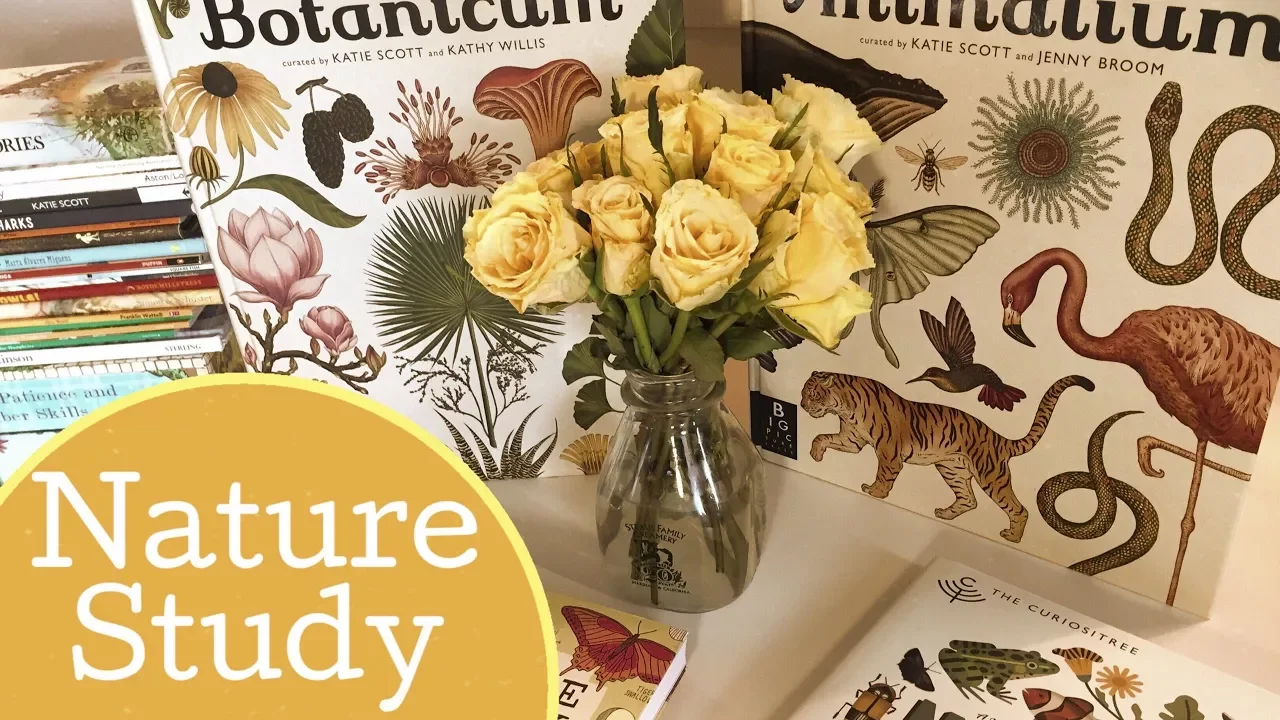
Nature Study | Botany & Zoology
Each Spring when we do our nature unit studies, we collect an assortment of nature science books in botany and zoology, coordinate projects and hands-on activities, and round it out with some picture books and games. Each year it’s similar but different as we add new books and projects.
-

Life Cycle of a Frog | Chalk Drawing
I created a new chalk drawing for our main lesson board, and this time I focused on the lower right side where I illustrated the life cycle of a frog. For this project, I used my Sargent Art chalk pastels, which I love because they produce vibrant, rich colors. Over the years, we’ve worn our pastels down so much that some are just tiny nubs, so I recently added a few new ones to my collection.
Nature Study Lessons
Nature Study | Projects & Activities
Handwork Projects| Grade 1
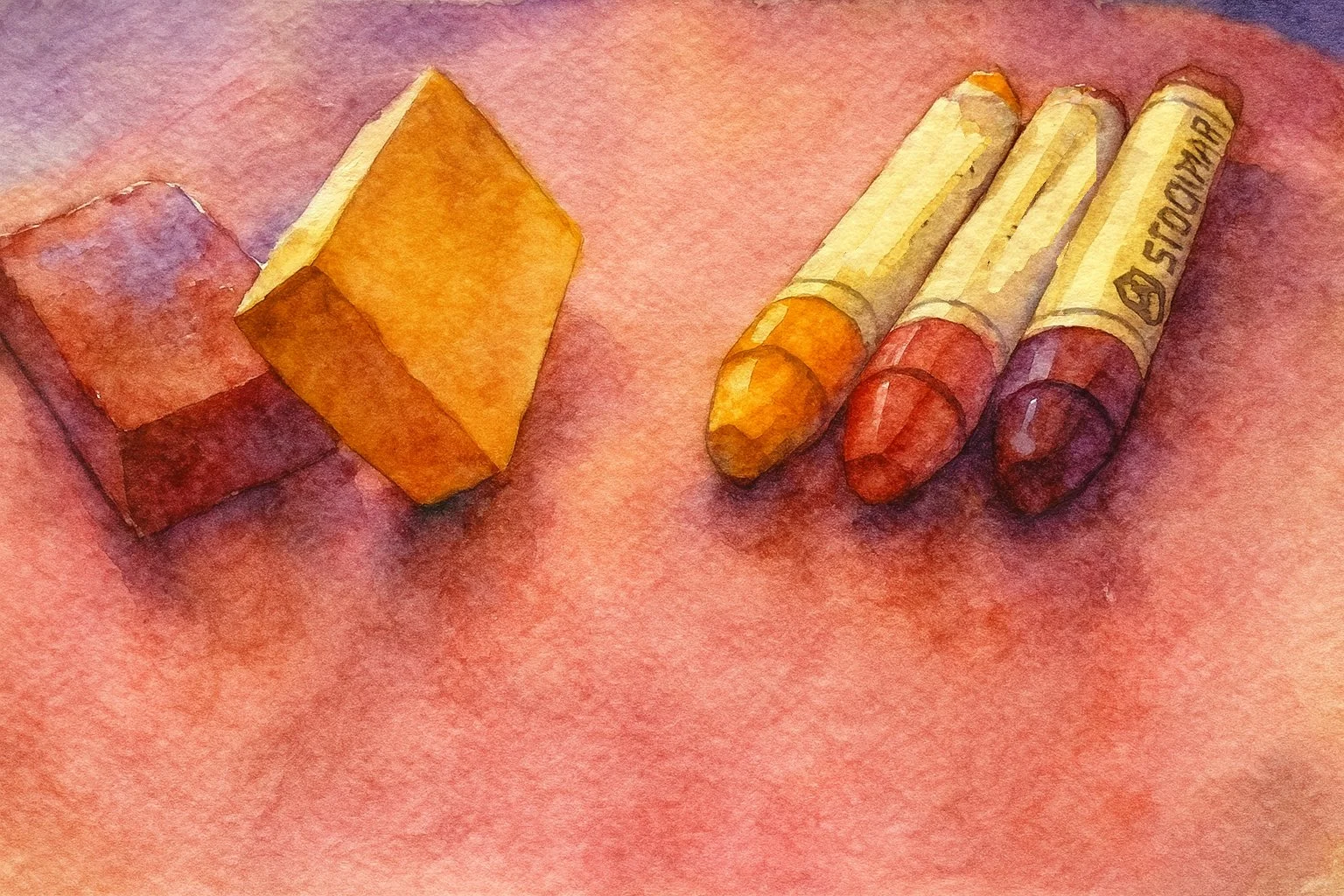
Grade 2
Grade 2
-

Homeschool Curriculum Comparison 2nd Grade Curriculum Choices | Grade 2 Waldorf
It's one of the hardest things choosing a curriculum. Today, I'm sharing two boxed curricula that are Waldorf inspired. One more so than the other, yet one is more user-friendly than the other. I'm featuring the old version of the Oak Meadow 2nd grade curriculum you can only find second hand, but you can find the updated version of the curriculum at the Oak Meadow website
-
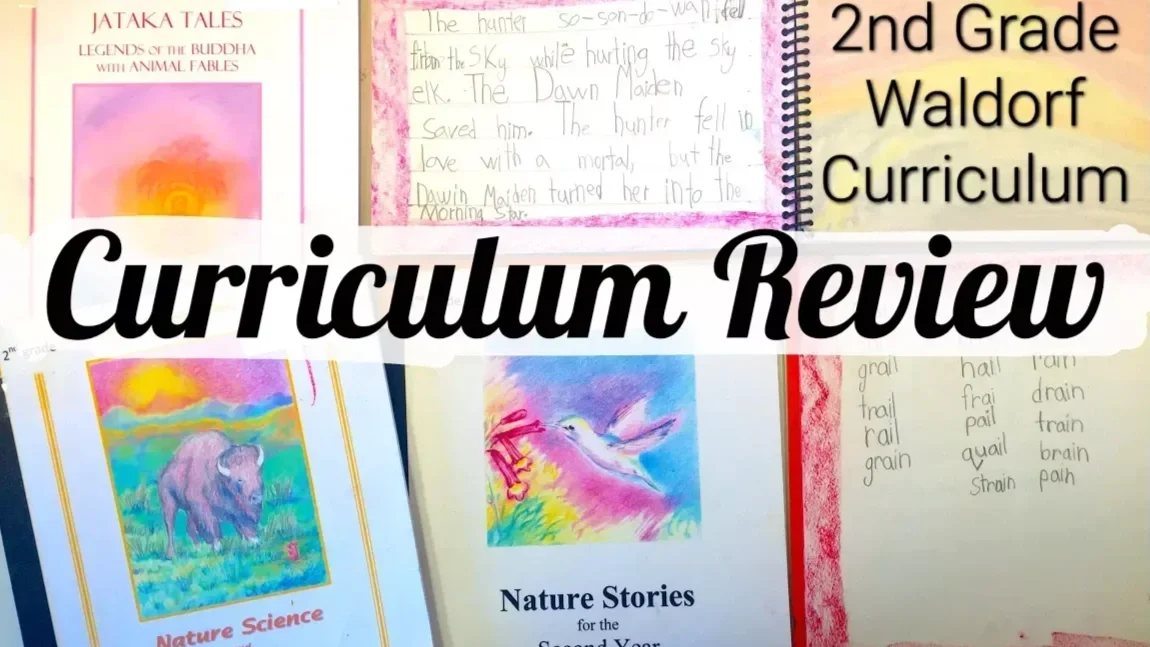
2nd Grade Waldorf Curriculum | Grade 2
Taking a look at the Live-Education 2nd grade Waldorf curriculum you'll find a unique approach to the subjects typically found in most curricula for this age. I will also give you a peek at the main lesson books my son made. There are no workbooks or textbooks in this curriculum, so you're going to have to actively participate to make this curriculum work.
-

Waldorf Math | Living Books | Grade 1-3
Do you want to make math meaningful, educational and enjoyable? It may seem like an impossible task, but it can be achieved! I've collected a number of living books and games to enhance our math main lesson block. These materials are suitable for students grades 1-3 but can be enjoyed by older students as well.
-
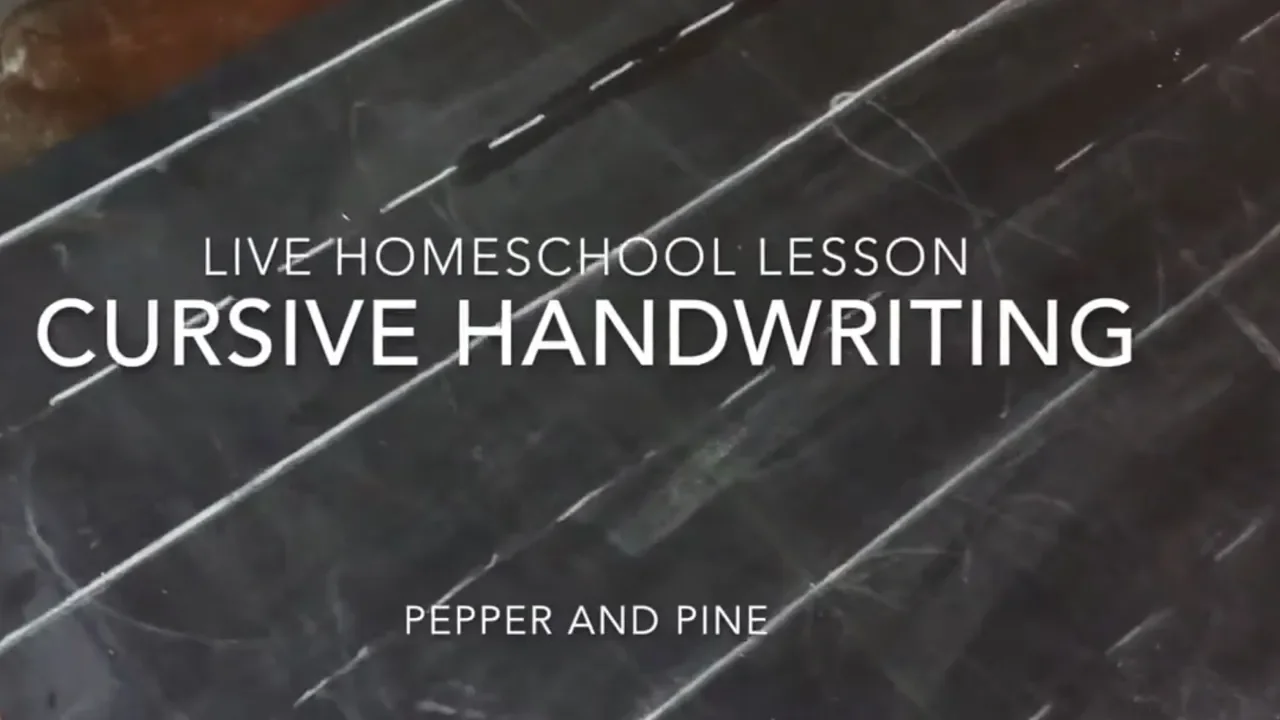
Live Cursive Handwriting Lesson
Here's a live homeschooling lesson for cursive handwriting for my 12-year-old son. Handwriting has always been a struggle for my boys, but with practice, they've definitely improved. I've teetered on the fence of whether or not to teach cursive handwriting and insist that my students master this skill. While I've presented and taught cursive handwriting to each of my students so far, I have not insisted that they master it or use it in their dictation, copywork or narrations.
Owl Unit Study
Butterfly & Caterpillar Unit Study
Handwork Projects | Grade 2
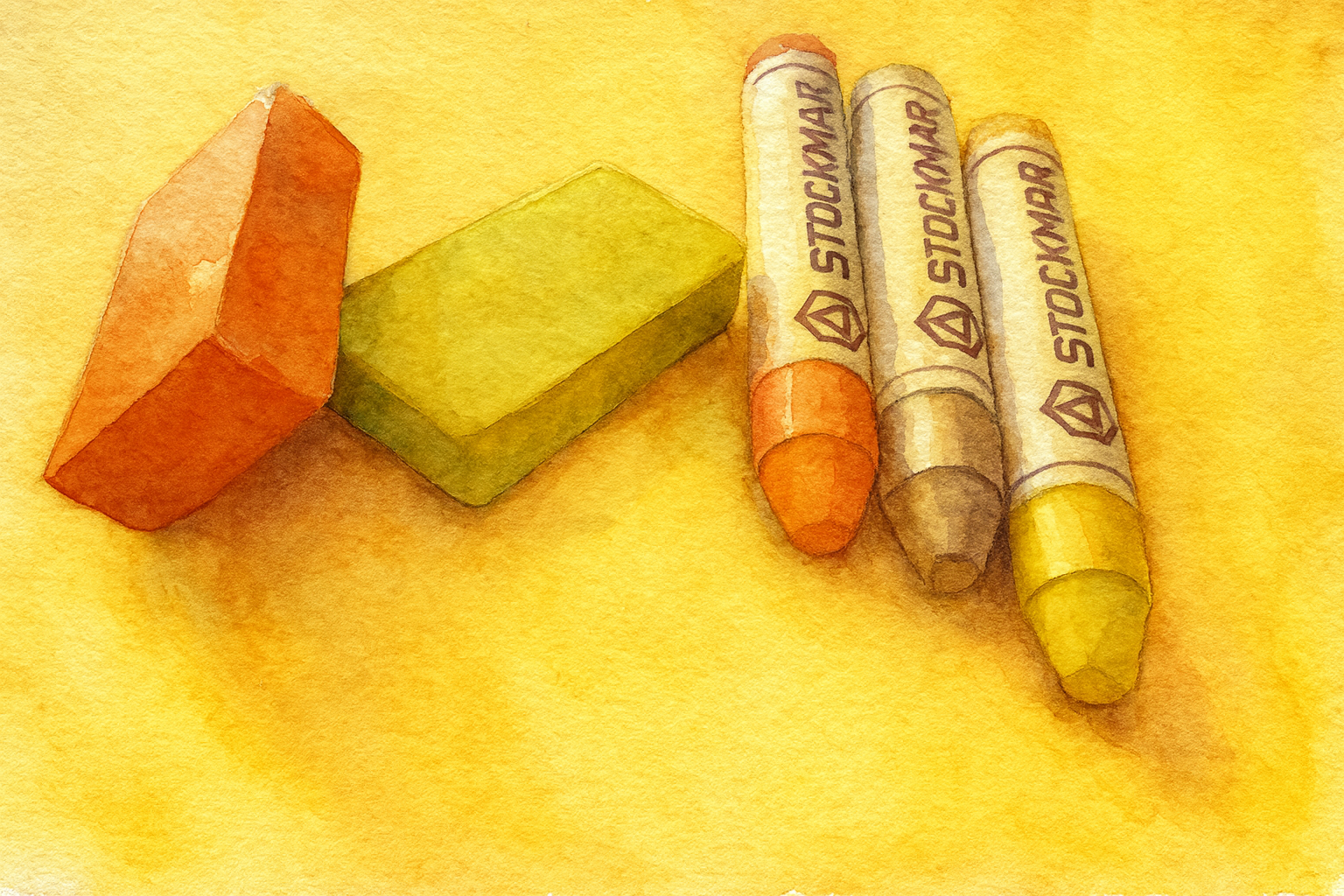
Grade 3
Grade 3
-

3rd Grade Waldorf Homeschool Curriculum
When I first saw the third grade Waldorf curriculum, I wasn't interested in using it because there was so much content I didn't intend to use. A few years later, I realized the wisdom behind why these particular main lesson blocks are chosen for the 9-year-old student. I'll share those reflections in the video as well as give you an in-depth review of the Live Education! curriculum with tips of how to use it.
-
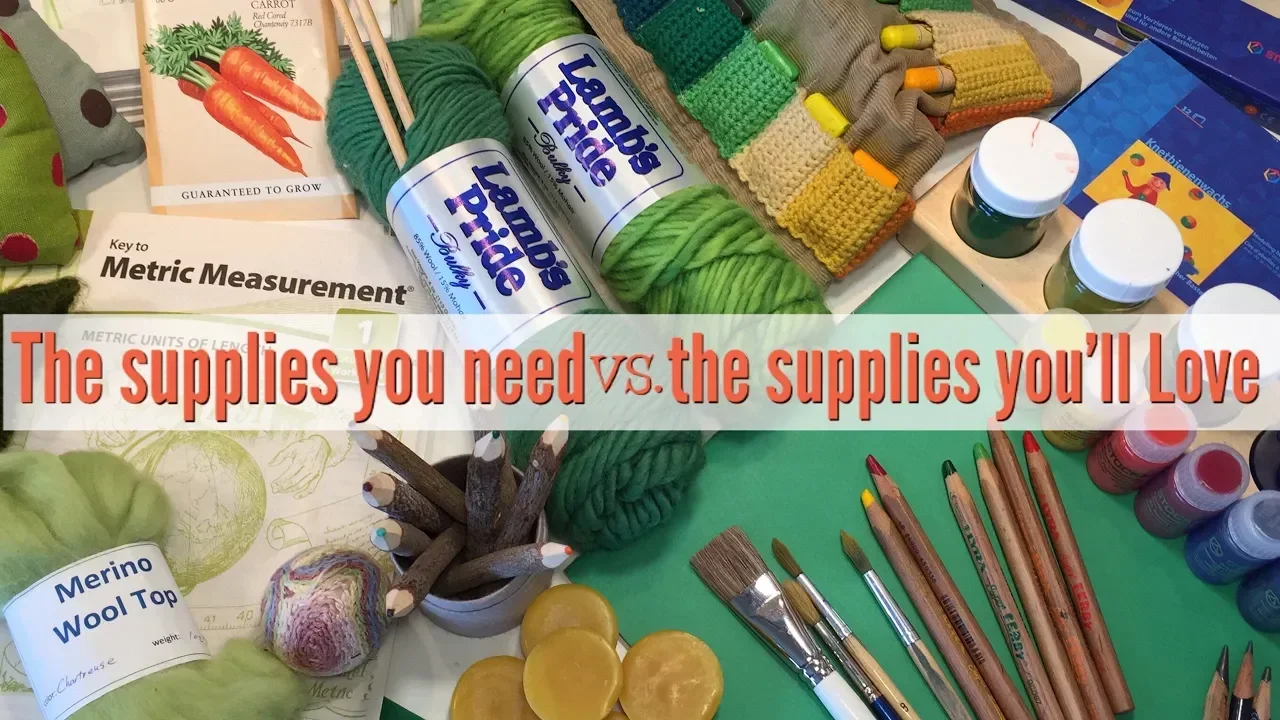
Homeschool Supplies for 3rd Grade
You'll need a number of supplies for the third year including the basics of main lesson books, additional resource books, crayons and color pencils, watercolors and watercolor paper as well as the materials for handwork projects. You can see the complete list of supplies for the third grade.
-

Handwork for Grade 3 | Homeschool + Classroom | 3rd Grade
It's truly beautiful how the handwork in Waldorf education is specifically chosen to help the child on his emotional, educational and spiritual development. The third grade student is going through the nine year change and to help give the child a sense of purpose and comfort during this transition, the curriculum aims to teach the practical arts and skills to the child in the form of shelter building, farming and clothing.
-
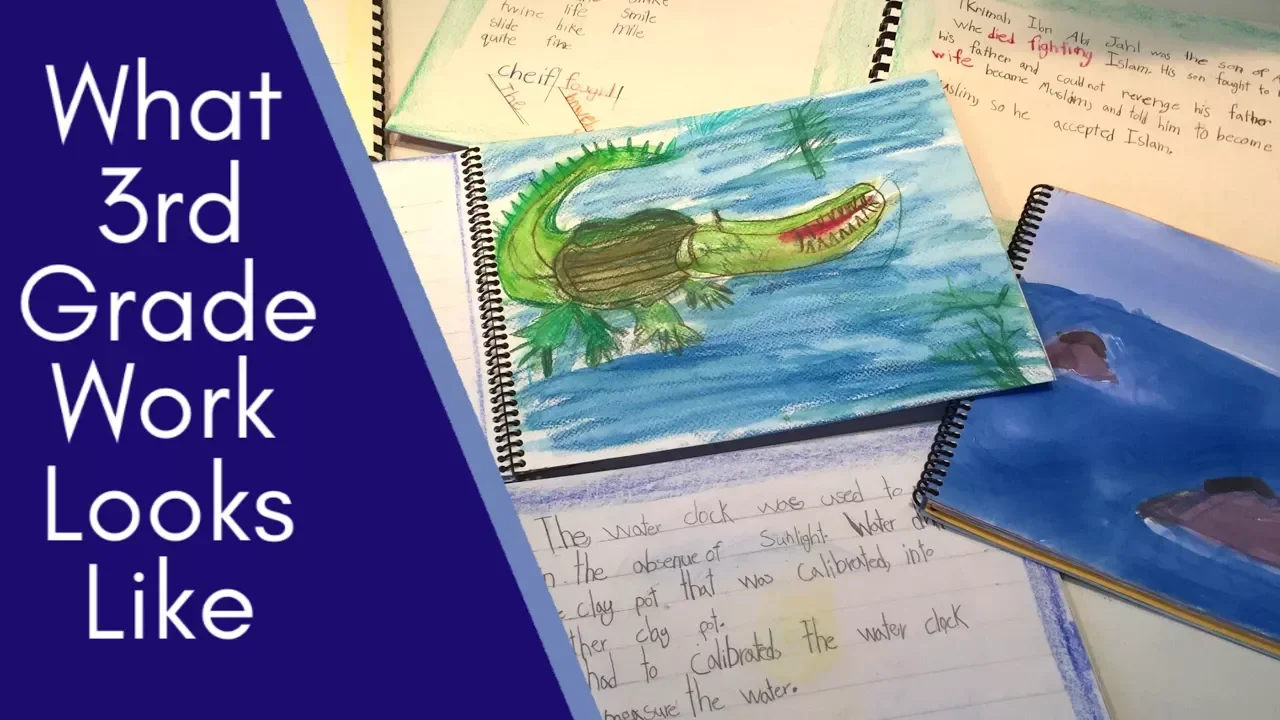
3rd Grade Main Lesson Books
Main lesson books are some of the most beautiful and memorable projects from our homeschooling. We've accumulated a lot of them over the years. While we didn't always teach the lessons according to the grades, we do seem to have main lesson books for most main lesson blocks over the years. Today I'll share some from the 3rd grade Waldorf curriculum by Live-Education!
-
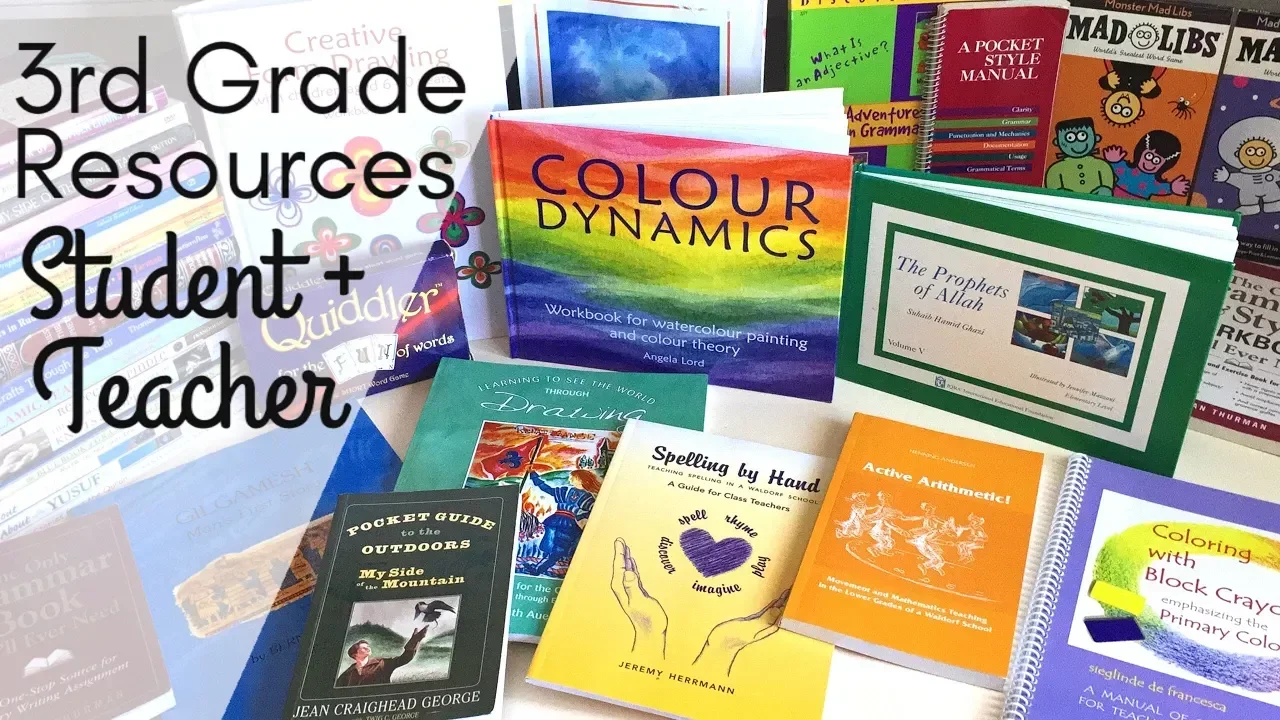
3rd Grade Books & Resources
There are a number of additional resources I use when homeschooling, even when using a curriculum that doesn't require any. It's not always a good thing. Sometimes it give you more work and stretches lessons unnecessarily. Sometimes the extra books are golden! Today I share a wide assortment of additional books we used when putting together our main lesson blocks for 3rd grade.
-

How to Make a Sailboat
I'm so pleased with the kits by Pied Piper. This sailboat kit comes with everything you need to make a real working sailboat. The only tool you need is a hammer. It's perfect for children ages six and up, though you may need to help young children.
-

How to Make a Wind Car
This is another awesome kit from Pied Piper Crafts. This wind car kit is designed for kids eight years an d up and comes with everything you need to make one wind car. The only thing you'll need is a pair of pliers.
-
How to Make a Cape
This is one easy cape to make! So easy, someone who can't sew (me) can make not just one, but many! My nine-year-old son made this one with my help.
Charlotte Mason Nature Unit Study | Bees
Gardening
Handwork Projects | Grade 3

Grade 4
Grade 4
-
Quick Overview of Grade 4 Waldorf Inspired
Quick overview and preview of the Grade 4 complete Waldorf inspired curriculum. I have full length videos on each of the subject areas and main lesson blocks for grade 4. I include workbooks, supplement resources and materials often used or needed for the grade 4 student including Main lesson books, art materials and handwork.
-

Waldorf Grade 4 | Complete Overview
This video is the compilation of the videos for Waldorf Grade 4 including the Main Lesson Blocks for Grammar, Math, Norse Myths (and other epic poems), Man and Animal (Zoology), Geography, History and Industry and Handwork as well as an overview of the child in Grade 4 as a 10 year-old and the development and types of stories that best suit those changes and milestones.
-

Grade 4 Live Education Waldorf Curriculum Review
The Grade 4 curriculum by Live Education comes complete with several main lesson blocks that help support the development of the 10 year old child. Grade 4 is intended for children ages 10-12 approximately. The main lesson blocks in year 4 are the following: The Norse Myths, Beowulf, the Kalevala, Imaginative Math and Fractions, Man and Animal, Local geography, Drawing Animals, The Introduction to the Fourth Year Curriculum, The World of Animals (companion volume), Teaching Grammar with Imagination.
-
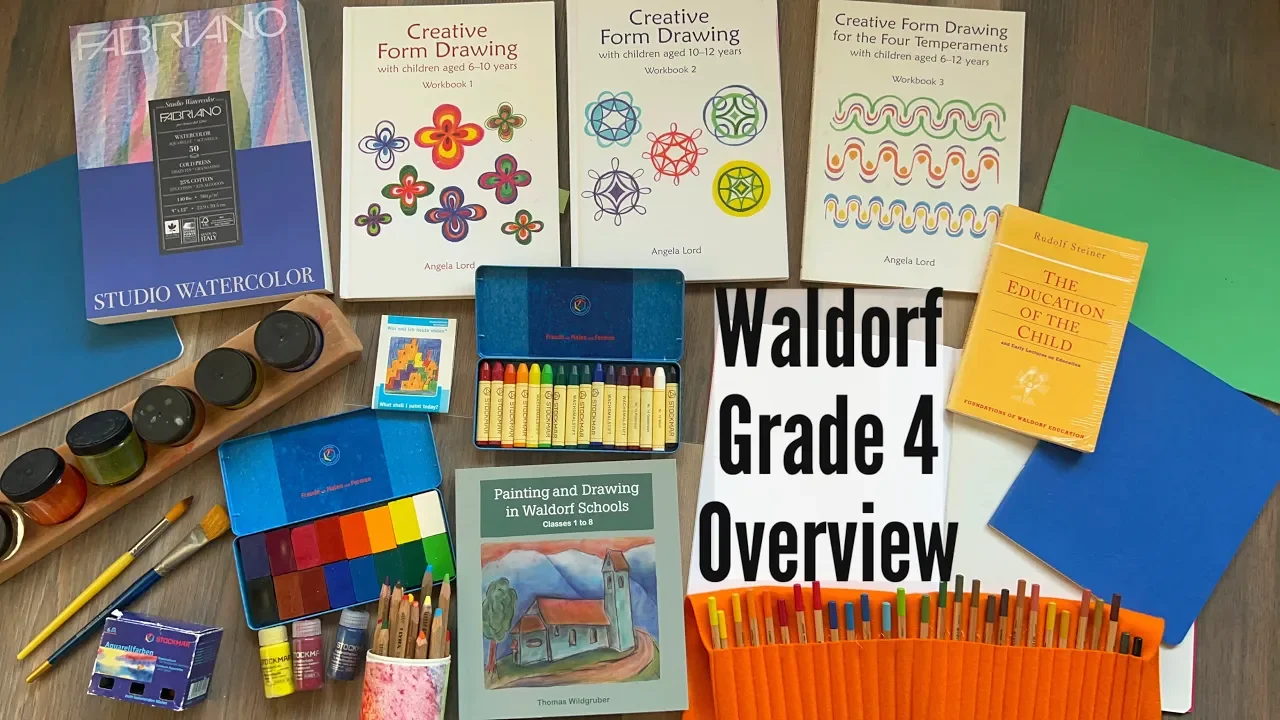
Overview of Waldorf Grade 4 | Development of the Child
Welcome to this Grade 4 series where I share many of the resources for grade 4, many of which are Waldorf inspired. Grade 4 is typically students 10-12 years old, or students who have just completed or just about to complete their 'nine-year-change' which is a major developmental change that occurs in the 7 years between the 'age of awareness' (roughly around 7 years old) and puberty (which most children reach by age 14).
-

Waldorf Grade 4 | Math Resources
In every grade, a new mathematical concept will be introduced and all the concepts before will be worked on for proficiency and eventually mastery. In grade 4, fractions are introduced. I find fractions to be a difficult concept for many children and adults to fully understand and master. While there are some children who take to it right away, I have an idea for you if your child doesn't or if you still struggle with the concept of fractions, decimals and percents.
-

Waldorf Math | Times Table | Chalk Drawing
In our Waldorf inspired homeschool, we start off our year with our main lesson blocks in Math or Grammar. This year we are working on the times table primarily and since we want to take the year to master it (though it will likely take longer realistically), we are starting those lessons right from the start.
-
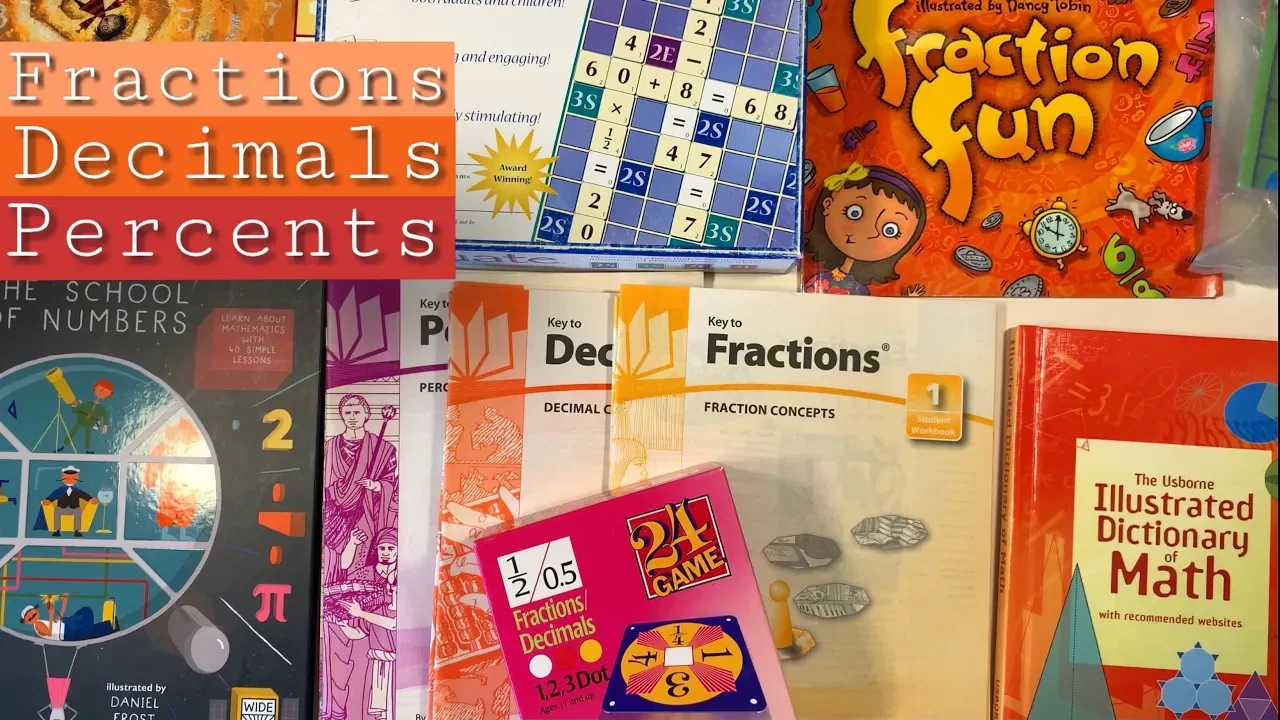
Fractions, Decimals and Percents
It's my opinion that fractions are the most challenging math concepts that elementary students have to master. And while in a relatively short space of time they can become fairly proficient in calculating fractions, decimals and percents on paper, I do think it takes years, even decades to fully master the concept and practice of fractions.
-

The Best Waldorf Math | Teaching Mathematics in Rudolf Steiner Schools for Classes I-VIII
If you've ever wanted to learn more about how math is taught in Steiner schools (Waldorf education), this book will take you from conception to application. Teaching Mathematics in Rudolf Steiner Schools for classes I-VIII by Ron Jarman is the most comprehensive books on mathematics I've ever seen.
-

Mental Math Curriculum | Grades 3rd, 4th and 5th | Mastering the Multiplication Times Table
Grade 4 is synonymous with the introduction of fractions. And while it may take years to master fractions, students will progress to higher math the following year while reviewing the maths of previous years. Additionally, students will continue to work on their mental math abilities. Mental math is the process of doing math problems in your head without paper and pencil.
-
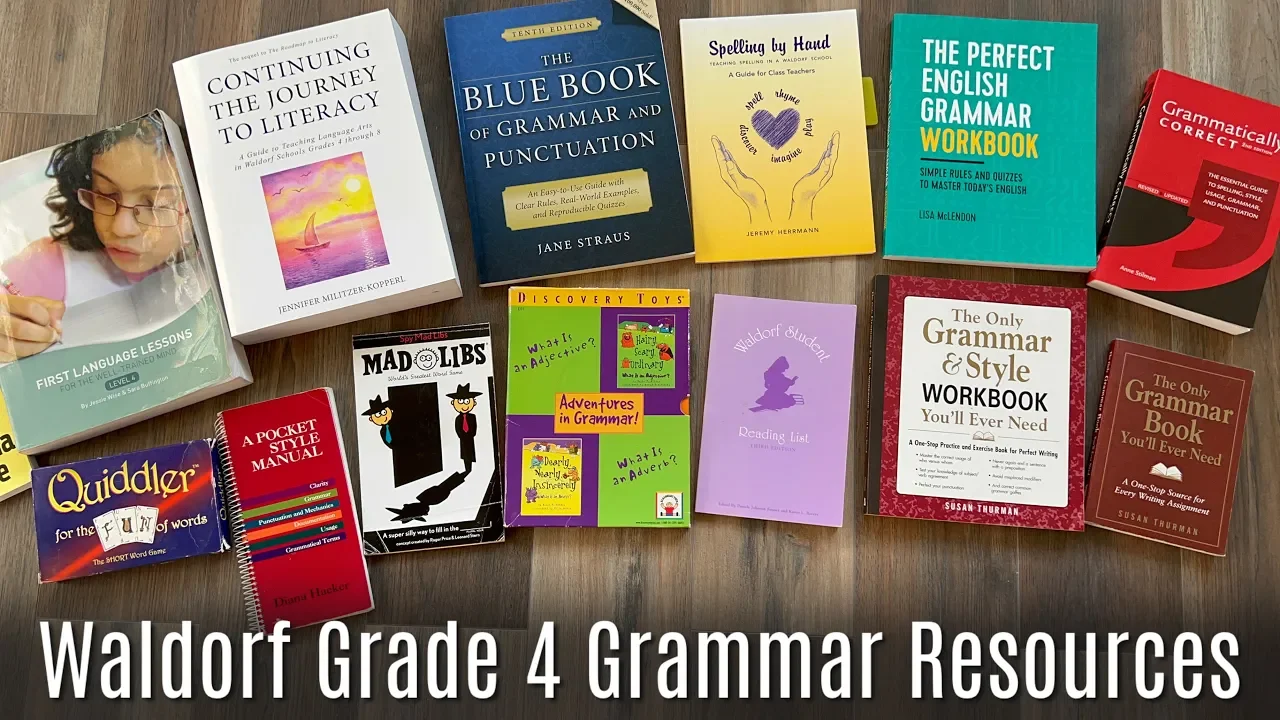
Waldorf Grade 4 Grammar Resources
While I love the Waldorf approach and the use of developmentally appropriate stories and an educational approach that delivers content that will be well received by the child because they are ripe for it, I have to say that when it comes to imaginative math and grammar, I have a hard time wrapping my head around the approach.
-
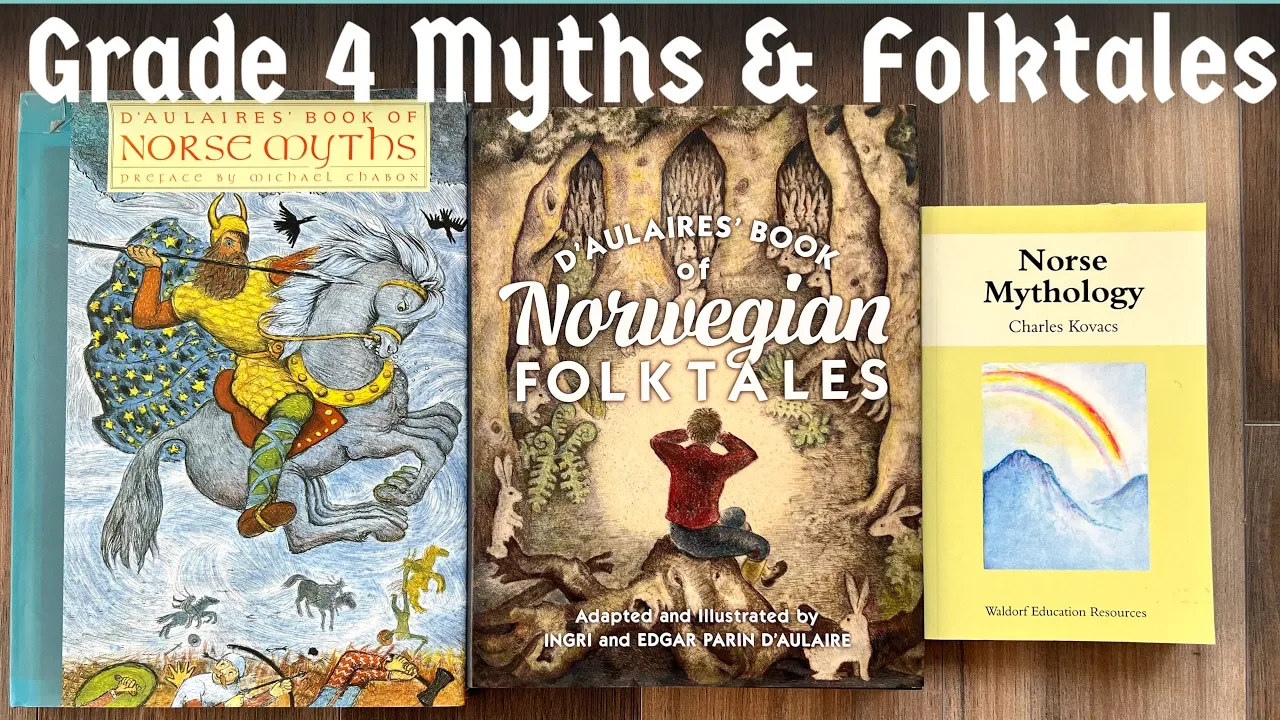
Waldorf Grade 4 | Folktales, Mythology & Heroic Poems
Let's review the stories children will be exposed to and learning from since grade 1. When introducing the letters, the stories of Grimm's Fairy Tales. In grade 2, when grammar and spelling are being explored, the stories of Native American Legends and Aesop's Fables are being told. In grade 3 when the child is going through their 9-year-change, the Saints' and Prophets' stories give the student comfort as they relate to the wandering of Moses in the desert just as the child feels out of sorts himself and looking for stability and control.
-

Quick Look at Norse Myths Resources
Norse Myths Extended Block. When we did our Norse Myths, I collected various books and put together my own block without the main lesson book. I sourced various books, but many ended up being similar and redundant.
-
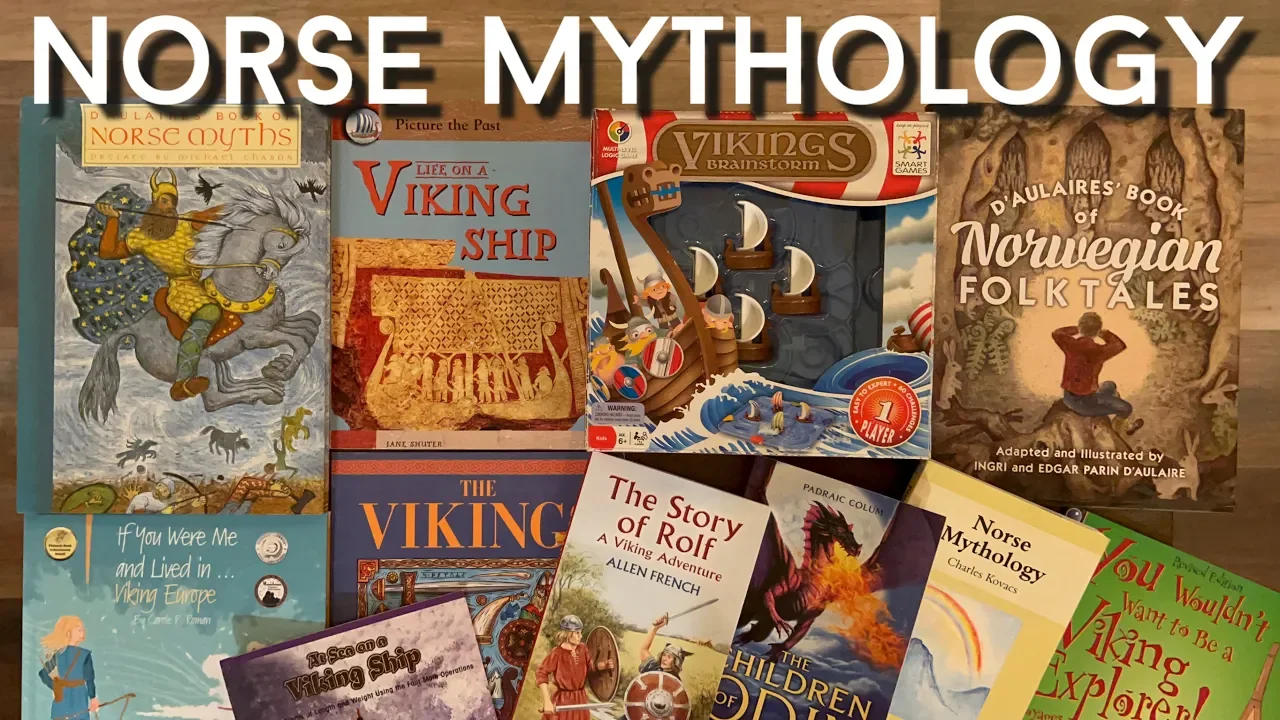
Norse Mythology Main Lesson Block
While I liked having a historical fiction, and a picture book or two on life in Viking times, one of our favorite books was If You Were Me and Live in Viking by Carol P. Roman. That book was written with the child in mind and is told entirely from the child’s point of view. One thing I love to add when possible is food! I love introducing recipes from around the world or ones that will enhance a lesson. We also found an innovated book that combined math with a viking ship. While I loved the idea, we didn’t utilize it as well I as hoped.
-
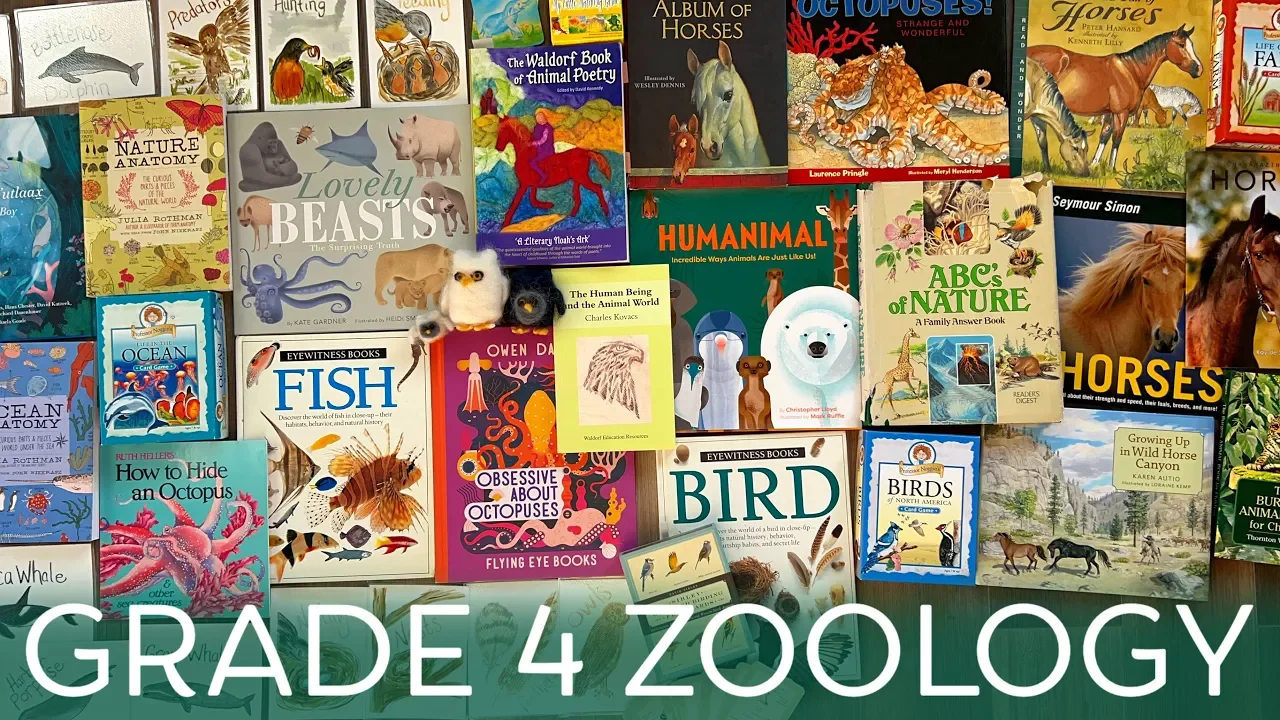
Man and Animal | Waldorf Grade 4
The zoology block in grade 4 in Waldorf schools in unlike a typical zoology class. Instead of the traditional classification of the animals in the Animal Kingdom (which is saved for a bit later), the class begins with the exploration of the human form looking at the head, trunk and limbs. We see that as humans, we do not need all four limbs for movement or mobility. We see our hands are free. Our hands are for giving and caring for others. I love the spiritual connection between the two.
-

Handwork Resources | Waldorf Grade 4
Handwork in Waldorf schools takes as much care in choosing the work that will be done as choosing the lessons. In some cases the lessons and the handwork coordinate beautifully. Cross Stitch and embroidery are the main projects for this grade. Felting a ball is the first step to an embroidered ball. This project may take weeks to months to complete. Cross stitch is a beautiful skill to develop at this age.
-
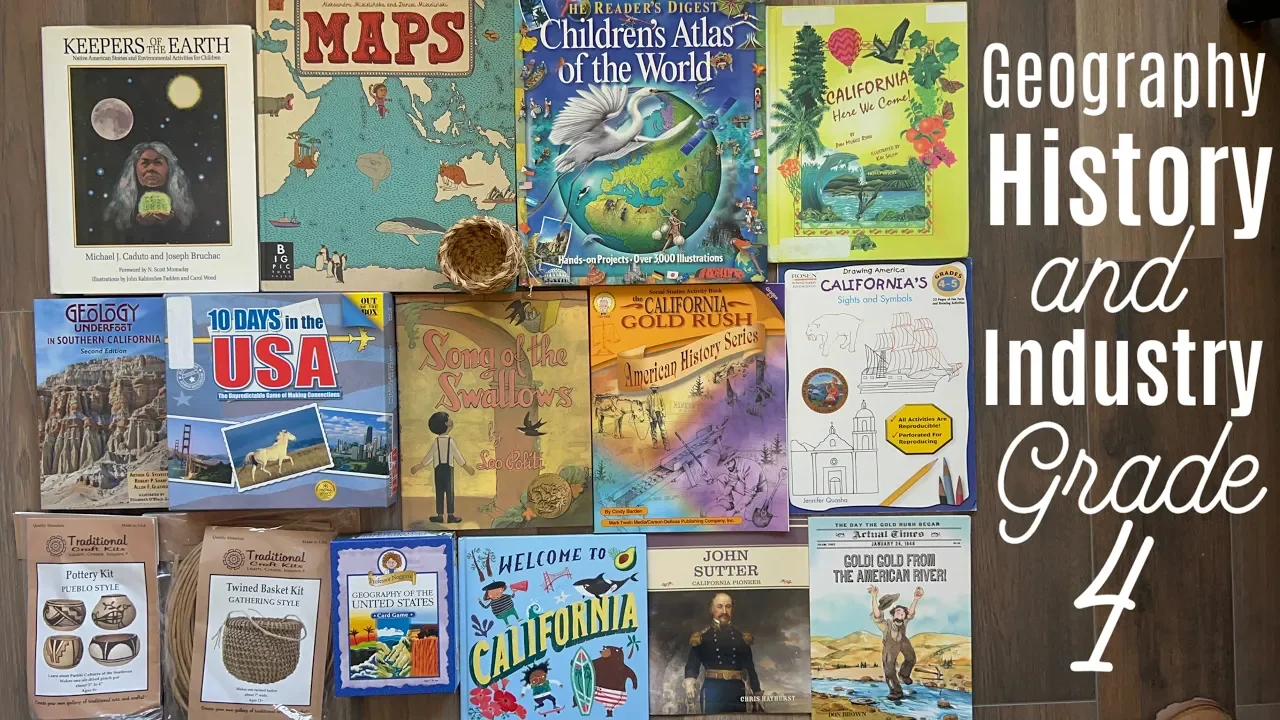
Geography, History and Industry | Waldorf Grade 4
This block requires extra work on your end because it’s based on where you live, the geography of your area, the layout of your home and neighborhood or town, and the history of your county or state. I’m sharing some videos and resources for California and indigenous people of northern and southern California, specifically the Ohlone and Chumash tribes. Some of the books I’m sharing are for other tribes or native people in general. Some of the traditional arts and crafts were taught or explained by native people teaching their craft or sharing their history, story and craft.
Grade 4 History | The Western Movement
Grade 4 History | Alaska Unit Study
Grade 4 History | California History
-
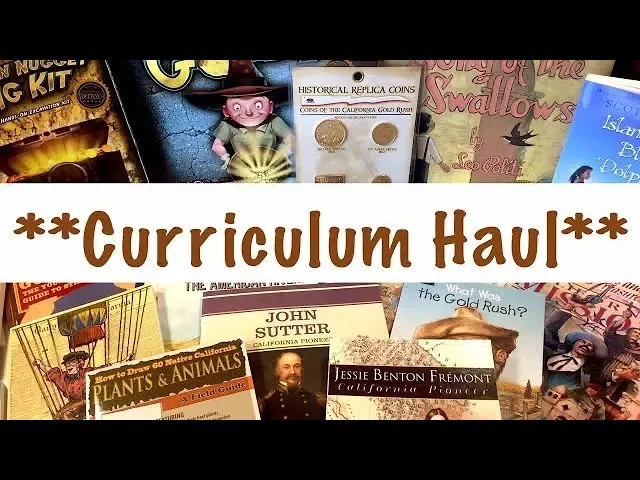
Curriculum Haul | California History
California history including the gold rush make up this unit. It's a mix of biographies, historical fiction, resource books, kits and a 'how to draw' book. I think I'm most looking forward to the kit we got for panning for gold.
-

How to Pan for Gold | Gold Rush
I bought this kit when we did our American history units when I put together our unit on California history. We ended up not quite reaching that California history when those history units were over (they'll be revisited again), but I had all the kits.
Zoology Unit Studies
Birds Unit Study
Horses Unit Study
Handwork Projects | Grade 4
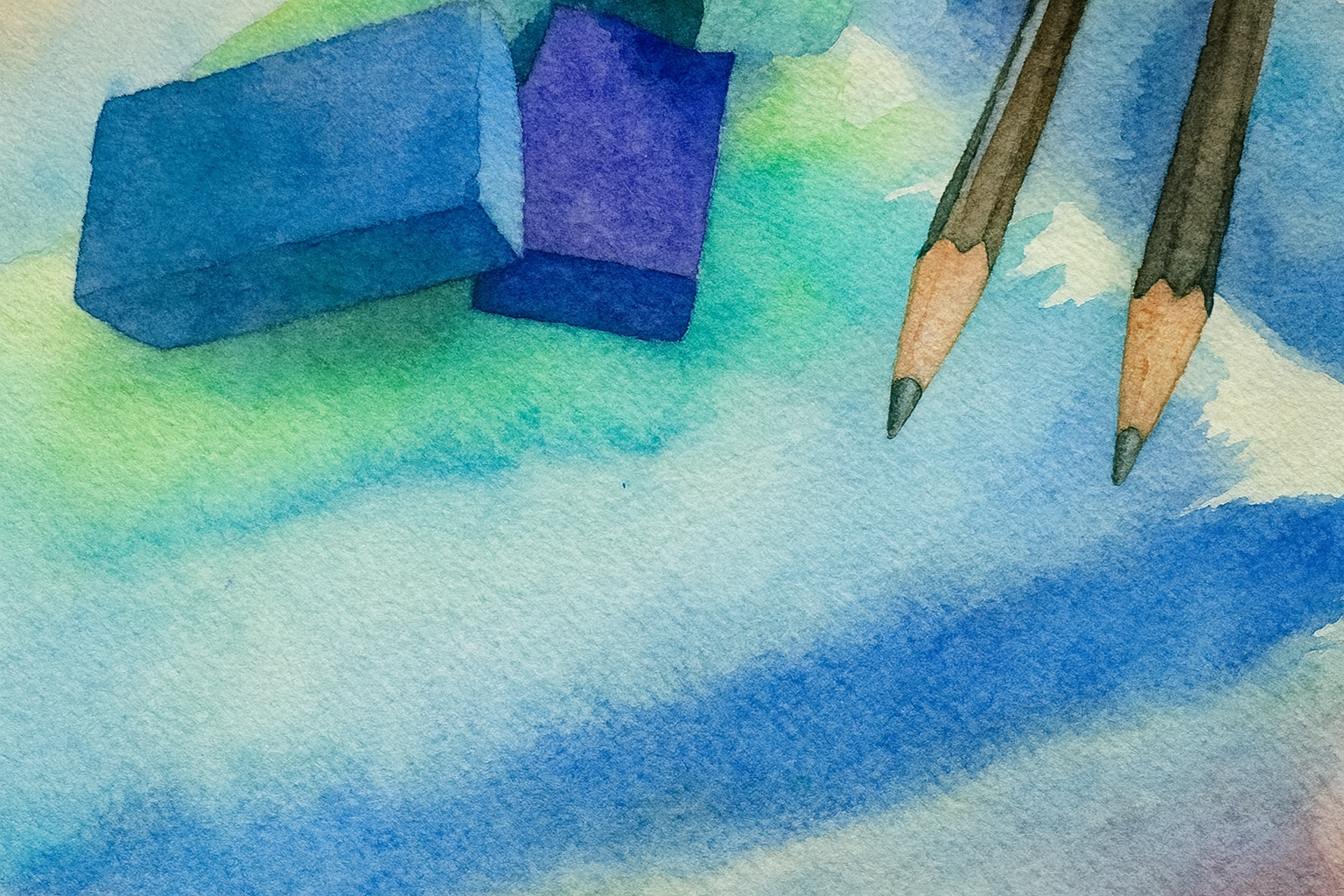
Grade 5
Grade 5
-
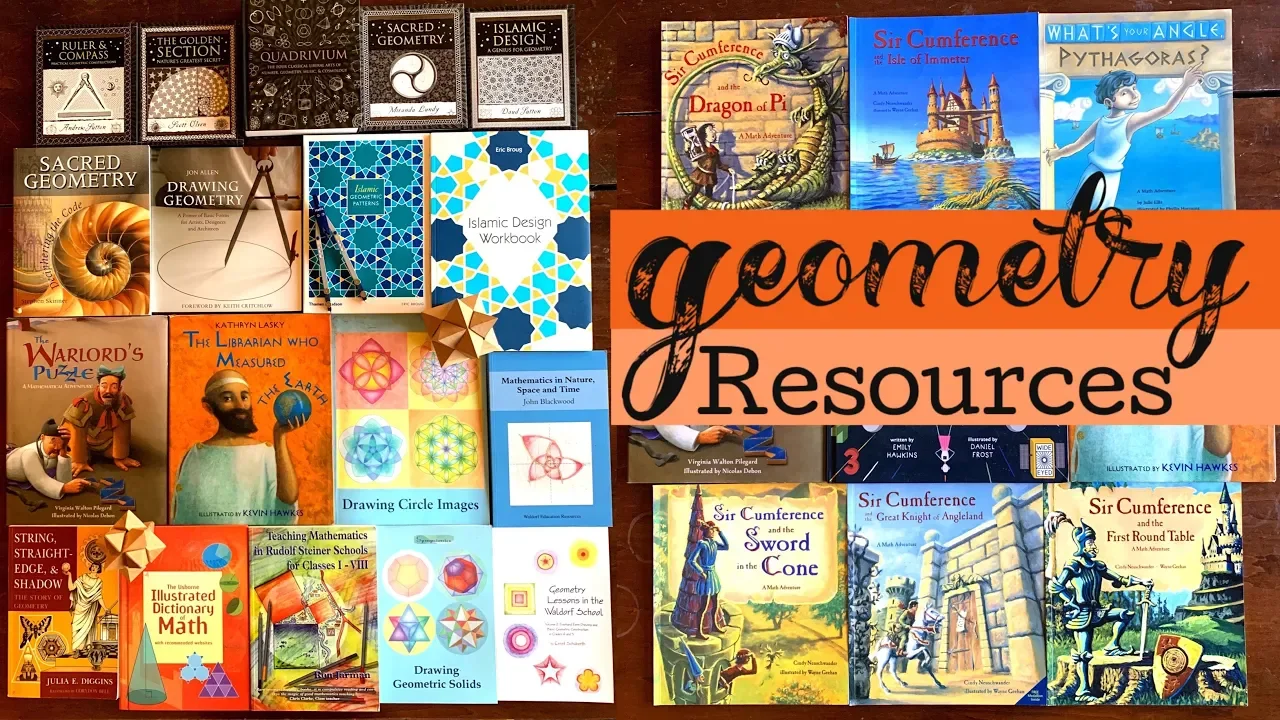
Geometry Resources for Elementary and High School
Geometry is one of the most fascinating fields of math a student will encounter, in my opinion. There's so much you can do when children are young with simple math centered on identification of shapes and solids. While introducing geometry this way and with picture books may not reflect the Waldorf approach authentically, it has been our approach in our homeschool for years.
-

How To Do A MATH Unit Study | GEOMETRY
It's time for a new unit! This time I take you through the process of putting together a math unit. I'm working on a geometry unit and a basic math unit. My default curriculum is always a Waldorf curriculum, and I used the one from Live Education. I recently got many picture books for these units. I got most of them from Rainbow Resource.
-
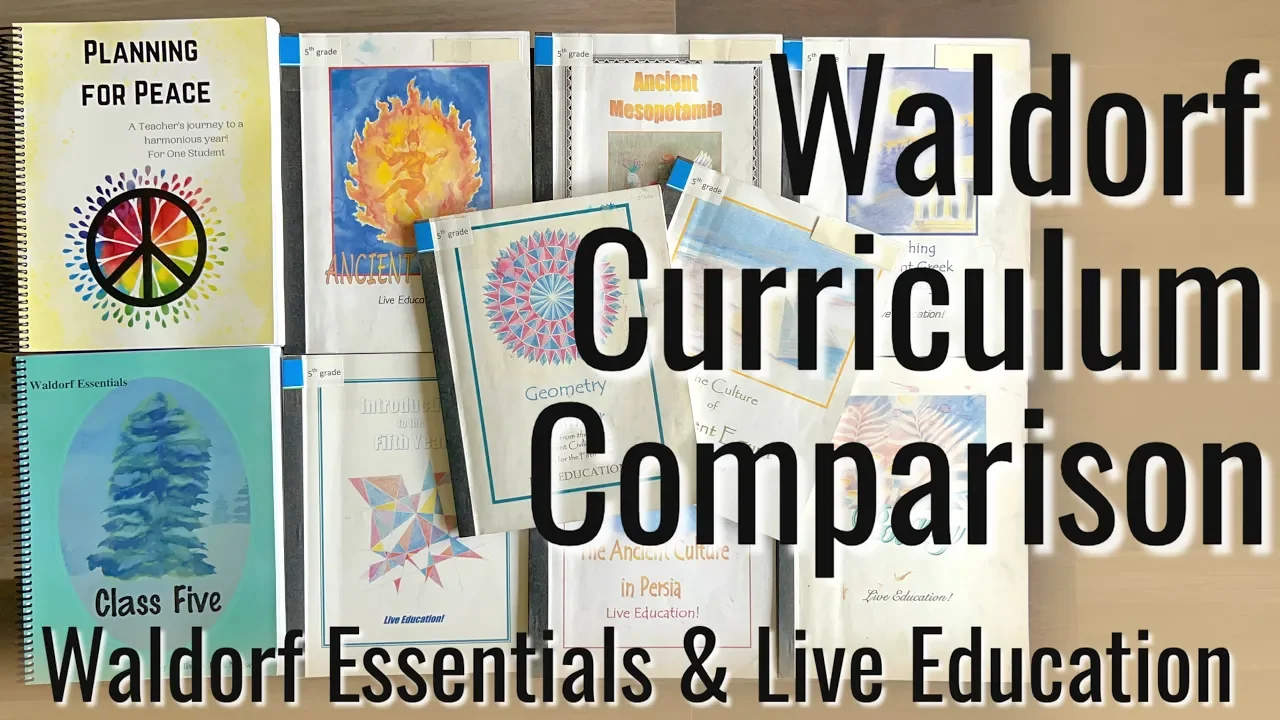
Curriculum Comparison of Waldorf Essentials and Live Education Grade 5
While I haven’t used the Waldorf Essentials curriculum, I’m sharing a comparison of what each curriculum offers. This is a visual comparison with my thoughts on our experience with the Live Education curriculum. We have used Live Education Waldorf curriculum for 20 years.
-

Live Education | Curriculum Review | 5th Grade
The Live-Education 5th grade curriculum has an emphasis on ancient history, botany and geometry. But just because a formal language arts program may be absent from the curriculum, it doesn't mean it's absent all together. In fact, you'll be surprised at how much writing, dictation and copywork occur with the history and science main lesson blocks
-
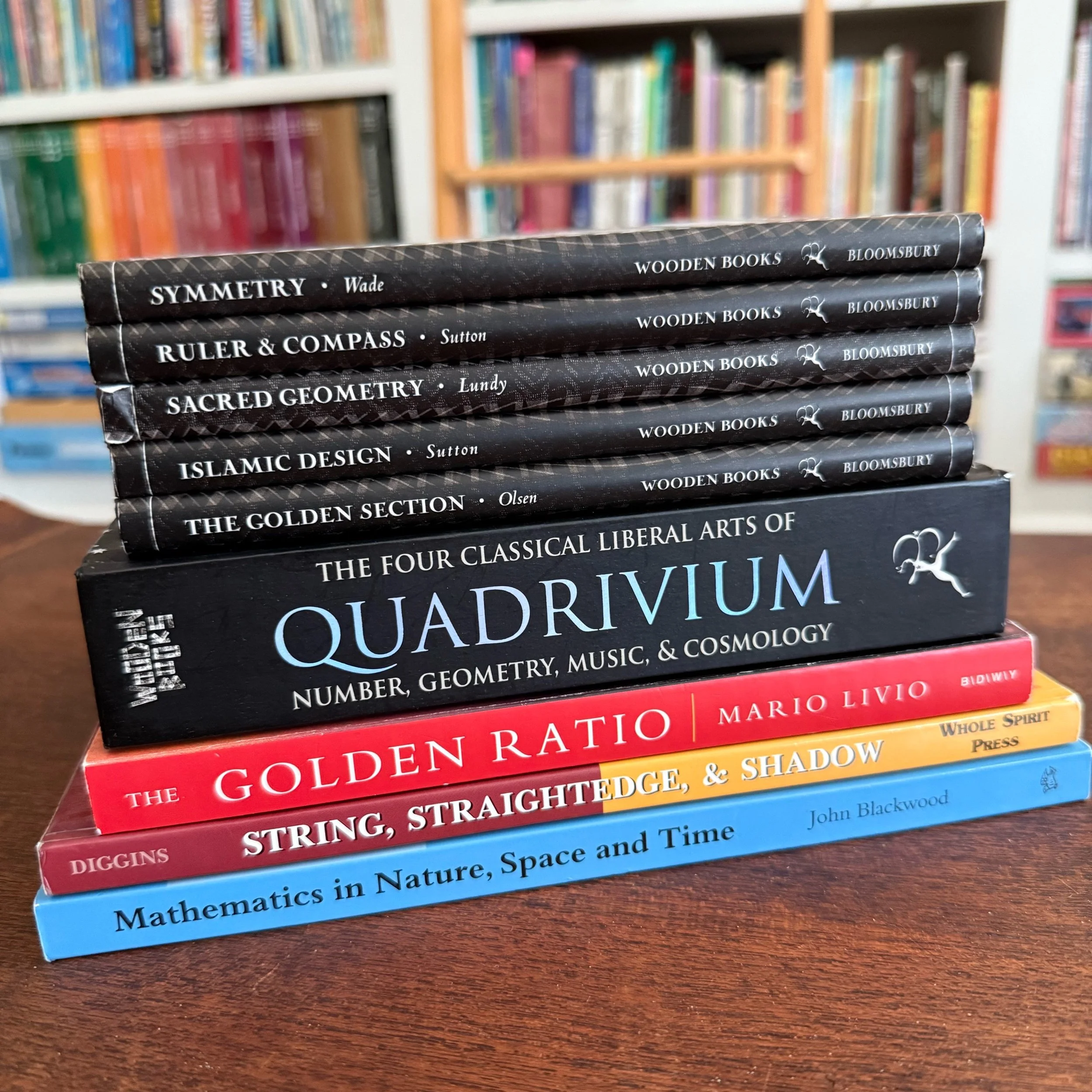
Geometry Resources
One of my favorite subjects in the Waldorf curriculum is Geometry. The way it is presented according the Waldorf pedagogy is perfection, just like geometry itself. Geometry is presented in Grade 5 and again in Grade 6 and both main lesson blocks are artistic, informative and observable. Proofs are discovered through working with the geometric form. Geometry is presented in connection with Ancient Egypt, Ancient Greece, Botany, Mineralogy and Astronomy. Geometry is beautifully integrated into the the Grade 5 and Grade 6 main lesson blocks.
-
Geometry Lessons
We have worked through our Geometry main lesson blocks at least 4 times in the years we have homeschooled and each time it feels new, beautiful and just as wonderful. Some of these lessons are tutorials, others are lessons with my children and yet others are based on the Live Education Waldorf curriculum. In all lessons, you’ll find an artistic representation of the lesson using colored pencils, watercolors or other art mediums. Geometry is meant to be experienced with this beauty and perfection, so have some high quality art materials available so you may enjoy the process and results fully.
-

Algebra Resources
Explore the Algebra resources we have used in our homeschool. We reserve the study of Algebra until Grade 9 and occasionally Grade 8. But as algebra calls on a student’s capacity for critical and abstract thinking, it’s best to present it after puberty when the student may fully engage in the learning. Attempting to introduce a simplified and intuitive form of algebra starting in Grade 1 with questions like “what plus 6 equals 10” does a student a deep disservice as a student that age is not using “X” to qualify an unknown nor is she learning to balance an equation. So this line of teaching needs to be undone before actual algebra may be taught.
-
Geometry Grade 5 Lessons
When I first started sharing our homeschooling journey online, I had already been homeschooling for over 10 years. In that time, I had already done our Geometry block once with my oldest son. Now I was introducing the subject area to my second child but it’s my third child who was only 8 at the time who really loved these geometry lessons as well. I found that because of the artistic nature of these lessons and the slow build of concepts that this presentation of Geometry worked well as a family lesson rather than just for my Grade 5 student. In this way, everyone participated in the Geometry lessons. And everyone enjoyed them!
-

Division of a Circle Lessons
Circle symmetry is one of the most beautiful geometric projects you can easily do with your students. While some symmetries are more complicated, 3-, 4-, 6-, 8- and 12-fold are fairly straightforward and can be achieved with moderate effort and skill, in my opinion and experience. Today's project is a tutorial for threefold symmetry. While you can explore this design and come up with creative ways to paint or color in the shapes, it's not my favorite. I like the symmetry starting at 6-fold symmetry. But, I'd love to see what you come up with. Maybe your creative way of painting this design will change my mind. Honestly, the possibilities are endless and that's exciting.
-

Geometry Grade 6 Lessons
In Grade 5 students are introduced to the beauty and function of geometry with the exploration of shape and how shapes come about in the world around us. Shapes are dynamic even though we see a still shot of quadrilaterals and triangles. In Grade 6 we explore the circle in depth looking at not just 6-division of a circle and its representations in nature and mineralogy, but now we explore 5-division of a circle and the pentagon and the golden ratio. A connection to astronomy and music as well as botany previously illuminates the deep sacredness that geometry of the heavens is astronomy, the geometry of sound is music, the geometry of the mineral kingdom are crystals and the geometry of the plant kingdom is botany.
-
Geometry Grade 7 Lessons
As we advance in Geometry, we explore the book A Beginner's Guide to Constructing the Universe: Mathematical Archetypes of Nature, Art, and Science by Michael S. Schneider. This book details the quality of numbers 1-10. Instead of making the Platonic solids with templates, we learn to make them through the construction of the regular shapes through their the division of the circle. We also do the same with the Golden Rectangle.
Ancient Civilizations
Botany Resources, Lessons & Activities
-

Resources & Reviews
Explore the complete list of resources used for our botany main lesson block. Included our books, games, kits, activities, and more. Once I’ve gathered all of our resources, I map out our lessons and activities. Once the main lesson block is over, I review the materials we used and share our reflections on the resources, project activities and lessons.
-
Botany Lessons
Curious to see what of Waldorf main lesson for botany looks like? You can explore the lessons we’ve done for our botany block and unit. While they are organized, according to the curriculum for botany, many of our unit study lessons are included. I hope it leaves you inspired!
-
Projects & Activities
The hands-on approach is my favorite way of learning and teaching. It engages the whole student in an activity which research has shown helps students retain information better, longer and more completely. Additionally, it is a personal love of mine to do hands-on activities whenever possible. What I love about projects is that it can include multiple grades, ages and abilities. Each student produces work according to their skill set.
Ocean Main Lesson Block
-
Resources
In putting together our various ocean themed units, I decided to break them up into smaller blocks as we worked through these topics over the years. You can explore the units on turtles, whales, and our general ocean block.
-
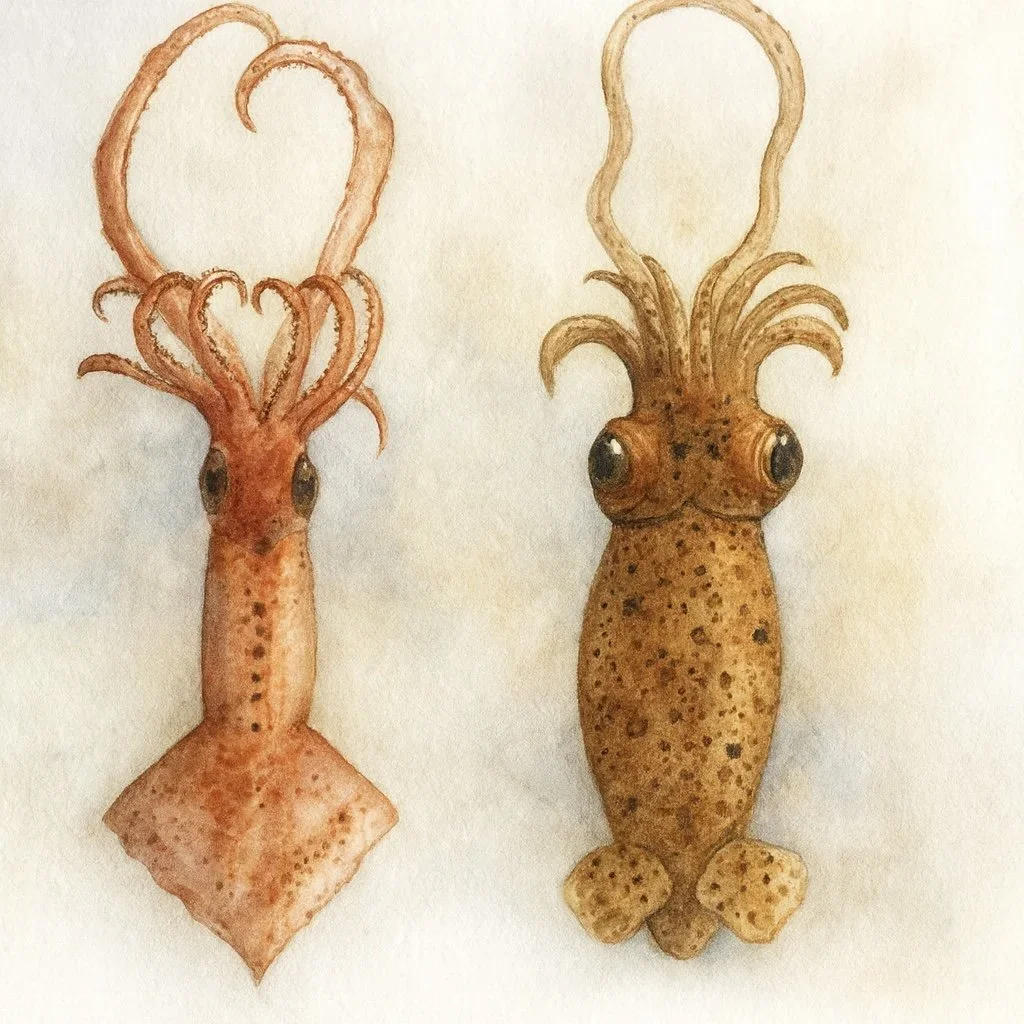
Lessons
Our blocks are made up of lessons and activities. Sometimes lessons are reading from ‘living books’ or presenting an oral lesson I have prepared or working through an illustration for the main lesson book.
-

Activities
Lesson activities and hands-on projects are some of the best ways to learn and remember information and skills. They are memorable and meaningful.
Handwork Projects | Grade 5
-

Knitting with 4 Needles
In grade 5, students begin working with 5 knitting needles to knit in the round. They work on hats and socks and may even complete the set with gloves and a scarf. To begin the year, students are likely to make their own knitting needles using hardwood dowels as they did in grade 1. This time around, they make the needles double pointed.
-

How to Knit a Scarf
Once you learn to knit, you can easily make a scarf. The only thing is that it takes a long time! For that reason, I offer this project when the students are older and can handle the perseverance needed to complete this project. It’s a great project for the students who get through their knitted hats quickly.
-

Knitted Beanie Hats
In this slow tutorial, I walk you through the basics of knitting so you can knit a hat or beanie for a peg doll. I have three patterns to share with you inspired by the pattern in the book Making Peg Dolls by Margaret Bloom on the Martinmas peg doll tutorial.
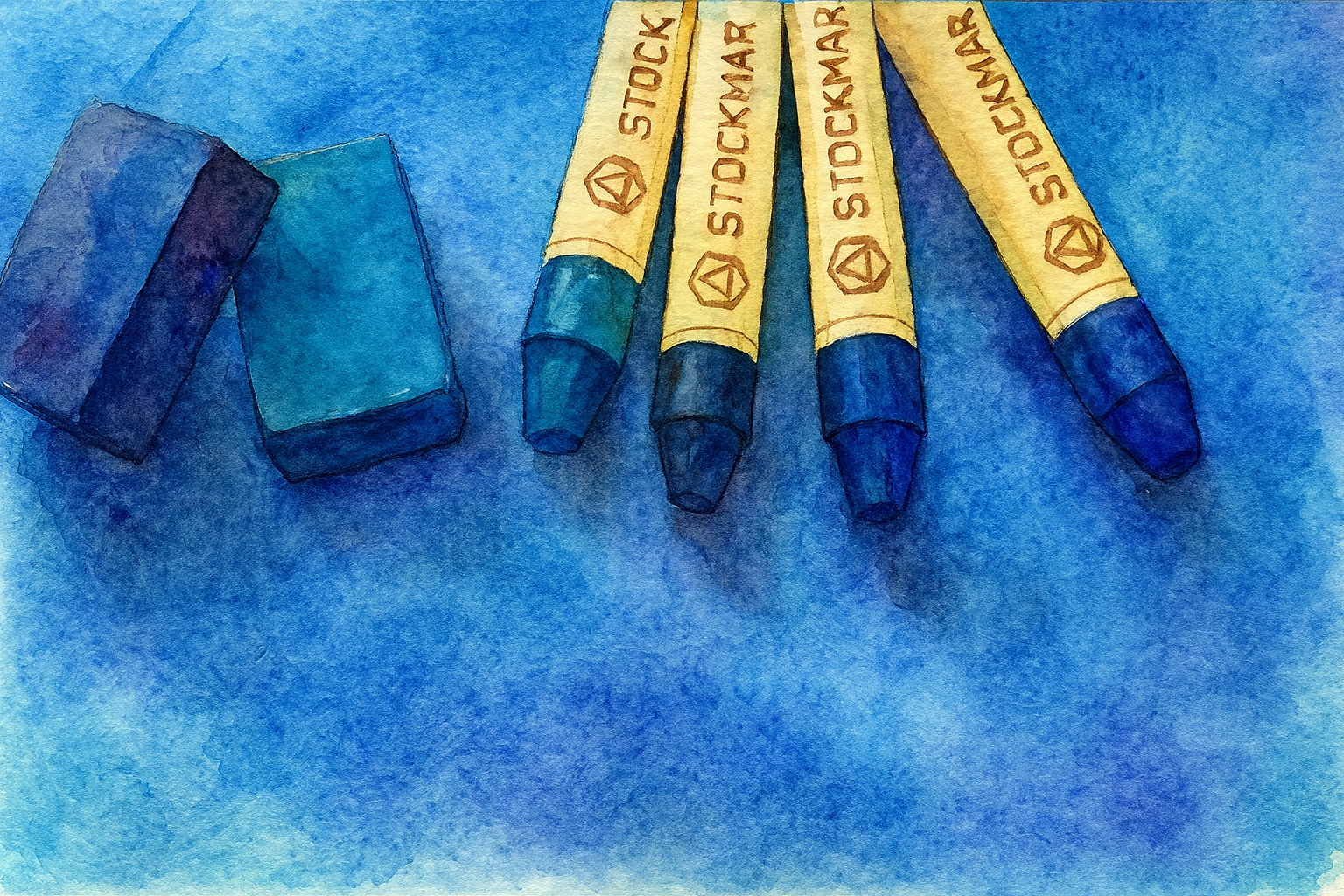
Grade 6
Grade 6
-
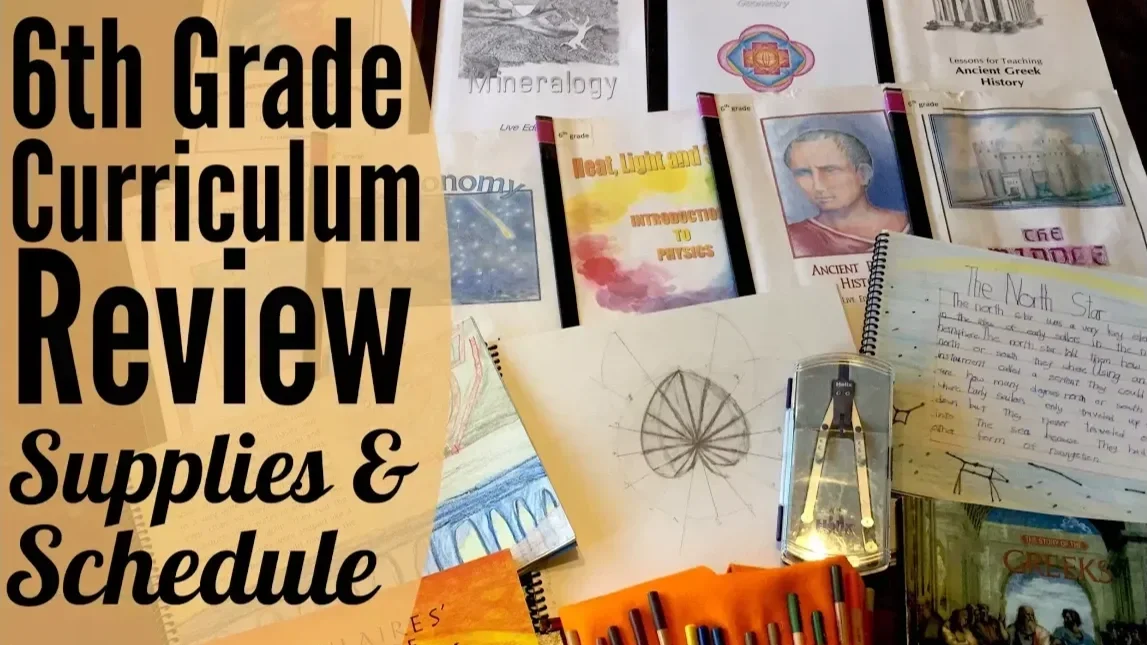
6th Grade Waldorf Homeschool Curriculum | Grade 6
Want a lively, interactive and unique curriculum option for your 6th grader? The Live-Education 6th grade curriculum may be what you're looking for. This year, the curriculum continues to be both responsive to the needs and development of the student as well as progresses with the lessons that were covered the previous year.
-

Geometry Main Lesson Block | Grade 6
Over the years, I've put together several math main lesson blocks and a number of geometry blocks. What sets these blocks apart from other math blocks is the level of engagement the teacher and student experience with each lesson. There are no dry lessons. The upside is obvious: full engagement means maximum learning and high possibility of retention.
Medieval Europe History Block | Grade 6
-
Resources & Chalk Drawings
Want to know about the Middle Ages? You’ve come to the right place! I’ve collected a wide assortment of resources for this unit study on Medieval Times with a focus on Europe. While our Live Education Waldorf homeschool curriculum for grade 6 includes several lessons on this time period from other areas in the world, I’ve decided to split up this time period and focus this unit primarily on Europe followed by a unit I’m calling “The Silk Road” which will focus on other areas of the world.
-
Projects & Activities
Projects books and kits are a great way to include a hands-on approach to a main lesson block or unit study. The Middle Ages history block is rich with resources from books to kits. While some of the kits are no longer available, others may be. I find the materials in a kit to be top notch, but making your own projects from scratch is deeply satisfying.
-
Supporting Units
What was happening in the rest of the world during the Middle Ages? While Europe was experiencing its Dark Ages, Africa, Arabia, Asia and the Asian subcontinent were thriving. However, in depth study of the history in the rest of the world during the Middle Ages can be found in our other main lesson blocks of the Silk Road, the Khans Mongolia, Mansa Musa and West Africa, the Golden Age of Islam, the Travels of Ibn Battuta, and Zheng He and China.
Grade 6 Science Blocks
-

Mineralogy
The Waldorf approach to mineralogy in Grade 6 is through a blend of scientific observation, artistic expression, and imaginative storytelling. Rather than beginning with abstract facts, students are guided to observe the forms, colors, and structures of minerals and rocks with deep attention to detail. The goal is to awaken wonder and a sense of connection to the natural world, allowing scientific understanding to arise from a lived experience.
-
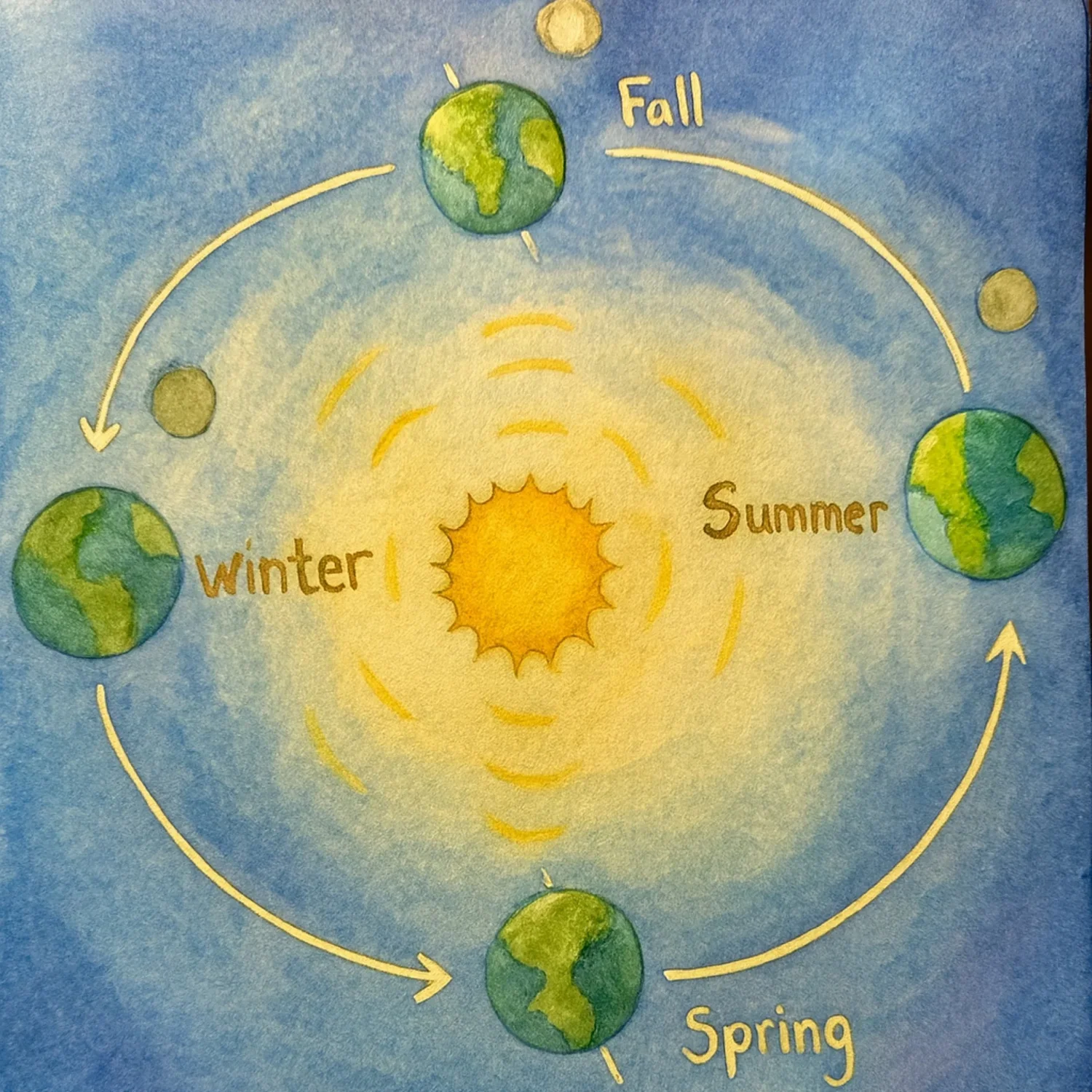
Astronomy
Grade 6 is science centered with multiple science blocks including Astronomy. Astronomy is taught through a poetic and experiential lens that nurtures awe and reverence for the cosmos. Lessons begin with careful observation of the night sky—tracking the movement of stars, planets, and the phases of the moon—before introducing scientific explanations. Mythology, cultural stories, and artistic renderings of constellations are woven into the curriculum to foster a personal and imaginative relationship with the heavens.
-
Physics
Physics is introduced gradually, beginning in Grade 6 and deepening through Grades 7 and 8, always grounded in direct, sensory experiences before abstract theory. In Grade 6, students explore acoustics, optics, heat, and magnetism through hands-on demonstrations. The focus is on careful observation and describing phenomena in precise, vivid language. In Grade 7, the curriculum introduces mechanics and electricity. Students examine simple machines, levers, and pulleys, observing how force, work, and motion interact. By Grade 8, physics becomes more analytical and quantitative. Topics such as hydraulics, aerodynamics, and electromagnetism are explored.
Mineralogy, Geology & Earth Science
-

Resources & Chalk Drawings
When putting together a unit study or main lesson block, the first thing I do is collect resources. For our earth science units, the resources maybe for Young elementary, middle elementary or middle school, depending on whether it’s a unit study, a meteorology main lesson block, or geology. And since we have done this unit multiple times, I have multiple posts on the different resources we’ve used each time. In a Waldorf setting, mineralogy is introduced in grade 6, and geology is introduced in high school. There is a subtle yet significant difference between the two.
-

Lessons
In our years of sharing our homeschool journey, we’ve done our mineralogy block several times. Sometimes the content I share is ‘lesson’ heavy, and other times it’s ‘project’ or ‘activity’ heavy. When sharing the lessons, I share the main lesson book, the illustration and the narration, not the actually process of me delivering a lesson. On occasion, I share a ‘Real Time’ lesson, but what you’ll find here are main lesson book entries.
-

Projects & Activities
We Love our hands-on projects and activities. I truly believe that some of the best learning is hands-on learning. When my children were younger (elementary school) and especially for my boys (my daughter had less interest in our projects overall), we utilized kits, projects and activity books extensively in our education. Check out some of our projects! Sadly, many kits may no longer be available, but similar ones are sure to be.
Astronomy
-
Resources & Chalk Drawings
in the resource section, you will find the books and materials we used to put together our astronomy unit studies as well as our astronomy main lessons. Astronomy unit studies are which with living books, while our astronomy main lesson block contain fewer resources that support a Waldorf approach
-
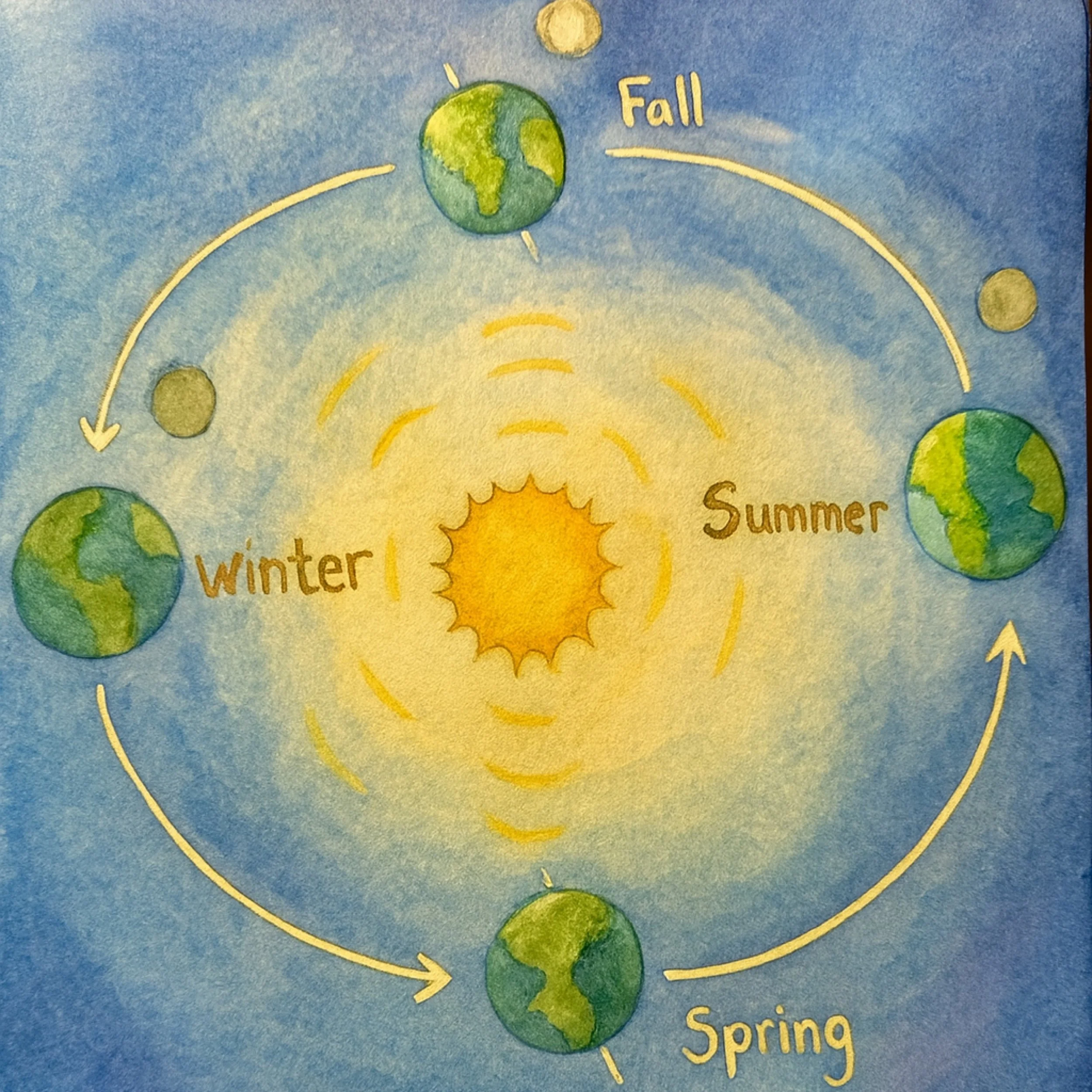
Lessons
Our astronomy lessons primarily focus on the world of curriculum by Live Education and adhere to the Waldorf pedagogy. These lessons were presented to students in middle school, grades 6-8.
-
Projects & Activities
One of the most enjoyable waste to learn is through hands on projects and activities. Granted they take more time to set up, execute, and clean up. For this reason, we may only get to a few projects within one unit. One way to increase your projects and activities is to use premade kits when available.
Physics
-
Resources
As there are many sub-topics in our Physics main lesson block and because physics is taught in Grade 6, 7 and 8, I have several resources and videos. However, the majority of the videos are only available for purchase at the moment.
-

Lessons
Explore some of the lessons in our physics main lesson block. The majority of these lessons are from the final time we did our Physics main lesson block.
-
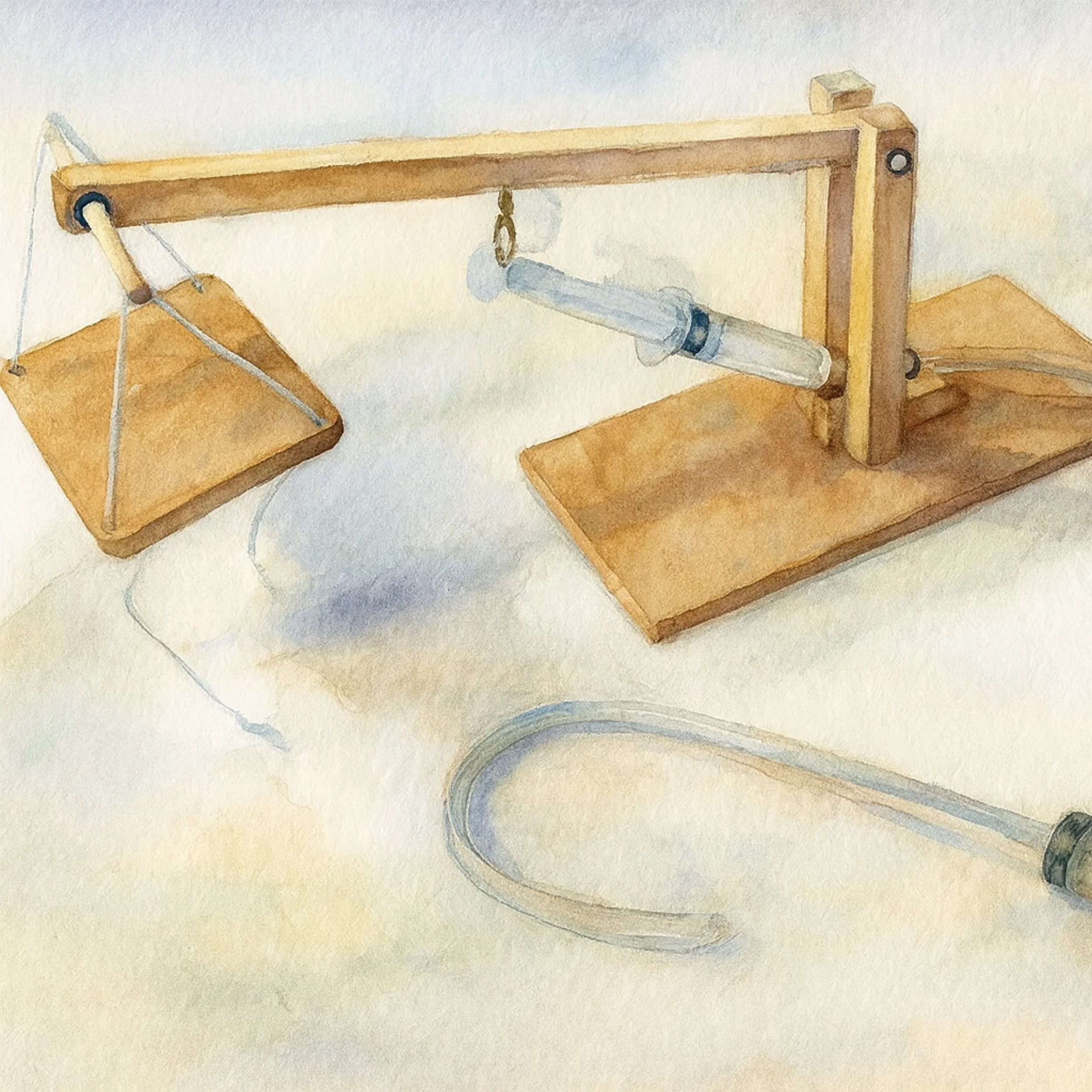
Projects & Activities
Our Projects & Activities for physics are included here as well as in the Physics Course where I share over 30 video tutorials.
Reptiles & Dinosaurs
-

Geometry Resources
One of my favorite subjects in the Waldorf curriculum is Geometry. The way it is presented according the Waldorf pedagogy is perfection, just like geometry itself. Geometry is presented in Grade 5 and again in Grade 6 and both main lesson blocks are artistic, informative and observable. Proofs are discovered through working with the geometric form. Geometry is presented in connection with Ancient Egypt, Ancient Greece, Botany, Mineralogy and Astronomy. Geometry is beautifully integrated into the the Grade 5 and Grade 6 main lesson blocks.
-
Geometry Lessons
We have worked through our Geometry main lesson blocks at least 4 times in the years we have homeschooled and each time it feels new, beautiful and just as wonderful. Some of these lessons are tutorials, others are lessons with my children and yet others are based on the Live Education Waldorf curriculum. In all lessons, you’ll find an artistic representation of the lesson using colored pencils, watercolors or other art mediums. Geometry is meant to be experienced with this beauty and perfection, so have some high quality art materials available so you may enjoy the process and results fully.
-

Algebra Resources
Explore the Algebra resources we have used in our homeschool. We reserve the study of Algebra until Grade 9 and occasionally Grade 8. But as algebra calls on a student’s capacity for critical and abstract thinking, it’s best to present it after puberty when the student may fully engage in the learning. Attempting to introduce a simplified and intuitive form of algebra starting in Grade 1 with questions like “what plus 6 equals 10” does a student a deep disservice as a student that age is not using “X” to qualify an unknown nor is she learning to balance an equation. So this line of teaching needs to be undone before actual algebra may be taught.
-
Geometry Grade 5 Lessons
When I first started sharing our homeschooling journey online, I had already been homeschooling for over 10 years. In that time, I had already done our Geometry block once with my oldest son. Now I was introducing the subject area to my second child but it’s my third child who was only 8 at the time who really loved these geometry lessons as well. I found that because of the artistic nature of these lessons and the slow build of concepts that this presentation of Geometry worked well as a family lesson rather than just for my Grade 5 student. In this way, everyone participated in the Geometry lessons. And everyone enjoyed them!
-

Division of a Circle Lessons
Circle symmetry is one of the most beautiful geometric projects you can easily do with your students. While some symmetries are more complicated, 3-, 4-, 6-, 8- and 12-fold are fairly straightforward and can be achieved with moderate effort and skill, in my opinion and experience. Today's project is a tutorial for threefold symmetry. While you can explore this design and come up with creative ways to paint or color in the shapes, it's not my favorite. I like the symmetry starting at 6-fold symmetry. But, I'd love to see what you come up with. Maybe your creative way of painting this design will change my mind. Honestly, the possibilities are endless and that's exciting.
-

Geometry Grade 6 Lessons
In Grade 5 students are introduced to the beauty and function of geometry with the exploration of shape and how shapes come about in the world around us. Shapes are dynamic even though we see a still shot of quadrilaterals and triangles. In Grade 6 we explore the circle in depth looking at not just 6-division of a circle and its representations in nature and mineralogy, but now we explore 5-division of a circle and the pentagon and the golden ratio. A connection to astronomy and music as well as botany previously illuminates the deep sacredness that geometry of the heavens is astronomy, the geometry of sound is music, the geometry of the mineral kingdom are crystals and the geometry of the plant kingdom is botany.
-
Geometry Grade 7 Lessons
As we advance in Geometry, we explore the book A Beginner's Guide to Constructing the Universe: Mathematical Archetypes of Nature, Art, and Science by Michael S. Schneider. This book details the quality of numbers 1-10. Instead of making the Platonic solids with templates, we learn to make them through the construction of the regular shapes through their the division of the circle. We also do the same with the Golden Rectangle.
Handwork Projects | Grade 6
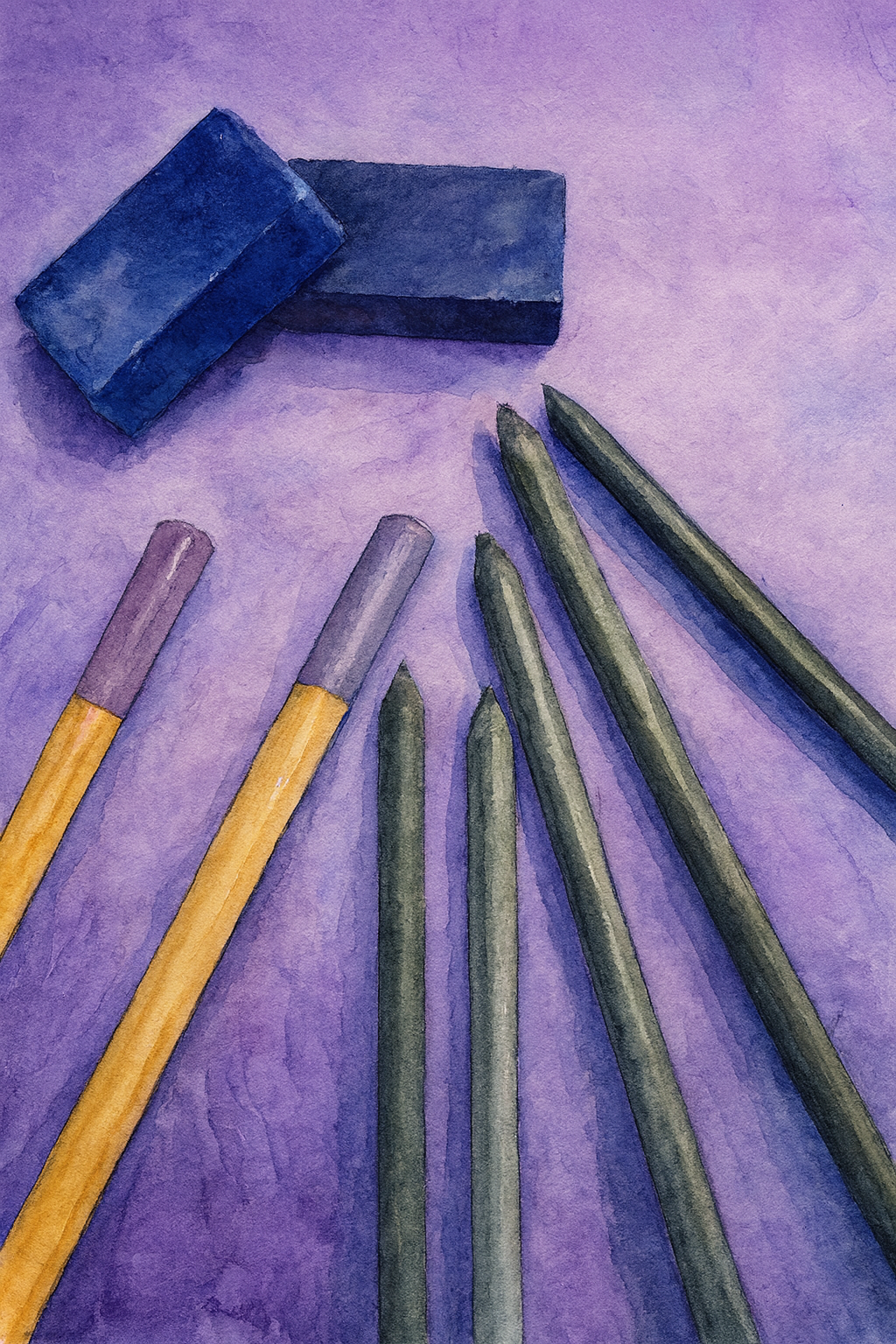
Grade 7
Grade 7
-

7th Grade Waldorf Curriculum | Live Education
This is the Live-Education 7th grade Waldorf curriculum. It comes with several main lesson blocks: Perspective Drawing, Renaissance Biographies, Creative Writing, The Age of Discovery, Algebra, Physics and European Geography. The curriculum also comes with an introduction to the 7th year as well as recommendations for other main lessons blocks. This year you'll need several new supplies that were not needed before like the material for physics. Some supplies you'll need that you may have already purchased are a compass, fountain pen, main lesson books, color pencils, watercolors, drawing paper, watercolor paper and graph paper.
Middle School Science Main Lesson Blocks
-
Physics
Physics is introduced gradually, beginning in Grade 6 and deepening through Grades 7 and 8, always grounded in direct, sensory experiences before abstract theory. In Grade 6, students explore acoustics, optics, heat, and magnetism through hands-on demonstrations. The focus is on careful observation and describing phenomena in precise, vivid language. In Grade 7, the curriculum introduces mechanics and electricity. Students examine simple machines, levers, and pulleys, observing how force, work, and motion interact. By Grade 8, physics becomes more analytical and quantitative. Topics such as hydraulics, aerodynamics, and electromagnetism are explored.
-
Chemistry
Chemistry is introduced in Grade 7 and further developed in Grade 8, always beginning with observation and experience before moving into theory. In Grade 7, students explore combustion, acids and bases, and the transformative nature of substances through dramatic, hands-on demonstrations. In Grade 8, chemistry becomes more structured and analytical. Topics such as the lime cycle, photosynthesis, and industrial processes like fermentation and metal refining are explored.
-
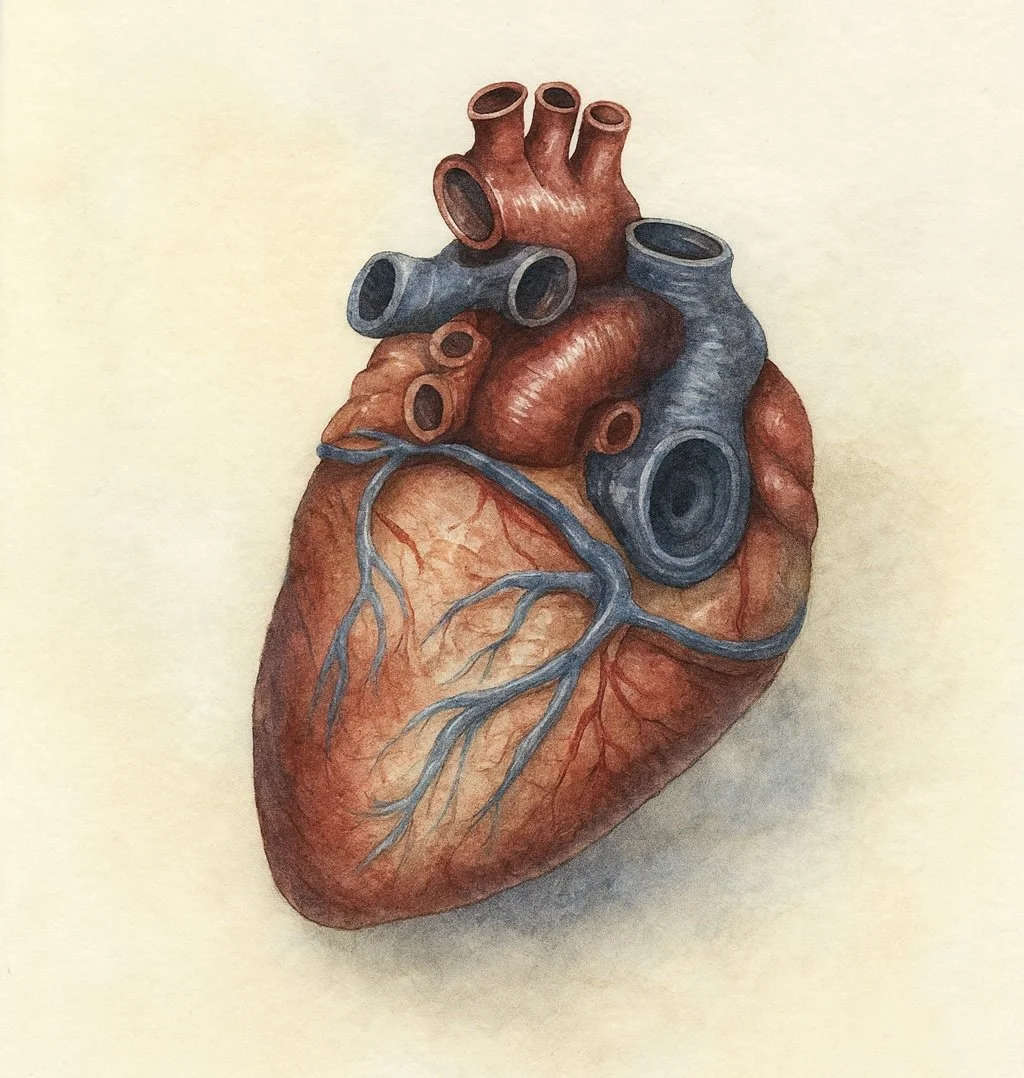
Anatomy
Anatomy is introduced in Grade 7 with a focus on the human being as a harmonious whole, rather than a collection of isolated parts. The approach is both reverent and artistic, emphasizing the wisdom and beauty of the human body. Lessons begin with major systems such as the digestive, circulatory, and respiratory systems, exploring how each one supports life and interacts with the others.
Physics
-
Resources
As there are many sub-topics in our Physics main lesson block and because physics is taught in Grade 6, 7 and 8, I have several resources and videos. However, the majority of the videos are only available for purchase at the moment.
-

Lessons
Explore some of the lessons in our physics main lesson block. The majority of these lessons are from the final time we did our Physics main lesson block.
-

Projects & Activities
Our Projects & Activities for physics are included here as well as in the Physics Course where I share over 30 video tutorials.
Chemistry
-

Resources & Chalk Drawings
What's the difference between Waldorf chemistry resources and Unit Study resources? Primarily, it's in the scientific content. You'll find all the science that's been discovered through years and years of science exploration in chemistry and beyond collected and organized in the following resources. What you won't find is the opportunity for your student to make his or her own conclusions based on observations of the phenomenon through chemistry demonstrations. Explore resources for both a chemistry unit study as well as a Waldorf inspired Chemistry main lesson block
-
Labs & Lessons
For this Chemistry Block, we worked through the Live Education Waldorf curriculum for many of our demonstrations and lessons while including the book Chemistry the Waldorf Way for addition demonstrations. We documented each demonstration and lesson including the written narrations or lab reports.
-

Projects & Activities
For this chemistry block, I had to think of projects and hands-on activities that would round out this study and deepen our level of understanding for the subject area. As there were limited kits and books on what I was specifically looking for, I ended up coming up with a few projects similar to ones we’ve done for other blocks.
-

Geometry Resources
One of my favorite subjects in the Waldorf curriculum is Geometry. The way it is presented according the Waldorf pedagogy is perfection, just like geometry itself. Geometry is presented in Grade 5 and again in Grade 6 and both main lesson blocks are artistic, informative and observable. Proofs are discovered through working with the geometric form. Geometry is presented in connection with Ancient Egypt, Ancient Greece, Botany, Mineralogy and Astronomy. Geometry is beautifully integrated into the the Grade 5 and Grade 6 main lesson blocks.
-
Geometry Lessons
We have worked through our Geometry main lesson blocks at least 4 times in the years we have homeschooled and each time it feels new, beautiful and just as wonderful. Some of these lessons are tutorials, others are lessons with my children and yet others are based on the Live Education Waldorf curriculum. In all lessons, you’ll find an artistic representation of the lesson using colored pencils, watercolors or other art mediums. Geometry is meant to be experienced with this beauty and perfection, so have some high quality art materials available so you may enjoy the process and results fully.
-

Algebra Resources
Explore the Algebra resources we have used in our homeschool. We reserve the study of Algebra until Grade 9 and occasionally Grade 8. But as algebra calls on a student’s capacity for critical and abstract thinking, it’s best to present it after puberty when the student may fully engage in the learning. Attempting to introduce a simplified and intuitive form of algebra starting in Grade 1 with questions like “what plus 6 equals 10” does a student a deep disservice as a student that age is not using “X” to qualify an unknown nor is she learning to balance an equation. So this line of teaching needs to be undone before actual algebra may be taught.
-
Geometry Grade 5 Lessons
When I first started sharing our homeschooling journey online, I had already been homeschooling for over 10 years. In that time, I had already done our Geometry block once with my oldest son. Now I was introducing the subject area to my second child but it’s my third child who was only 8 at the time who really loved these geometry lessons as well. I found that because of the artistic nature of these lessons and the slow build of concepts that this presentation of Geometry worked well as a family lesson rather than just for my Grade 5 student. In this way, everyone participated in the Geometry lessons. And everyone enjoyed them!
-

Division of a Circle Lessons
Circle symmetry is one of the most beautiful geometric projects you can easily do with your students. While some symmetries are more complicated, 3-, 4-, 6-, 8- and 12-fold are fairly straightforward and can be achieved with moderate effort and skill, in my opinion and experience. Today's project is a tutorial for threefold symmetry. While you can explore this design and come up with creative ways to paint or color in the shapes, it's not my favorite. I like the symmetry starting at 6-fold symmetry. But, I'd love to see what you come up with. Maybe your creative way of painting this design will change my mind. Honestly, the possibilities are endless and that's exciting.
-

Geometry Grade 6 Lessons
In Grade 5 students are introduced to the beauty and function of geometry with the exploration of shape and how shapes come about in the world around us. Shapes are dynamic even though we see a still shot of quadrilaterals and triangles. In Grade 6 we explore the circle in depth looking at not just 6-division of a circle and its representations in nature and mineralogy, but now we explore 5-division of a circle and the pentagon and the golden ratio. A connection to astronomy and music as well as botany previously illuminates the deep sacredness that geometry of the heavens is astronomy, the geometry of sound is music, the geometry of the mineral kingdom are crystals and the geometry of the plant kingdom is botany.
-
Geometry Grade 7 Lessons
As we advance in Geometry, we explore the book A Beginner's Guide to Constructing the Universe: Mathematical Archetypes of Nature, Art, and Science by Michael S. Schneider. This book details the quality of numbers 1-10. Instead of making the Platonic solids with templates, we learn to make them through the construction of the regular shapes through their the division of the circle. We also do the same with the Golden Rectangle.
Grade 7 & 8 | US History
-
Age of Discovery
In a Waldorf setting, the Age of Discovery is presented in Grade 7 along with the Age of Exploration, Renaissance Biographies, Reformation Biographies, and European Geography. The Age of Discovery covers the explorers, such as Christopher Columbus, Vasco de Gama, Ferdinand Magellan, and the Hernan Cortez and Francisco Pizarro (who conquered parts of central and South America)
-
Colonial Times
The Colonial Times along with the American Revolution and Civil War are covered in the US history block for grade 8, while Western Expansion is taught in a local history block in Grade 5. However, I brought this unit to elementary school as a unit study rather than a Waldorf inspired main lesson block.
-
Revolution
Our American Revolution Unit Study was completed a few times with unique projects each time. While some books (especially picture books) may be used again when a unit comes around again, often I collect some fresh books to inspire all of us. This unit was small and was a companion to the Colonial Times unit. Many of the projects may be used with either unit.
-
Civil War
Upon entering adolescence, the Grade 8 student has a desire for stronger critical thinking and refined moral capacities. The ability to engage in critical thinking is a milestone marker of puberty. The Civil War provides a rich opportunity for student to discuss, examine conflict, freedom, justice, and human rights. By this age, students can understand social upheaval and national transformation.
Handwork Projects | Grade 7
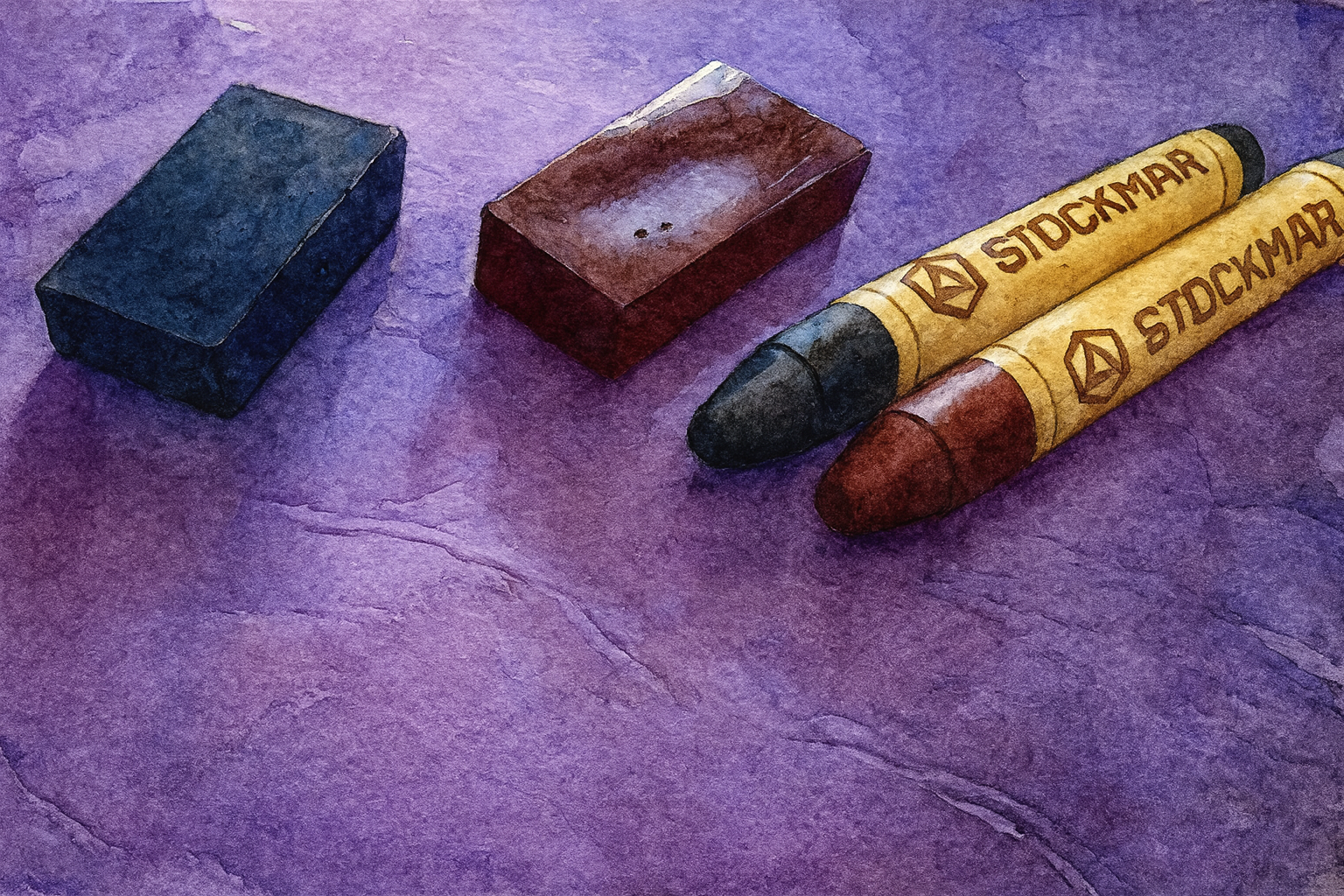
Grade 8
Grade 7 & 8 | US History
-
Age of Discovery
In a Waldorf setting, the Age of Discovery is presented in Grade 7 along with the Age of Exploration, Renaissance Biographies, Reformation Biographies, and European Geography. The Age of Discovery covers the explorers, such as Christopher Columbus, Vasco de Gama, Ferdinand Magellan, and the Hernan Cortez and Francisco Pizarro (who conquered parts of central and South America)
-
Colonial Times
The Colonial Times along with the American Revolution and Civil War are covered in the US history block for grade 8, while Western Expansion is taught in a local history block in Grade 5. However, I brought this unit to elementary school as a unit study rather than a Waldorf inspired main lesson block.
-
Revolution
Our American Revolution Unit Study was completed a few times with unique projects each time. While some books (especially picture books) may be used again when a unit comes around again, often I collect some fresh books to inspire all of us. This unit was small and was a companion to the Colonial Times unit. Many of the projects may be used with either unit.
-
Civil War
Upon entering adolescence, the Grade 8 student has a desire for stronger critical thinking and refined moral capacities. The ability to engage in critical thinking is a milestone marker of puberty. The Civil War provides a rich opportunity for student to discuss, examine conflict, freedom, justice, and human rights. By this age, students can understand social upheaval and national transformation.
Middle School Science Main Lesson Blocks
-

Physics
Physics is introduced gradually, beginning in Grade 6 and deepening through Grades 7 and 8, always grounded in direct, sensory experiences before abstract theory. In Grade 6, students explore acoustics, optics, heat, and magnetism through hands-on demonstrations. The focus is on careful observation and describing phenomena in precise, vivid language. In Grade 7, the curriculum introduces mechanics and electricity. Students examine simple machines, levers, and pulleys, observing how force, work, and motion interact. By Grade 8, physics becomes more analytical and quantitative. Topics such as hydraulics, aerodynamics, and electromagnetism are explored.
-
Chemistry
Chemistry is introduced in Grade 7 and further developed in Grade 8, always beginning with observation and experience before moving into theory. In Grade 7, students explore combustion, acids and bases, and the transformative nature of substances through dramatic, hands-on demonstrations. In Grade 8, chemistry becomes more structured and analytical. Topics such as the lime cycle, photosynthesis, and industrial processes like fermentation and metal refining are explored.
-

Anatomy
Anatomy is introduced in Grade 7 with a focus on the human being as a harmonious whole, rather than a collection of isolated parts. The approach is both reverent and artistic, emphasizing the wisdom and beauty of the human body. Lessons begin with major systems such as the digestive, circulatory, and respiratory systems, exploring how each one supports life and interacts with the others.
Physics
-
Resources
As there are many sub-topics in our Physics main lesson block and because physics is taught in Grade 6, 7 and 8, I have several resources and videos. However, the majority of the videos are only available for purchase at the moment.
-

Lessons
Explore some of the lessons in our physics main lesson block. The majority of these lessons are from the final time we did our Physics main lesson block.
-

Projects & Activities
Our Projects & Activities for physics are included here as well as in the Physics Course where I share over 30 video tutorials.
Chemistry
-

Resources & Chalk Drawings
What's the difference between Waldorf chemistry resources and Unit Study resources? Primarily, it's in the scientific content. You'll find all the science that's been discovered through years and years of science exploration in chemistry and beyond collected and organized in the following resources. What you won't find is the opportunity for your student to make his or her own conclusions based on observations of the phenomenon through chemistry demonstrations. Explore resources for both a chemistry unit study as well as a Waldorf inspired Chemistry main lesson block
-
Labs & Lessons
For this Chemistry Block, we worked through the Live Education Waldorf curriculum for many of our demonstrations and lessons while including the book Chemistry the Waldorf Way for addition demonstrations. We documented each demonstration and lesson including the written narrations or lab reports.
-

Projects & Activities
For this chemistry block, I had to think of projects and hands-on activities that would round out this study and deepen our level of understanding for the subject area. As there were limited kits and books on what I was specifically looking for, I ended up coming up with a few projects similar to ones we’ve done for other blocks.
Handwork Projects | Grade 8

High School
Waldorf Practical Arts Projects | Grades 9-12

Kindergarten
Waldorf Kindergarten Curriculum | Seasons
This video covers the four season books that are included in the Waldorf Kindergarten curriculum from Live-Education.
We use the Live-Education Waldorf curriculum as inspiration for grades K-8th. Today, I'm covering three of the seven books that come in the KG curriculum: Folk and Fairy Tales, The First Seven Years and Introduction to KG. You can find the curriculum and more pictures at Live-Education's website.
Folk and Fairy Tales, The First Seven Years and Introduction to KG.
In a Waldorf curriculum, the day follows a rhythm as does the week and the season. Each day of the week is devoted to a grain, color and activity, for instance Monday's color is purple and the grain in rice. Washing and cleaning dominate Monday's activities, while Tuesday's color is red and the grain is oats. Tuesday's breakfast may be oatmeal topped with red strawberries. Tuesday's activity may be bread making or soup making. Each week the same pattern is repeated, but instead of strawberries, raspberries top the oatmeal. When the seasons change, so do the activities and celebrations. May Day, singing, outdoor activities and gardening dominate spring time, while candle making, baking and holidays dominate the winter.
Toys are simple and made of natural materials with wool being preferred over cotton and wood being preferred over metal. There is a tendency towards items made from living things over non-living things, so wool is from a sheep while cotton is from a plant and wood is from a tree while metal is inorganic. Plastic is highly discouraged. Natural light is favored over artificial light and candle light is preferred over oil, as candles are made from beeswax. Colors are natural and derived from plants.
Playthings include but are not limited to silks, faceless dolls (allows for greater imagination), wooden toys and blocks, wooden or felt swords and shields, child-sized versions of tools such as broom, mop, ironing board, kitchen, garden, wood shop, etc. and other dolls like finger puppets or peg dolls.
Activities and play time are open ended and lend themselves well to creative imagination. Art is focused on water-coloring and drawing with block crayons in yellow, blue and red on large pieces of paper or watercolor paper (typically 22"x17"). High end supplies are always encouraged and are a staple to the Waldorf philosophy.
No academics are present in kindergarten.
Festivals and celebrates mark important milestones in the world of five and six year olds.
Some books I recommend:
Children and Their Temperaments by Marieke Anschutz
Storytelling & The Art of Imagination by Nancy Mellon
Healing Stories for Challenging Behavior by Susan Perrow
You Are Your Child's First Teacher by Rahima Baldwin
The Education of the Child by Rudolf Steiner
The Kingdom of Childhood by Rudolf Steiner
The following are the materials we got from A Child's Dream:
Art Tissue Paper -
Stockmar Beeswax Crayons - 16 Colors, Block -
Stockmar Beeswax Crayons - 16 Colors, Stick -
Beeswax Candle Rolling Kit -
Wood Cup (4) -
Wood Egg (6) -
Olive Wood Nutcracker -
Paint Jar Holder & 6 Jars -
Crafts Through The Year by Berger -
Holland Wool Felt Warm Colors, Yards + Cuts -
Holland Wool Felt Cool Colors, Yards + Cuts -
Holland Wool Felt Neutral, Baby Colors, Yards + Cuts -
Stockmar Modeling Beeswax - 12 Colors -
Come Follow Me CD - Volume One -
Come Follow Me CD - Volume Two -
Finger Puppet Bases (5) -
Wood Peg Doll - Large (10) -
Wood Peg Doll - Female (8) -
Smooth Mohair Yarn - Undyed -
Lyra Opaque Watercolor Paint Set - 24 Colors -
Beeswax Pumpkin Candle -
Sail Boat Building Kit -
Wind Car Building Kit -
Respect the Spindle Book by Abby Franquemont -
Stockmar Watercolor Paints - Set -
Making Peg Dolls & More by Margaret Bloom -
Paper Suncatchers - Window Stars Kit -
Numerica - A Waldorf Book of Counting -
LMNOP Alphabet Book by Howard Schrager -
LMNOP Alphabet Wall Cards -
Mini Playhouse Kit -
Creative Silk Pack - Winter Night Sky -
Wood Gnome with Pipe Cleaner Arms -
Wood Doll with Pipe Cleaner Arms -
Wood Finger Puppet with Pipe Cleaner Arms -
Waldorf Kindergarten Curriculum
This video covers the four season books that are included in the Waldorf Kindergarten curriculum from Live-Education.
We use the Live-Education Waldorf curriculum as inspiration for grades K-8th. Today, I'm covering three of the seven books that come in the KG curriculum: Folk and Fairy Tales, The First Seven Years and Introduction to KG. You can find the curriculum and more pictures at Live-Education's website.
The other four books: autumn, winter, spring, and summer are covered in another video.
In a Waldorf curriculum, the day follows a rhythm as does the week and the season. Each day of the week is devoted to a grain, color and activity, for instance Monday's color is purple and the grain in rice. Washing and cleaning dominate Monday's activities, while Tuesday's color is red and the grain is oats. Tuesday's breakfast maybe oatmeal topped with red strawberries. Tuesday's activity may be bread making or soup making. Each week the same pattern is repeated, but instead of strawberries, raspberries top the oatmeal. When the seasons change, so do the activities and celebrations. May Day, singing, outdoor activities and gardening dominate spring time, while candle making, baking and holidays dominate the winter.
Toys are simple and made of natural materials with wool being preferred over cotton and wood being preferred over metal. There is a tendency towards items made from living things over non-living things, so wool is from a sheep while cotton is from a plant and wood is from a tree while metal is inorganic. Plastic is highly discouraged. Natural light is favored over artificial light and candle light is preferred over oil, as candles are made from beeswax. Colors are natural and derived from plants.
Playthings include but are not limited to silks, faceless dolls (allows for greater imagination), wooden toys and blocks, wooden or felt swords and shields, child-sized versions of tools such as broom, mop, ironing board, kitchen, garden, wood shop, etc. and other dolls like finger puppets or peg dolls.
Activities and play time are open ended and lend themselves well to creative imagination. Art is focused on water-coloring and drawing with block crayons in yellow, blue and red on large pieces of paper or watercolor paper (typically 22"x17"). High end supplies are always encouraged and are a staple to the Waldorf philosophy.
No academics are present in kindergarten.
Festivals and celebrates mark important milestones in the world of five and six year olds.
Some books I recommend:
Children and Their Temperaments by Marieke Anschutz
Storytelling & The Art of Imagination by Nancy Mellon
Healing Stories for Challenging Behavior by Susan Perrow
You Are Your Child's First Teacher by Rahima Baldwin
The Education of the Child by Rudolf Steiner
The Kingdom of Childhood by Rudolf Steiner
The following are the materials we got from A Child's Dream:
Art Tissue Paper -
Stockmar Beeswax Crayons - 16 Colors, Block -
Stockmar Beeswax Crayons - 16 Colors, Stick -
Beeswax Candle Rolling Kit -
Wood Cup (4) -
Wood Egg (6) -
Olive Wood Nutcracker -
Paint Jar Holder & 6 Jars -
Crafts Through The Year by Berger -
Holland Wool Felt Warm Colors, Yards + Cuts -
Holland Wool Felt Cool Colors, Yards + Cuts -
Holland Wool Felt Neutral, Baby Colors, Yards + Cuts -
Stockmar Modeling Beeswax - 12 Colors -
Come Follow Me CD - Volume One -
Come Follow Me CD - Volume Two -
Finger Puppet Bases (5) -
Wood Peg Doll - Large (10) -
Wood Peg Doll - Female (8) -
Smooth Mohair Yarn - Undyed -
Lyra Opaque Watercolor Paint Set - 24 Colors -
Beeswax Pumpkin Candle -
Sail Boat Building Kit -
Wind Car Building Kit -
Respect the Spindle Book by Abby Franquemont -
Stockmar Watercolor Paints - Set -
Making Peg Dolls & More by Margaret Bloom -
Paper Suncatchers - Window Stars Kit -
Numerica - A Waldorf Book of Counting -
LMNOP Alphabet Book by Howard Schrager -
LMNOP Alphabet Wall Cards -
Mini Playhouse Kit -
Creative Silk Pack - Winter Night Sky -
Wood Gnome with Pipe Cleaner Arms -
Wood Doll with Pipe Cleaner Arms -
Wood Finger Puppet with Pipe Cleaner Arms -
Kindergarten Curriculum Haul | Waldorf
I think the first thing that striking about the Waldorf kindergarten curriculum from Live-Education is the absence of any 'academic' work. There are no workbooks, textbooks or even read aloud books. Instead the curriculum is filled with stories to tell, songs to sing, music to listen to, crafts to do, and toys to play with. The natural rhythm of the day is enhanced with imaginative stories and pretend play with child-sized brooms, ironing boards, wooden trucks and simple dolls. Meals are events celebrated with an opening verse. They are varied with flavored, wholesome and thoroughly enjoyed. The toys are simple and all natural.
All supplies are from A Child's Dream.
The complete list of products are as follows:
Art Tissue Paper - Review this product
Stockmar Beeswax Crayons - 16 Colors, Block - Review this product
Stockmar Beeswax Crayons - 16 Colors, Stick - Review this product
Beeswax Candle Rolling Kit - Review this product
Wood Cup (4) - Review this product
Wood Egg (6) - Review this product
Olive Wood Nutcracker - Review this product
Paint Jar Holder & 6 Jars - Review this product
Crafts Through The Year by Berger - Review this product
Holland Wool Felt Warm Colors, Yards + Cuts - Review this product
Holland Wool Felt Cool Colors, Yards + Cuts - Review this product
Holland Wool Felt Neutral, Baby Colors, Yards + Cuts - Review this product
Stockmar Modeling Beeswax - 12 Colors - Review this product
Come Follow Me CD - Volume One - Review this product
Come Follow Me CD - Volume Two - Review this product
Finger Puppet Bases (5) - Review this product
Wood Peg Doll - Large (10) - Review this product
Wood Peg Doll - Female (8) - Review this product
Smooth Mohair Yarn - Undyed - Review this product
Lyra Opaque Watercolor Paint Set - 24 Colors - Review this product
Beeswax Pumpkin Candle - Review this product
Sail Boat Building Kit - Review this product
Wind Car Building Kit - Review this product
Respect the Spindle Book by Abby Franquemont - Review this product
Stockmar Watercolor Paints - Set - Review this product
Making Peg Dolls & More by Margaret Bloom - Review this product
Paper Suncatchers - Window Stars Kit - Review this product
Numerica - A Waldorf Book of Counting - Review this product
LMNOP Alphabet Book by Howard Schrager - Review this product
LMNOP Alphabet Wall Cards - Review this product
Mini Playhouse Kit - Review this product
Creative Silk Pack - Winter Night Sky - Review this product
Wood Gnome with Pipe Cleaner Arms - Review this product
Wood Doll with Pipe Cleaner Arms - Review this product
Wood Finger Puppet with Pipe Cleaner Arms - Review this product
Paint brushes are from Waldorf Supplies and the Broom set by Melissa and Doug is from Rainbow Resource
Kindergarten Schedule | Homeschool
I wish every week were kindergarten week! We had so much fun. Take a look at the projects we did and listen to how I scheduled our week. While I only allotted one week for our activities, we needed two weeks plus one day. Either we'll always break for two weeks for our kindergarten schedule or as we find our rhythm, we'll get used to just taking one week every 4-6 weeks.
We departed from our regular schedule (except my 9th grader) and focused on Waldorf inspired kindergarten activities. My 5th grader participated in 'Kindergarten Week', too. He still likes these activities and would otherwise be distracted if I had encouraged him to continue with his daily work.
When scheduling a week like this I was quickly reminded the tremendous amount of prep and clean-up time. No sooner had we finished an activity, my five-year old was asking what was next. I admit there were moments I was a little exasperated. 'Hang on child!" I would say. But then I realized how much she had been missing out and how much she was soaking up the attention and activities. There was a fair amount of playing while I set up and tidied up each project. I was needed to be present for every activity, so this was a very hand-on week for all involved.
Of course, there are still meals to cook and chores to be done. We also had some unexpected guests visit on Tuesday, Thursday and Friday, plus our KG co-op on Wednesday, so it's no surprise that our scheduled activities took two weeks. We also added an outing to the library on Thursday that was spontaneous, but on our way to the fabric store where we needed to go to buy fabric for our crayon case project.
I was so pleased with our two-week KG adventure, I can't wait to do another one. Though our next KG week will undoubtedly reflect the changing season.
To see the complete list of activities, check them out on my website at the blog post that accompanies this video. The blog post includes pictures as well as links to all the video tutorials we shot during our KG week.
Check out the playlist with our kindergarten activities.
How to Play the Fairy Game | Preschool & Kindergarten Games
Recently we got a lot of cooperative games from Peaceable Kingdom. Of all the ones we got, this is one of our favorite. It's perfect for kids about 4 years and up and is interesting enough for adults to enjoy it, too. Color three fairy cards in a single color to remove the flower's gem before Mr. Frost freezes the flowers. The concept is simple and the game is cooperative with light strategy.
The Fairy Game is great for preschool, pre-k and kindergarten children as well as young kids 6 to 10 years of age. I noticed that when my children turned about 9 years of age, they quickly lost interest in cooperative games and favored competitive games instead.
We love our board games in our homeschool and you can see some of our favorites here.
You can find this game as well as many more at A Child's Dream.
How to Play Mermaid Island | Peaceable Kingdom Games
Looking for a fun cooperative game to play with children as young as three or four years old? Peaceable Kingdom makes an assortment of cooperative games for young players. Mermaid Island is especially suited for very young players because no reading skills are needed to play the game. The cooperative nature of the game lends itself well to children who are not ready for competitive games.
The game is easy to play, albeit slightly longer than what I would expect from a game for little children. The potential for the mermaids to start back at the beginning is a little discouraging, but you can quickly catch up and make it around the board by way of the bridges the sea witch cannot take. The game takes about 15 minutes to play and is designed for 2-4 players aged 5 years and up.
The tiles, game board and box are all of high quality cardboard making it durable for children and for many years of enjoyment. But, the best part is that if you lose a game piece, all you have to do is call the company to have the piece replaced.
We love our board games in our homeschool and you can see some of our favorites here.
You can find similar game as well as many more at A Child's Dream.
Curriculum Comparison | Oak Meadow VS. Live Education | Waldorf Homeschool
Oak Meadow and Live-Education are Waldorf inspired curricula, but what's the difference between the two and which one is more authentic to the Waldorf philosophy? I'm comparing the kindergarten curriculum for both Oak Meadow and Live-Education to give you an in depth look at how each curriculum is set up, what books come with each and how user friendly they are.
For more information on the Live-Education KG curriculum as well as recommended supplies and a growing list of KG tutorials, check out this playlist.
For a look at the updated version of Oak Meadow 1st grade curriculum.
For a review of Oak Meadow KG and 1st grade.
You can find the kindergarten curriculum for Live Education on their website.
Storage + Organization for Scarves | Sarah's Silks
Looking for a way to keep your play scarves, silks and wraps neat, organized and easy to get to? Look no further. I have a super simple solution you can do for just a couple dollars, as well as a more permanent slightly more expensive option.
With just a dowel, shower curtain rings and some string, you can have a beautiful solution to how to store your scarves. Simple put your shower curtain rings onto the dowel and slip your scarves through the shower curtain ring. Hang your dowel anywhere using screws and some string. Silks are easy to retrieve and easy to put away. Hang at child's height so children can have easy access.
This helped solve the problem of crumpled silks and instead turns them into classroom decoration as well as playing inspiration!
You can find other organizing solutions here.
You can find Sarah's Silks at A Child's Dream.
The Story of the Giant Turnip | Russian Folk Tale
This is how we retell stories with props. My children are helping with the props while I tell the story. We did it three times and set two of the stories to music. The third story is without music. I edited the clips to give them movement, but basically these are unedited stories. I made a couple mistakes, but that doesn't matter as the kids like spotting the differences or just ignore them. They are not perfectionists usually, so if you are weary to try this, know that your children will delight in whatever you do. The stories can be simple, and you definitely don't need as many props as what we have. We (I mean I) got carried away with it, as I normally do, but the time was well worth it and we all love it.
I made no introduction to this video so it can be enjoyed by both adults and kids. I left all three versions in one video because children like to hear/watch the same thing again and again and this way, there's variety.
There is also significance to stories that are repetitive. While this may seem annoying to some adults, children love the anticipation of the repetitive nature of stories.
This story has been modified from the original in the book Autumn by Wynstone Publishers. We changed it so we could fashion all the characters out of peg dolls.
We felted the turnips and made the peg dolls. You can see the tutorials for the peg dolls here:
You can see how we make pegs dolls in this playlist.
Here are the finger puppet tutorials.
If you want to see more videos like this, let me know in the comment section.
3:32 and 6:37 are the stopping points for the new stories.
DIY Fairy Wands
I love making things for my children, and this craft delighted them! I’m going to show you four different ways to make these wands. This project is fast, easy and affordable. You can find all supplies at your local craft store and with four methods to choose from, you’ll find one that suits your skill level.
These Fairy Wands or Fairy Dusters are a crafty durable solution to plastic wands found at most stores. You can decorate and accessorize to meet your child’s needs. These toys help facilitate hours of creative open-ended play your children will love. Play is an important building block in the development of a child.
Supplies:
Dowels 1/4″x12″ (one for each wand), paint or markers, wool or cotton balls, felt, accessories like gold twine, gems, embroidery floss and sequence, scissors, template, glue gun and glue, and needle if you plan to sew your felt.
Directions:
Plug in glue gun. Paint dowels and set them aside. Cut templates and felt. Begin gluing felt, leaving an opening for wool or cotton balls and the dowel. Fill design with wool and add a generous amount of glue inside design. Slip dowel in and secure the edges with more glue. Add accessories to finish off the fairy wand. Enjoy hours of play!

Grade 1
Waldorf Teacher Haul | Grade 1
I can’t think of more gorgeous school supplies than Waldorf supplies. But these aren’t for me. I teamed up with A Child’s Dream to arrange a special gift for a new Waldorf teacher who just started work at a Waldorf charter school that is only in its second year and still has a lot of growing pains ahead.
To help ease the transition for this teacher from conventional school to Waldorf school, I contact A Child’s Dream and asked if they would gift school supplies for this teacher through me so I can share it with you. Now this teacher has some treasured supplies to start the new year off with.
Abig thank you to Debbie for generously gifting everything I requested. All the materials you see are ones I have purchased throughout the years of homeschooling and have used extensively so I am hoping my selections will be just right for this new Waldorf teacher. And who is this new Waldorf teacher? It’s none other than my sister Aurelia who has been a teacher for 10 years and is now embarking on her Waldorf training and Waldorf teacher journey.
While these materials are typical for a Waldorf school, I think they are enriching additions to any school setting whether you do Waldorf or not. . You can follow my sisters as a Waldorf teacher in training as she navigates her way through this new teaching journey Aurelia. Oh! And be sure to send Debbie at A Child’s Dream some love for spreading joy ❤️🧡💛💚💙💜
When starting out on your Waldorf journey, you might want to begin with a Waldorf inspired curriculum if you are home educating. While I can’t say from experience how the following curricula fair, I can tell you that since 2004, we’ve been relying on Live Education! Waldorf curriculum for our needs. You can also explore Lavender Blue, Christopherus, and Waldorf Essentials or Oak Meadow if you want more traditional with just a hint of Waldorf. For more Waldorf vendors who specialize in curriculum or resources, there’s a section at the bottom of this post with more information. Once you have settled on a curriculum, you may want to turn your attention to some of the essentials like papers, pencils, crayons and chalks. Main lesson books are used so that students have a place to record their lessons. Typically the main lesson books are large for Grade 1 and they get progressively smaller as the students move from grade to grade. Main lesson books for the younger years are large notebooks with blank good quality paper. Often you may see them with onion sheets separating the two sheets of paper.
To go along with the main lesson books, you can add Stockmar Block and Stick crayons. These crayons are made from beeswax and come in a rainbow of colors. Typically students in Grade 1 begin with just the three primary colors: red, yellow and blue. Together with those colors, students create the secondary and tertiary colors and soon they are able to add those crayons to their crayon case. Stick crayons are used for form drawings and even beginning writing while block crayons come in handy for landscape drawings and filling in white spaces in their drawings. Block crayons are also used for making borders in their main lesson books. To help you on your crayon drawing journey, you may want to check out Coloring with Block Crayons. It’s a wonderful resource for beginners and veterans alike.
When looking to add teacher resources to your materials, I have to say that I’m loving the books by Angela Lord! Her books are colorful, informative and must-have resources especially if you are not relying on a Waldorf inspired curriculum. The ones I chose to include here (though she has several more), are Colour Dynamics and Form Drawing. If you could only choose one, I would highly recommend Form Drawing. Form Drawing is a main lesson you’re going to find in Waldorf school starting in Grade 1. I have included some aspects of form drawing in lessons all the way through Grade 8. Form drawing is the first main lesson block in Grade 1. It helps a student with basic hand eye coordination, centering his or her work within the page, fine and gross motor skills, pre-writing skills, artistry and patterns. Form drawing is therapeutic and meditative at times and therefore a good addition to any school setting and is especially helpful for students who struggle with attention and handwriting.
Once you’ve completed your first main lesson block, you may choose to move to a Language or Math main lesson block. If you embark on your Language main lesson block, you may want to add LMNOP Book and Wall Posters to your resource wish list. The book LMNOP is a collection of poems and illustrations that take you through the letters of the alphabet. The posters may be used as classroom decorations or art inspiration for your own chalk drawings. Incidentally, the book’s illustrated, Bruce Bischof, is also the author and illustrator of the Live Education curriculum! Bruce passed away in 2025 after a 5 year battle with cancer.
If art inspiration is not a top need for you, but you are looking for ways to hone your storytelling skills, I have found joy in using eeboo’s Storytelling Cards. These cards are brightly illustrated and can be used to help jumpstart a story individually or as a group. While I didn’t show the following book, I did find it very helpful early in my homeschool journey. Storytelling and the Art of Imagination by Nancy Melon (Amazon affiliate link for book) really helped me as I had not idea what things made up a story. I needed a book to break it down, down to the simplest steps like characters, plot and setting, etc. Of course this book takes it to a different level by adding Waldorf elements that will be helpful in the classroom or homeschool setting.
Your next block may be math and if so, the book King Maximo and the Number Knights may be a good addition especially if you are not using a Waldorf inspired curriculum. Because all four math operations are taught in Grade 1, you may wish to bring in some math finger puppets or math gnomes to help your students grasp these math concepts. You can make your own peg dolls and finger puppets with peg dolls, Lyra Opaque Watercolors, Holland wool felt, and Lamb’s pride yarn (for hair). We have made so many over the years and they are treasured toys in our homeschool that help facilitate open ended pretend play or with storytelling.
Then next block you might focus on in Grade 1 is watercoloring. While watercoloring doesn’t need to be a block per say, as it can be included in other blocks, it is a good idea to have some basic principles understood before embarking on watercoloring with your students as the Waldorf method is unique is a few aspects. To start with, images that are drawn or watercolor painted are soft, undefined and have blurred edges or rather the edges of the images are not sharply defined. Young students at that age don’t see the world as we do and their illustrations reflect that.
The teacher strives to provide drawings that have soft edges with less detail and when it comes to watercoloring, using a wet on wet technique is a great way to ensure that colors move across the page and blend into one another and thus keep the edges soft and ethereal. To achieve this, use high quality watercolor paper. I like Strathmore 140 lb. Watercolor paper. Though the this pad is 9’x12″, I recommend using larger sheets for Grade 1, though the smaller sheets are great for practice work or free painting. Stockmar watercolors are concentrated paints that need to be diluted with water. They have clear bright colors that mix well to produce secondary and tertiary colors. Grade 1 paint brushes are wide and flat and made from all-natural materials like squirrel hair and wood barrels.
Watercolor paint holders make spillage a thing of the past, but if all you need are the jars, you can buy them separately or repurpose yogurt jars. If you are brand new to Waldorf watercoloring, the book Colour Dynamics by Angela Lord will be a great help along the way. If you are inspired by that book and want to join a course I have on my site in which I do live lessons with my daughter inspired by images in this book, you can join the course by tapping on the button below.
While the main lesson (Morning Lesson) teacher doesn’t teach music, handwork, and other subjects, it helps to have a familiarity with music as songs are included in circle time, opening activities or other lessons. While there are many instruments to choose from, traditionally the classroom will have a piano and the teacher may hone her skills with a recorder or glockenspiel.
The pentatonic music book by David Darcy is a great resource for the musically challenged and possibly the veteran! Having never excelled in the signing or music, I can’t tell if that resource is too basic for someone who already has a music background. If you struggle with music (as I did), you may enjoy Come Follow Me which is a collection of songs you can sing in class. Growing your collection of poems and verses for all occasions happens naturally over the years. Give yourself some inspiration with Wynstone Books for each of the seasons, Summer, Autumn, Winter and Spring. These books are full of seasonally ideas and music to enrich your school day season by season.
Handwork in Grade 1
Handwork is a Waldorf subject area that’s close to my heart so I have given it a lot of attention through the years. While I’ve never progressed very far in the field, I have found that even basic knitting and sewing provide a wealth of developmental benefits. Knitting is taught in Grade 1 as a means to help develop the important brain function of the two hemispheres communicating with each other. the cross body movement of knitting is what awakens and strengthens that brain development. The cross body action is repeated in eurythmy and movement math as well as other areas. While it is far easier to introduce knitting over spatial dynamics and eurythmy, all areas are equally important to the developing child. When it comes to handwork, Grade 1 focuses on casting on, knitting, binding off and creating simply projects with practice squares and rectangles the student has knit.
One book that is tremendously helpful to the Grade 1 teacher in teaching how to knit the Waldorf way, which is rich in storytelling, is Jane and Jeremy learn to knit by Elizabeth Seward. The book is filled with stories and simply projects like how to knit a bunny. The book also shares how to make your own knitting needles. I had the honor of visiting Elizabeth in her Los Angeles home to knit with her and she taught my daughter how to make her own knitting needles. A year later, I made my own using dowels and oven bake clay to make mushroom topped knitting needles.
While they are cute, they are longer than what a Grade 1 student will feel comfortable using. Keep needles to about 9-10 inches for ease in use. To start off, students use size 10 knitting needles and bulky or similar type of yarn. Some teachers prefer plied yarn while other stick with the bulky. Not being a master knitter or handwork teacher, I’ve stuck with using Lamb’s Pride bulky weight yarn for all my beginner knitters and actually stuck with that yarn in worsted weight for other projects. I like the color range of yarns by Lamb’s Pride and most, if not all, of our handwork projects through the years use Lamb’s Pride yarn or Holland Felt.
Handwork is not limited to the projects that a student will do, the teacher may do many projects ahead of time to add dolls, toys or educational supplements to the classroom. Often I made peg dolls and finger puppets to add toys for the students’ imaginative play. Sometimes my older students would stitch projects that would be used to decorate the classroom or be soft toys the younger children would play with. While needle felting isn’t a handcraft that is found in the Waldorf curriculum, many have included it or in the least have included the animals and felted projects that have been needle felted. Over the years, I have settled on a few supplies that I return to over and over again for their versatile use and durability. I love the peg dolls for their possibility. While they come is all shapes and sizes, I like the standard peg doll as it can be used for a male or female or even child or adult. While the little ones and female shaped ones are nice, I don’t tend to use those as much. You can paint them with Lyra Opaque Watercolors or wool felt.
I love Holland Felt is all the gorgeous colors they carry. We have used felt for stitching projects in later grades and for sewing projects in grade 5 and beyond. In Grade 1, the teacher may use it for peg dolls, to make classroom decorations or for stitching projects she brings to the classroom. I like the collections for Winter, Spring, Summer and Autumn (with Autumn being my favorite), because they are a nice assortment of colors and are just the right size for many of the projects we end up doing. Don’t forget your embroidery floss and embroidery needles!
If you wish to do some needle felting, you’ll need needle felting needles (which are very sharp!), a foam pad and wool roving. I chose three colors in the orange family to make pumpkins as they make a color addition to the classroom for fall decor.
If you are looking for opportunities to add decorations to your classroom then kite paper is a must! You can use it to make beautiful suncatchers which are stars that decorate windows. As the light comes in, the suncatchers catch the light and are illuminated beautifully depending on the folds and color layering. Another option for decorations which double as playthings are silks and cloths. My favorite are Sarah’s Silks and Cotton Play Cloths. I’ve used silks in our homeschool for ages, but recently Sarah’s Silks came out with cotton cloth which is a great alternative for Plant based families or Muslim families who have pubescent boys who still like to play dressup.
Curriculum for Grade 1
First grade in a Waldorf school begins at seven years of age, after the change of teeth has begun. Other notable differences about a the first grade curriculum is the story aspect of each lesson, even when you present the child with her first recorder, you present it along with a story. Stories are an important part of the Waldorf curriculum. It’s what connects the child to the information. The information comes to life through the story told by the teacher. You may also notice an absence of textbooks, workbooks and even picture or chapter books. There are no textbooks because the teacher teaches the material (she does her research prior to teaching), there are no workbooks because the students make their own as the lessons progress by copying the chalk drawings on the chalkboard made by the teacher and adding a sentence or two copied from the board or dictated to the student. The students make their first readers with drawings and complete simple sentences which they then read themselves. The world of numbers is also introduced with stories to complement the introduction of each number.
Does your child already know the ABC’s and the numbers before entering grade one? Probably. Most kids pick them up along the way, but don’t overlook this beautiful presentation of the numbers and letters, there’s more to the lesson than just the technical and mechanical acquisition of the numbers and letters. The value is a deeper connection to learning and sets the foundation for how information and skills will be taught and acquired throughout the grades. There is reverence and honor in every aspect of the Waldorf curriculum, down to how the crayons are used and stored to how one transitions from one activity to the next. The curriculum I am presenting today is from Live Education. Here’s a look at this Grade 1 Curriculum from Live Education.
We homeschool using many different yet congruent philosophies including Waldorf, TJed, and Charlotte Mason, but use the curriculum from Live-Education for inspiration. Some books I recommend: Children and Their Temperaments by Marieke Anschutz, Storytelling & The Art of Imagination by Nancy Mellon, Healing Stories for Challenging Behavior by Susan Perrow, You Are Your Child’s First Teacher by Rahima Baldwin, The Education of the Child by Rudolf Steiner, and The Kingdom of Childhood by Rudolf Steiner.
Grade 1 Supplies, Resources and Materials
First grade supplies for a Waldorf curriculum are so beautiful and inspiring. Check out this VIDEO to see the materials for grade 1. Typical materials you’ll find are watercolors, watercolor paper, block and stick crayons, a recorder, beeswax, yarn and wool. 0:52 Pentatonic Flute 1:18 Glockenspiel 2:02 Silk 4:52 ABC Peg Doll Tutorial https://www.youtube.com/watch?v=FjKtp… 5:45 Weather Gnomes https://www.youtube.com/watch?v=cT-w-… 6:24 Wool Felt https://achildsdream.com/holland-wool… 6:29 Peg Dolls https://achildsdream.com/wood-peg-dol… 6:29 Finger Puppet bases https://achildsdream.com/wood-finger-… 7:04 Kite paper https://achildsdream.com/window-stars… 7:12 Suncatcher tutorial https://www.youtube.com/watch?v=g5jJJ… 7:40 Origami Paper https://achildsdream.com/folia-origam… 7:52 Tissue Paper https://achildsdream.com/art-tissue-p… 8:05 Tissue Paper project https://www.youtube.com/watch?v=YB0TI… 8:41 Making Peg Dolls Book https://achildsdream.com/making-peg-d… 9:42 Crafts Through the Year https://achildsdream.com/crafts-throu… 10:28 Autumn Book https://achildsdream.com/wynstones-bo… 10:40 Winter Book https://achildsdream.com/wynstones-bo… 10:59 The Living Alphabet https://www.amazon.com/Living-Alphabe… 11:23 Stockmar Beeswax https://achildsdream.com/stockmar-mod… 12:03 Create-A-Story Card by eeboo https://achildsdream.com/create-a-sto… 12:46 Storytelling Book https://www.amazon.com/Storytelling-A… 14:46 Waldorf Poetry Book https://www.amazon.com/Waldorf-Book-A… 14:48 Waldorf Animal Poetry https://www.amazon.com/Waldorf-Book-P… 15:01 Wool https://achildsdream.com/ashford-corr… 15:20 Wool https://achildsdream.com/merino-wool-… 15:59 Felt needles https://achildsdream.com/felting-need… 17:24 Wood Clip https://achildsdream.com/wood-fort-bu… 18:10 Nutcracker Link coming soon 20:47 Finger knitters https://achildsdream.com/knitting-tower/ 21:17 Dazzle-it Link? Not sure! 22:17 Lamb’s Pride Yarn Bulky https://achildsdream.com/handpaint-wo… 22:56 Lamb’s Pride Worsted Weight https://achildsdream.com/lambs-pride-… 23:30 Yarn ball Tutorial coming soon 24:30 Knitted Ball Tutorial coming soon 25:00 Weaving tutorial https://www.youtube.com/watch?v=Hs89I… 25:45 Counting Sticks tutorial https://youtu.be/TpT4ZI3Odjc 27:12 Candle Rolling Kit https://achildsdream.com/beeswax-cand… 27:25 Candle Rolling Tutorial https://youtu.be/rsBmk0uWOz0 27:30 Candle dipping tutorial https://youtu.be/Ca9q4XmxcYU 27:55 Grimm’s Fairy Tales link coming soon 30:30 Main Lesson book https://www.waldorfsupplies.com/produ… 30:52 Stockmar Stick crayons https://achildsdream.com/stockmar-bee… 31:35 Stockmar Block Crayons https://achildsdream.com/stockmar-bee… 32:10 Crayon holder tutorial https://youtu.be/WstLaqrF_qE 33:43 Strathmore Watercolor paper https://www.waldorfsupplies.com/?s=wa… 34:44 Stockmar watercolors https://achildsdream.com/stockmar-wat… 35:18 Watercolor Pumpkins tutorial https://youtu.be/W500Le9nfKw 36:01 Watercolor Brushes https://www.waldorfsupplies.com/?s=wa… https://achildsdream.com/wide-paint-b… 36:36 Watercoloring techniques https://youtu.be/vwateIIIcQQ 37:11 Chalk Pastels http://www.dickblick.com/products/sar… 37:33 Chalk Drawing Tutorials Playlist https://www.youtube.com/watch?v=2KeUa… 37:43 Waldorf blackboard chalks https://www.waldorfsupplies.com/?s=ch… First Grade Waldorf Curriculum https://www.youtube.com/watch?v=kbnLc…
If you want more, here is a complete playlist of Grade 1 videos which includes curriculum, supplies, and tutorials.
Waldorf Vendors and Resources
There are many Waldorf inspired vendors who service Waldorf schools and homeschools alike. Though I’m not sharing a comprehensive list, you are welcome to add your shop or recommend one in the comment section below!
Here are some vendors who have been recommended to me, Little Acorn Learning, Earth Schooling, Blossom and Root, Season of Seven, Waldorf Inspired Homeschooling, Daily Wonder, Modern Waldorf Online, and Beauty of Play.
1st Grade Homeschool Supplies | Grade 1
First grade supplies for a Waldorf curriculum are so beautiful and inspiring. Typical materials you'll find are watercolors, watercolor paper, block and stick crayons, a recorder, beeswax, yarn and wool.
These are the first-grade materials we use in our Waldorf-inspired homeschool, starting with music and open-ended play. First grade is when we begin the recorder, and while I also showed our glockenspiel, it isn’t required, it’s just a lovely, approachable instrument that can grow with the children. We want to shift our “toys” mindset toward natural, imaginative materials: Sarah’s Silks for forts and dress-up, hardy beanbags for lively morning mental math toss games, and simple peg dolls and finger puppets that double as playful props and gentle learning tools (we label ours with lowercase and uppercase letters). Natural materials matter. They mend, age beautifully, and invite imagination.
Translucent kite paper is great for suncatchers, origami squares can be used for general paper play, and pigment-bleeding tissue has been used with water for uniques colorful work. The following books are highly recommended: Making Peg Dolls (a true skill-builder), Crafts Through the Year (seasonal ideas), and the seasonal song/verse collections (Autumn, Winter, etc.) that support rhythm. The Living Alphabet can complement the letters block. We also keep Stockmar modeling beeswax on hand—wonderful for busy fingers on warmer days—and a deck of Creative Story Cards to spark oral storytelling, which is central to Waldorf.
Because storytelling can feel daunting, I recommend Storytelling and the Art of Imagination and offered my “get started now” tip: retell a favorite tale or film in your own words, your children will receive what you offer from the heart. We made felted play foods (made with sharp needles, best for older kids or close supervision), sturdy wooden fabric clips (and thrifty binder-clip stand-ins), and our beloved hand-crank nutcracker that becomes both a fall snack and a craft supply (shell boats and cradle crafts). We keep a rotating nature basket, moving through plant, mineral, and animal “kingdoms,” and I shared tactile finger-knitting and knotting activities, then moved into beginning knitting with Lamb’s Pride wool (bulky yarn and larger needles help beginners finish happily). Simple weaving looms and blunt needles make quick, satisfying pouches.
Main Lesson blocks last about three to four weeks per block (topic area), there are no textbooks or worksheets, the teacher presents content orally and the child responds through drawing, movement, and later writing. The core supplies reflect that: large main-lesson books; Stockmar block and stick crayons (with a wooden crayon holder to teach care and order); wet-on-wet watercolor on heavy 140-lb paper using only primary colors to let forms and mood emerge; and wide brushes for broad, flowing strokes. Candle-making as a cozy daily ritual, you many choose gentler Grimm’s tales if you bring them in. There are chalky chalks and pastel chalks. Each have their benefits. I prefer the pastel chalks for richer colors, but they are harder to erase, versus traditional school chalk. Here is the list of materials I share with links to the products or tutorial videos.
0:52 Recorder
1:18 Glockenspiel
2:02 Silk
5:45 Weather Gnomes
6:24 Wool Felt
6:29 Peg Dolls
6:29 Finger Puppet bases
7:04 Kite paper
7:12 Suncatcher tutorial
7:40 Origami Paper
7:52 Tissue Paper
8:05 Tissue Paper project
10:28 Autumn Book
10:40 Winter Book
10:59 The Living Alphabet
11:23 Stockmar Beeswax
12:03 Create-A-Story Card by eeboo
12:46 Storytelling Book
14:46 Waldorf Poetry Book
14:48 Waldorf Animal Poetry
15:01 Wool
15:20 Wool
15:59 Felt needles
17:24 Wood Clip
18:10 Nutcracker
20:47 Finger knitters
21:17 Dazzle-it
22:17 Lamb's Pride Yarn Bulky
22:56 Lamb's Pride Worsted Weight
23:30 Yarn ball
24:30 Knitted Ball
25:00 Weaving tutorial
25:45 Counting Sticks tutorial
27:12 Candle Rolling Kit
27:25 Candle Rolling Tutorial
27:30 Candle dipping tutorial
27:55 Grimm's Fairy Tales
30:30 Main Lesson book
30:52 Stockmar Stick crayons
31:35 Stockmar Block Crayons
32:10 Crayon holder tutorial
33:43 Strathmore Watercolor paper
34:44 Stockmar watercolors
35:18 Watercolor Pumpkins tutorial
36:01 Watercolor Brushes
36:36 Watercoloring techniques
37:11 Chalk Pastels
37:33 Chalk Drawing Tutorials Playlist
Waldorf Math | Living Books | Grade 1-3
Do you want to make math meaningful, educational and enjoyable? It may seem like an impossible task, but it can be achieved! I’ve collected a number of living books and games to enhance our math main lesson block. These materials are suitable for students grades 1-3 but can be enjoyed by older students as well.
I’m putting together this unit to complement our main lesson block on math. We have been relying on our Live Education Waldorf curriculum and for this unit, I’m referring to Grade 2 and Grade 3 math main lesson books. I love adding Math Games into our math units and any time of year! I have accumulated a number of math games and each time we do a math unit, I pull these out and we play them during our opening activities. I love math books! And these days there are so many fantastic math picture books. I’ve written a blog post about them so you can see our nearly complete collection (we keep adding to it), as well as a video on them so you can browse the inside of these books.
New for this round of math units are geometry books from Siraj Books. I love the geometric designs that relate to the Muslim world as this perfectly transition and connects our math units with the history units for the year. While the geometry book are for our Geometry main lesson block for my 13-year-old, but if you wish to add them in, you may consider offering these designs to color in for younger students as they may need to be a bit older to utilize the geometry books if you are going to construct these designs.
I’ve been sharing math and geometry video tutorials for several years. Check out the complete playlist here. Love Math Games? Check out some of our favorites here.
1st Grade Waldorf Curriculum
First grade in a Waldorf school begins at seven years of age, after the change of teeth has begun. Other notable differences about a the first grade curriculum is the story aspect of each lesson, even when you present the child with her first recorder, you present it along with a story. Stories are an important part of the Waldorf curriculum. It's what connects the child to the information. The information comes to life through the story told by the teacher. You may also notice an absence of textbooks, workbooks and even picture or chapter books. There are no textbooks because the teacher teaches the material (she does her research prior to teaching), there are no workbooks because the students make their own as the lessons progress by copying the chalk drawings on the chalkboard made by the teacher and adding a sentence or two copied from the board or dictated to the student. The students make their first readers with drawings and complete simple sentences which they then read themselves. The world of numbers is also introduced with stories to complement the introduction of each number.
Does your child already know the ABC's and the numbers before entering grade one? Probably. Most kids pick them up along the way, but don't overlook this beautiful presentation of the numbers and letters, there's more to the lesson than just the technical and mechanical acquisition of the numbers and letters. The value is a deeper connection to learning and sets the foundation for how information and skills will be taught and acquired throughout the grades. There is reverence and honor in every aspect of the Waldorf curriculum, down to how the crayons are used and stored to how one transitions from one activity to the next.
The curriculum I am presenting to day is from Live-Education.
We homeschool using many different yet congruent philosophies including Waldorf, TJed, and Charlotte Mason, but use the curriculum from Live-Education for inspiration.
Some books I recommend:
Children and Their Temperaments by Marieke Anschutz
Storytelling & The Art of Imagination by Nancy Mellon
Healing Stories for Challenging Behavior by Susan Perrow
You Are Your Child's First Teacher by Rahima Baldwin
The Education of the Child by Rudolf Steiner
The Kingdom of Childhood by Rudolf Steiner
Transition Activities for Children from Play to Homeschool
Let them play. They won't want to when they are older, so you might as well foster it while they are young. But what kind of play am I talking about? I have specific ideas on that, and I'll share them with you because there is a lot of 'play' I don't support.
First, this play is completely media-free. No iPad, video games, movies or even audio-books. In the absence of media, what will you surround your children with to play? I recommend toys that lend themselves to creative, open-ended, imaginative play. These toys include fabric, blocks, dolls, and the tools needed to make things like dowels and furniture for fort building, clips, rubber bands and rope for aiding in the fort building. Cardboard boxes are ideal. Save them and repurpose them for all kinds of creative, open-ended play. When choosing fabric, I suggest all-natural silk, wool, cotton and linen first. I've repurposed old sheets and curtains for pretend play. Having old fabric like this is also good for the times your children want to sew (or have you sew) an item for their pretend play. I've sewn capes, dresses and many bags for holding treasures. My 10 year old son likes to sew, too. He's made a cape and numerous bags as well. He gets the opportunity to think up something he needs, make it and finally play with it in his pretend play.
Check out the cape he made.
I encourage play for children under 7, 8 or 9 years of age for several hours a day. But I understand you want to do homeschool, so how do you get them out of play and into school?
I have a few transition activities and techniques that will help. The first thing you can try is joining their play space with a book or a story. I find this to be the one thing that really attracts my children's attention is a gentle inspiring way, especially if it's a novel we've already started, and we are excited to see what happens next. Storytelling is also very captivating, more so than reading a book because he have eye contact with your little ones. They love to hear the stories you come up with (and don't worry if you can't, you can start by retelling a story you already know.
Alternatively, you can try an activity. I like to get the activity set up while the kids play, so that I have the space and time to get it ready. Once it's ready, I can call the kids, or simple start the project. Usually that's enough to spark curiosity and that alone attracts the kids with minimal cajoling.
Lastly, you can try a board game or educational game to help transition. I have a number of recommendations and this playlist shows a few.
Games that are educational are double great for transition because they educational tools themselves. You can find them for every subject and every grade level, plus you can get creative and make them up yourself.
Once you have their attention, you can lead them into more head work (i.e. more academic work). If you pull them out of play prematurely, their head will still be in the play and you will not get their full attention and that will create frustration for both of you. Get the most out of your children by letting them get their fill of play. Then they'll be able to give their full attention to the academics. Still having trouble getting their attention? Choose academic work that is interesting and inspiring, and save the worksheets for practice work of math skills.
Grade 1 Waldorf Essentials Curriculum Review + Comparison with Live Education | 1st Grade
It's probably the biggest homeschooling decision you're going to make: Choosing a curriculum. When you've finally narrowed down you want to do a Waldorf approach, next you have to sort through the Waldorf curricula that are available. Today I'm walking you through the Waldorf Essentials curriculum for first grade with a comparison to the Live-Education curriculum also for grade one.
Here are some additional thoughts:
-The Live-Education curriculum is written by Waldorf teachers who have gone through training to become teachers if Waldorf schools. They have taught for many years in a classroom setting and bring as close to a Waldorf education to your home in the form of their curriculum.
-The Waldorf Essentials curriculum has been written, tested and refined by homeschooling parent with years of experience teaching her own children and advising homeschooling families.
-Both curricula come with support in the form of consultations and/or mentorship.
-Waldorf Essentials comes with additional online resources (it used to be a dvd, but now all the media is online)
-The curriculum portion of Waldorf Essentials is minimal compared to Live-Education and may need additional resources to supplement the curriculum like artwork for each lesson which is a great portion of the first grade curriculum
-The Live-Education curriculum comes with everything you need including original color artwork by artist Bruce Bischop
-Waldorf Essentials has a running lesson plan with the first block being letters of the alphabet mixed with form drawing. Though main lesson blocks can be moved around, it is more difficult to do so. It is written and arranged for families living in the northern hemisphere.
-The Live-Education curriculum comes with distinct books for each main lesson, so moving blocks around is easy. It is advised that you begin with form drawing.
-Both curricula comes with general information about setting up the school day and school year, how to do a main lesson and the waldorf philosophy.
-The Live-Education curriculum comes with additional information at the introduction of each main lesson block as well as additional resources.
-The Waldorf Essentials curriculum comes with handwork patterns at the back of the back.
-Live-Education is only sold in color printed hardcopies
-Waldorf Essentials can be purchased as a digital curriculum as well as simply printed.
-Waldorf Essentials appears simple
-Live-Education appears professional
You can find more information on Waldorf Essentials here.
You can find more information on Live-Education here.
Melisa also added the following in a comment:
"EVERY purchase comes with online content that is free and easily available on the site. We have videos there to help you as the homeschooler apply the curriculum, pictures from lessons, etc. (this replaced the DVD). Every curriculum also comes with a free hour of consulting on the phone."
Disclaimer and personal opinions: I use the Live-Education curriculum and find it to be a superior curriculum to Waldorf Essentials in every way, it is more authentic to the Waldorf philosophy and very professional. From what I've seen and experienced, art is as important to the content of the curriculum, and there are only very simple form drawings and computer generated stick drawings in the Waldorf Essentials curriculum. Considering that artwork accompanies each lesson in first grade and that watercoloring is done often in first grade, making up half the curriculum, I find the Waldorf Essentials curriculum very lacking in this area.
Please leave your thoughts in the comment section. If there have been updates to the curriculum, I will do my best to add them here. Since making and posting this video, there has been a price increase to the Waldorf Essentials curriculum

Grade 2
Homeschool Curriculum Comparison 2nd Grade Curriculum Choices | Grade 2 Waldorf
It's one of the hardest things choosing a curriculum. Today, I'm sharing two boxed curricula that are Waldorf inspired. One more so than the other, yet one is more user-friendly than the other.
You can see other curriculum reviews here.
I'm featuring the old version of the Oak Meadow 2nd grade curriculum you can only find second hand, but you can find the updated version of the curriculum at the Oak Meadow website.
The Second grade curriculum for Live-Education was updated in 2010 and can be found here.
This overview compares two Waldorf-inspired second-grade curricula: Live Education and an older edition of Oak Meadow. The updated Oak Meadow for upper grades diverges significantly from Waldorf, but this older second-grade edition shows more overlap. Because Oak Meadow no longer sells this version, it is typically found secondhand.
Live Education includes: Nature Stories, Nature Science, Collection of Golden Legends (source book), Animal Fables from Around the World, Teaching Animal Fables, Teaching the Golden Legends, Nature Arithmetic and Form Drawings, and Legends of the Buddha with Animal Fables. These are teacher resources, not student workbooks, so the pages are dense and the font is small. The intent is to guide lesson presentation rather than provide consumable worksheets.
Oak Meadow centers on a Second Grade Syllabus divided into 36 weekly lessons. Each week integrates multiple subjects aligned with assigned stories and suggests music, crafts, and health (the health book may be separate). Coordinating books include Ben and Meg (first reader), Just So Stories, Animal Stories, and Your First Book of Nature Crafts; supplies are purchased separately. Oak Meadow pegs second grade around age seven, while the Waldorf second grade is typically around age eight.
The difference: Live Education follows rotating main-lesson blocks (three to four weeks per theme) with general guidance for opening activities, leaving more planning flexibility. Oak Meadow is a consolidated, “all-in-one” format with larger fonts, more white space, and weekly plans in one place, including morning activities. In Live Education, stories are the spine for other subjects, Native American tales feed nature science; Golden Legends support writing and grammar, with a broad mix of fables from Aesop, India, Africa, China, and Buddhist traditions.
For both curricula, families will still need main-lesson books and quality crayons or colored pencils (stick and block crayons suit second grade). Oak Meadow’s dedicated craft book simplifies adding handwork, while Live Education invites crafts and skills to be woven into the block work. Additional details and links, including sources for Live Education and the updated Oak Meadow edition, can be provided or referenced as needed.
2nd Grade Waldorf Curriculum | Grade 2
Taking a look at the Live-Education 2nd grade Waldorf curriculum you'll find a unique approach to the subjects typically found in most curricula for this age. I will also give you a peek at the main lesson books my son made. There are no workbooks or textbooks in this curriculum, so you're going to have to actively participate to make this curriculum work. It's definitely teacher-led and all lessons are delivered by the teacher in an oral manner. The teacher familiarizes herself with the material (provided in the curriculum), then delivers the lesson. From experience, I know I didn't always have the time to prepare ahead of time, so on many occasions, I would read directly out of the source book (also provided). You may also choose to use literature of your own choosing as we did during 2nd grade. We still used the same lessons provided in the curriculum but used different stories to base the lessons on. We used stories that were similar to the ones provided.
This is a boxed curriculum with everything provided that you'll need for the year with the exceptions of your supplement materials which include but are not limited to main lesson books, art supplies, a recorder and craft supplies. These items can be made or purchased separately.
You can see what main lesson books are by clicking here.
Want to see if this curriculum is right for you?
You can find the 2nd grade Waldorf curriculum here.
Live Cursive Handwriting Lesson |
I'm pulling this out from the Pepper and Pine Archive! Never posted. If you are enjoying this at the time of release in 2025, know that this video is 7 years old. Much as passed since that time.
Here's a live homeschooling lesson for cursive handwriting for my 12-year-old son. Handwriting has always been a struggle for my boys, but with practice, they've definitely improved. I've teetered on the fence of whether or not to teach cursive handwriting and insist that my students master this skill. While I've presented and taught cursive handwriting to each of my students so far, I have not insisted that they master it or use it in their dictation, copywork or narrations. Because they've struggled with it, I left it off until they were better at handwriting and more willing to try. With my 12-year-old son, that time never came. He always complained and disliked it. With other lessons that were more pressing, I didn't choose this battle, and rather dismissed the lessons before mastery.
This year, I've approached cursive handwriting differently, as so far it's been hugely successful. First, I made DIY handwriting paper with one of our 'mini' chalkboards we got from Waldorf Supplies. It's 22"x32", so not tiny by any means, but certainly smaller than my mounted 4'x6' chalkboard. These are small enough to be portable and light enough to be mounted with mounting tape. I drew in lines for him and gave him a piece of white chalk to practice our copywork which consists of Islamic Dua from the book The Accepted Whispers. By writing complete sentences, or rather just words, my son has learned cursive handwriting in a more enjoyable format. Rather than toil through lines of H's and R's, he can write whole words and sentences. The other thing that has made this more successful than past attempts is using chalk. While some may disagree on the use of chalk to learn handwriting versus becoming accustomed to using a pencil or a pen, it was the preferred method for centuries. Using chalk allows for a smoothness that easier to achieve than with pencil. You can also easily erase simple mistakes and keep going and it's environmentally conscience.
Our chalkboard rests easily on my son's desk and with a mini erasers, he can practice as much as we needs. The limited lines and large format also eases students into mastering the cursive handwriting skill.
Since the introduction of cursive handwriting in this way, not only has my son dramatically improved his handwriting, he willing does his lessons and even asks to do them!
We used chalkboard that can be found at Waldorf Supplies.

Grade 3
3rd Grade Waldorf Homeschool Curriculum
When I first saw the third grade Waldorf curriculum, I wasn't interested in using it because there was so much content I didn't intend to use. A few years later, I realized the wisdom behind why these particular main lesson blocks are chosen for the 9-year-old student. I'll share those reflections in the video as well as give you an in-depth review of the Live Education! curriculum with tips of how to use it.
We've gone through this curriculum before so you can to see my children's main lesson books. As we used our own resources for many of the main lesson blocks, you'll see how we tailored this year's curriculum to suit our religious needs and cultural background.
You'll need a number of supplies for the third year including the basics of main lesson books, additional resource books, crayons and color pencils, watercolors and watercolor paper as well as the materials for handwork projects. You can see the complete list of supplies for the third grade.
Handwork projects are quintessential to the Waldorf curriculum. When done right they complement the curriculum and enhance the student's educational experience. Check out the ones we've done for third grade.
While you don't need any additional resource books for this year save a few for the lesson on Hebrew Myths and Culture, I do have a number of additional books that round out the 3rd grade curriculum. The bulk of them were used for the main lessons on Hebrew Myths and Culture. We used culturally relevant texts and religious books for those main lesson blocks. I share more resources that will come in handy for the parent/teacher, but they are by no means necessary to use the curriculum successfully.
There are a number of hands-on projects and activities that are well suited for the third grade. I show you some of the projects we've done as well as solutions for some of the projects that may otherwise be too complicated to do.
You can find the Grade 3 Live Education! curriculum by visiting the Live-Education! website.
Homeschool Supplies for 3rd Grade
You'll need a number of supplies for the third year including the basics of main lesson books, additional resource books, crayons and color pencils, watercolors and watercolor paper as well as the materials for handwork projects. You can see the complete list of supplies for the third grade.
Here's a breakdown of the basics:
-main lesson books
-color pencils
-block and stick crayons
-watercolors, brushes and paints
You can find the drop spindle at A Child's Dream.
There are a number of hands-on projects and activities that are well suited for the third grade. I show you some of the projects we've done as well as solutions for some of the projects that may otherwise be too complicated to do.
It's truly beautiful how the handwork in Waldorf education is specifically chosen to help the child on his emotional, educational and spiritual development. The third grade student is going through the nine year change and to help give the child a sense of purpose and comfort during this transition, the curriculum aims to teach the practical arts and skills to the child in the form of shelter building, farming and clothing. The handwork for the third grade student will reflect the curriculum with projects ranging from knitted scarves and hats to stitched bags and tunics. Additionally, candle making, weaving and working with clay or beeswax is introduced. While some things will have already been familiar to the child like working with beeswax and making candles, the projects this year take on a practical purpose.
Here are some of the tutorials I mentioned in the video:
Pine Needle Basket Weaving Tutorial, Circle Weaving, Weaving for Beginners, Dipping Candles, Wet Felting, The candle wax I'm loving right now is called Topanga Beeswax.
Main lesson books are some of the most beautiful and memorable projects from our homeschooling. We've accumulated a lot of them over the years. While we didn't always teach the lessons according to the grades, we do seem to have main lesson books for most main lesson blocks over the years. Today I'll share some from the 3rd grade Waldorf curriculum by Live-Education!
There are a number of additional resources I use when homeschooling, even when using a curriculum that doesn't require any. It's not always a good thing. Sometimes it give you more work and stretches lessons unnecessarily. Sometimes the extra books are golden! Today I share a wide assortment of additional books we used when putting together our main lesson blocks for 3rd grade. While some of these books were used extensively, others are ones I think will work with the Live Education! Waldorf homeschool curriculum.
When I first saw the third grade Waldorf curriculum, I wasn't interested in using it because there was so much content I didn't intend to use. A few years later, I realized the wisdom behind why these particular main lesson blocks are chosen for the 9-year-old student. I'll share those reflections in the video as well as give you an in-depth review of the Live Education! third grade curriculum with tips of how to use it.
We've gone through this curriculum before so you can to see my children's main lesson books. As we used our own resources for many of the main lesson blocks, you'll see how we tailored this year's curriculum to suit our religious needs and cultural background.
You'll need a number of supplies for the third year including the basics of main lesson books, additional resource books, crayons and color pencils, watercolors and watercolor paper as well as the materials for handwork projects. You can see the complete list of supplies for the third grade.
While you don't need any additional resource books for this year save a few for the lesson on Hebrew Myths and Culture, I do have a number of additional books that round out the 3rd grade curriculum. The bulk of them were used for the main lessons on Hebrew Myths and Culture. We used culturally relevant texts and religious books for those main lesson blocks. I share more resources that will come in handy for the parent/teacher, but they are by no means necessary to use the curriculum successfully.
You can check out my other Live-Education curriculum reviews:
Kindergarten, Grade 1, Grade 2, Grade 3, Grade 4 , Grade 5, Grade 6, Grade 7, and Grade 8 (coming soon).
You can see more videos in for Third Grade. More tutorials will be added to the playlist as they are made. Have a request? Share it with me!
Handwork for Grade 3 | Homeschool + Classroom
It's truly beautiful how the handwork in Waldorf education is specifically chosen to help the child on his emotional, educational and spiritual development. The third grade student is going through the nine year change and to help give the child a sense of purpose and comfort during this transition, the curriculum aims to teach the practical arts and skills to the child in the form of shelter building, farming and clothing. The handwork for the third grade student will reflect the curriculum with projects ranging from knitted scarves and hats to stitched bags and tunics. Additionally, candle making, weaving and working with clay or beeswax is introduced. While some things will have already been familiar to the child like working with beeswax and making candles, the projects this year take on a practical purpose.
Here are some of the tutorials I mentioned in the video:
Pine Needle Basket Weaving Tutorial, Circle Weaving, Weaving for Beginners, Dipping Candles, Wet Felting, The candle wax I'm loving right now is called Topanga Beeswax.
Main lesson books are some of the most beautiful and memorable projects from our homeschooling. We've accumulated a lot of them over the years. While we didn't always teach the lessons according to the grades, we do seem to have main lesson books for most main lesson blocks over the years. Today I'll share some from the 3rd grade Waldorf curriculum by Live-Education!
There are a number of additional resources I use when homeschooling, even when using a curriculum that doesn't require any. It's not always a good thing. Sometimes it give you more work and stretches lessons unnecessarily. Sometimes the extra books are golden! Today I share a wide assortment of additional books we used when putting together our main lesson blocks for 3rd grade. While some of these books were used extensively, others are ones I think will work with the Live Education! Waldorf homeschool curriculum.
When I first saw the third grade Waldorf curriculum, I wasn't interested in using it because there was so much content I didn't intend to use. A few years later, I realized the wisdom behind why these particular main lesson blocks are chosen for the 9-year-old student. I'll share those reflections in the video as well as give you an in-depth review of the Live Education! third grade curriculum with tips of how to use it.
We've gone through this curriculum before so you can to see my children's main lesson books. As we used our own resources for many of the main lesson blocks, you'll see how we tailored this year's curriculum to suit our religious needs and cultural background.
You'll need a number of supplies for the third year including the basics of main lesson books, additional resource books, crayons and color pencils, watercolors and watercolor paper as well as the materials for handwork projects. You can see the complete list of supplies for the third grade.
While you don't need any additional resource books for this year save a few for the lesson on Hebrew Myths and Culture, I do have a number of additional books that round out the 3rd grade curriculum. The bulk of them were used for the main lessons on Hebrew Myths and Culture. We used culturally relevant texts and religious books for those main lesson blocks. I share more resources that will come in handy for the parent/teacher, but they are by no means necessary to use the curriculum successfully.
You can check out my other Live-Education curriculum reviews:
Kindergarten, Grade 1, Grade 2, Grade 3, Grade 4 , Grade 5, Grade 6, Grade 7, and Grade 8 (coming soon).
You can see more videos in for Third Grade. More tutorials will be added to the playlist as they are made. Have a request? Share it with me!
3rd Grade Main Lesson Books
Main lesson books are some of the most beautiful and memorable projects from our homeschooling. We've accumulated a lot of them over the years. While we didn't always teach the lessons according to the grades, we do seem to have main lesson books for most main lesson blocks over the years. Today I'll share some from the 3rd grade Waldorf curriculum by Live-Education!
There are a number of additional resources I use when homeschooling, even when using a curriculum that doesn't require any. It's not always a good thing. Sometimes it give you more work and stretches lessons unnecessarily. Sometimes the extra books are golden! Today I share a wide assortment of additional books we used when putting together our main lesson blocks for 3rd grade. While some of these books were used extensively, others are ones I think will work with the Live Education! Waldorf homeschool curriculum.
When I first saw the third grade Waldorf curriculum, I wasn't interested in using it because there was so much content I didn't intend to use. A few years later, I realized the wisdom behind why these particular main lesson blocks are chosen for the 9-year-old student. I'll share those reflections in the video as well as give you an in-depth review of the Live Education! third grade curriculum with tips of how to use it.
We've gone through this curriculum before so you can to see my children's main lesson books. As we used our own resources for many of the main lesson blocks, you'll see how we tailored this year's curriculum to suit our religious needs and cultural background.
You'll need a number of supplies for the third year including the basics of main lesson books, additional resource books, crayons and color pencils, watercolors and watercolor paper as well as the materials for handwork projects. You can see the complete list of supplies for the third grade.
While you don't need any additional resource books for this year save a few for the lesson on Hebrew Myths and Culture, I do have a number of additional books that round out the 3rd grade curriculum. The bulk of them were used for the main lessons on Hebrew Myths and Culture. We used culturally relevant texts and religious books for those main lesson blocks. I share more resources that will come in handy for the parent/teacher, but they are by no means necessary to use the curriculum successfully.
You can check out my other Live-Education curriculum reviews:
Kindergarten, Grade 1, Grade 2, Grade 3, Grade 4 , Grade 5, Grade 6, Grade 7, and Grade 8 (coming soon).
You can see more videos in for Third Grade. More tutorials will be added to the playlist as they are made. Have a request? Share it with me!
3rd Grade Homeschool | Books + Resources | Grade 3
There are a number of additional resources I use when homeschooling, even when using a curriculum that doesn't require any. It's not always a good thing. Sometimes it give you more work and stretches lessons unnecessarily. Sometimes the extra books are golden! Today I share a wide assortment of additional books we used when putting together our main lesson blocks for 3rd grade. While some of these books were used extensively, others are ones I think will work with the Live Education! Waldorf homeschool curriculum.
When I first saw the third grade Waldorf curriculum, I wasn't interested in using it because there was so much content I didn't intend to use. A few years later, I realized the wisdom behind why these particular main lesson blocks are chosen for the 9-year-old student. I'll share those reflections in the video as well as give you an in-depth review of the Live Education! third grade curriculum with tips of how to use it.
We've gone through this curriculum before so you can to see my children's main lesson books. As we used our own resources for many of the main lesson blocks, you'll see how we tailored this year's curriculum to suit our religious needs and cultural background.
You'll need a number of supplies for the third year including the basics of main lesson books, additional resource books, crayons and color pencils, watercolors and watercolor paper as well as the materials for handwork projects. You can see the complete list of supplies for the third grade.
While you don't need any additional resource books for this year save a few for the lesson on Hebrew Myths and Culture, I do have a number of additional books that round out the 3rd grade curriculum. The bulk of them were used for the main lessons on Hebrew Myths and Culture. We used culturally relevant texts and religious books for those main lesson blocks. I share more resources that will come in handy for the parent/teacher, but they are by no means necessary to use the curriculum successfully.
You can check out my other Live-Education curriculum reviews:
Kindergarten, Grade 1, Grade 2, Grade 3, Grade 4 , Grade 5, Grade 6, Grade 7, and Grade 8 (coming soon).
You can see more videos in for Third Grade. More tutorials will be added to the playlist as they are made. Have a request? Share it with me!
How to Make a Wind Car
This is another awesome kit from Pied Piper Crafts. This wind car kit is designed for kids eight years an d up and comes with everything you need to make one wind car. The only thing you’ll need is a pair of pliers and some glue. The best part: It actually works! I love simple toys and lend themselves to hours of creative play, and while the construction was the highlight for my 10 year old son, it’s my five year old daughter who gleans hours of creative play from these cars and the sailboats by using them with her finger puppets and pegdolls. You can find this kit and more at A Child’s Dream.
How to Make a Sailboat
I’m so pleased with the kits by Pied Piper. This sail boat kit comes with everything you need to make a real working sailboat. The only tool you need is a hammer. It’s perfect for children ages six and up, though you may need to help young children. My son is 10 years old, and he did this entire project on his own, though the first time, he assembled it up-side-down. We bought two kits. I intended my sons to both make one (ages 10 and 14), but my 14 year old is no longer interested in these kinds of activities, so my 10 year old did both. Now that they are made, he likes to take them to the pool or lake to play with them. When they are dried and at home, my five year old daughter likes to play with them as ‘homes’ for her peg dolls. You can find this kit at A Child’s Dream.
Hands-on kits are a great addition to any homeschool curriculum and are especially great if you don’t homeschool but are looking for ways to connect with your children through hands-on projects. Most projects and activities I see are geared towards girls. And while there may be some overlap, or modest interest in other crafts, I noticed that my boys were not interested in ‘artsy’ and ‘crafty’ projects that dominate the market. The crafts from Pied Piper have been big hits for my boys (and maybe my girl in the future) because they involve building, constructing, tools and purposeful projects.
This project took about an hour to complete and once finished, it actually worked! Even our mistake sail boat worked, too. What I love about kits like this is that the finished project is something that can be used or played with and I’ve found that my boys desire that out of a project, whereas my girl simply delights in the process of doing a craft or project more than anticipating the completion of the project. What I also like about this kit and others is that they are complete. You don’t have to worry about finding the supplies or coming up with the design. You might scoff at the price, but it’s well worth it because it would take you much time, energy and forethought, and as parents and homeschoolers, sometimes our most precious commodity is time. Now, I’m a crafty person and often come up with craft projects on my own, but I know first hand how time consuming they are and how much easier it is to buy kits complete and ready to go. But if you want to challenge yourself to make a sail boat, wind car or any other wood working project, please do let me know how it turns out. I do so love seeing your projects.
Find me on Instagram and don’t forget to tag your project with #pepperandpine and let me know about it!
How to Make a Cape | Hobbit Cloak
This is one easy cape to make! So easy, someone who can’t sew (me) can make not just one, but many! My nine-year-old son made this one with my help.
Directions:
To figure out how much fabric to buy, measure from the shoulders to the ankles and add about 15 inches to that, and that’s how much to buy. I would round up to the nearest 1/6 of a yard to be on the safe side. I recommend 60″ fabric and one that doesn’t fray so you can quickly and easily sew this up. You can tell which fabrics fray by looking at the rough edge when you are shopping for fabric at the fabric store.
Measure and cut fabric for cape giving yourself about 2 inches extra to sew a casing. After sewing the casing, cut the remnant piece for the hood. For a child sized hood, 15″x30″ is sufficient. Sew along the short side.
Now it’s time to assemble your cape. Line up the middle of the hood to the middle of the cape. Sew the hood to the bottom of the casing, making sure you don’t sew through the casing.
Thread your elastic through the casing. Cut the elastic to desired length. Sew the elastic to the casing several times on each side first, then sew them together for easy slip on and off.
Wear and enjoy!

Grade 4
Quick Overview of Grade 4 Waldorf Inspired
Quick overview and preview of the Grade 4 complete Waldorf inspired curriculum. I have full length videos on each of the subject areas and main lesson blocks for grade 4. I include workbooks, supplement resources and materials often used or needed for the grade 4 student including Main lesson books, art materials and handwork.
For links, materials, additional videos and information, check out the blog post.
Check out the Complete series for Grade 4. This playlist covers Waldorf inspired Grade 4 main lesson blocks as well as other units and projects that complement the curriculum.
The Grade 4 curriculum by Live Education comes complete with several main lesson blocks that help support the development of the 10 year old child. Grade 4 is intended for children ages 10-12 approximately. The main lesson blocks in year 4 are the following: The Norse Myths, Beowulf, the Kalevala, Imaginative Math and Fractions, Man and Animal, Local geography, Drawing Animals, The Introduction to the Fourth Year Curriculum, The World of Animals (companion volume), Teaching Grammar with Imagination. Additional books are recommended for some of the main lesson blocks which can be found in the Introduction to the Fourth Year Curriculum book.
Blocks are rotated throughout the year with main lessons lasting 2 hours (and sometimes more), with blocks lasting 3 or 6 weeks. I prefer to do my grammar and math block in the fall, history in the winter and science in the spring, but that is a personal preference.
Waldorf Grade 4 | Complete Overview
Welcome to the Grade 4 blog post where you can find many of the resources I share for grade 4, many of which are Waldorf inspired. Grade 4 is typically students 10-12 years old, or students who have just completed or just about to complete their ‘nine-year-change’ which is a major developmental change that occurs in the 7 years between the ‘age of awareness’ (roughly around 7 years old) and puberty (which most children reach by age 14). The Waldorf curriculum supports children as they develop through these stages with lessons and stories that resonate with the child and support their changing needs. While stories are carefully chosen, and lessons purposefully constructed, understanding the reasons behind the methodology will allow you to choose stories and lessons that are relevant for your child based on your culture, heritage, religion or residence in the world. The Waldorf curriculum I primarily use is by Live Education and the trajectory of the curriculum is western and Euro-centric. In my years of using the curriculum, I have opted to both use the curriculum (and sometimes expand it into unit studies), and create my own main lesson blocks or stories to suit our religious needs. I encourage you to do the same and here’s how you can.
The Grade 4 curriculum by Live Education comes complete with several main lesson blocks that help support the development of the 10 year old child. Grade 4 is intended for children ages 10-12 approximately. The main lesson blocks in year 4 are the following: The Norse Myths, Beowulf, the Kalevala, Imaginative Math and Fractions, Man and Animal, Local geography, Drawing Animals, The Introduction to the Fourth Year Curriculum, The World of Animals (companion volume), Teaching Grammar with Imagination. Additional books are recommended for some of the main lesson blocks which can be found in the Introduction to the Fourth Year Curriculum book.
Blocks are rotated throughout the year with main lessons lasting 2 hours (and sometimes more), with blocks lasting 3 or 6 weeks. I prefer to do my grammar and math block in the fall, history in the winter and science in the spring, but that is a personal preference.
Grammar Resources
First Language Lessons Level 4 Student Workbook: Student Workbook Workbook Edition
Spelling by Hand: Teaching Spelling in a Waldorf School, a Guide for Class Teachers
The Only Grammar Book You’ll Ever Need: A One-Stop Source for Every Writing Assignment
Actually, the Comma Goes Here: A Practical Guide to Punctuation
Grammatically Correct: The Essential Guide to Spelling, Style, Usage, Grammar, and Punctuation
The Perfect English Grammar Workbook: Simple Rules and Quizzes to Master Today’s English
Norse Mythology Resources:
D’Aulaires’ Book of Norwegian Folktales adopted and illustrated by Ingri and Edgar Paris D’Aulaires
You Wouldn’t Want to be a Viking Explorer written by Andrew Langley and illustrated by David Antram
Tara Ireland’s royal board game (not Nordic, but I included it in this unit)
Man & Animal (Zoology) Resources
Nature Anatomy: The Curious Parts and Pieces of the Natural World
Ocean Anatomy: The Curious Parts & Pieces of the World under the Sea
Professor Noggin’s Birds of North America Trivia Card Game – an Educational Based Card Game for Kids
Professor Noggin’s Wildlife of North America Trivia Card Game
Shanyaak’utlaax – Salmon Boy (Baby Raven Reads) English and Tlingit Edition
DK Eyewitness Books: Fish: Discover the Amazing World of Fish
DK Eyewitness Books: Bird: Discover the Fascinating World of Birds
The Burgess Animal Book for Children: Mammal and Nature Education Storybook for Kids
Handwork Resources
DMC 117F25HDC Embroidery Floss (for adults rather than students)
DMC 115 3-606 Pearl Cotton Thread, Bright Orange/Red (for students, thicker and pearl)
Clover Gold Eye Chenille Needles, 1 Count (Pack of 1), Size 20 6/Pkg
Needle Felting Wool Carded Batts Shade Pack 100 Grams 3.5 Oz -Green
Eurythmy Movements and Meditations: A Journey to the Heart of Language
Geography & History Resources
California Gold Rush, Grades 4 – 7 (American History Series)
John Sutter: California Pioneer (Primary Sources of Famous People in American History)
Keepers of the Earth: Native American Stories and Environmental Activities for Children
Gold! Gold from the American River!: January 24, 1848: The Day the Gold Rush Began
10 Days in The USA | Family Road Trip Board Game for All Ages
California’s Sights and Symbols (Kid’s Guide to Drawing America)
Overview of Waldorf Grade 4 | Development of the Child
The Development of the 10 year old Child
The 10 year old student who has completed the nine-year-change will begin to have a greater sense of who he is and how he wants the world to perceive him. His ego is being developed and as he moves towards puberty his thinking and feeling capabilities will continue to unfold. By this age, the student understands deeply past tense as he has developed to the point of understanding the experience rather than experiencing life up to the nine-year-change without the concept of time. Up to that point, summer vacation of 3 months does not feel or is experienced as shorter than 9 months of school. Following the nine-year-change, time appears to speed up and time moves fast, the school years passes quickly and summer vacation ends before it barely got started. The student this age is looking for identification. Who is he? What is he good at? The curriculum introduces a zoology block with a brilliant opening lesson. One that begins with the child. A child has a head, trunk, and limbs. The head for thinking, the trunk for holding body (organs and bones for another time), and legs for movement. But what about the arms? The arms for for giving. We have the ability to use our arms in ways animals cannot. Many animals (not all of course) use their ‘arms’ for movement in one way or another. Or they use their arms for survival. As humans we, too, use our arms for planting, building, weaving, all necessary for survival, but we can use our arms in service to others. We are special in that respect. We may see our purpose in our abilities and one is what we do with are hands. We may also do things with our speech and you may choose to explore that at this point or reserve that for a later time as the point of talking about arms is to see them in contrast to that of animals being explored during this block.
Abstract thought is developed around puberty, but it begins in the years before. Micro developmental steps are happening yearly with the child and the more he begins to associate thinking as separate from his perceptions, the more he will develop thinking as an abstract concept. There is a loss experienced when thinking is no longer tied to the perceptions of the outside world, and begins to live on its own. With this loss, this change and this new realization, the child’s confidence is shaken. The years of thinking anything is possible and believing you, yourself, are capable of almost anything, are replaced with apprehension, uncertainty, and question. The awareness of the world separate from the himself is disconcerting and two unhealthy outcomes may appear: either the child becomes self absorbed or over absorbed in the world. This is a time when children desire to establish themselves and who they are and who others are. Grouping others and themselves is heightened at this age. Questions about where they belong or who they belong to come up. Identification is consuming. Realization of the past and the loss of childhood is distressing. They still crave meaning to this new world they are experiencing.
Children are not quite ready to deeply comprehend cause and effect, logical thought or abstract thinking. The concept of money, for instance, is not well established because a coin or bill is an abstract concept to a 10 year old child.
The stories of the Norse Myths (the descending of heavenly beings from paradise to the world of man and all of their torments) mirrors the sentiments of the child of 10 years of age. Here the inner world and the outer world are in conflict. The innocence of childhood is in conflict with the awakening child who is beginning to understand there is a greater outer world and he is and must be apart of it. There is loss and grief with the change. And through that change, a strength is born and that strength and confidence must be carefully guided.
While I personally chose to do Norse Mythology with 2 of my 4 children, the concepts and stories may be found in other stories around the world to suit one’s culture or religion. For instance, I find grade 4 a great time to explore the story of Adam, Hawwa (Eve), Iblis (Shaytan, Satan), and the creation story of Muslims. Please note that while there are similarities with other creation stories, they are the differences that are crucial to understand and teach properly. I will outline that major differences between the Jewish, Christian and Muslim creation story.
Creation Story
When Allah created Adam, He ordered the Angels and Iblis (a Jinn, not an Angel) to bow down to Adam. The bowing in this instance is not a gesture of worship, to be clear. Also, the angels have only desire to please Allah, they do not have free will. Iblis is a Jinn and was a high ranking Jinn who was honored with being present when Adam was molded from clay and his Ruh (soul) blown into him. Jinn have free will and when Allah ordered them to bow to Adam, the angels obeyed but Iblis didn’t. He argued that he, Iblis, was superior to Adam, and he, Iblis, was fashioned from a smokeless fire, while Adam was fashioned from clay. Iblis’ disobedience was met with immediate punishment, an eternity in Hell. But Iblis asked for a reprieve. Allah allowed him to live until the Day of Judgement when all beings would be called to account for their deeds. Iblis (known as Shaytan) and his evil-doing jinn (shayateen) were granted until the Last Day to whisper temptations to mankind, to entice them to wrong-doing so that they may fill Hellfire with them. From Adam, Hawwa was created and together they lived for many years in Jannah (Paradise), innocent and free. They lived in the garden of Paradise with only one rule: Not to eat the fruit from a particular tree (not identified as apple). For years, Iblis tempted Adam and Hawwa. He told them they could live forever if they tasted the fruit of the tree. After many years of constant temptation, they both (not Hawwa, but together both) were tempted and tasted from the fruit. The moment they did, they repented to Allah for their transgression. Allah forgave them for their sin. After they time in Paradise (personally I see this as their childhood since neither have parents and were fashioned as people not infants), they were ordered to make their life on earth. Earth was a place prepared by Allah for mankind, not a punishment. The ‘fall from paradise’ as other religions would frame it, makes earth a punishment and a consequence. Neither are true. Allah intended for earth to be their home for them and all mankind. The Earth has a history: geological, zoological and botanical and through that history, earth was perfectly prepared for Adam and Hawwa. Allah taught Adam the name of all things and once on earth, they bore many children. Each pregnancy was a twin, and the twin of each pregnancy was not allowed to marry that twin, only a twin from another pregnancy. Adam was taught farm and heard animals. And when a conflict arose among his two sons, one of whom grew grains, and the other who kept animals, a sacrifice of their best crop of animal was offered to decide upon the conflict. The point of reminding the Muslim community in particular of the last part of this story is reaffirm that the concept of ‘cave’ man and ‘hunter gatherer’ is incorrect in terms of human heritage (there certainly were people who made their homes in caves and hunting and gathering are processes for survival, but history of humankind does not originate with this concept).
When teaching the grade 4 student, any story that depicts a change from innocence and childhood and paradise to accountability, responsibility and the separation of inner and outer world would work well for this age.
The Grade 4 curriculum by Live Education comes complete with several main lesson blocks that help support the development of the 10 year old child. Grade 4 is intended for children ages 10-12 approximately. The main lesson blocks in year 4 are the following: The Norse Myths, Beowulf, the Kalevala, Imaginative Math and Fractions, Man and Animal, Local geography, Drawing Animals, The Introduction to the Fourth Year Curriculum, The World of Animals (companion volume), Teaching Grammar with Imagination. Additional books are recommended for some of the main lesson blocks which can be found in the Introduction to the Fourth Year Curriculum book.
Blocks are rotated throughout the year with main lessons lasting 2 hours (and sometimes more), with blocks lasting 3 or 6 weeks. I prefer to do my grammar and math block in the fall, history in the winter and science in the spring, but that is a personal preference.
Grade 4 Live Education Waldorf Curriculum Review
The Grade 4 curriculum by Live Education comes complete with several main lesson blocks that help support the development of the 10 year old child. Grade 4 is intended for children ages 10-12 approximately. The main lesson blocks in year 4 are the following: The Norse Myths, Beowulf, the Kalevala, Imaginative Math and Fractions, Man and Animal, Local geography, Drawing Animals, The Introduction to the Fourth Year Curriculum, The World of Animals (companion volume), Teaching Grammar with Imagination. Additional books are recommended for some of the main lesson blocks which can be found in the Introduction to the Fourth Year Curriculum book.
Blocks are rotated throughout the year with main lessons lasting 2 hours (and sometimes more), with blocks lasting 3 or 6 weeks. I prefer to do my grammar and math block in the fall, history in the winter and science in the spring, but that is a personal preference.
Deeper Look at Year 4
If buying a grade 4 Waldorf curriculum isn’t the right choice for your family, but you would still like to enjoy some of the main lesson blocks for this year, you may explore the books and resources I’ve compiled for each subject area. While some of the books and resource I’m sharing are no longer in print, you may source similar, more current selections. And while these books are part of home library, I encourage you to check out your local library (or transfer books from other libraries), as you are more likely to find current books. If vintage books (as in 20 years or older) is more appealing to you, check out the used bookstore at your library. I try to scan the non-fiction section often and have picked up some gems at a great price.
The use of books within a main lesson block is primarily for the teacher to educate herself in preparation for a main lesson. Over the years, I admit that due to lack of time or efficient planning, I would end up reading the books aloud to my students rather than orally telling them stories. Now (2024), after over 20 years of teaching, I can draw on my stories and information to orally deliver (or partially deliver) lessons without extensive research. And while you are not likely to find Waldorf teachers using picture books in their classrooms, I do love them and use them often, so they are included in the main lesson blocks, especially for the Man and Animal (zoology) block.
Grammar Resources
First Language Lessons Level 4 Student Workbook: Student Workbook Workbook Edition
Spelling by Hand: Teaching Spelling in a Waldorf School, a Guide for Class Teachers
The Only Grammar Book You’ll Ever Need: A One-Stop Source for Every Writing Assignment
Actually, the Comma Goes Here: A Practical Guide to Punctuation
Grammatically Correct: The Essential Guide to Spelling, Style, Usage, Grammar, and Punctuation
The Perfect English Grammar Workbook: Simple Rules and Quizzes to Master Today’s English
Norse Mythology Resources:
D’Aulaires’ Book of Norwegian Folktales adopted and illustrated by Ingri and Edgar Paris D’Aulaires
You Wouldn’t Want to be a Viking Explorer written by Andrew Langley and illustrated by David Antram
Tara Ireland’s royal board game (not Nordic, but I included it in this unit)
Man & Animal (Zoology) Resources
Nature Anatomy: The Curious Parts and Pieces of the Natural World
Ocean Anatomy: The Curious Parts & Pieces of the World under the Sea
Professor Noggin’s Birds of North America Trivia Card Game – an Educational Based Card Game for Kids
Professor Noggin’s Wildlife of North America Trivia Card Game
Shanyaak’utlaax – Salmon Boy (Baby Raven Reads) English and Tlingit Edition
DK Eyewitness Books: Fish: Discover the Amazing World of Fish
DK Eyewitness Books: Bird: Discover the Fascinating World of Birds
The Burgess Animal Book for Children: Mammal and Nature Education Storybook for Kids
Handwork Resources
DMC 117F25HDC Embroidery Floss (for adults rather than students)
DMC 115 3-606 Pearl Cotton Thread, Bright Orange/Red (for students, thicker and pearl)
Clover Gold Eye Chenille Needles, 1 Count (Pack of 1), Size 20 6/Pkg
Needle Felting Wool Carded Batts Shade Pack 100 Grams 3.5 Oz -Green
Eurythmy Movements and Meditations: A Journey to the Heart of Language
Waldorf Grade 4 Grammar Resources
Waldorf Grade 4 Grammar Resources
While I love the Waldorf approach and the use of developmentally appropriate stories and an educational approach that delivers content that will be well received by the child because they are ripe for it, I have to say that when it comes to imaginative math and grammar, I have a hard time wrapping my head around the approach. What I’ve done instead is take the concept of connecting grammar to the history or mythology of the year and the more structured approach of Susan Wise Bauer’s classical approach and wrote my own grammar curriculum using historical biographies that reflect our family values and religious beliefs.
Many of the grammar books I’m sharing helped me write grammar curriculum for my students. Some included workbooks which we utilized, however, I don’t like grammar worksheets that present sentences with gross grammar or spelling or punctuation errors in which the student must then correct those mistakes. Based on the Charlotte Mason approach, she would discourage such a practice and in fact, if the child had written a word incorrectly, she would advise that word be promptly erased from paper and mind and spelled correctly immediately as to not have that ingrained in the child’s mind. Likewise, I prefer the workbooks which present questions or matching in which no incorrect language is used.
I’m also sharing a couple of Waldorf resources that suit multiple grades as well as my favorite language arts curriculum First Language Lessons (and Writing with Ease, not pictured). Included are a couple of games you could play during opening activities.
Grammar Resources
First Language Lessons Level 4 Student Workbook: Student Workbook Workbook Edition
Spelling by Hand: Teaching Spelling in a Waldorf School, a Guide for Class Teachers
The Only Grammar Book You’ll Ever Need: A One-Stop Source for Every Writing Assignment
Actually, the Comma Goes Here: A Practical Guide to Punctuation
Grammatically Correct: The Essential Guide to Spelling, Style, Usage, Grammar, and Punctuation
The Perfect English Grammar Workbook: Simple Rules and Quizzes to Master Today’s English
Waldorf Grade 4 | Folktales, Mythology & Heroic Poems
Waldorf Grade 4 | Folktales, Mythology & Heroic Poems
Let’s review the stories children will be exposed to and learning from since grade 1. When introducing the letters, the stories of Grimm’s Fairy Tales. In grade 2, when grammar and spelling are being explored, the stories of Native American Legends and Aesop’s Fables are being told. In grade 3 when the child is going through their 9-year-change, the Saints’ and Prophets’ stories give the student comfort as they relate to the wandering of Moses in the desert just as the child feels out of sorts himself and looking for stability and control. In grade 4, the mythologies, folktales and epic poems are taught just at a time when the child is in turmoil between his inner and outer world. The fall of the divine and the journey of the human through life and its suffering is mirrored in the Norse myths the fall of Thor and the loss of his hammer. The creation story of Adam and Eve evoke the same sentiment. In grade 5 when the children are in this beautiful in-between phase when the limbs have not yet grown beyond the child’s knowing as will happen with puberty, when discoordination and clumsiness seems to plague the child, and in the perfect time after the tumultuous 9-year-change and age of the fallen divine comes the time when the child is finally at momentary rest. The ancient histories including Greek and Roman histories are taught alongside geometry and botany where perfection, idealism and heroes are explored. This is where children may see the heroes and ‘gods’ of ancient Greek and Roman mythologies and the perfection of geometry in math and manifested in plants in the botany main lesson and in space in astronomy main lesson. Grades 6, 7, 8 focus on european and US history with brief looks at world history.
Resources for Heroic Poems
Quick Look at Norse Myths Resources
Norse Myths Extended Block
When we did our Norse Myths, I collected various books and put together my own block without the main lesson book. I sourced various books, but many ended up being similar and redundant. Only one book on Norse Myths is needed, while I ended up with four. One illustrated, one for upper elementary, one vintage and one curriculum based.
Norse Mythology Main Lesson Block
Norse Myths Extended Block
When we did our Norse Myths, I collected various books and put together my own block without the main lesson book. I sourced various books, but many ended up being similar and redundant. Only one book on Norse Myths is needed, while I ended up with four. One illustrated, one for upper elementary, one vintage and one curriculum based. While I liked having a historical fiction, and a picture book or two on life in Viking times, one of our favorite books was If You Were Me and Live in Viking by Carol P. Roman. That book was written with the child in mind and is told entirely from the child’s point of view. One thing I love to add when possible is food! I love introducing recipes from around the world or ones that will enhance a lesson. We also found an innovated book that combined math with a viking ship. While I loved the idea, we didn’t utilize it as well I as hoped. While at the Live Education Summer Seminar, teacher Susan Darcy shared with me her main lesson book for Norse Myths and provided permission to share it.
Resources:
Man and Animal | Waldorf Grade 4
Man and Animal | Grade 4 Zoology
The zoology block in grade 4 in Waldorf schools in unlike a typical zoology class. Instead of the traditional classification of the animals in the Animal Kingdom (which is saved for a bit later), the class begins with the exploration of the human form looking at the head, trunk and limbs. We see that as humans, we do not need all four limbs for movement or mobility. We see our hands are free. Our hands are for giving and caring for others. I love the spiritual connection between the two.
We love adding games to our opening activities and one game we return to often are the Professor Noggin’s Trivia Game. Sometimes we don’t find a topic we need and end up making our own which turns out even better than the original and better than we intended. Making your own trivia cards with illustrations is a time-consuming but meaningful lesson activity that can be used again and again. When coming up with questions, students have to process the lesson, contemplate and come up with suitable questions. In some ways, it’s the most superior way of learning as it’s initially passive (listening or reading), then active (processing the info and synthesizes the information in preparation of formulating questions) and finally instructional, because the student now tests the info for himself as he creates the questions AND answers for the trivia cards. Students must also decide on the type of question: fill in the blank, multiple choice or open ended. We’ve done these cards for our Owl unit, Bird unit, Whale unit and Astronomy unit.
Check out Susan Darcy’s main lesson book she uses to create her lessons. She has given permission for me to share her work here.
Resources
Nature Anatomy: The Curious Parts and Pieces of the Natural World
Ocean Anatomy: The Curious Parts & Pieces of the World under the Sea
Professor Noggin’s Birds of North America Trivia Card Game – an Educational Based Card Game for Kids
Professor Noggin’s Wildlife of North America Trivia Card Game
Shanyaak’utlaax – Salmon Boy (Baby Raven Reads) English and Tlingit Edition
DK Eyewitness Books: Fish: Discover the Amazing World of Fish
DK Eyewitness Books: Bird: Discover the Fascinating World of Birds
The Burgess Animal Book for Children: Mammal and Nature Education Storybook for Kids
Handwork Resources | Waldorf Grade 4
Waldorf Handwork
Handwork in Waldorf schools takes as much care in choosing the work that will be done as choosing the lessons. In some cases the lessons and the handwork coordinate beautifully. Cross Stitch and embroidery are the main projects for this grade. Felting a ball is the first step to an embroidered ball. This project may take weeks to months to complete. Cross stitch is a beautiful skill to develop at this age.
Handwork Resources
DMC 117F25HDC Embroidery Floss (for adults rather than students)
DMC 115 3-606 Pearl Cotton Thread, Bright Orange/Red (for students, thicker and pearl)
Clover Gold Eye Chenille Needles, 1 Count (Pack of 1), Size 20 6/Pkg
Needle Felting Wool Carded Batts Shade Pack 100 Grams 3.5 Oz -Green
Eurythmy Movements and Meditations: A Journey to the Heart of Language
Geography, History and Industry | Waldorf Grade 4
Geography, History and Industry for Grade 4
This block requires extra work on your end because it’s based on where you live, the geography of your area, the layout of your home and neighborhood or town, and the history of your county or state. I’m sharing some videos and resources for California and indigenous people of northern and southern California, specifically the Ohlone and Chumash tribes. Some of the books I’m sharing are for other tribes or native people in general. Some of the traditional arts and crafts were taught or explained by native people teaching their craft or sharing their history, story and craft.
Geography & History Resources
California Gold Rush, Grades 4 – 7 (American History Series)
John Sutter: California Pioneer (Primary Sources of Famous People in American History)
Keepers of the Earth: Native American Stories and Environmental Activities for Children
Gold! Gold from the American River!: January 24, 1848: The Day the Gold Rush Began
10 Days in The USA | Family Road Trip Board Game for All Ages
California’s Sights and Symbols (Kid’s Guide to Drawing America)

Grade 5
Geometry Resources for Elementary and High School | Books, Curriculum & Workbooks
My favorite subject of all of the math blocks is geometry taught the Waldorf way. It might even be my favorite main lesson block of all! Though Botany and Astronomy are right up there in the top three. What makes the Waldorf approach so engaging in this subject area is all the art that accompanies the lesson. If that last sentence sent a way of anxiety through your being, take care, I'll ease your fears about Waldorf geometry with plenty of tutorials and lots of encouragement.
Geometry is one of the most fascinating fields of math a student will encounter, in my opinion. There's so much you can do when children are young with simple math centered on identification of shapes and solids. While introducing geometry this way and with picture books may not reflect the Waldorf approach authentically, it has been our approach in our homeschool for years. I love adding living books into our lessons because I'm often at a loss for stories of my own. Plus, I am not a teacher by profession and rarely solely rely on a curriculum, so I appreciate the breadth and depth of the books and resources available.
Curriculum Comparison of Waldorf Essentials and Live Education Grade 5
While I haven’t used the Waldorf Essentials curriculum, I’m sharing a comparison of what each curriculum offers. This is a visual comparison with my thoughts on our experience with the Live Education curriculum.
We have used Live Education Waldorf curriculum for 20 years.
You can find Melisa at Waldorf Essentials all over Social media and on the Waldorf Essentials website.
Find the complete Live Education Waldorf curriculum from KG to grade 8 on the Live Education website.
I compared the Live Education Grade 5 curriculum, which I have used for about twenty years, with the newly updated Waldorf Essentials Class 5 curriculum created by Melissa for Waldorf Essentials. Live Education was written by Waldorf-trained classroom teachers and follows the traditional Waldorf pedagogy very closely, offering extensive teacher content and support. Waldorf Essentials is written by a homeschooling Waldorf parent and is designed to be beautiful, practical, and user-friendly, with guidance, coaching, and a digital option that makes it easier to access and apply at home.
I have used Live Education through many grades with my four children, so I know it well. Although I have not taught from Waldorf Essentials (nor do I plan to), you can see that it feels more approachable for a homeschooling family and for teachers/parents who have less familiarity with Waldorf education. Live Education is very thorough, more intensive and assumes that the parent or teacher has a strong background in the Waldorf approach.
Waldorf education as a whole is based on the child’s developmental stages, not just on academic skill level. The stories are the foundation of the lessons, and academics are built around them. I plan my school year rhythmically: head subjects like math and grammar in the fall, history and writing in the winter, and science in the spring. Each main lesson unfolds over several days so the material can rest and deepen. I prefer a three-day lesson rhythm where I tell the story one day, revisit it with writing or drawing the next, and complete it with an activity on the third. Although the Waldorf ideal is oral storytelling, I often read directly from the lesson books, especially when I have limited time.
Live Education Grade 5 includes a helpful introduction that explains the child’s development and offers examples of scheduling and block organization. The grade’s main lesson blocks include Botany, Geometry, and five history blocks: Ancient Greek Mythology, Mesopotamia, Persia, Ancient India, and Ancient Egypt. The books are teacher-focused and contain lesson content, activities, dictation options, and narration suggestions. Geometry and Botany are large enough to divide into two shorter blocks, and each history block can run three to four weeks. I find that Ancient Egypt is the easiest to support with outside resources, while Ancient Persia can be harder to find materials for. I prefer to use watercolor and chalk pastel with the ancient stories because they suit the mood of myth and legend.
The Waldorf Essentials Class 5 curriculum contains the entire year in one spiral-bound book, organized chronologically through the blocks. It moves from Math to Geography and Ancient Cultures, back to Math, then on to new culture studies. The updated version includes full-color illustrations and photographs, making it easy to copy artwork for main lesson books. It also provides notes on home rhythm, meal planning, festivals, and how to work with mixed ages. There is a digital version available, which is useful for international families or those who prefer electronic access.
Melissa’s companion planner, Planning for Peace, is almost twice as thick as the curriculum itself. It includes block planning, meal plans, calendars, temperament studies, meditation prompts, and other tools that help keep the homeschool organized and intentional. I find it valuable because it recognizes that homeschoolers manage both teaching and home life simultaneously.
In comparing the two, Live Education is more expensive, typically in the mid-hundreds per grade, but it is also more thorough and teacher-centered. Waldorf Essentials feels lighter to implement and more affordable, especially for those new to Waldorf education. Live Education provides a deep, faithful presentation of Waldorf pedagogy, while Waldorf Essentials offers a flexible, parent-friendly approach that helps families bring the spirit of Waldorf into daily life without feeling overwhelmed.
Both programs can be enhanced by adding cooking projects, handwork, nature walks, and a few well-chosen picture books or historical fiction titles. I have learned that a few intentional additions enrich the lessons far more than a long list of extras. Live Education offers depth and rigor for experienced teachers, while Waldorf Essentials provides beauty, support, and realistic rhythm for home educators.
Waldorf Curriculum | Live Education
The Live-Education 5th grade curriculum has an emphasis on ancient history, botany and geometry. But just because a formal language arts program may be absent from the curriculum, it doesn't mean it's absent all together. In fact, you'll be surprised at how much writing, dictation and copywork occur with the history and science main lesson blocks. And I am sure you've never seen an introduction to geometry quite like this before.
There are additional materials you'll need for the school year. In addition to a source book for each subject area (you could do without one, but with some subjects, it's highly recommended), you'll need main lesson books, color pencils and the Key to Curriculum workbooks for fractions and decimals.
While there is a single teacher for grades 1st-8th in a Waldorf school, there are also other teachers that a student will interact with on a daily and weekly basis. There are additional lessons that are taught by specialized teachers. For instance, there are foreign language teachers who teach twice a week in the afternoons after the main lesson has been completed by the classroom teacher, there are handiwork teachers, eurythmy teachers, and music teachers who also teacher regularly throughout the year. This provides a nice balance of role models throughout a child's experience at school.
The same can be achieved at home. You may choose to have additional classes for your child and thereby your child will be exposed to other teachers other than yourself.
The same can be achieved at home. You may choose to have additional classes for your child and thereby your child will be exposed to other teachers other than yourself.
You can see the complete lessons for Botany by clicking here.
You can also see the complete lessons for Geometry by clicking here.
Though we didn't do a main lesson for Ancient Egypt recently, we did do an Ancient Egypt Unit Study.
We love the Key To Curriculum Series, and the Live-Education curriculum suggests supplementing the 5th grade curriculum with Key to Fractions and Decimals (and I add percents as well). See my review here.
You can find Year 5 Live-Education curriculum here.
Recently, Oak Meadow sent me the 5th grade curriculum to add to our charter school's resource center for families to use. Before making it there, I was given the opportunity to share the curriculum with you.
In addition to the curriculum itself, there were several historical fiction, history picture books and other historical books to supplement the curriculum. The math portion of the curriculum has been revised and the whole look and style of the curriculum has been updated.
Number Chains is a great little book that can be used for mental math. Questions are multiple step (about 6-7 steps each) and can be done orally (delivered by the teacher) or independently by the student.
You can find more of my curriculum videos here.
You can find the Oak Meadow curriculum on their website.
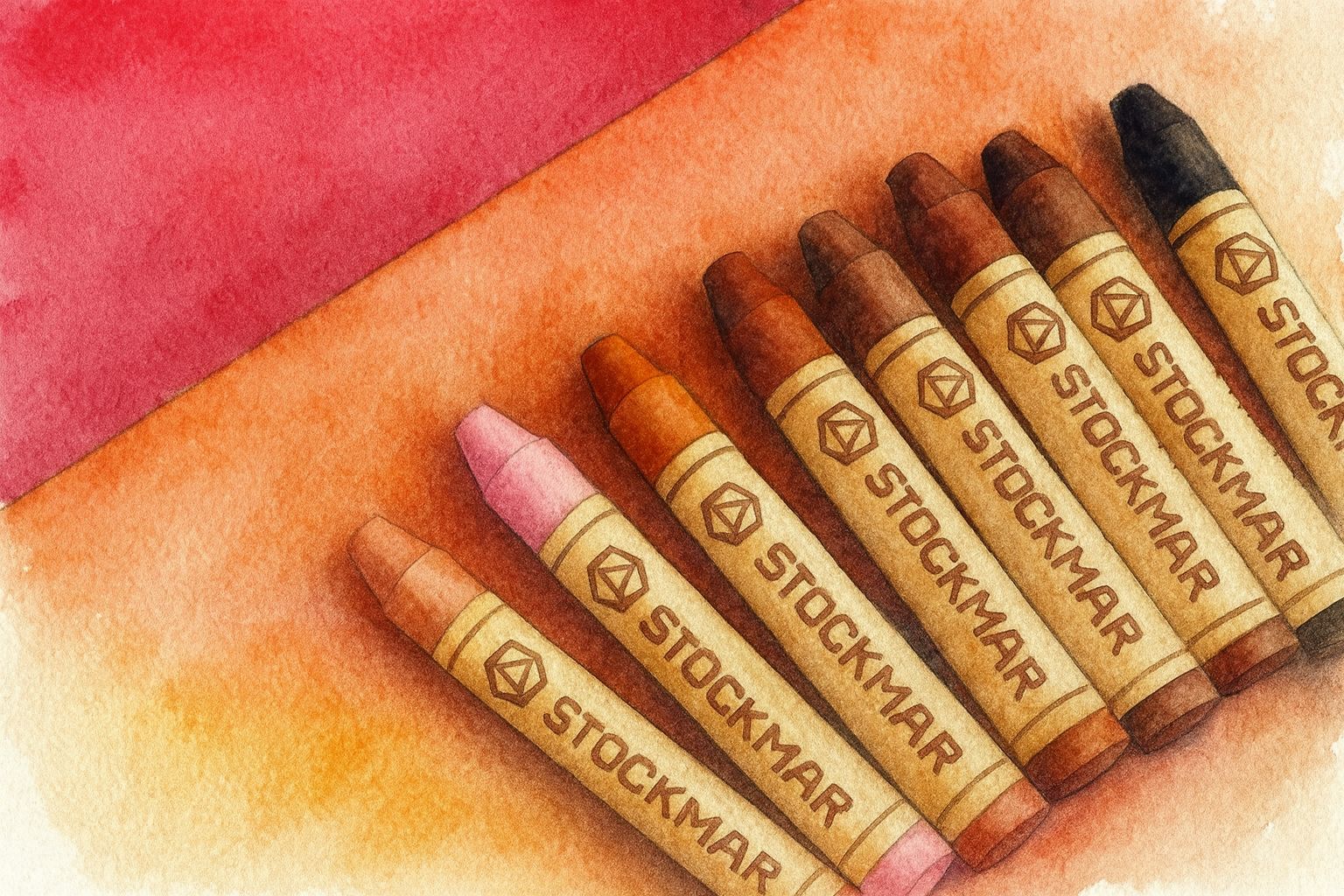
Grade 6
6th Grade Waldorf Homeschool Curriculum | Grade 6
Want a lively, interactive and unique curriculum option for your 6th grader? The Live-Education 6th grade curriculum may be what you're looking for. This year, the curriculum continues to be both responsive to the needs and development of the student as well as progresses with the lessons that were covered the previous year.
The main lesson blocks this year include Grammar, Geometry (which continues the lesson from last year and yet compliments the main lesson blocks this year), introduction to algebra (this is an option I recommend waiting on until your student is in 7th, 8th or even 9th grade), Mineralogy, Introduction to Physics and Astronomy make up your science main lesson blocks, and Middle Ages, Ancient Roman History and Ancient Greek History make up your history units for the year. This is quite a packed year and you'll still want to make room for afternoon classes such as foreign language, music, physical movement and handwork.
In fact, you'll be surprised at how much writing, dictation and copywork occur with the history and science main lesson blocks, but it's nice to have a main lesson block in grammar which can be used as early at 5th grade all the way through to 8th grade.
There are additional materials you'll need for the school year. In addition to a source book for each subject area (you could do without one, but with some subjects, it's highly recommended), you'll need main lesson books, color pencils and the Key to Curriculum workbooks for fractions and decimals.
While there is a single teacher for grades 1st-8th in a Waldorf school, there are also other teachers that a student will interact with on a daily and weekly basis. There are additional lessons that are taught by specialized teachers. For instance, there are foreign language teachers who teach twice a week in the afternoons after the main lesson has been completed by the classroom teacher, there are handiwork teachers, eurythmy teachers, and music teachers who also teacher regularly throughout the year. This provides a nice balance of role models throughout a child's experience at school.
The same can be achieved at home. You may choose to have additional classes for your child and thereby your child will be exposed to other teachers other than yourself.
Check out my other Waldorf curriculum reviews:
You can also see the complete lessons for Geometry by clicking here.
Key to Curriculum Series review
You can find Year 6 Live-Education curriculum here.
Here are a list of hands-on projects we really enjoyed the first two times we did the Middle Ages unit:
Geometry Main Lesson Block | Grade 6
Over the years, I've put together several math main lesson blocks and a number of geometry blocks. What sets these blocks apart from other math blocks is the level of engagement the teacher and student experience with each lesson. There are no dry lessons. The upside is obvious: full engagement means maximum learning and high possibility of retention. The downside is that it takes a lot time, a fair amount of planning and the occasional (sometimes frequent) disappointment when lessons don't go as planned or you (both teacher and student) struggle with achieving the forms you are striving to make.
When putting together a unit, I look for a number of resources to enrich our experience. While math blocks are different than other blocks in that I'm not likely to have a set of recipes like a geography unit or a historical fiction for a history unit, I will plan for us to cook and alter recipes so that fractions can come to life real applications and I will include a number of math books, especially picture books, when possible. One thing I won't go without with putting together a math unit are games! I find math games to be some of the best ways to truly understand math concepts and master basic math skills. New for this unit are Islamic Geometric Design books that were gifted to our family from Siraj Bookstore.

Grade 7
7th Grade Waldorf Curriculum | Live Education
This is the Live-Education 7th grade Waldorf curriculum. It comes with several main lesson blocks: Perspective Drawing, Renaissance Biographies, Creative Writing, The Age of Discovery, Algebra, Physics and European Geography. The curriculum also comes with an introduction to the 7th year as well as recommendations for other main lessons blocks. This year you'll need several new supplies that were not needed before like the material for physics. Some supplies you'll need that you may have already purchased are a compass, fountain pen, main lesson books, color pencils, watercolors, drawing paper, watercolor paper and graph paper.
This video details the books and supplies used for 7th grade, as well covers the basics of the homeschool day from planning to block rotation.
The homeschool schedule proceeds like this: Begin the day with morning activities. These range from mental math and daily grammar to physical movement and song.
Following the morning activities which take anywhere from 20 minutes to an hour, you can begin your main lesson. The main lesson involves, review, introduction and lesson followed by activities for the lesson. The three-day learning cycle is important for the student as it is its own review process. There are no tests, quizzes or worksheets (typically) in a Waldorf school, so the review process ensures that information is being understood and processed.
Following the main lesson, the student may do additional math or writing. Following lunch, the afternoon time is devoted to handwork, music, foreign language, physical exercise, art and reading.
What's going on with your 12-14 year old? The introduction to this year covers the biological and developmental changes occurring in your student and explains why lessons have been chosen for this year and how you can best support these changes in our child.
Here's the math supplement curriculum we use, Key To Curriculum Series.
Watercolor paper and techniques.
All the projects we do with Distress Inks.
You can find more information about the curriculum by visiting the Live-Education website.
